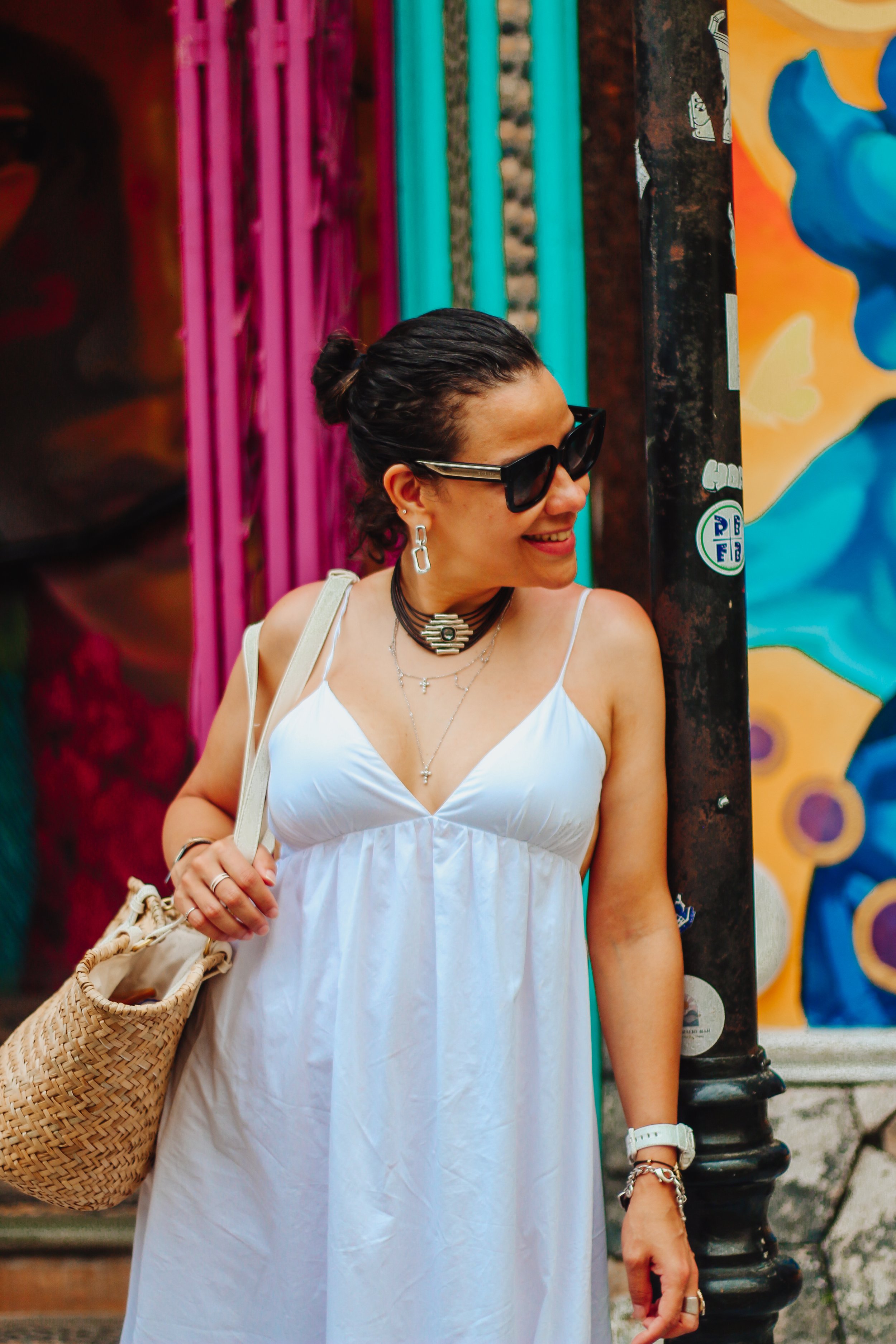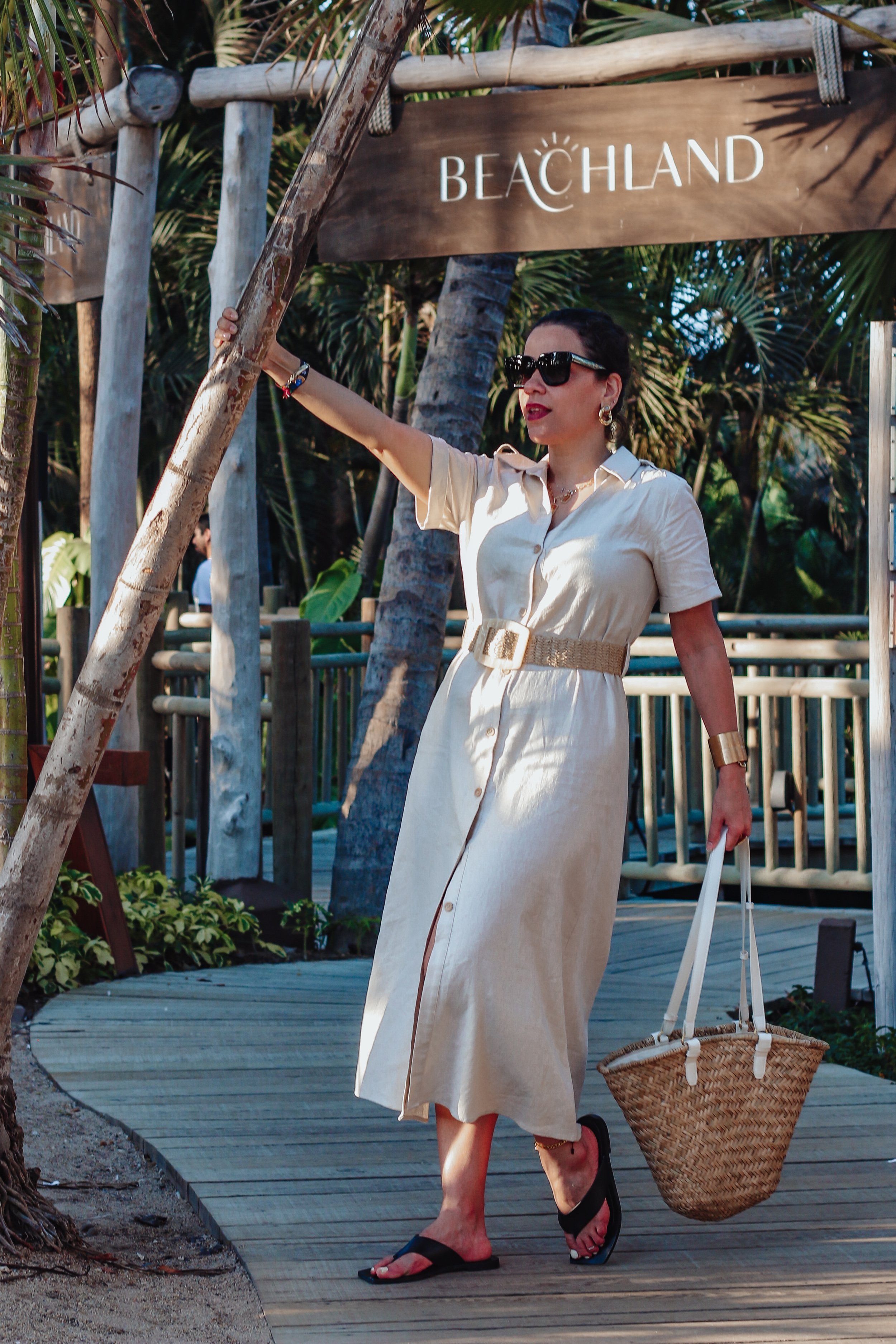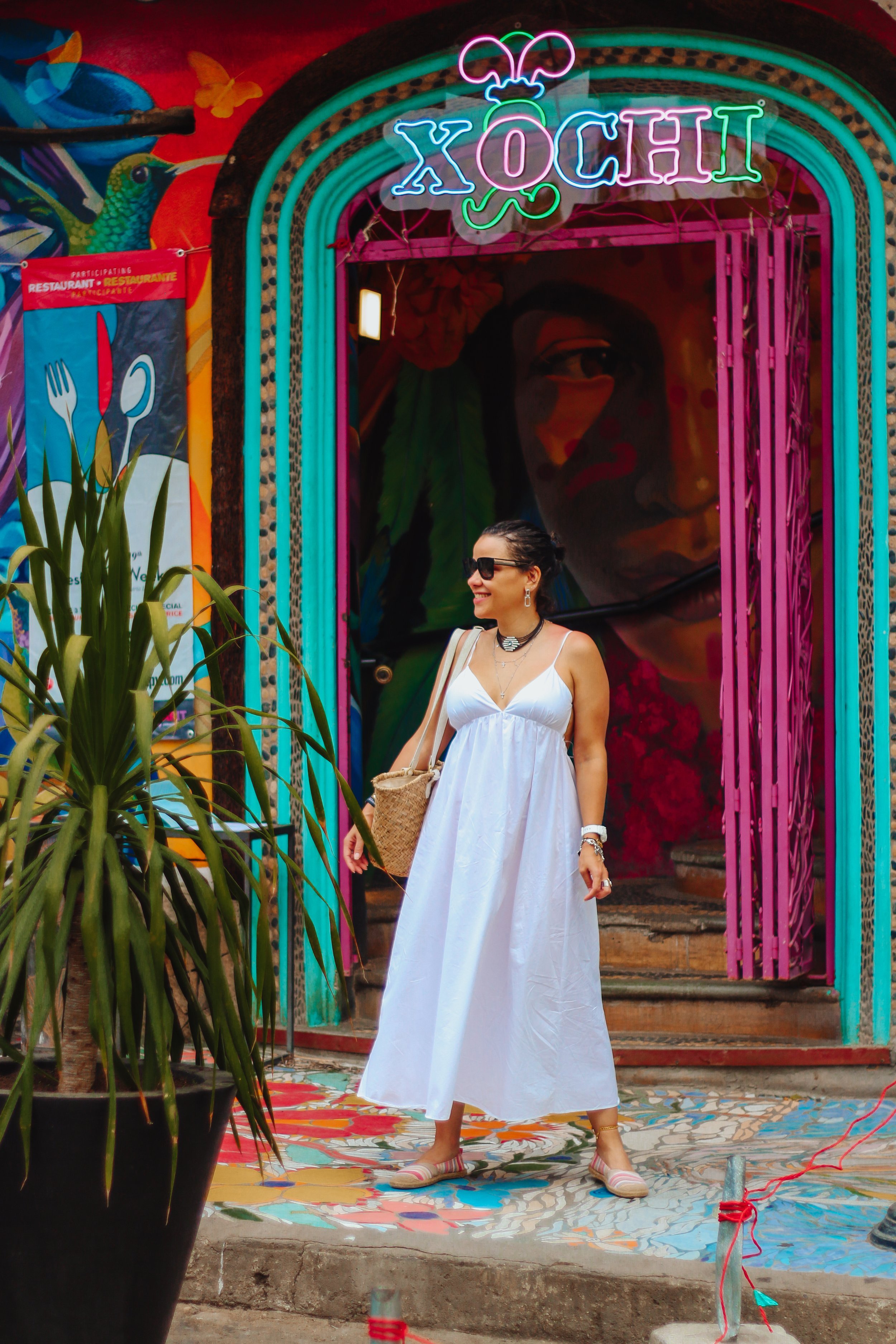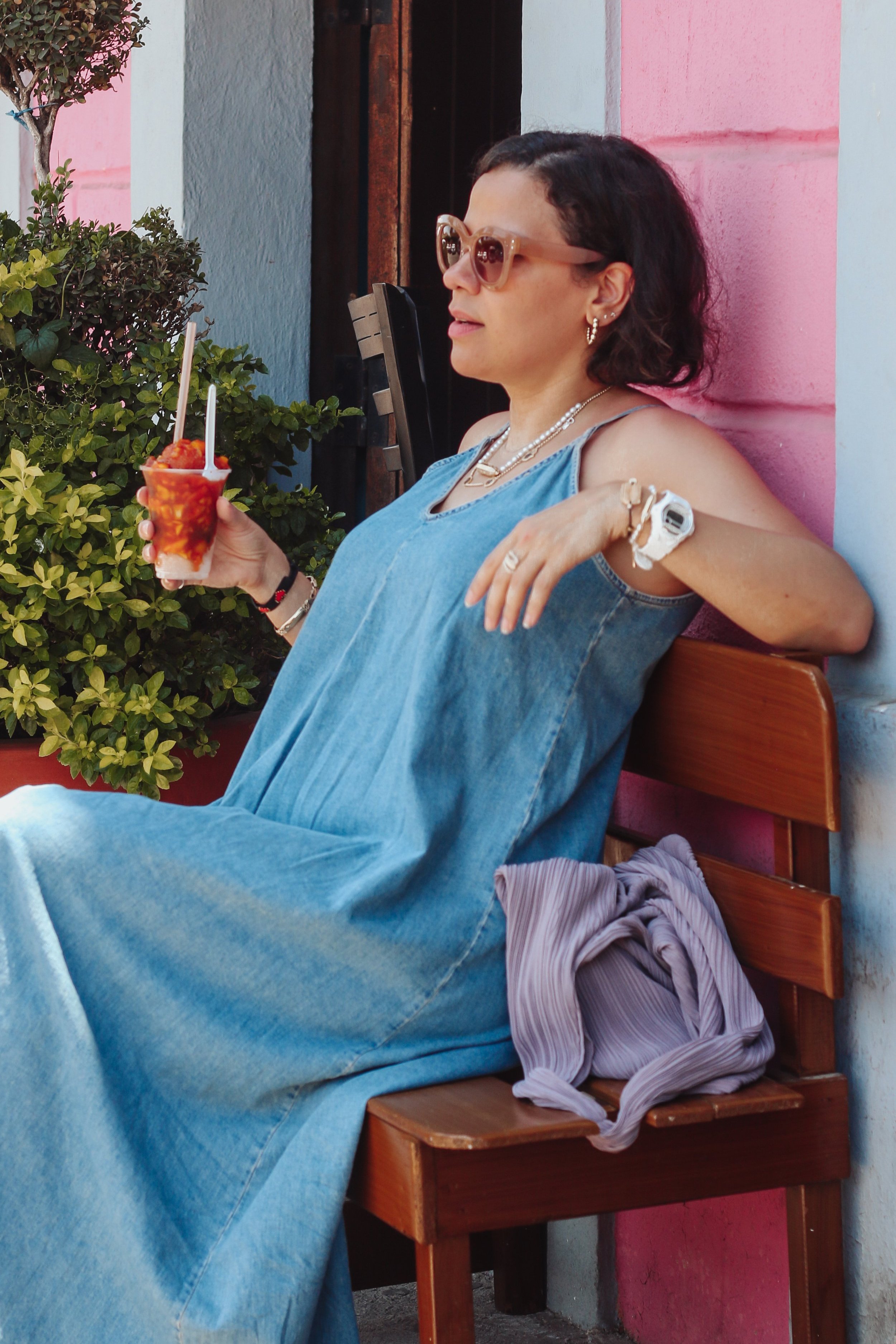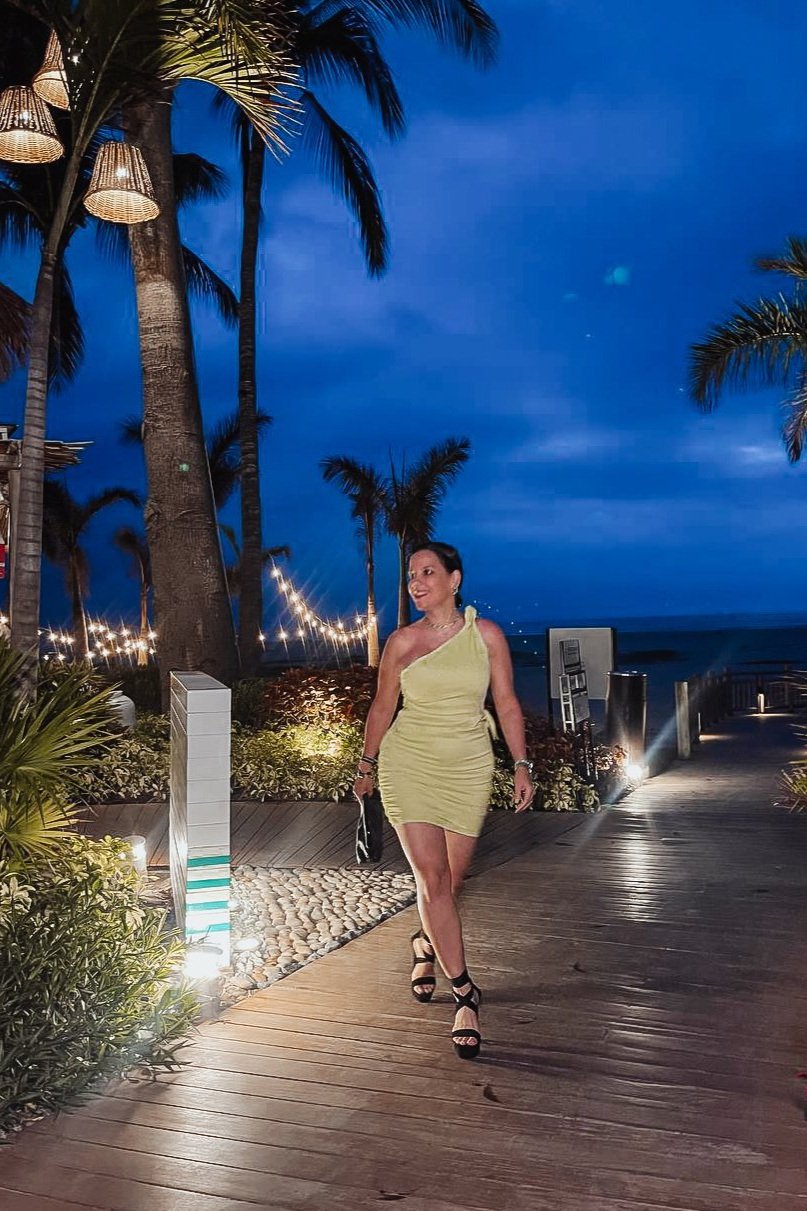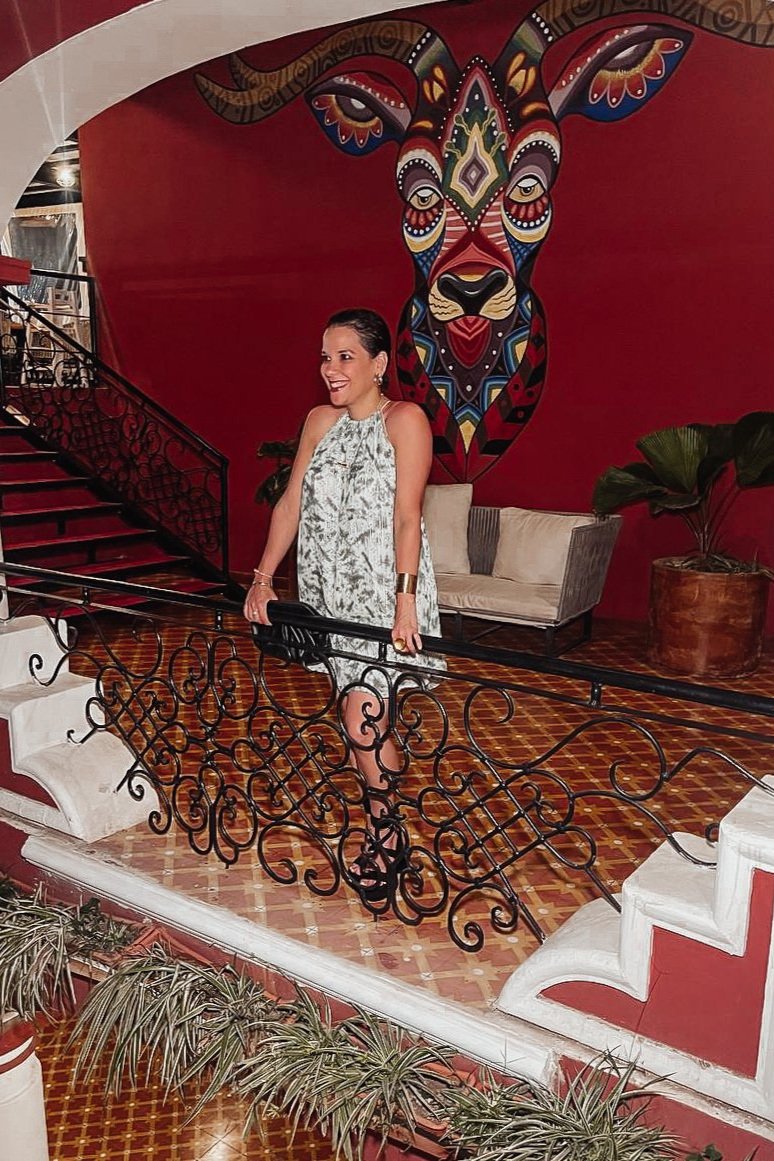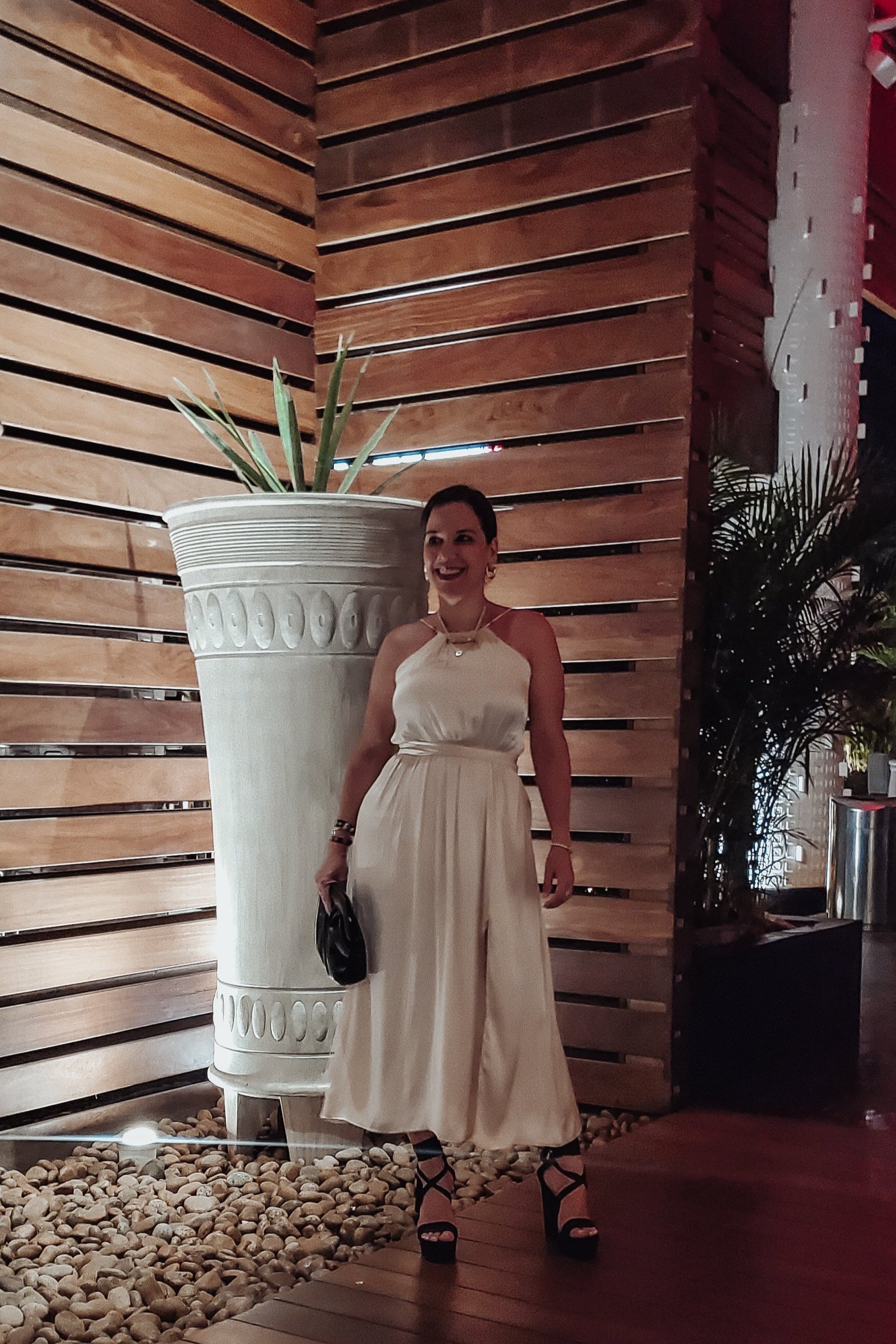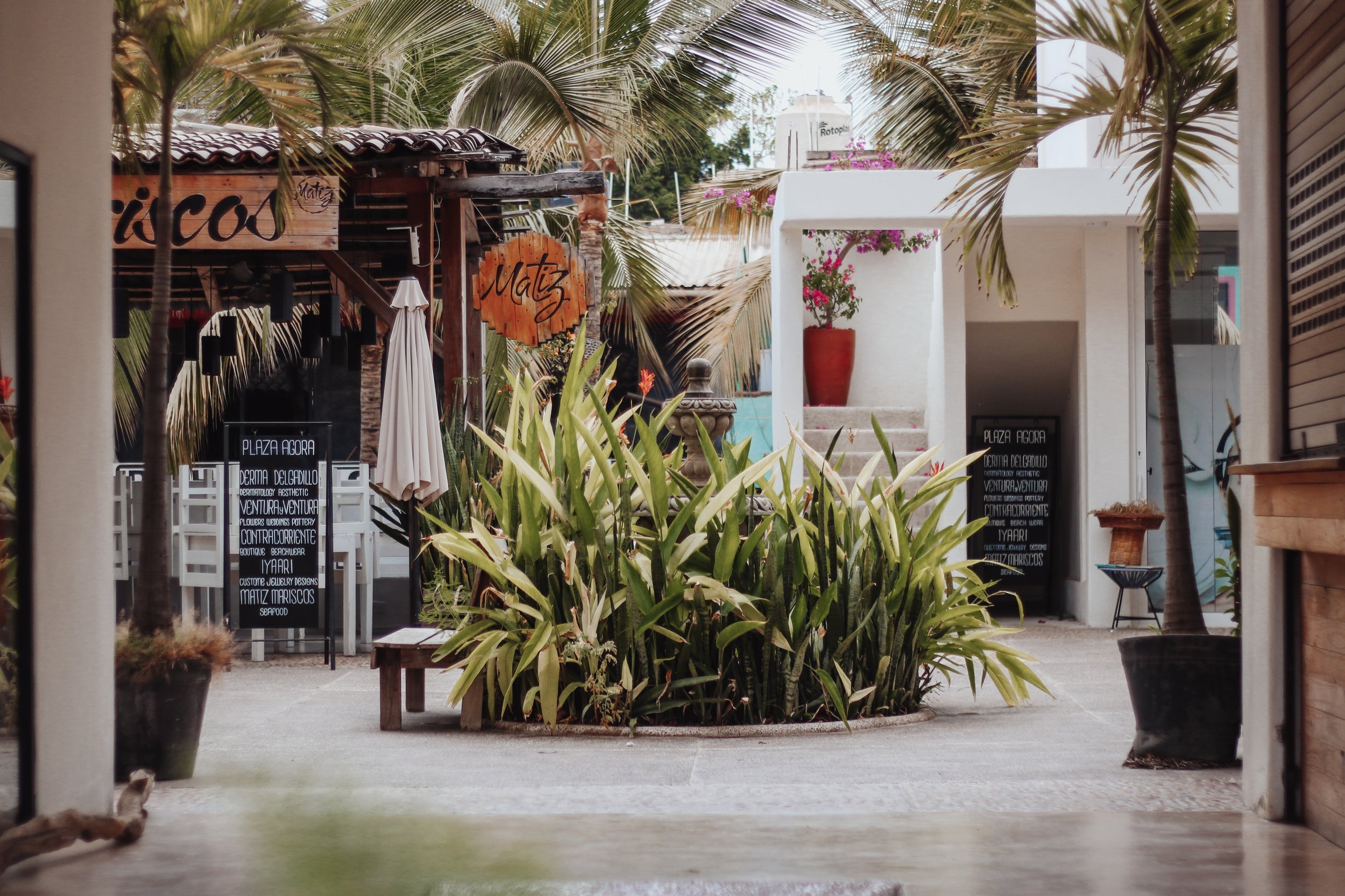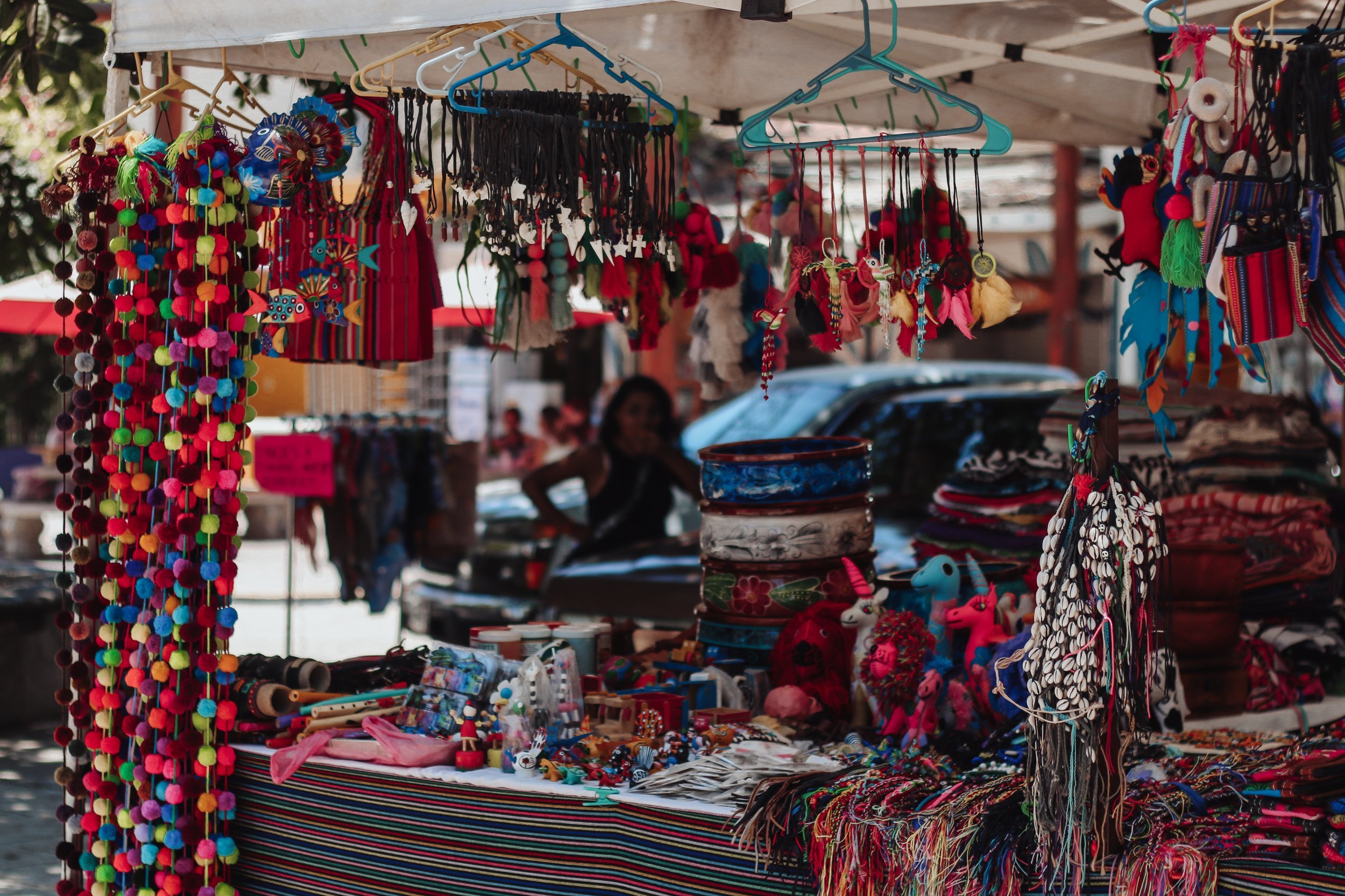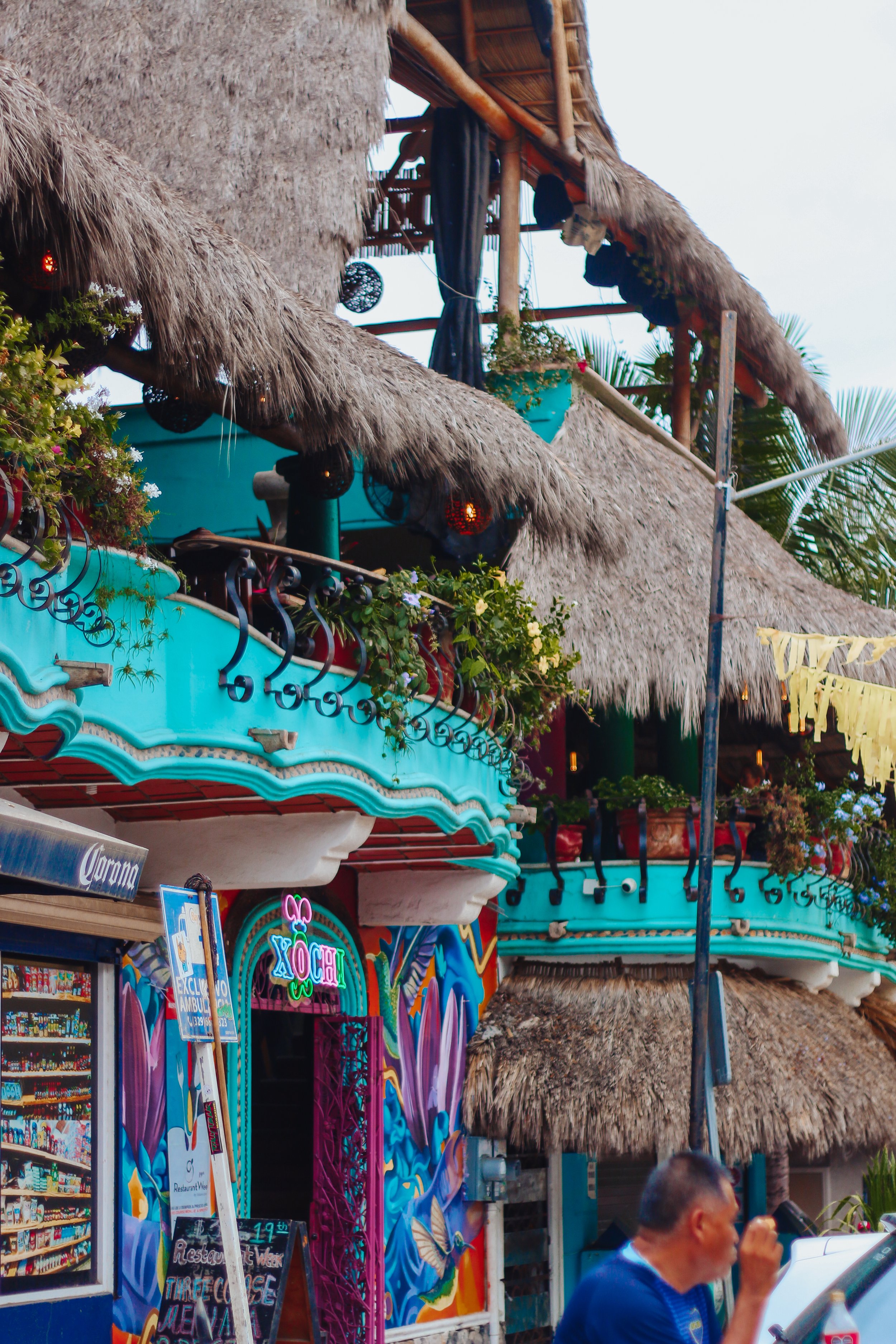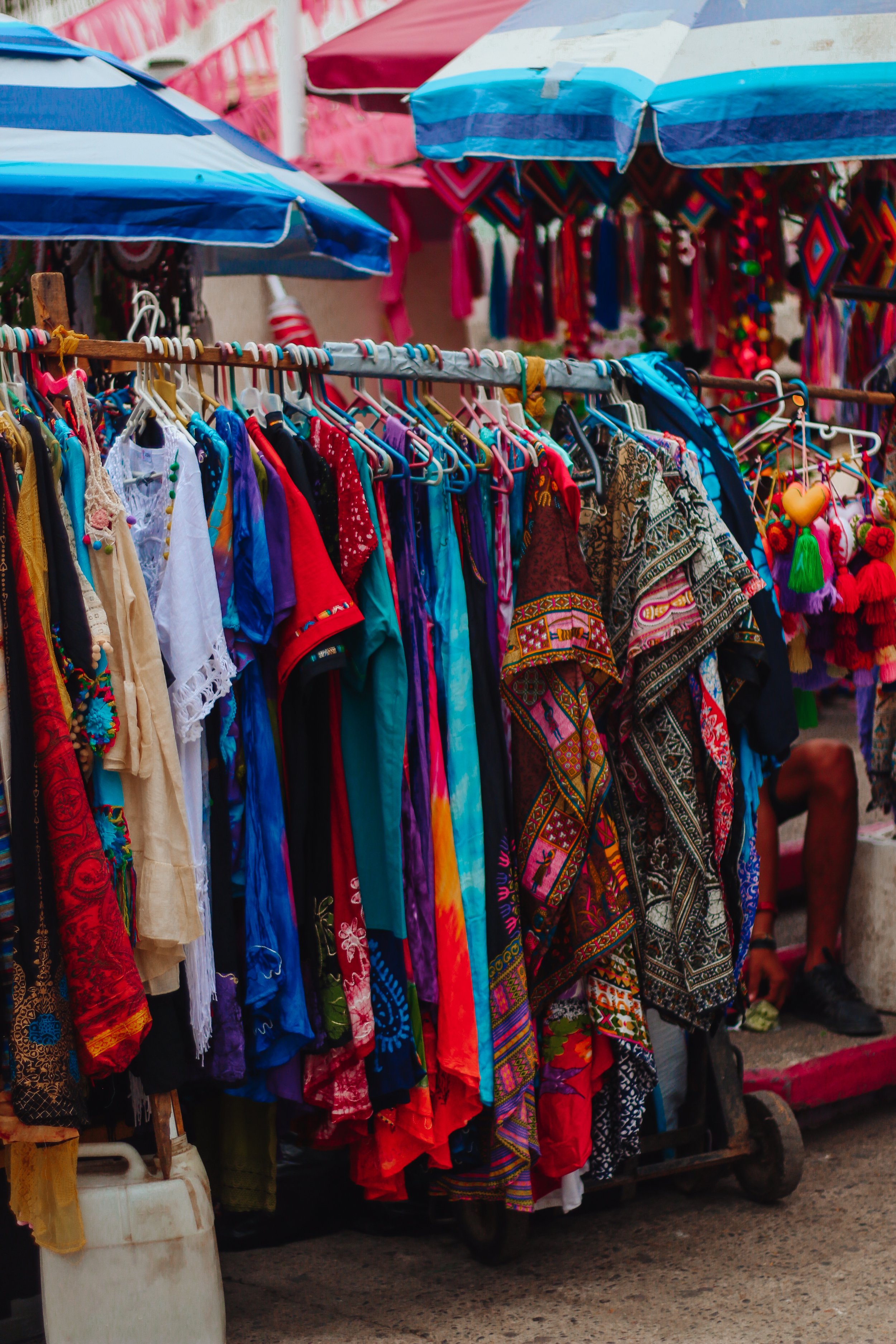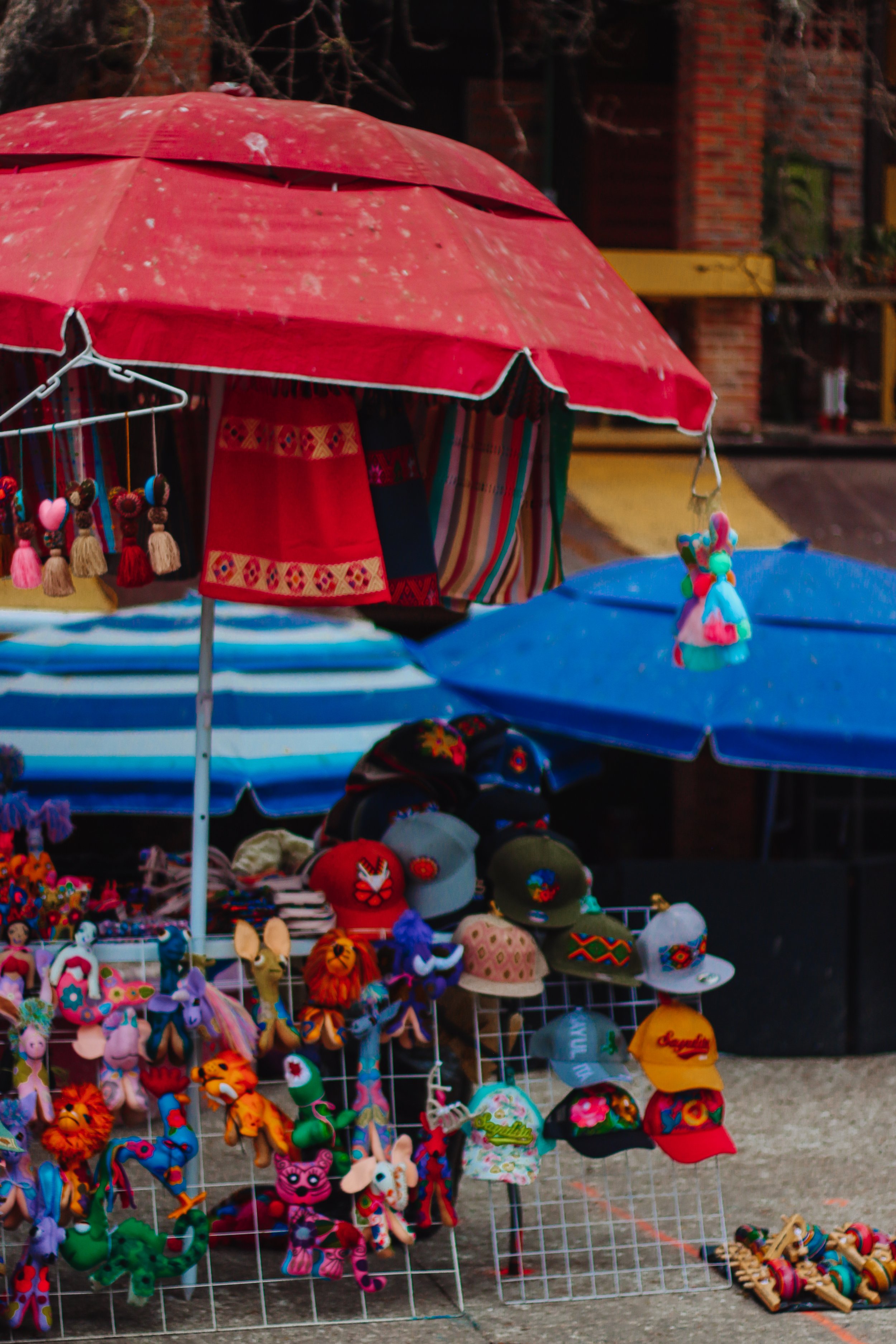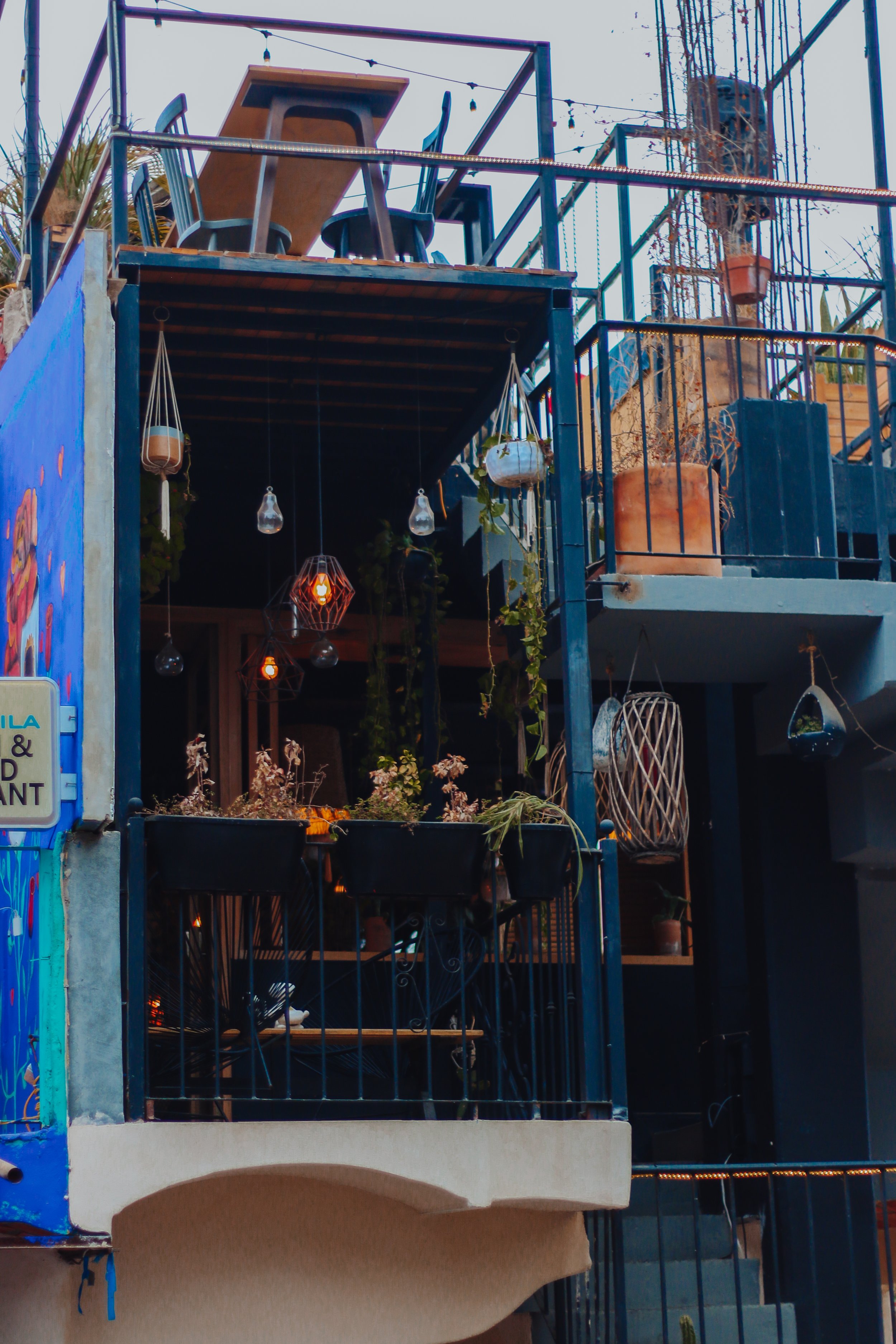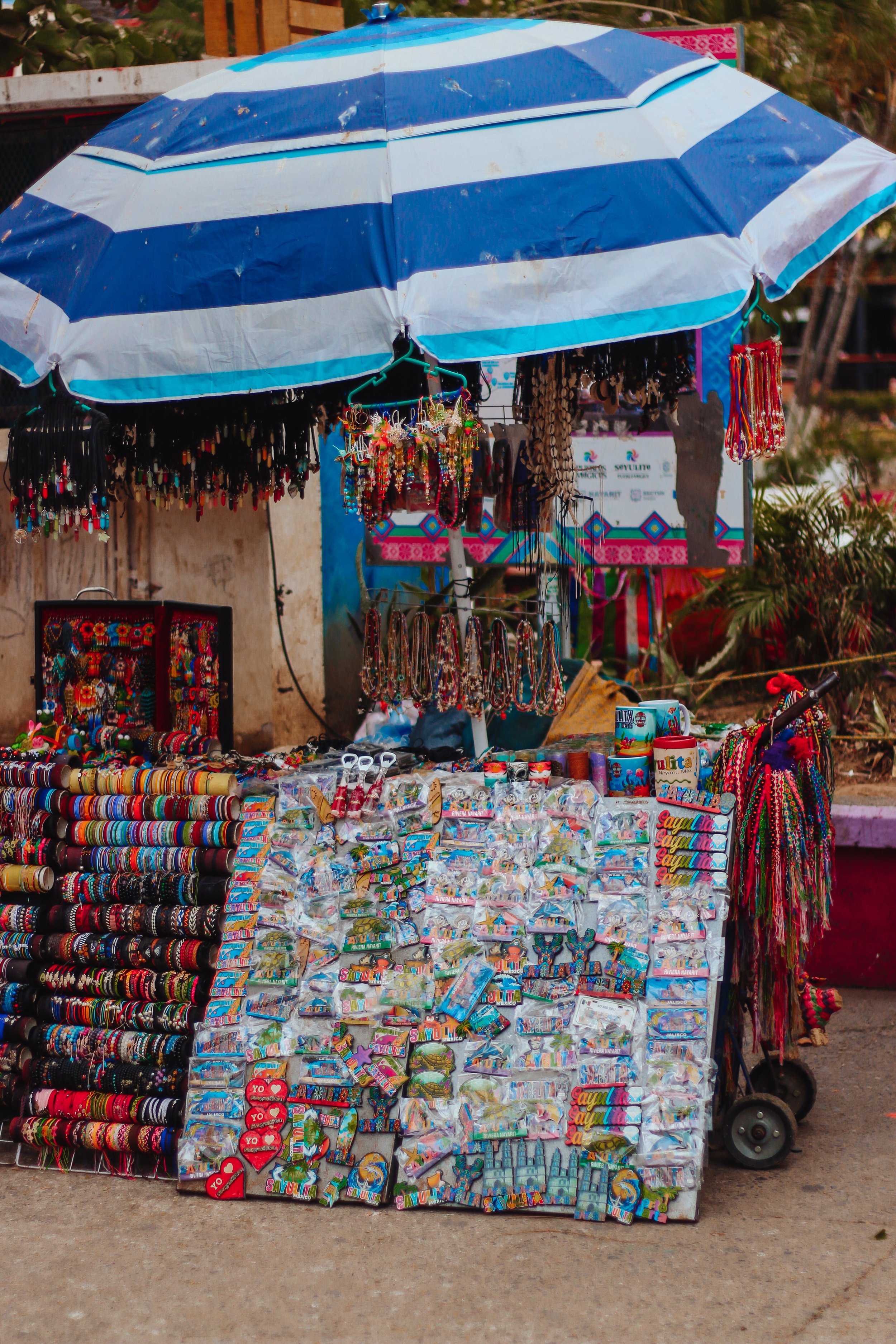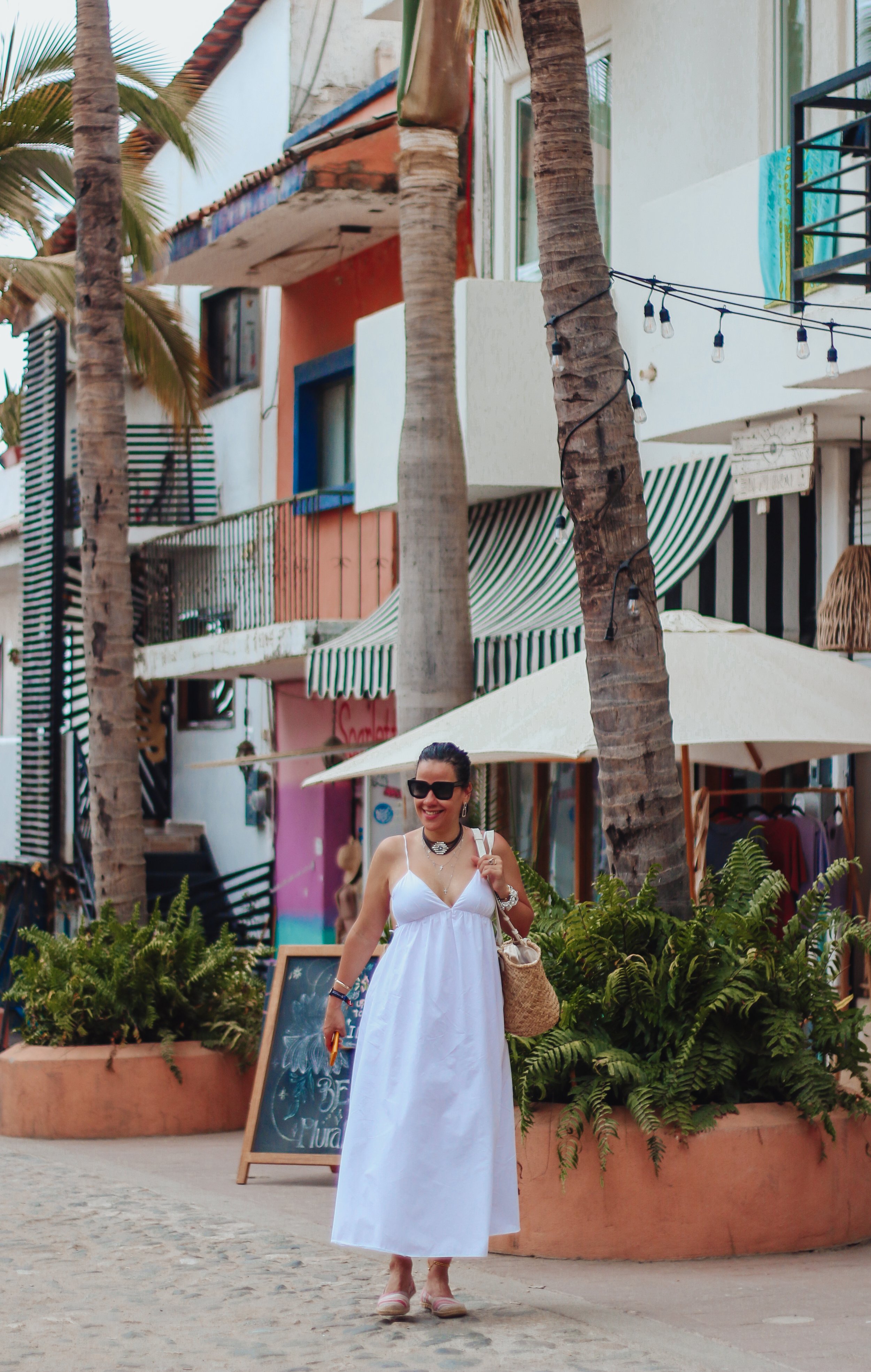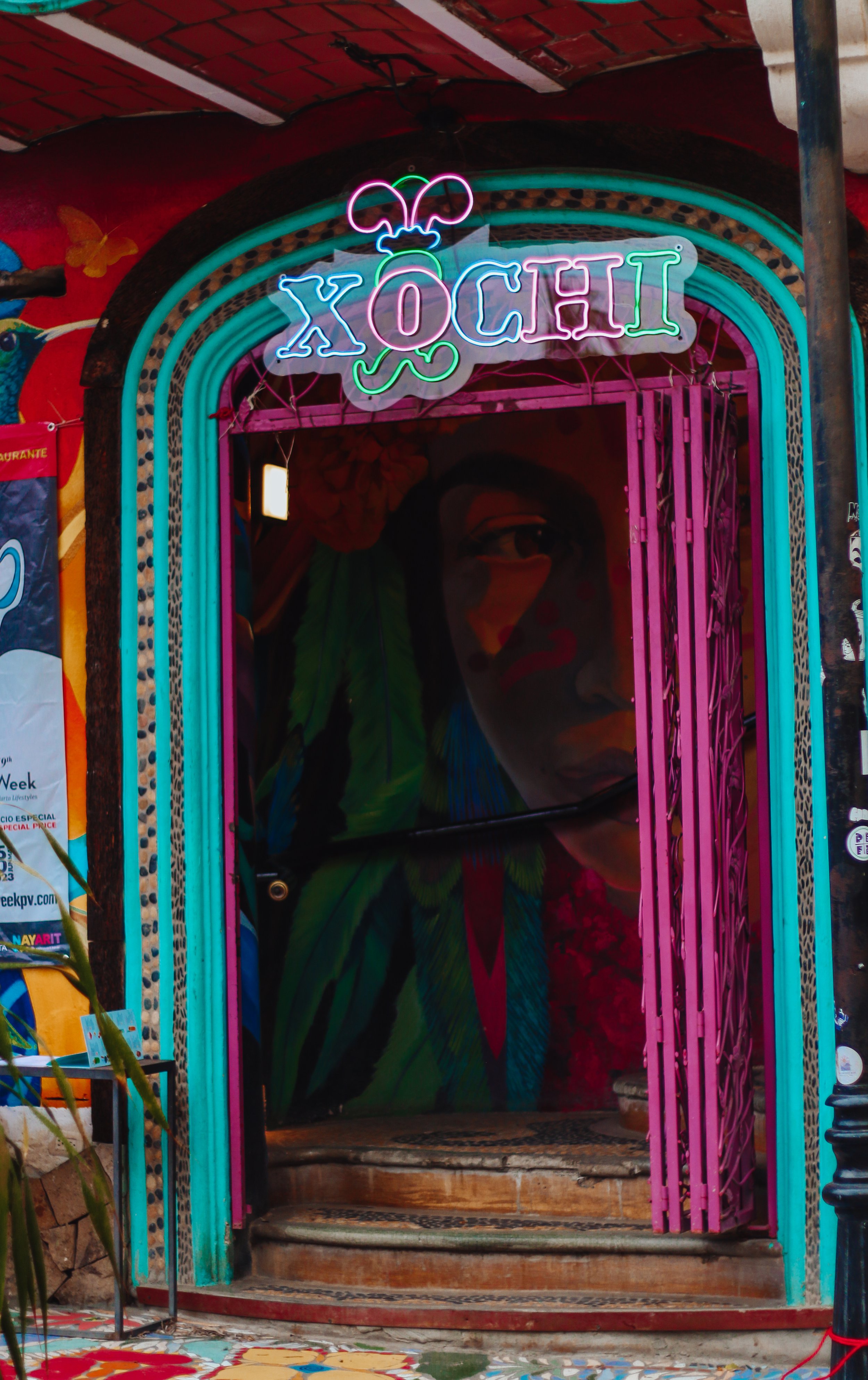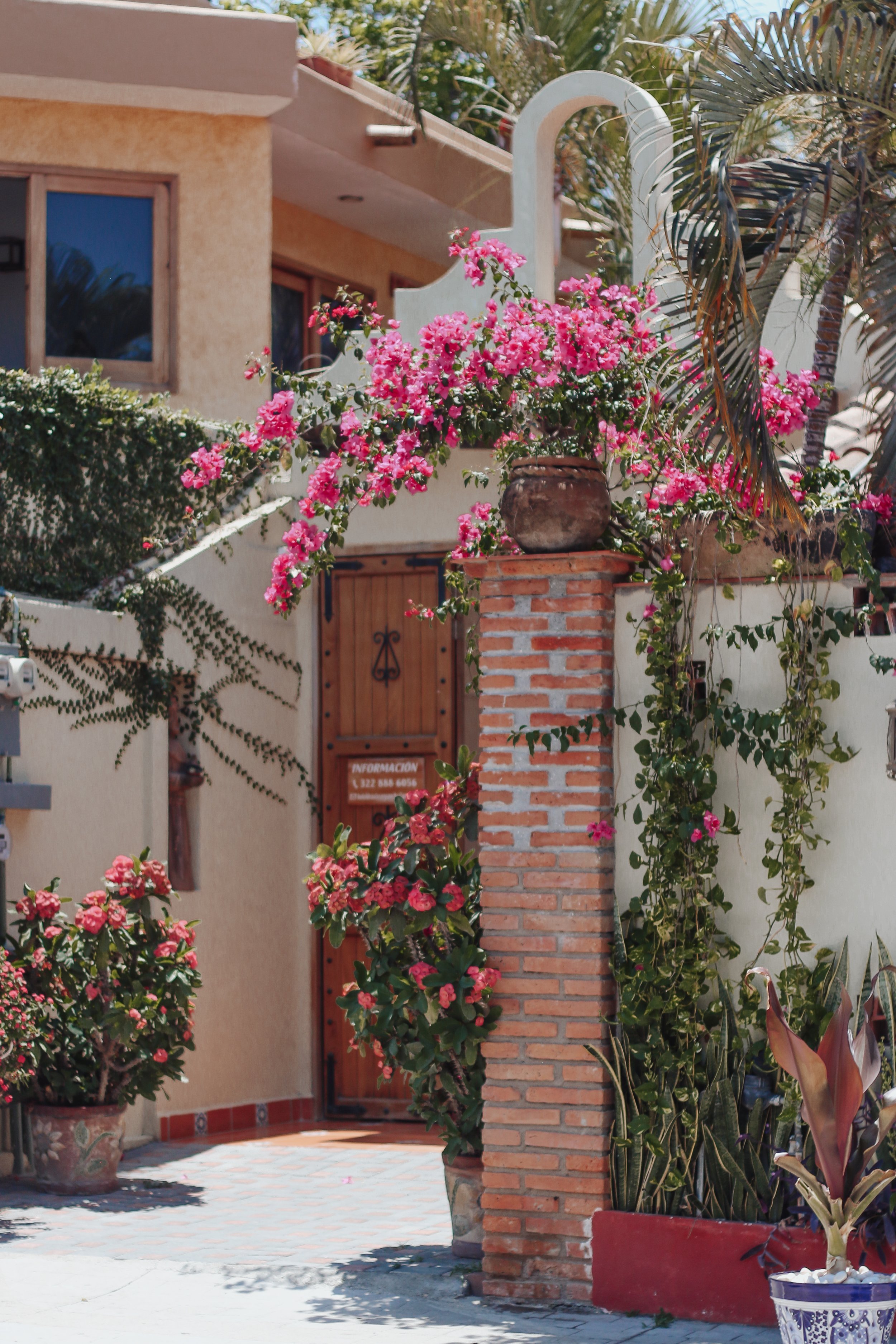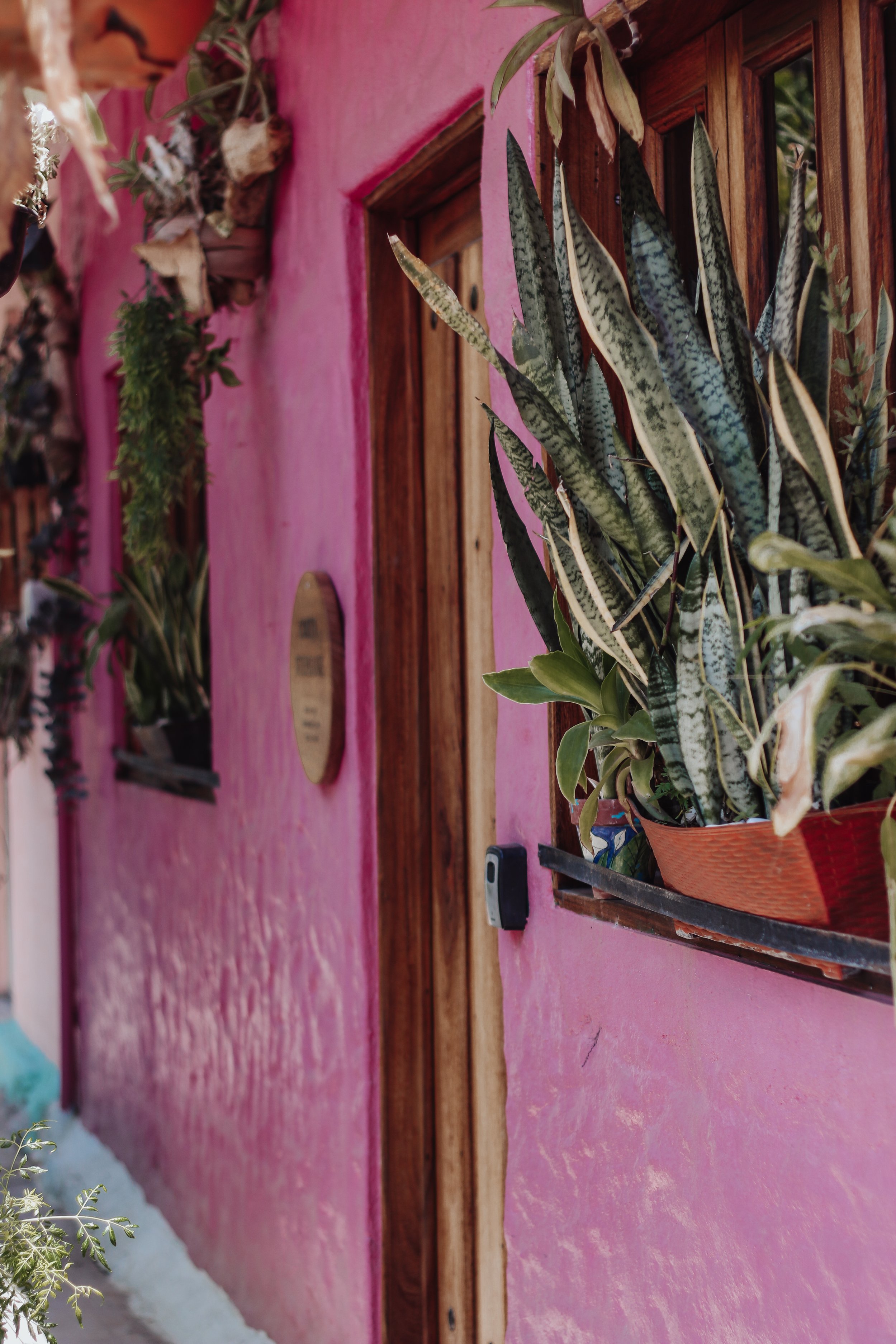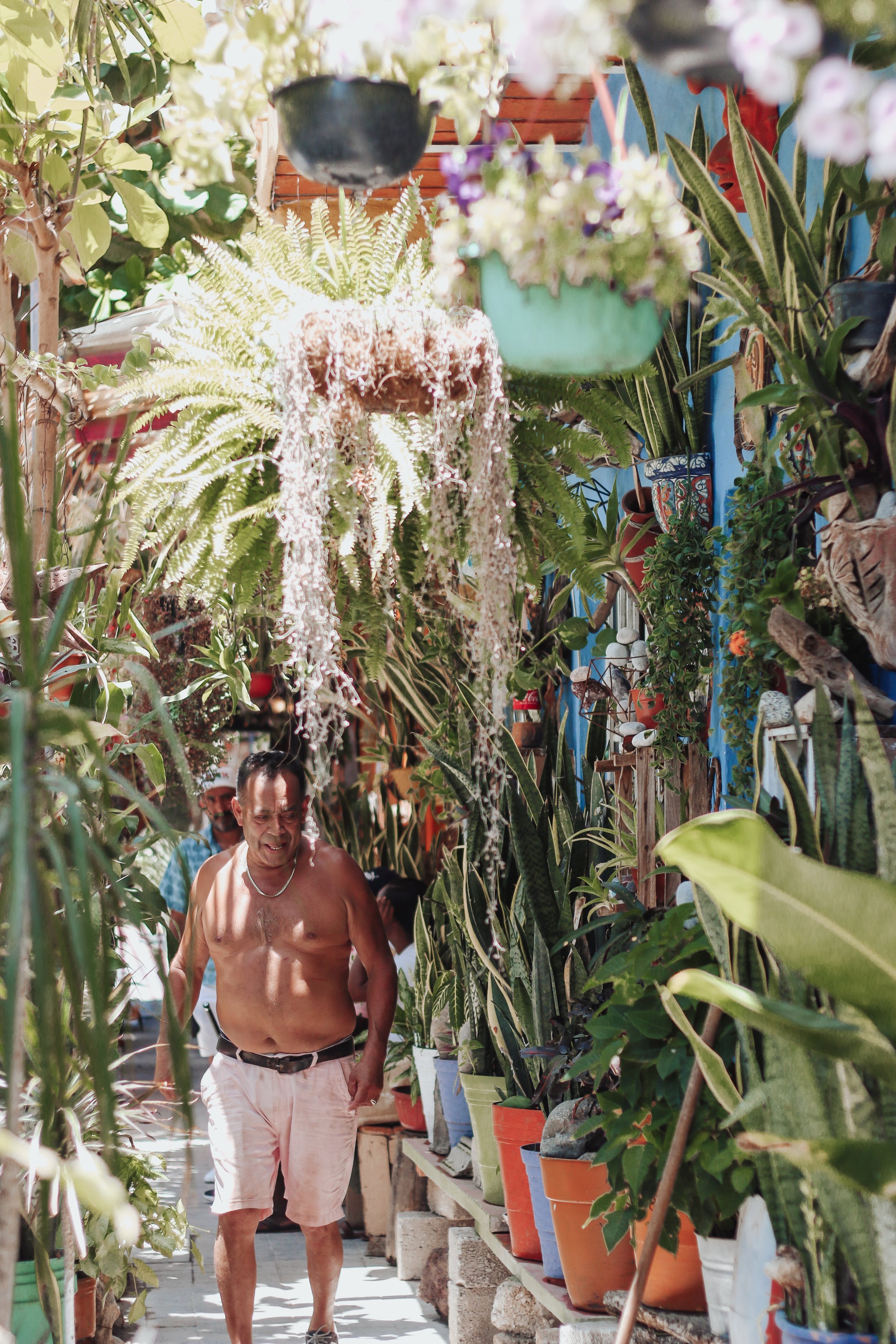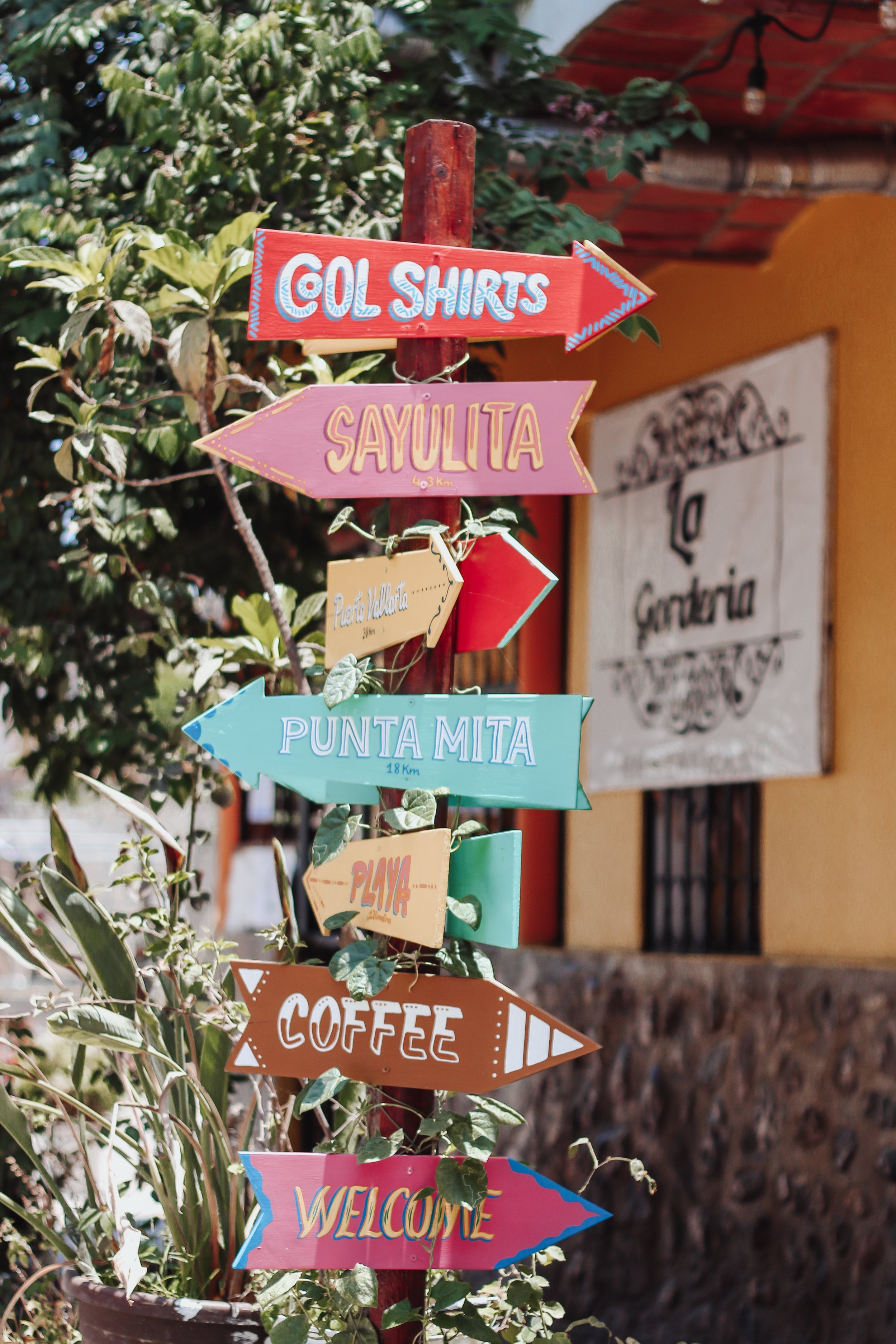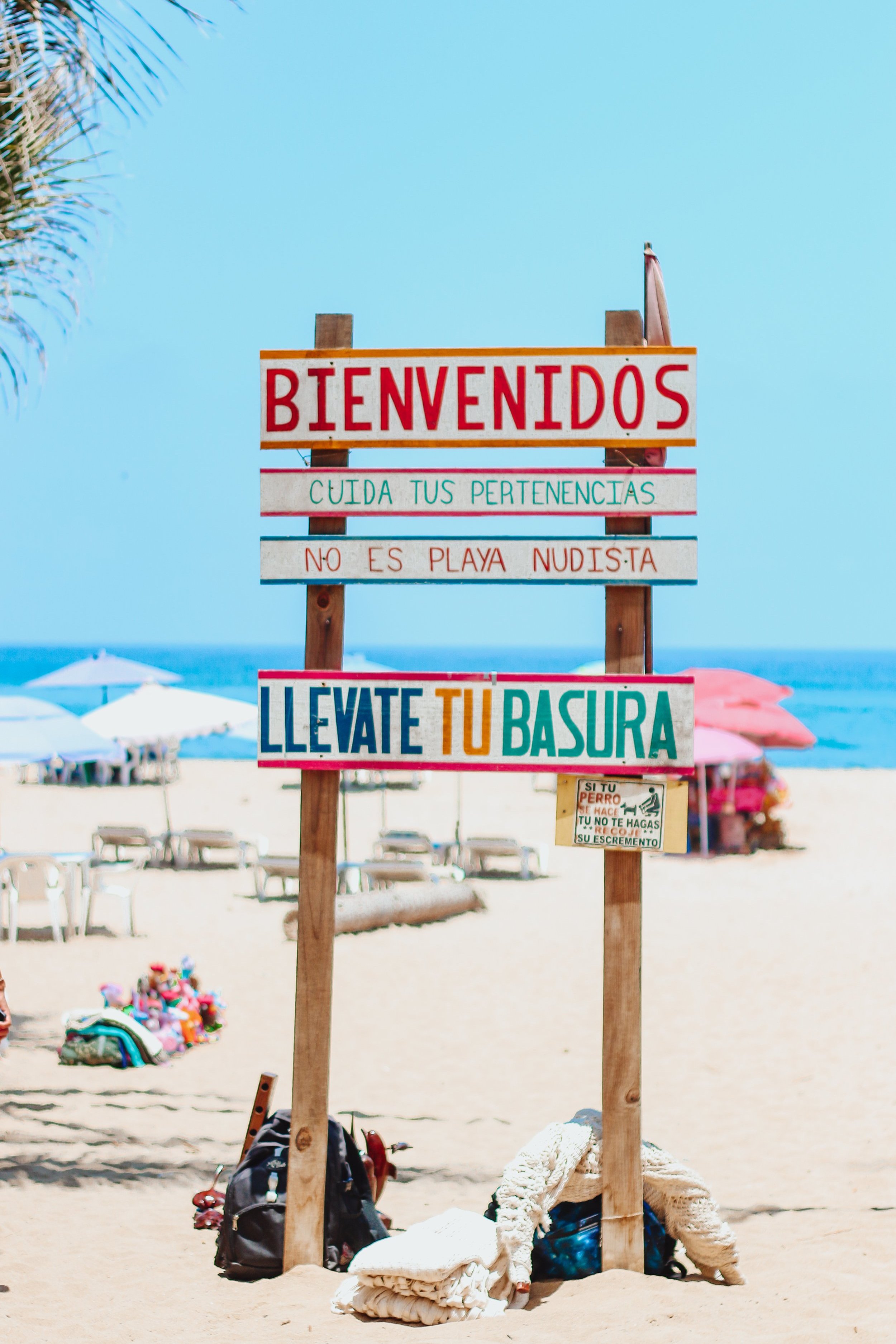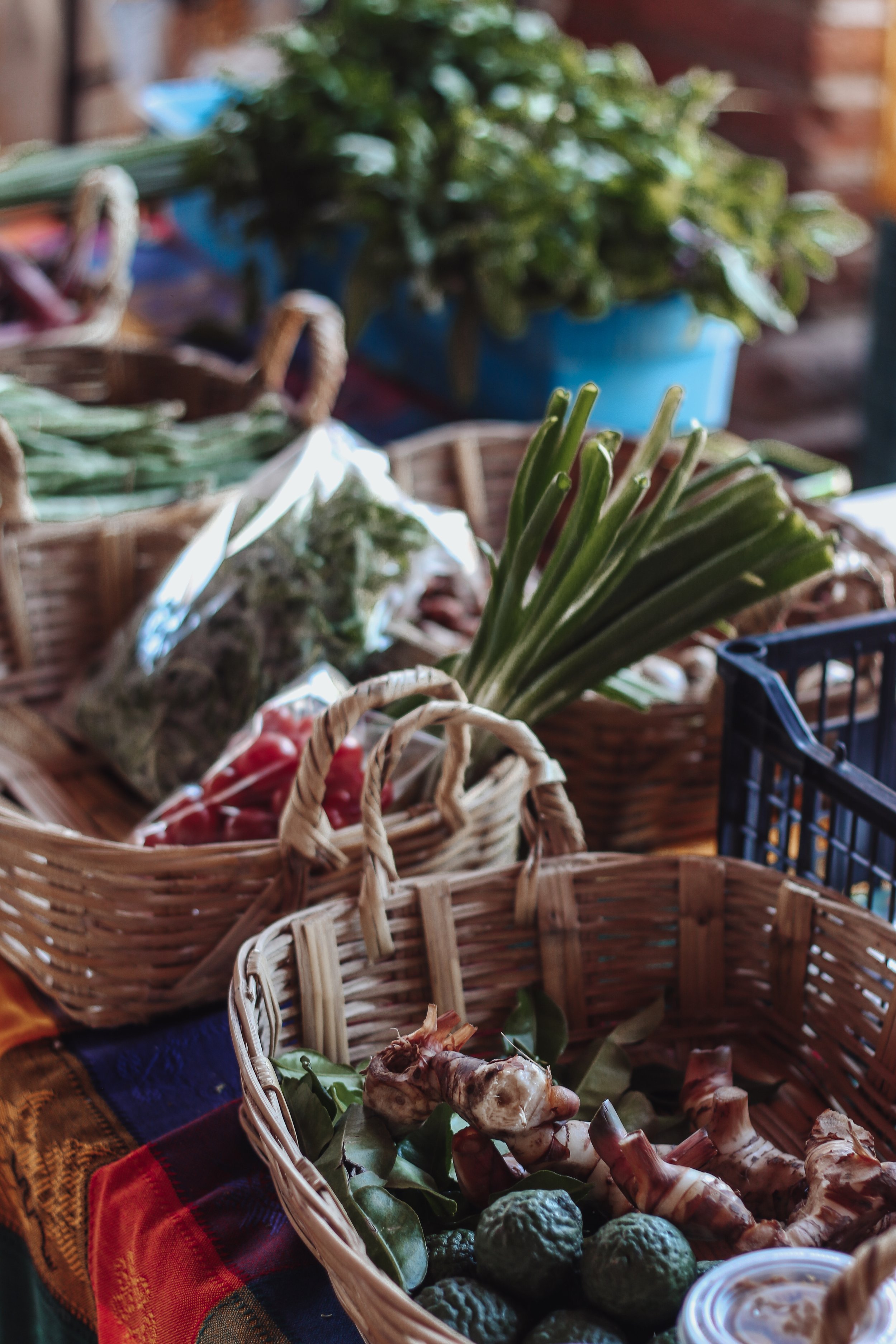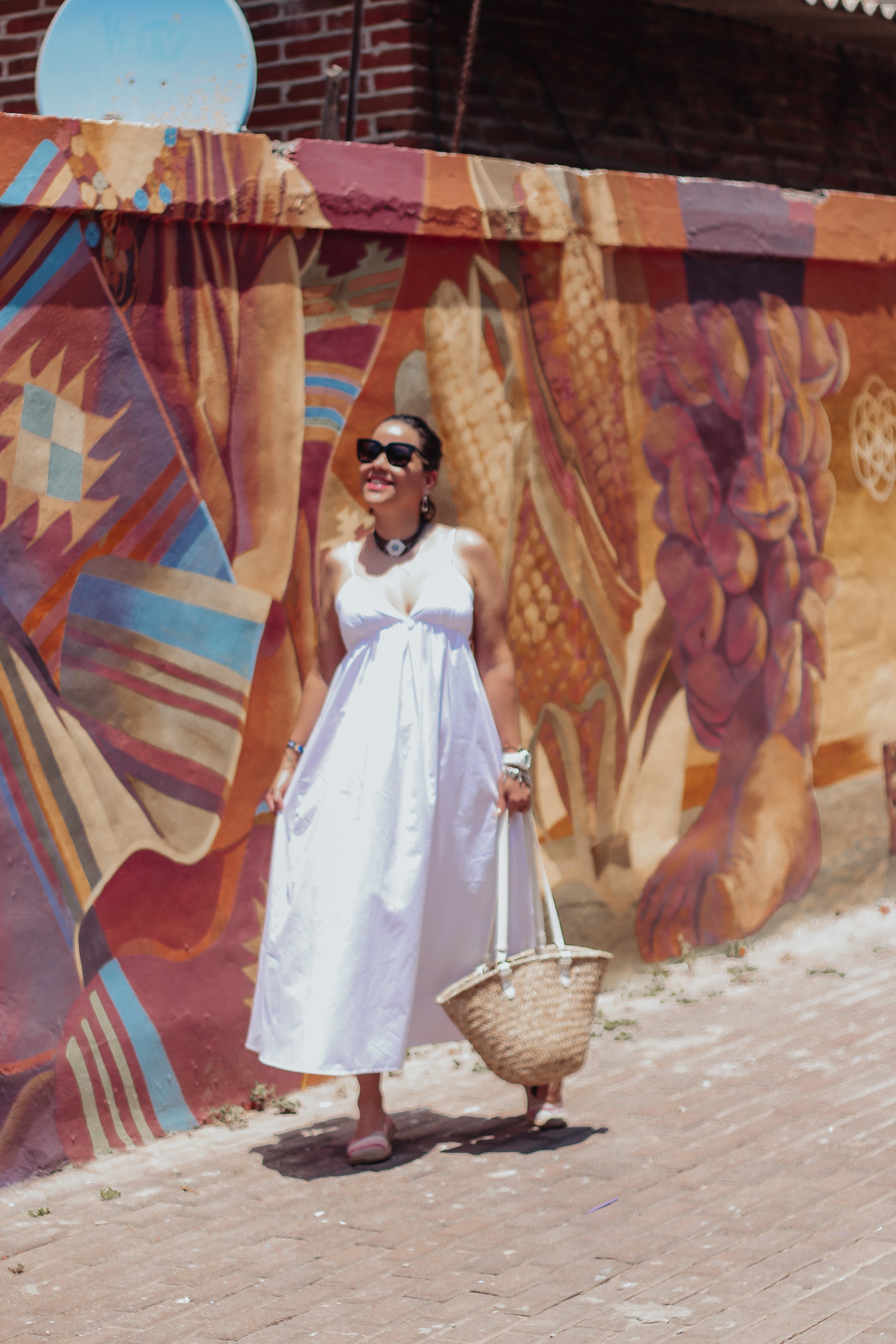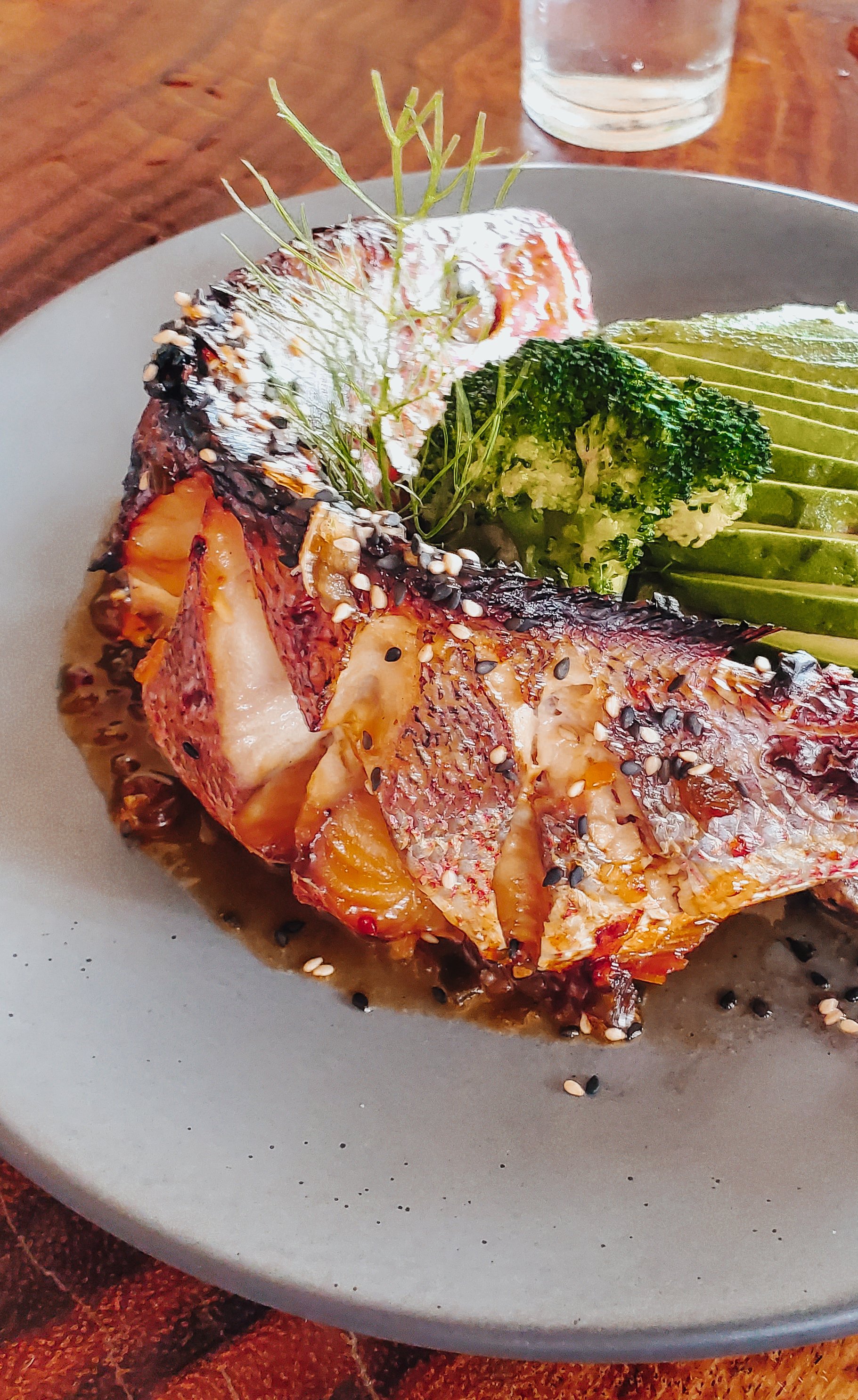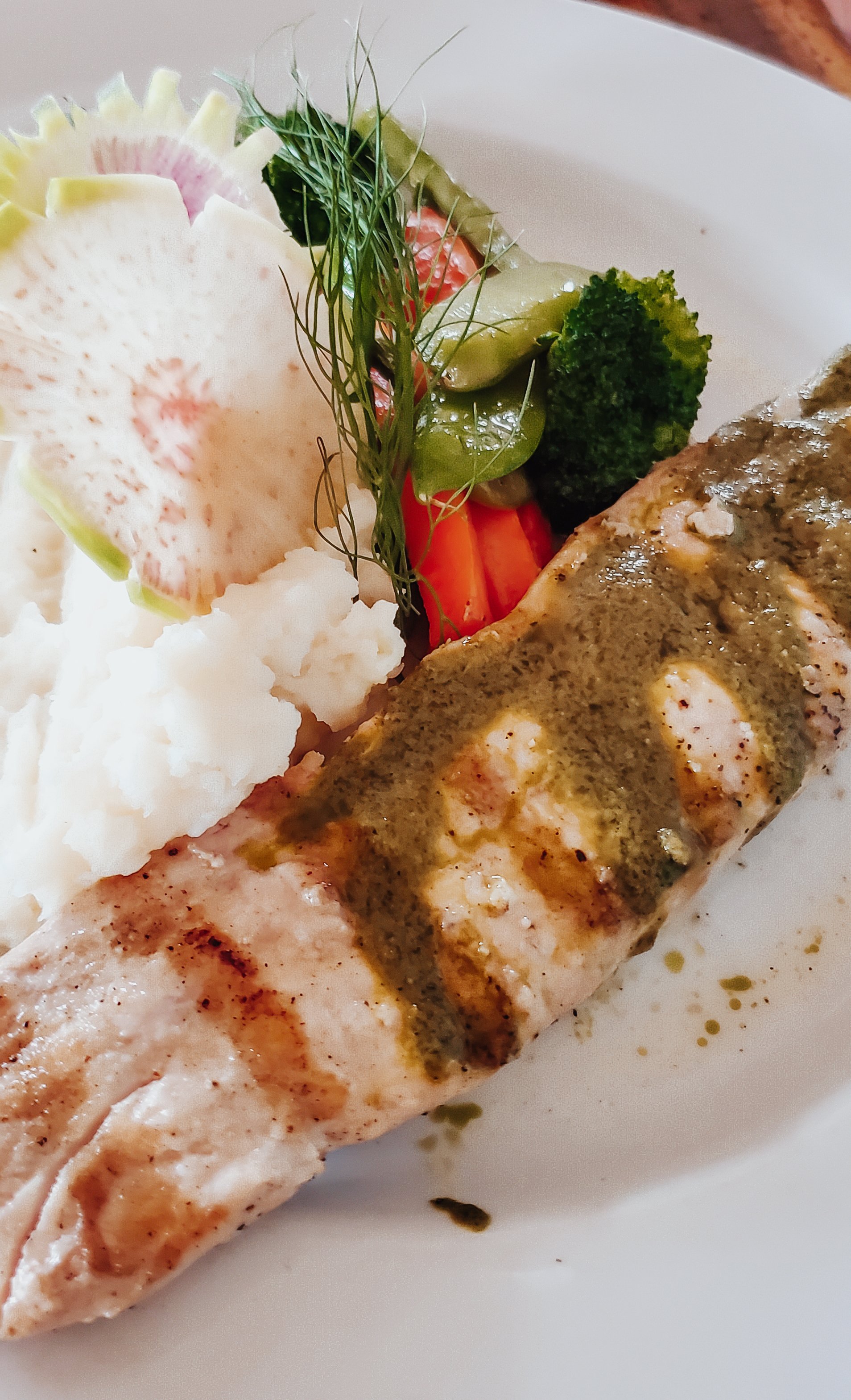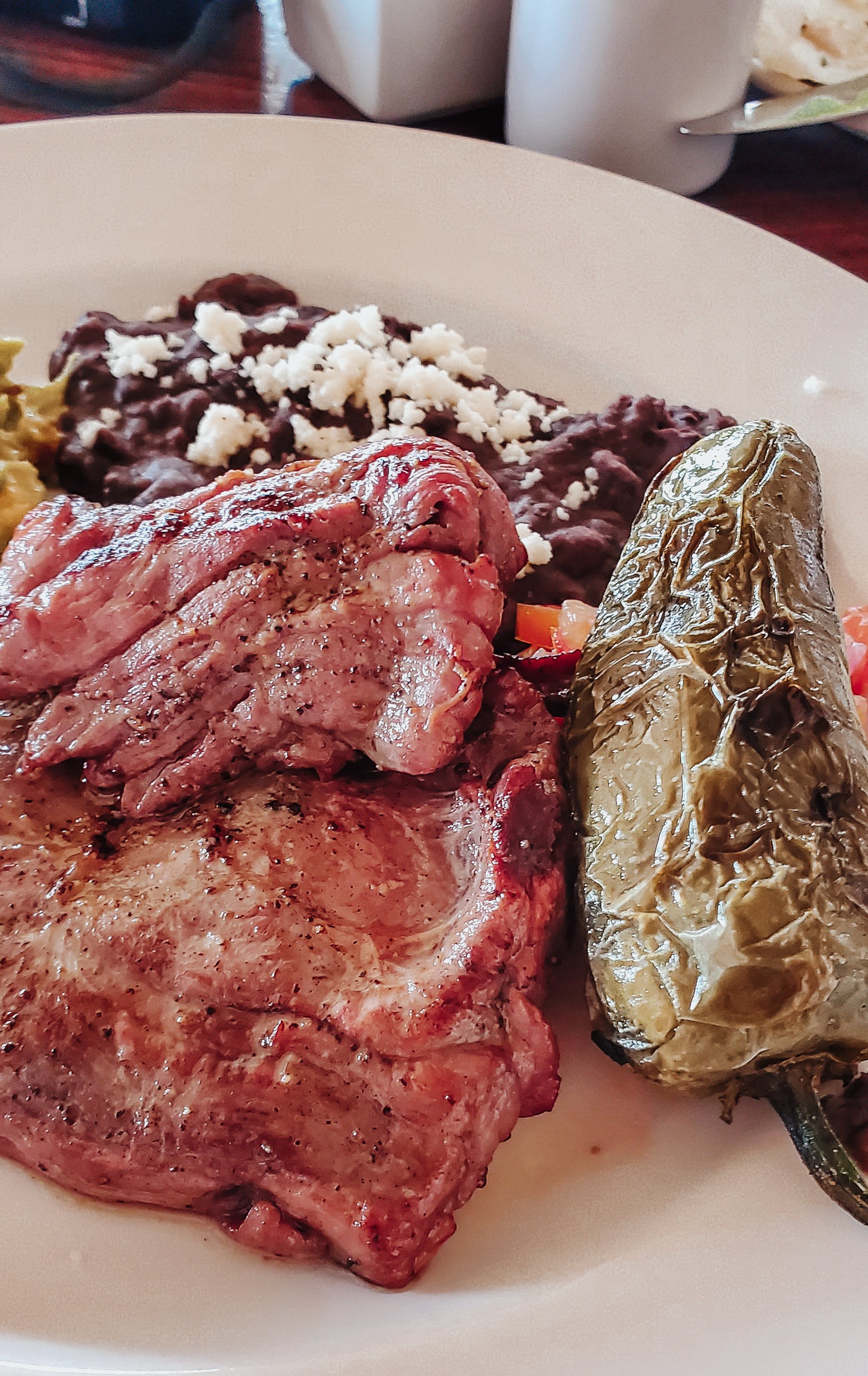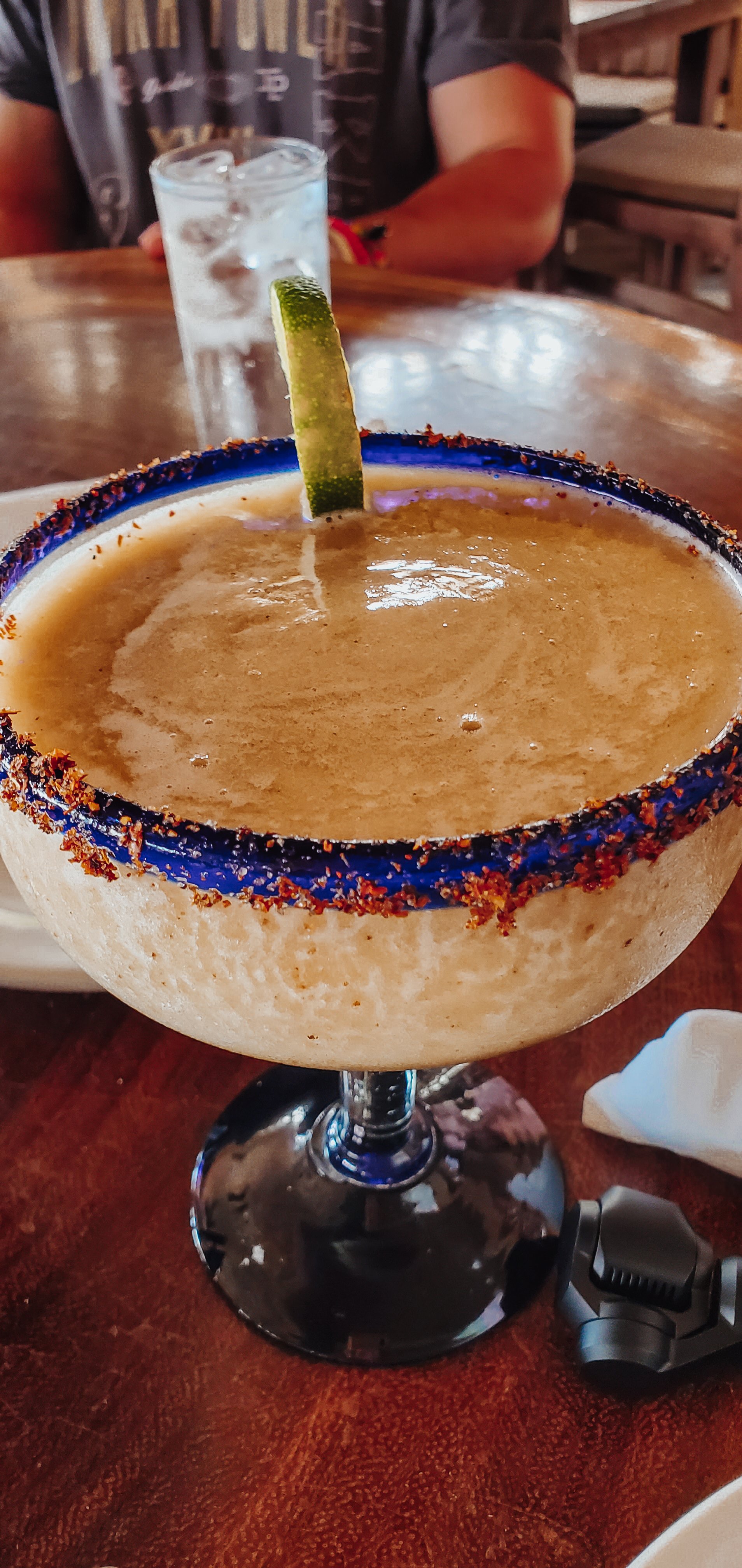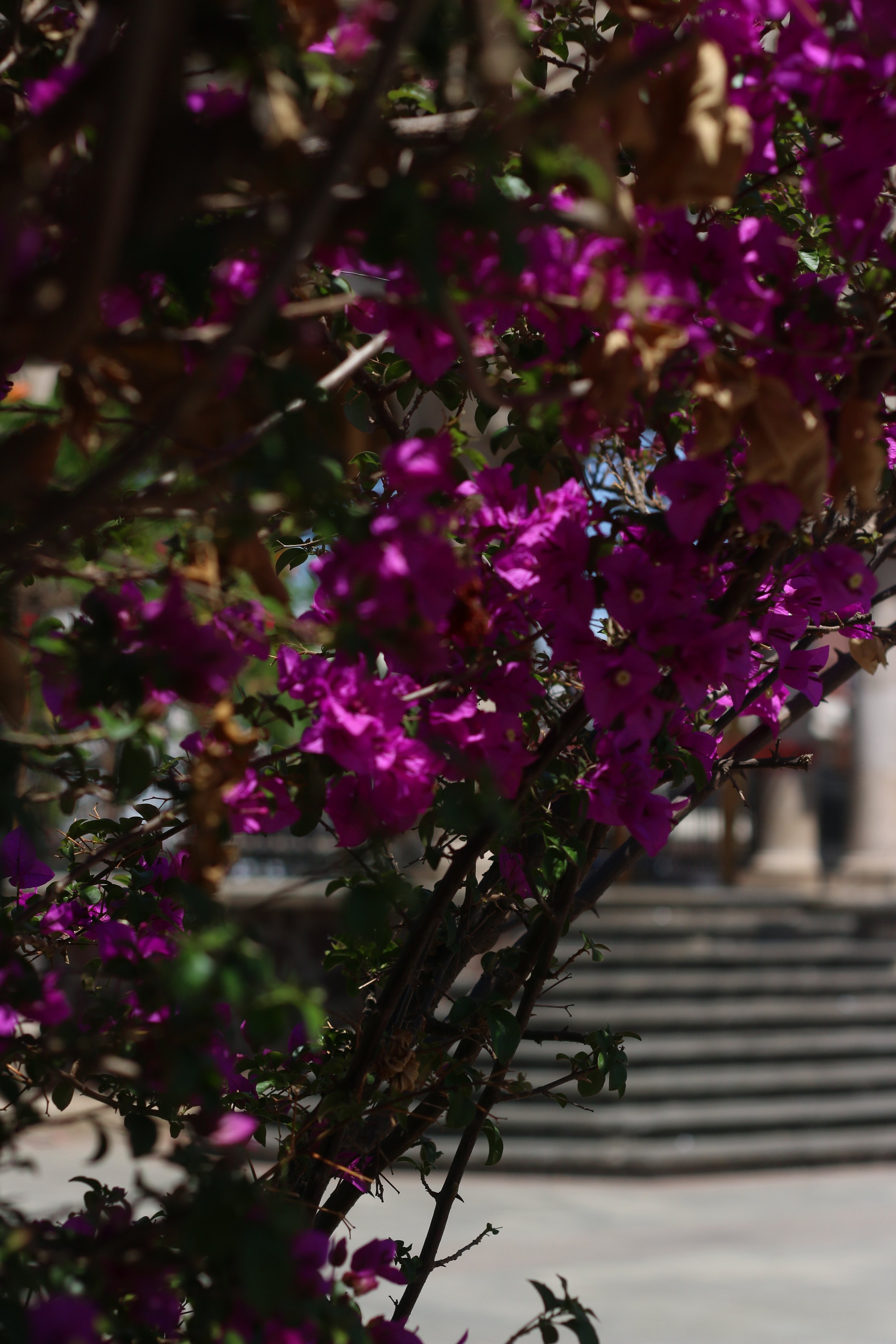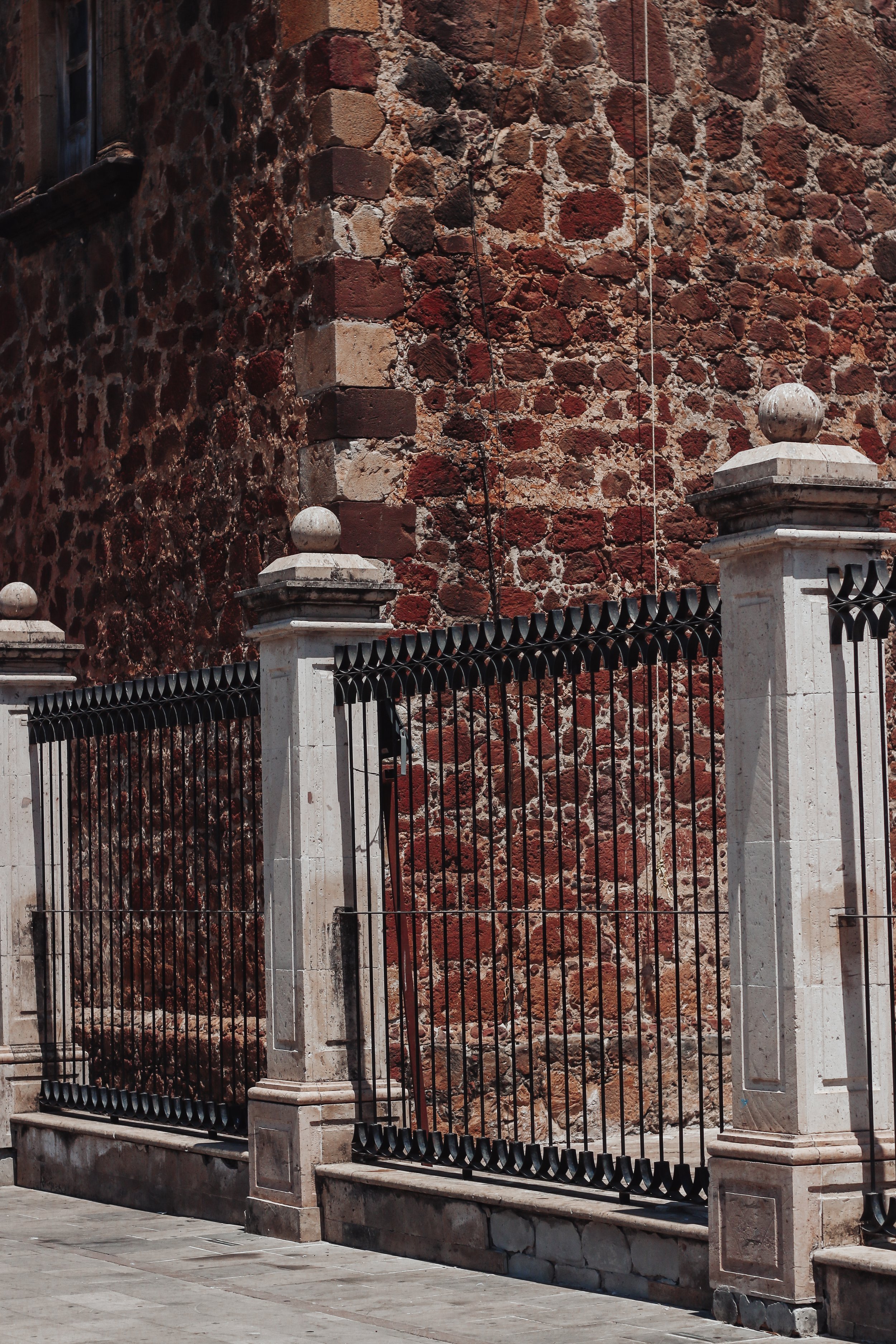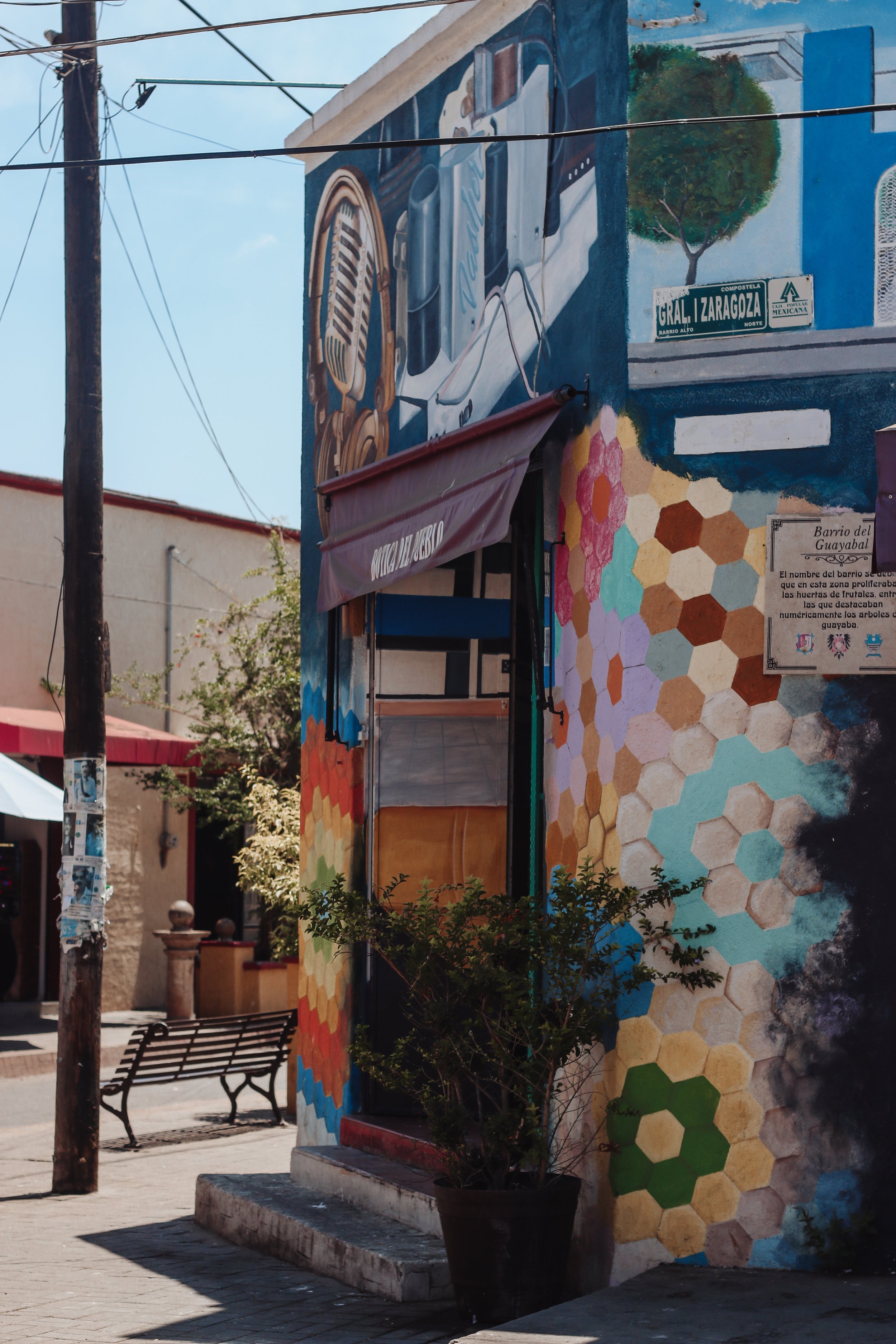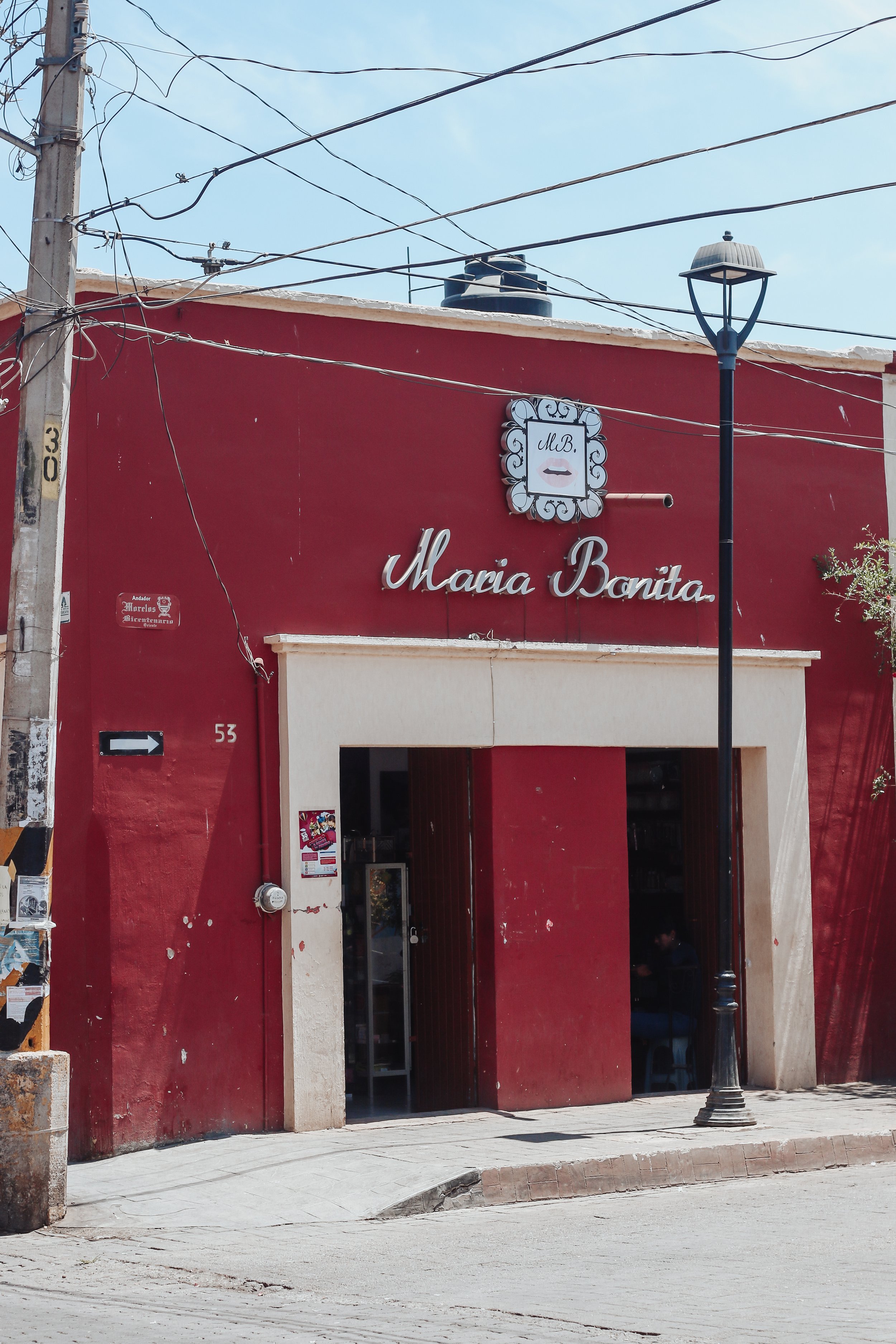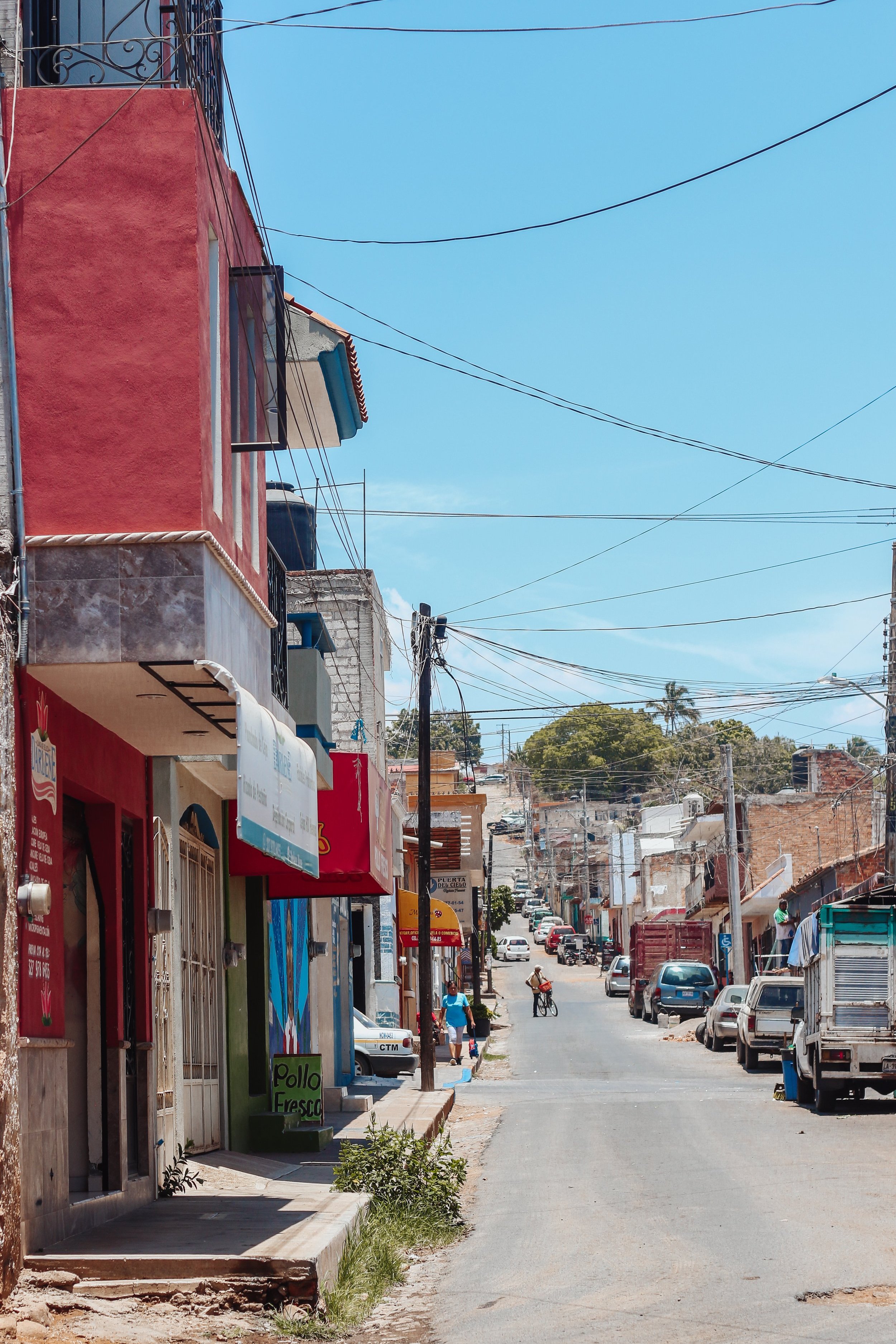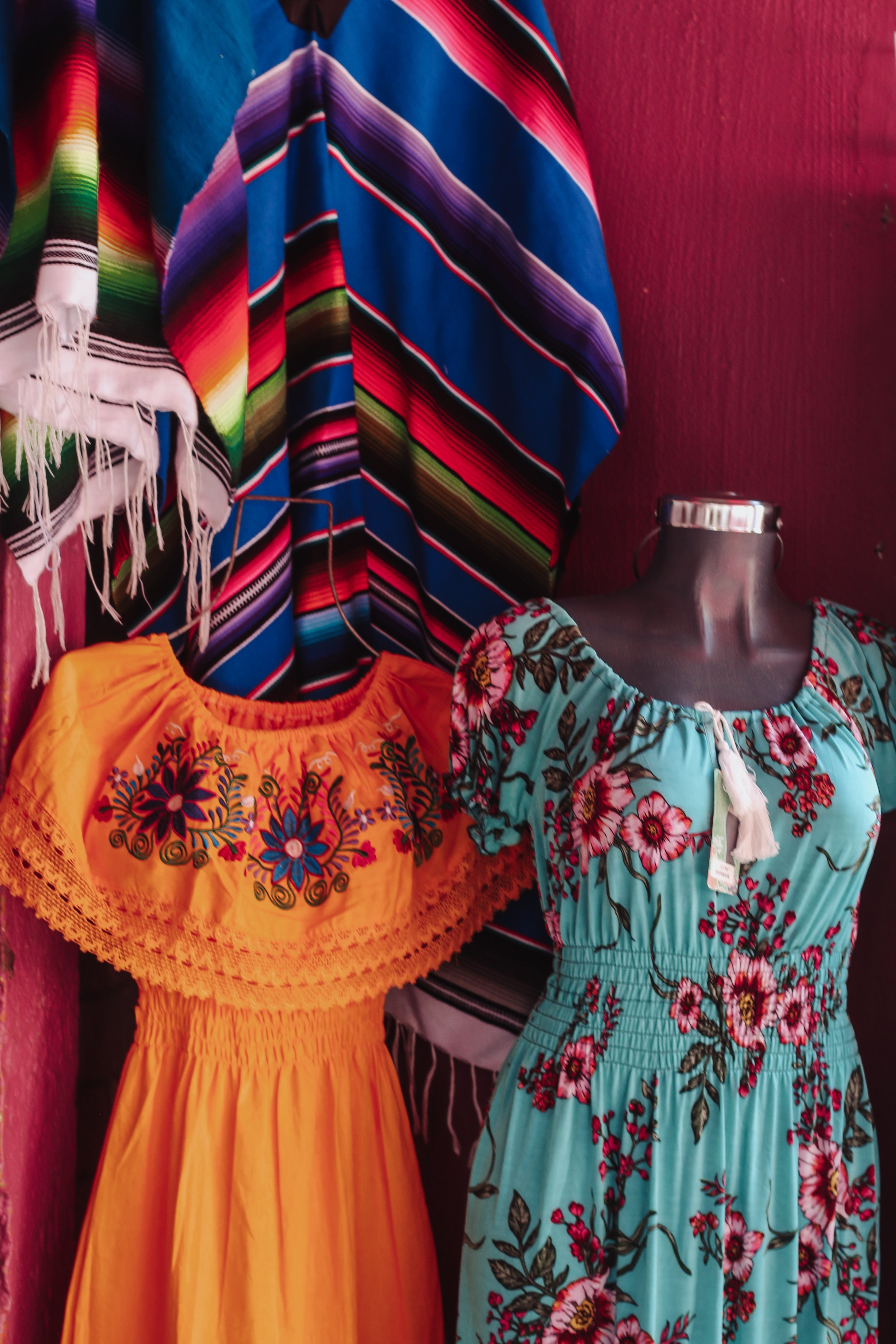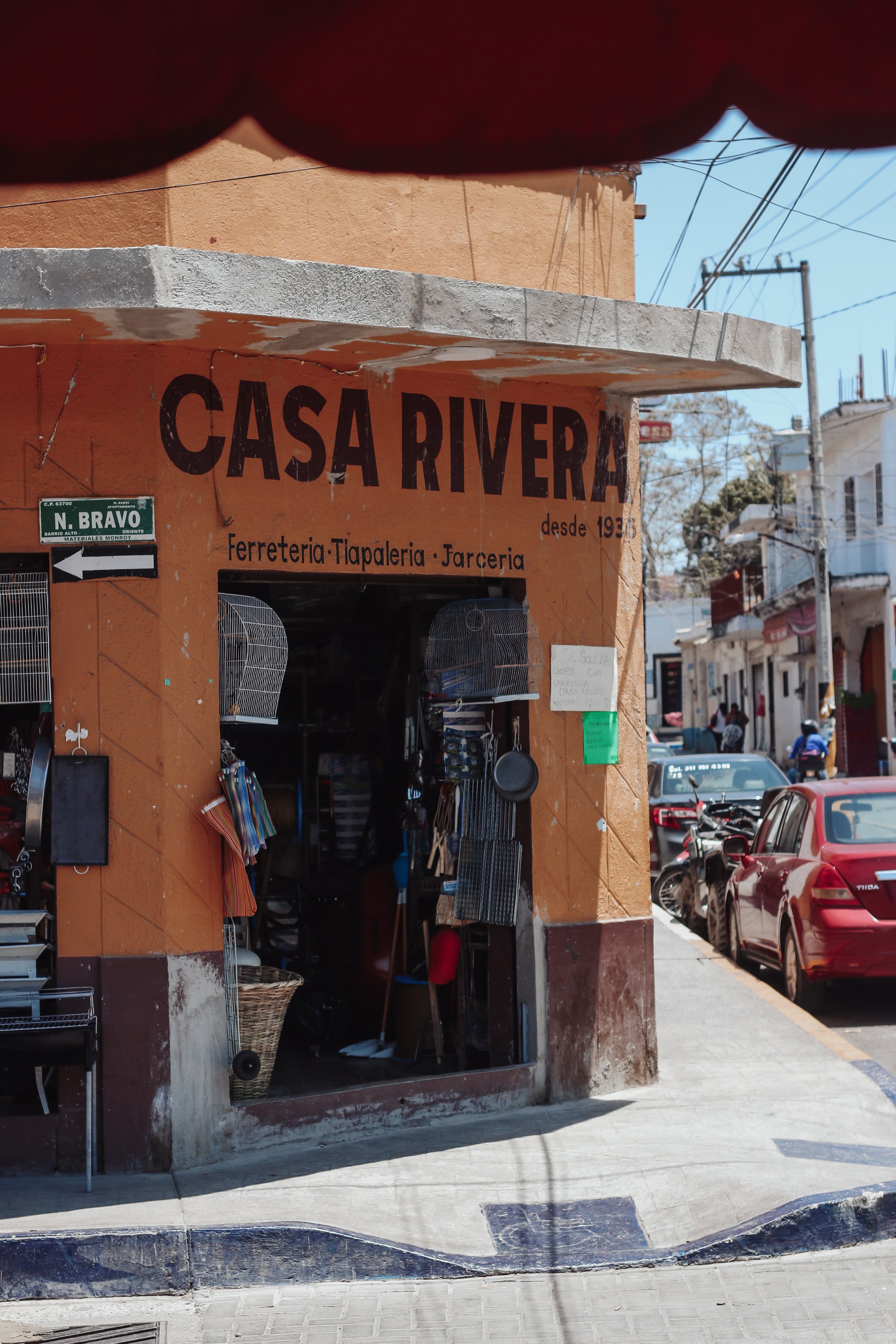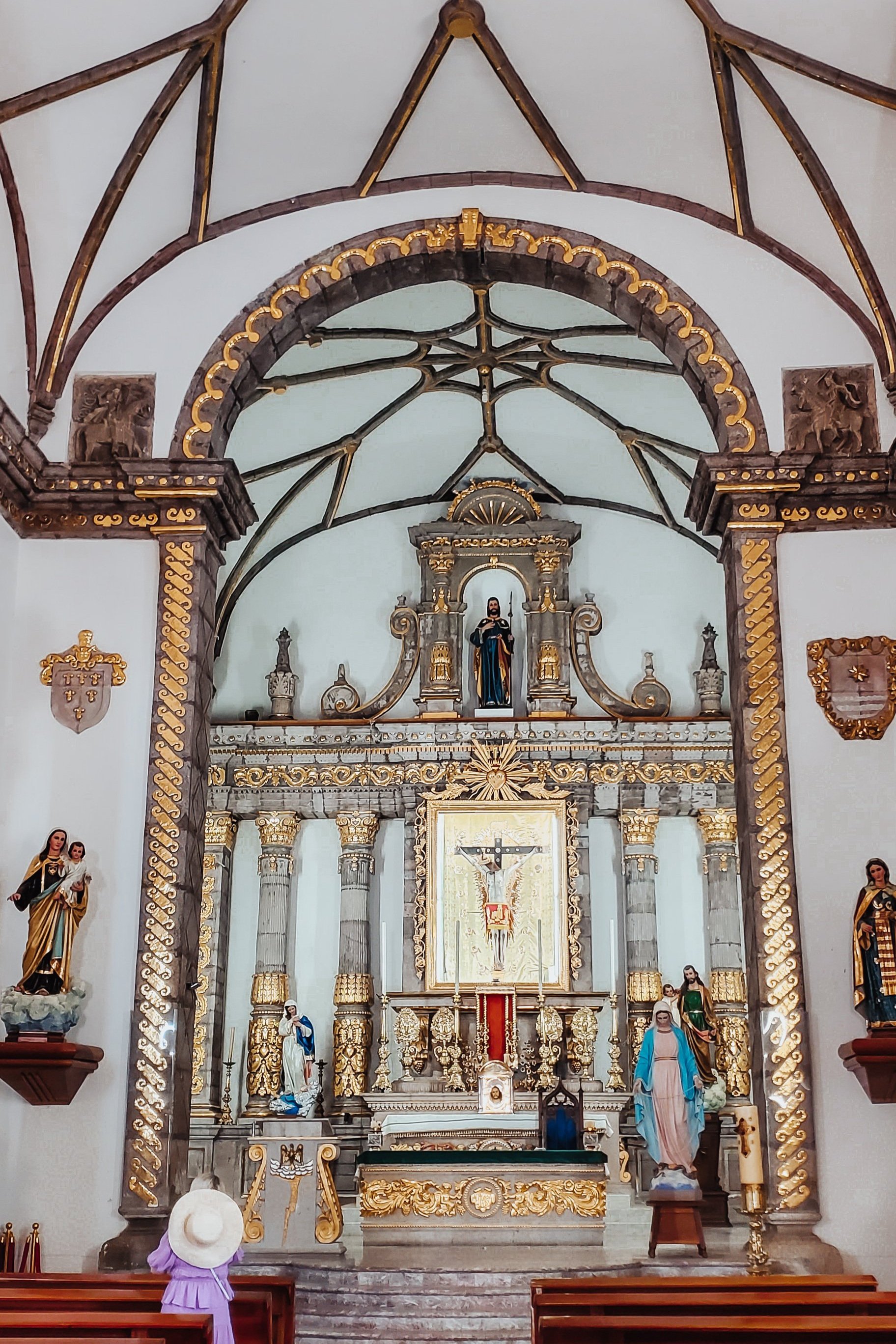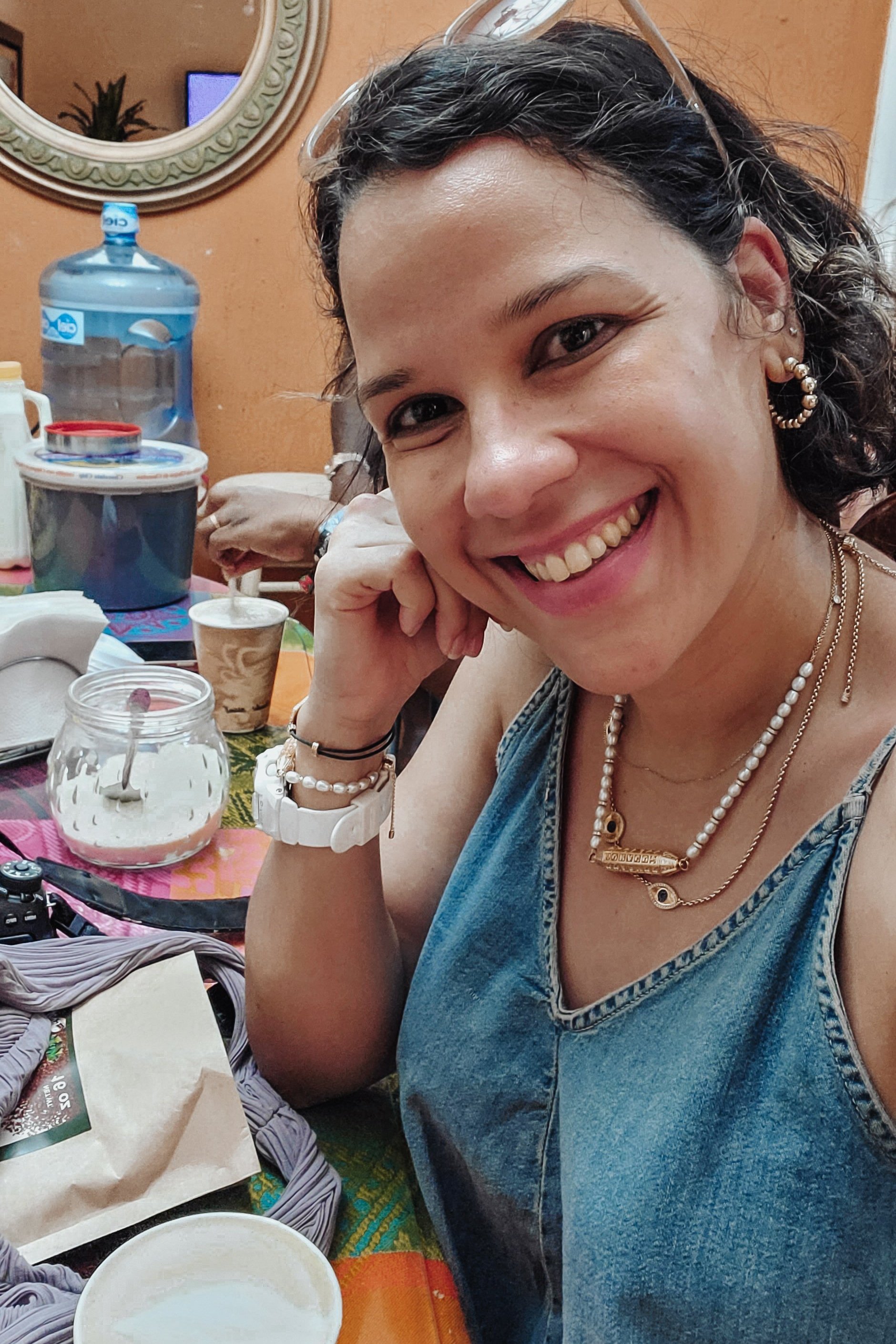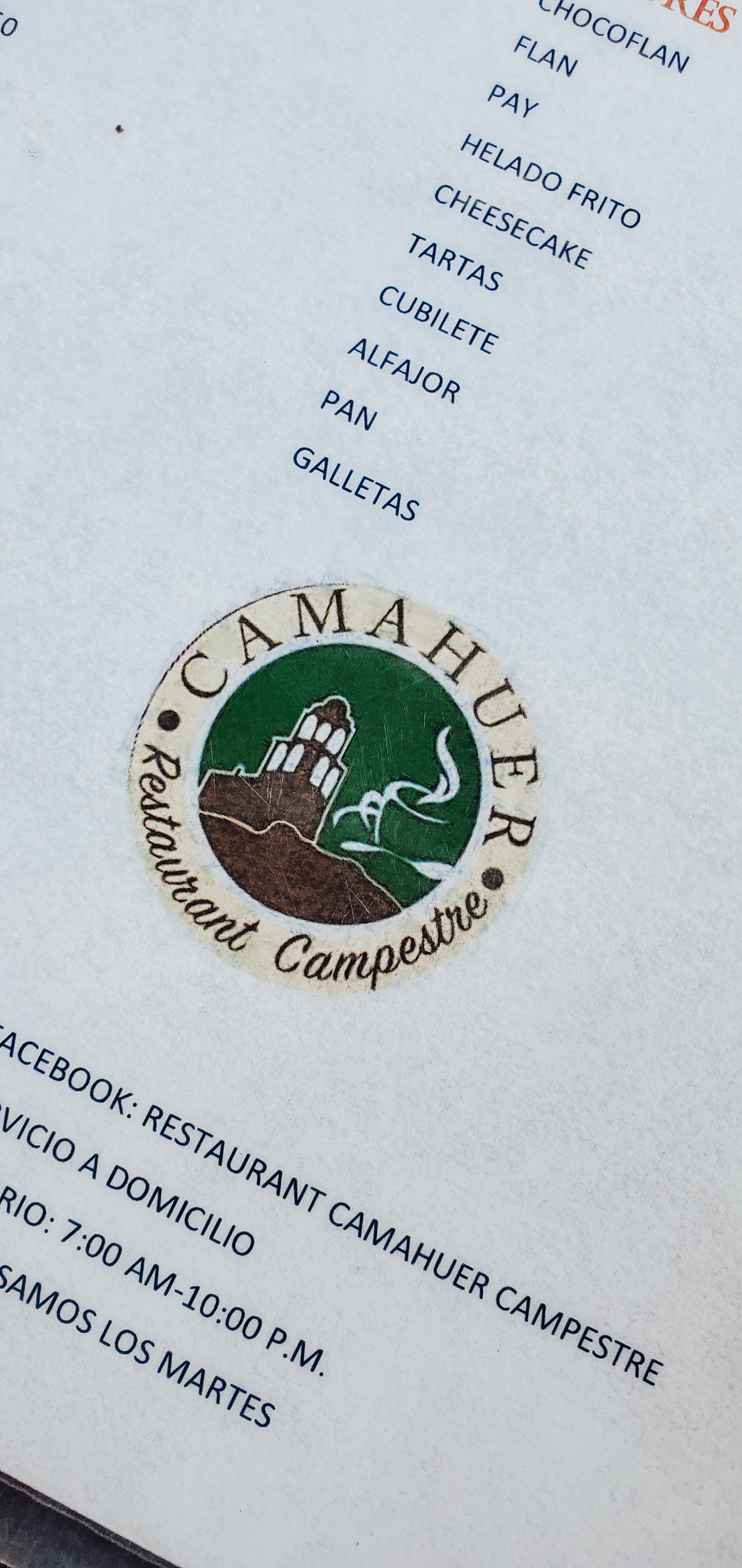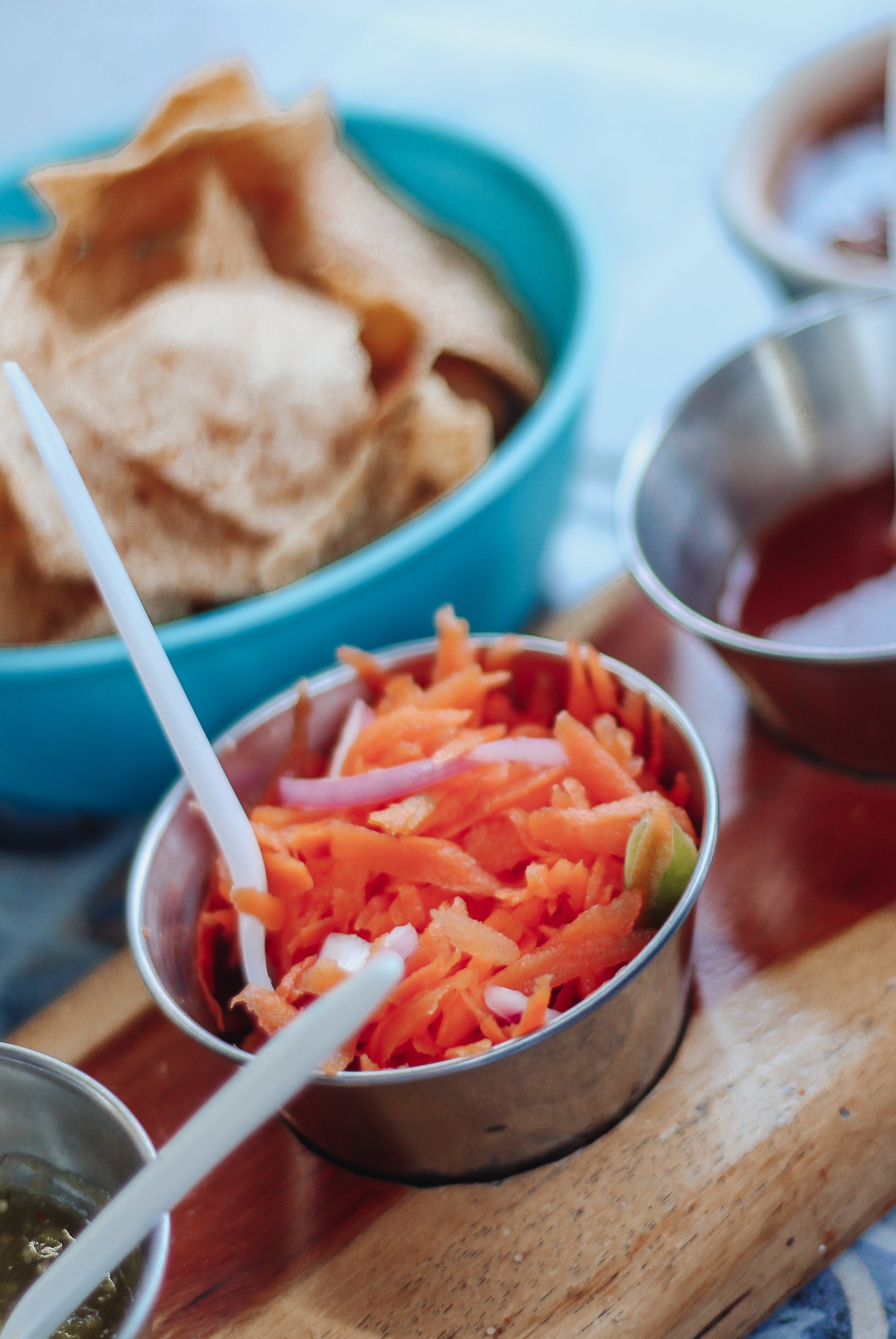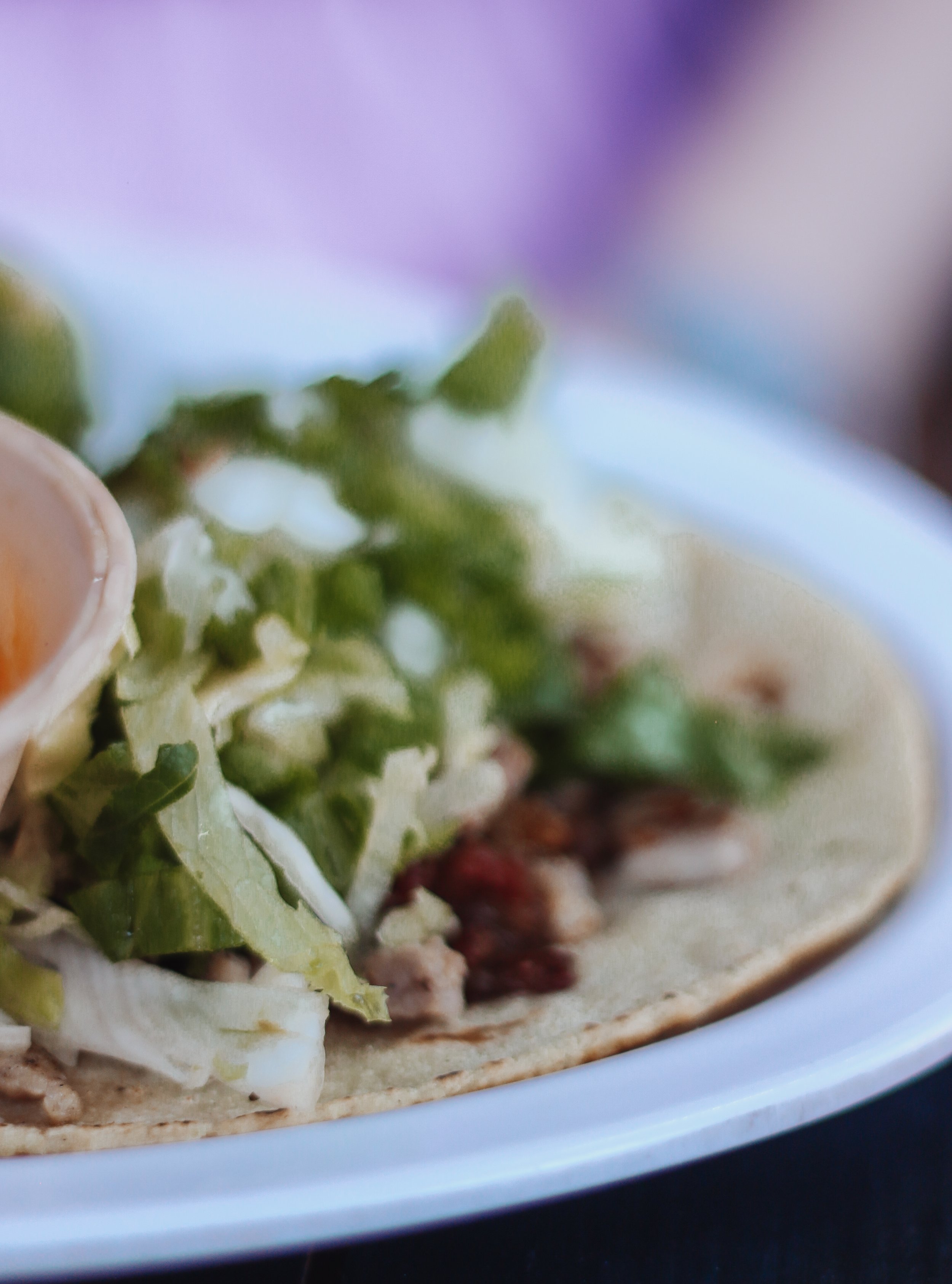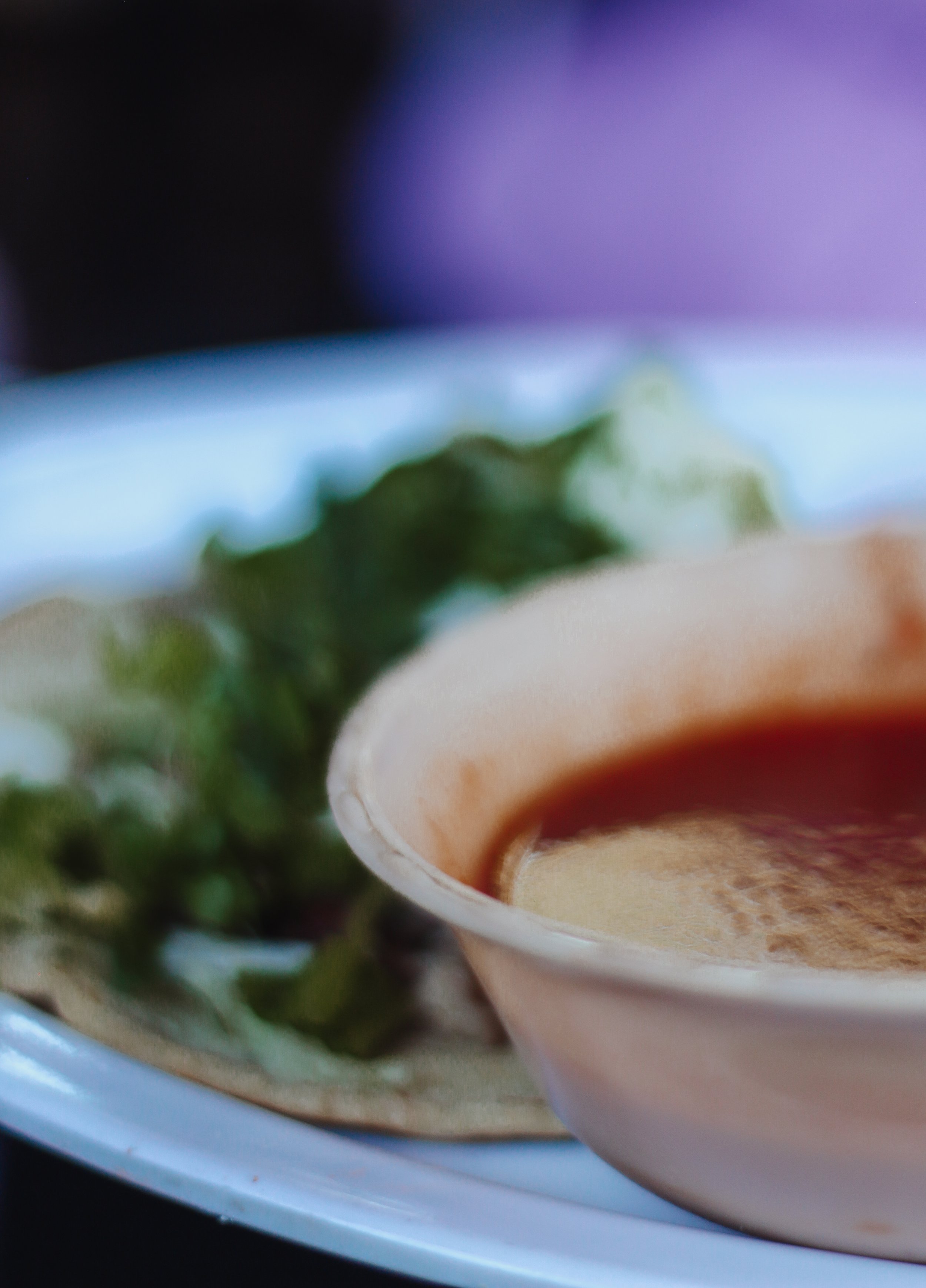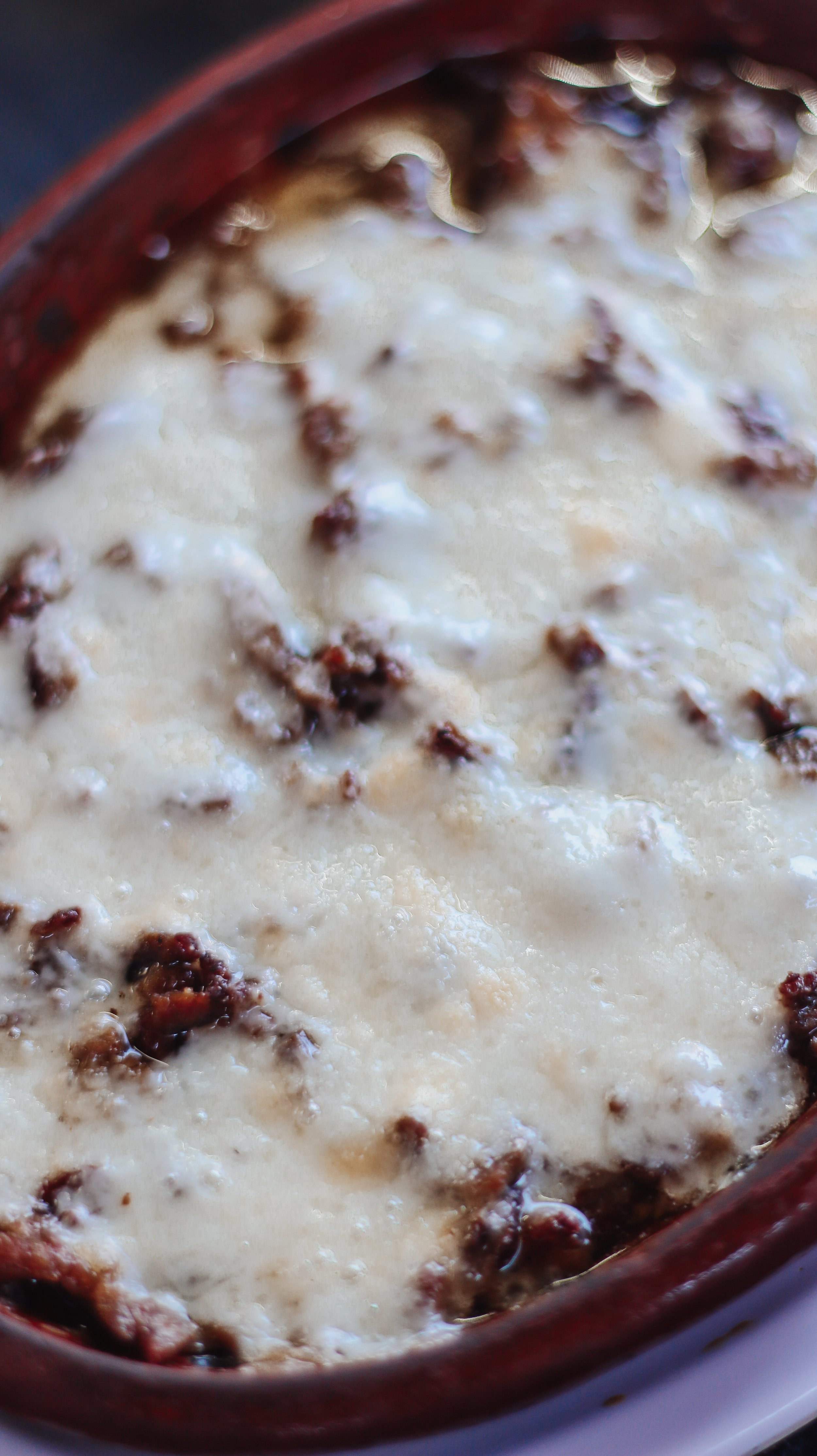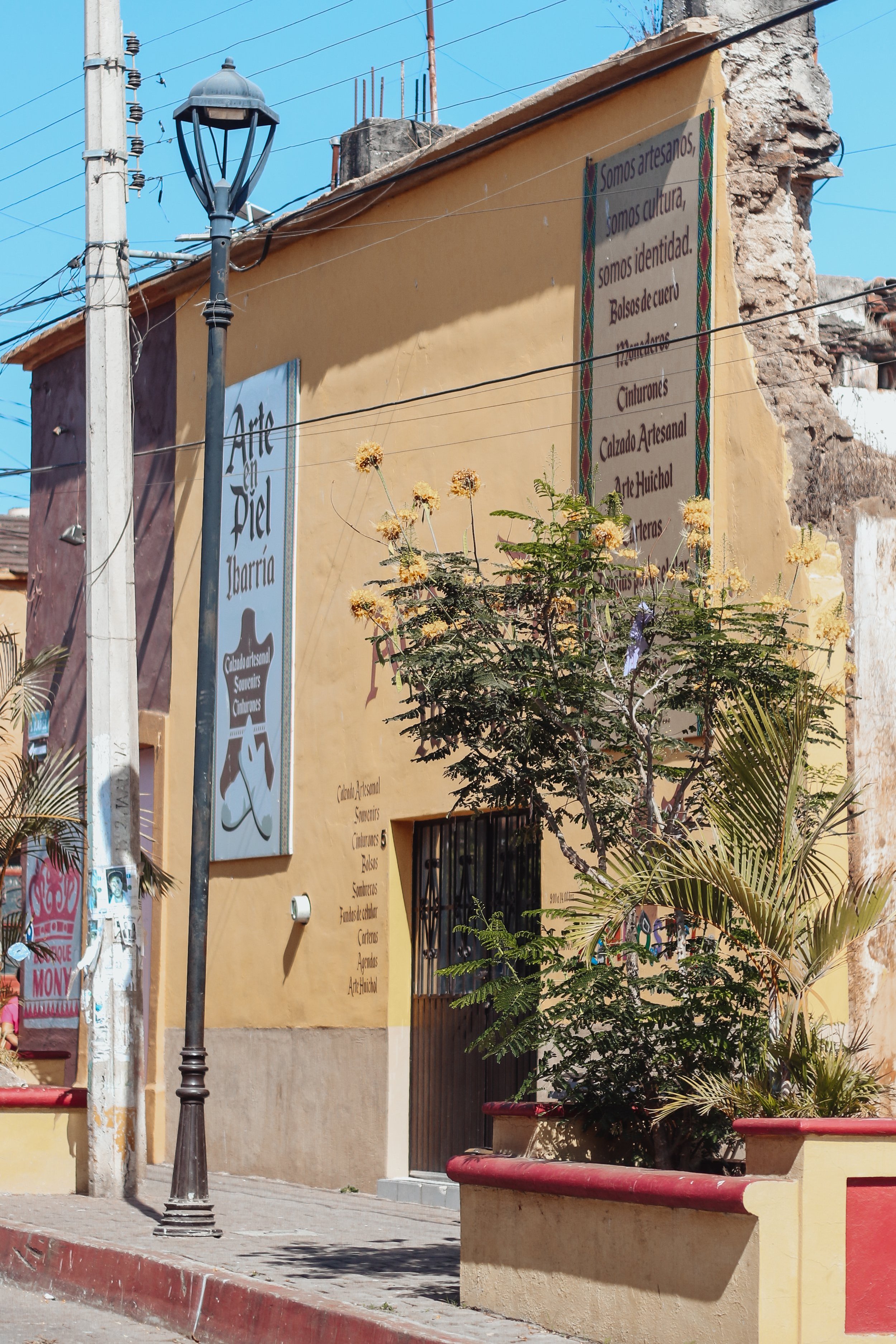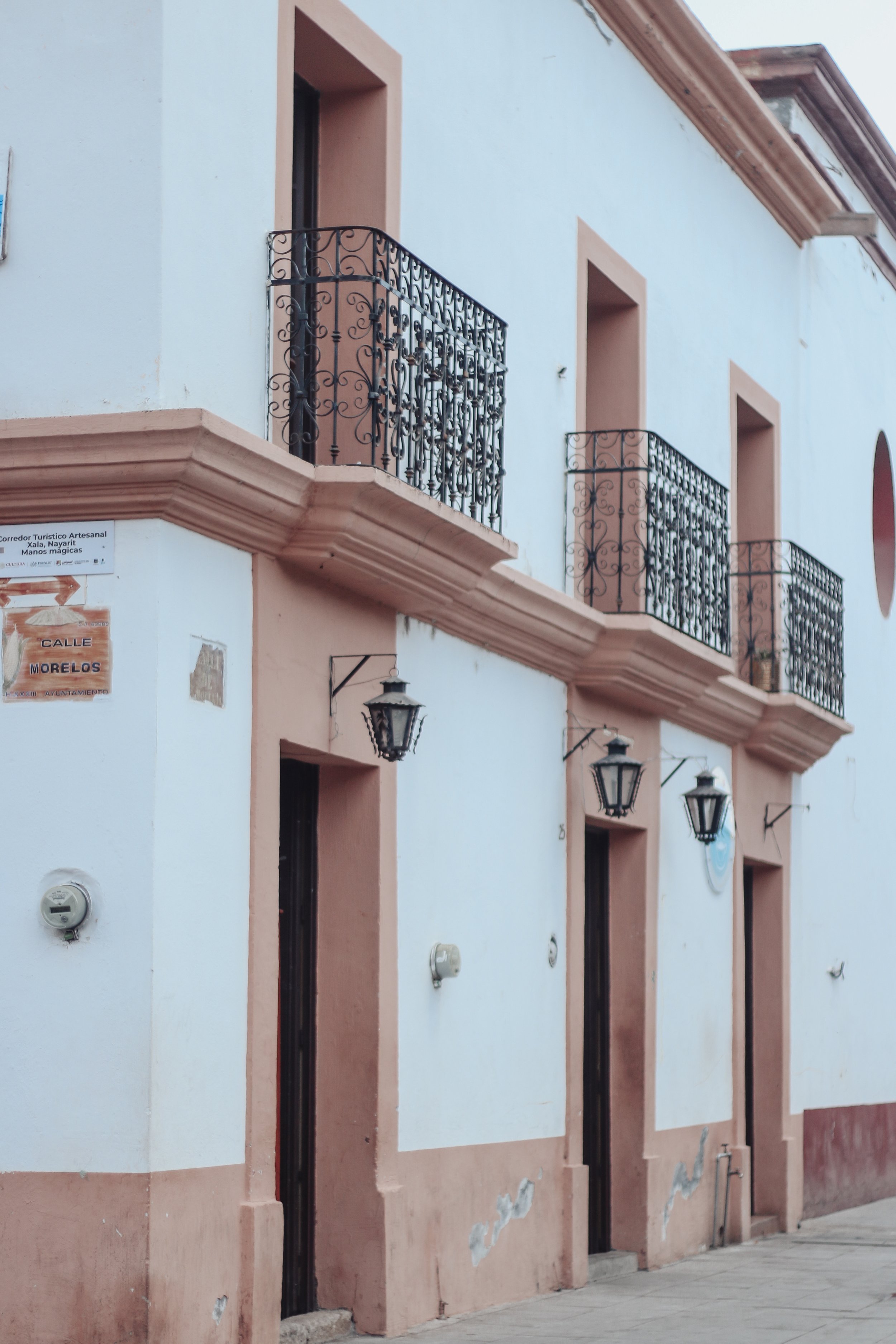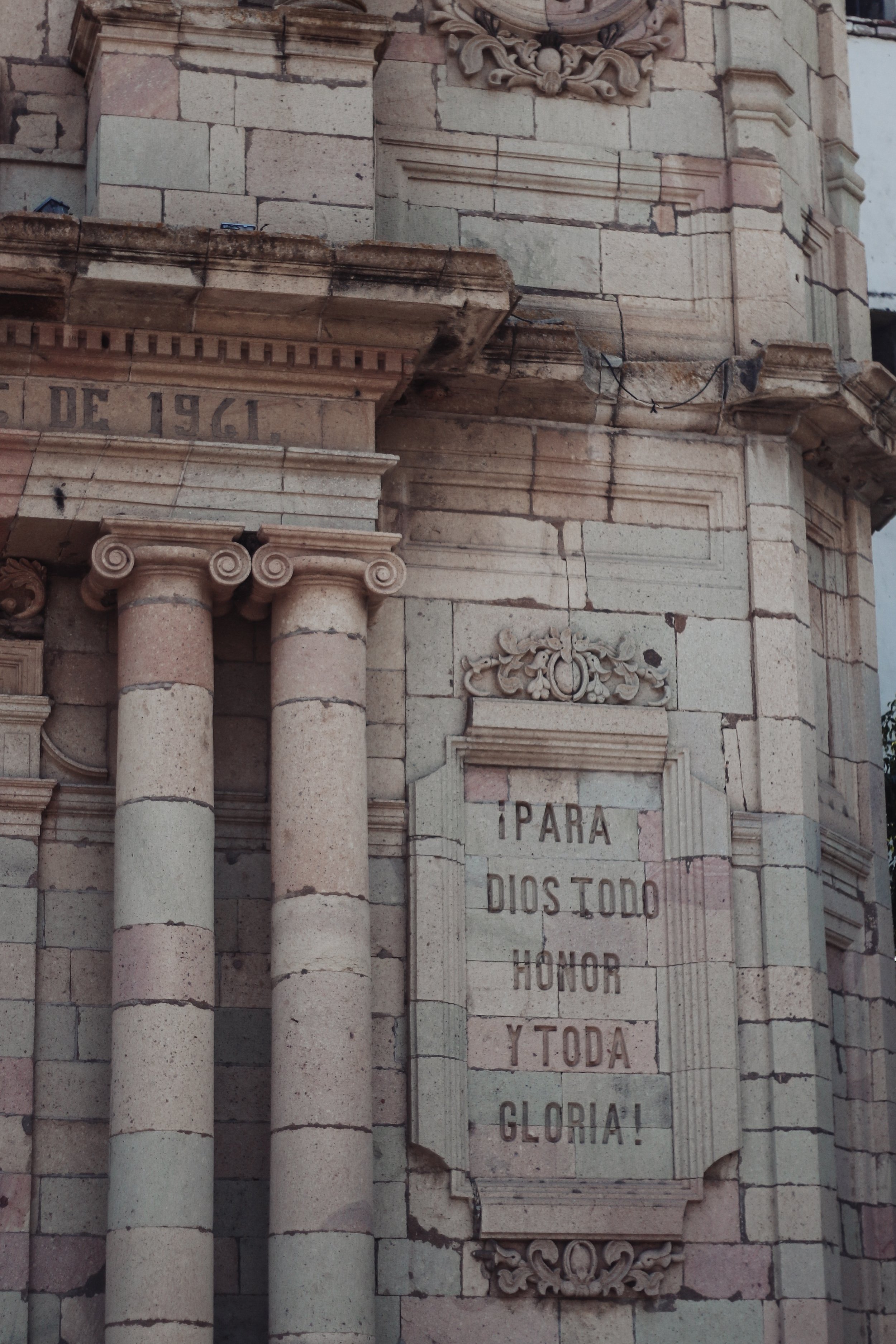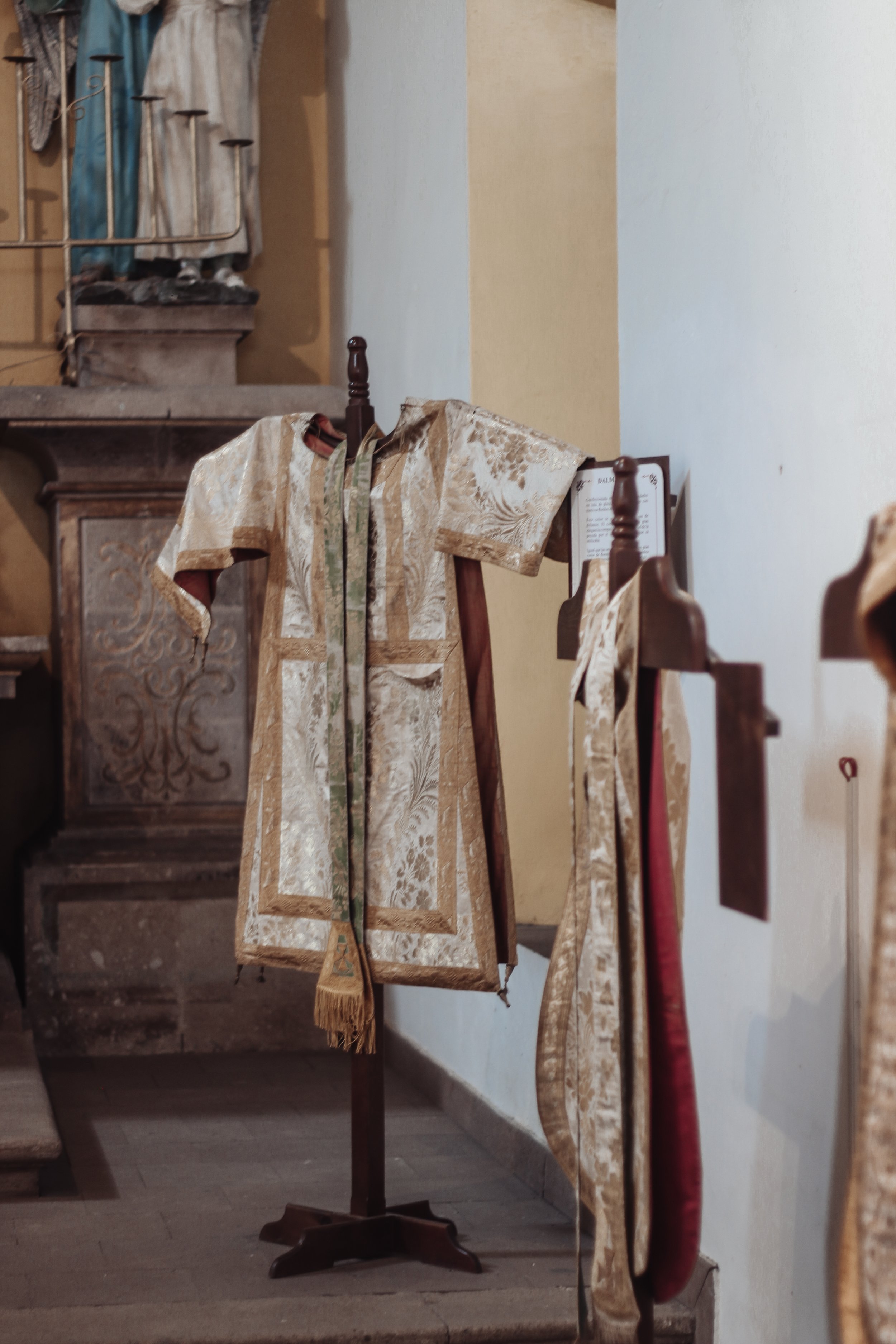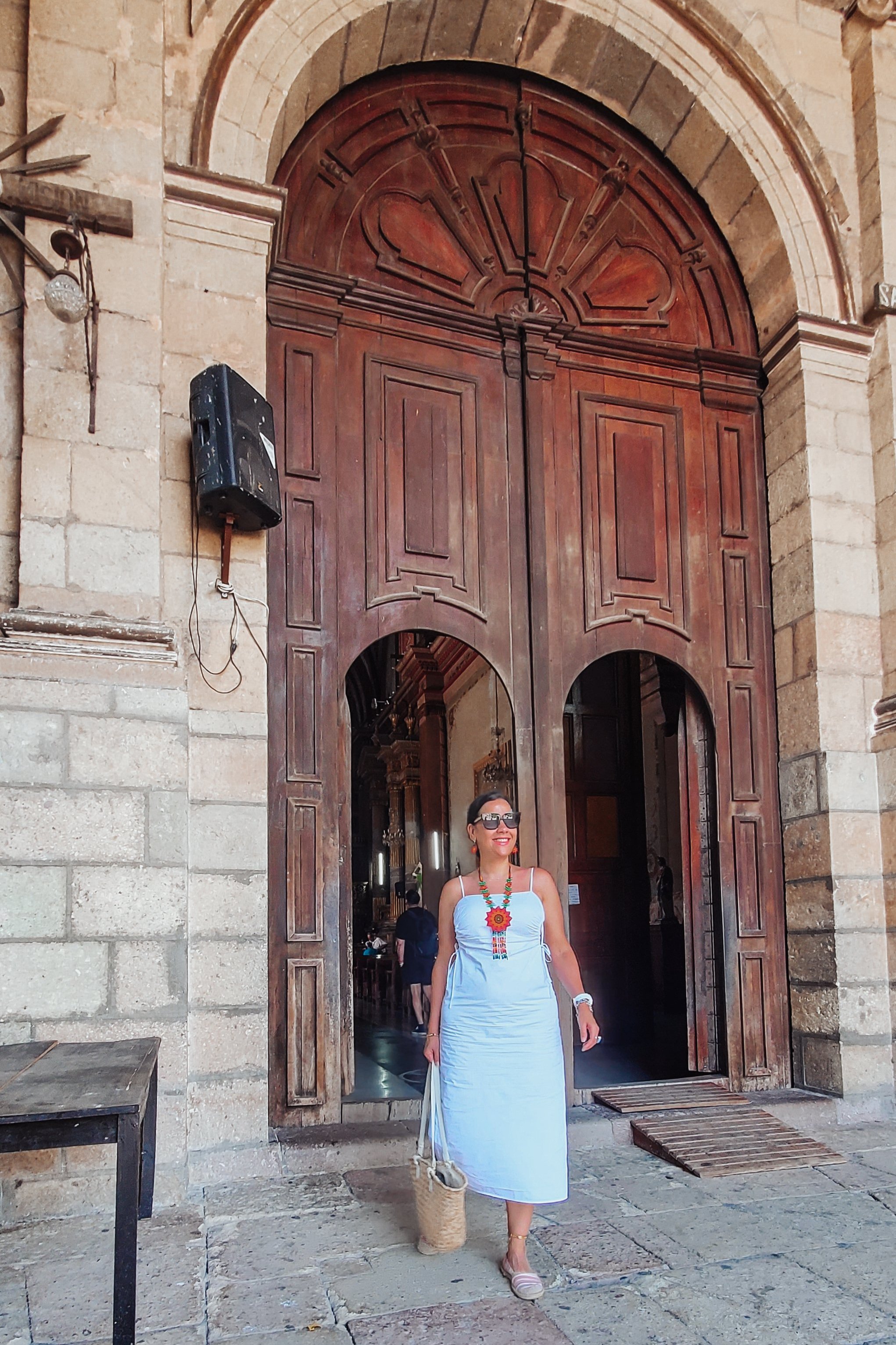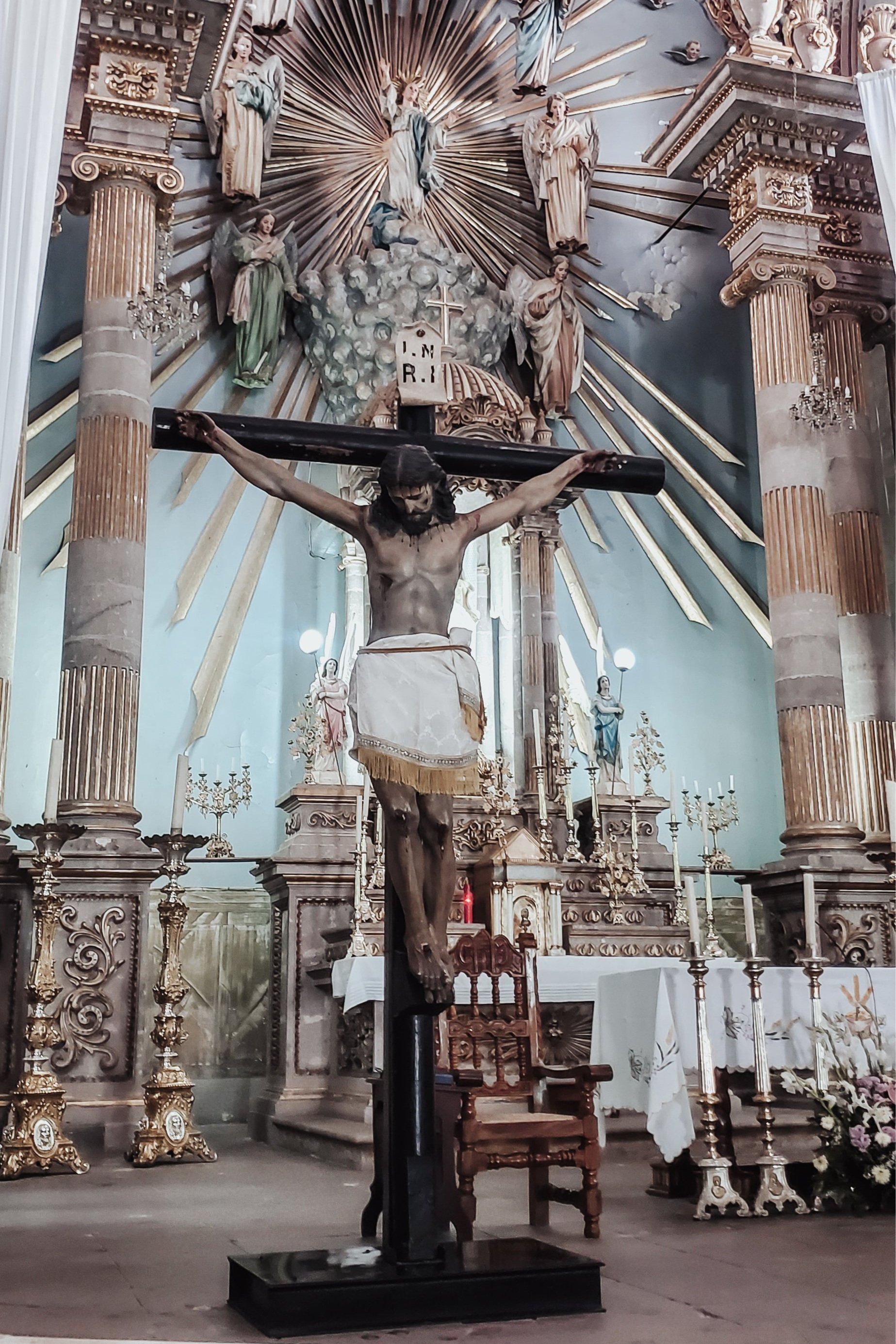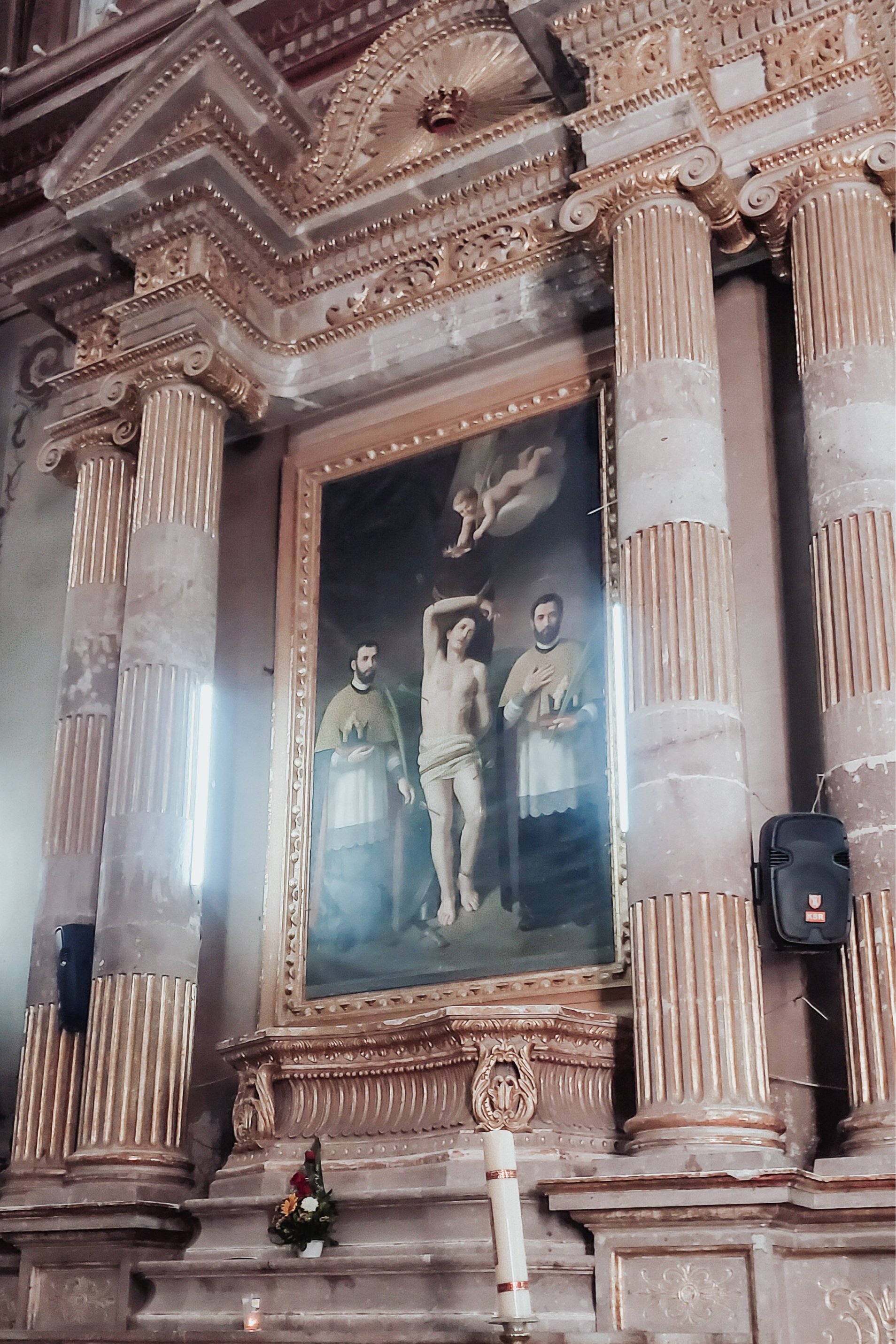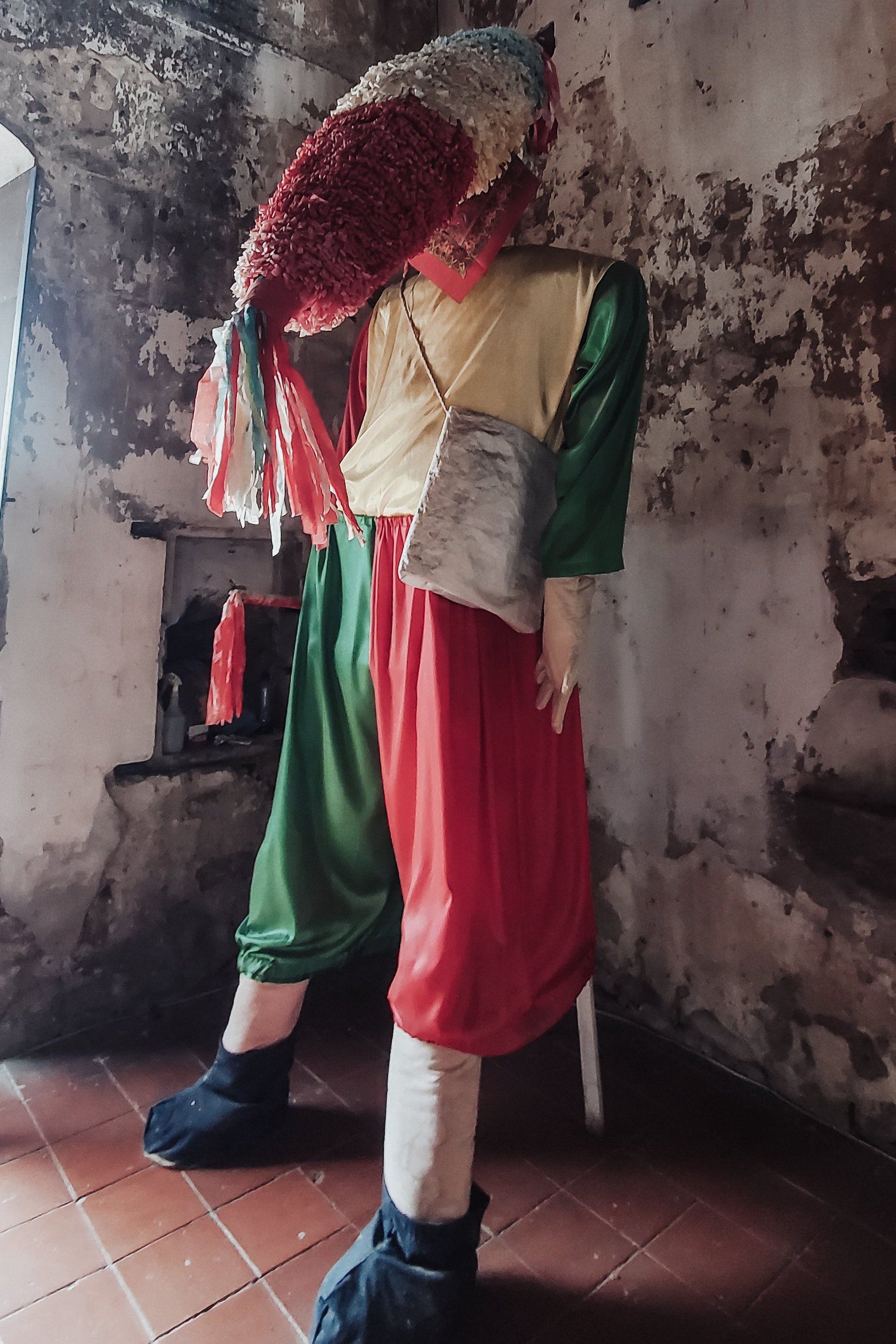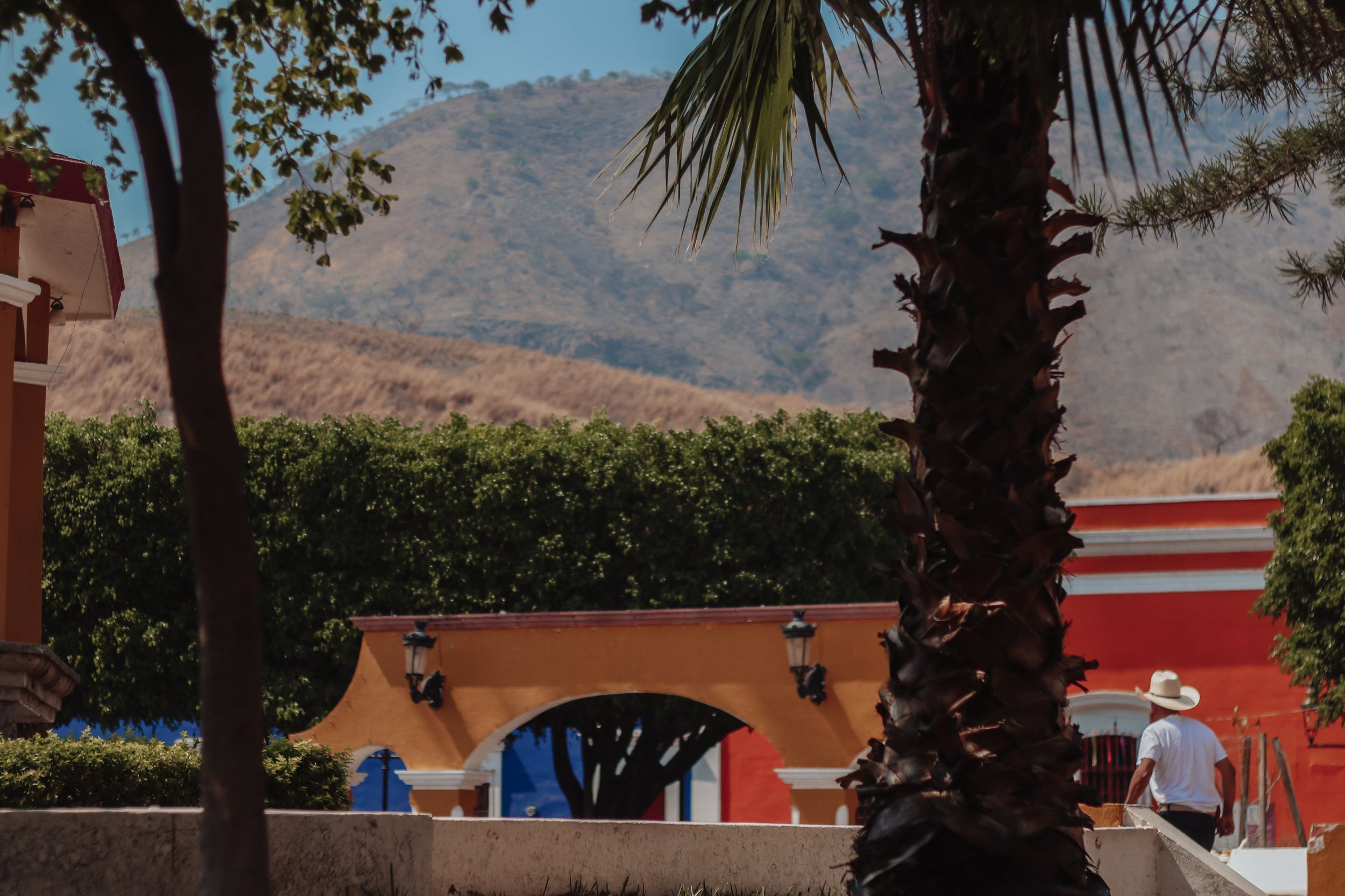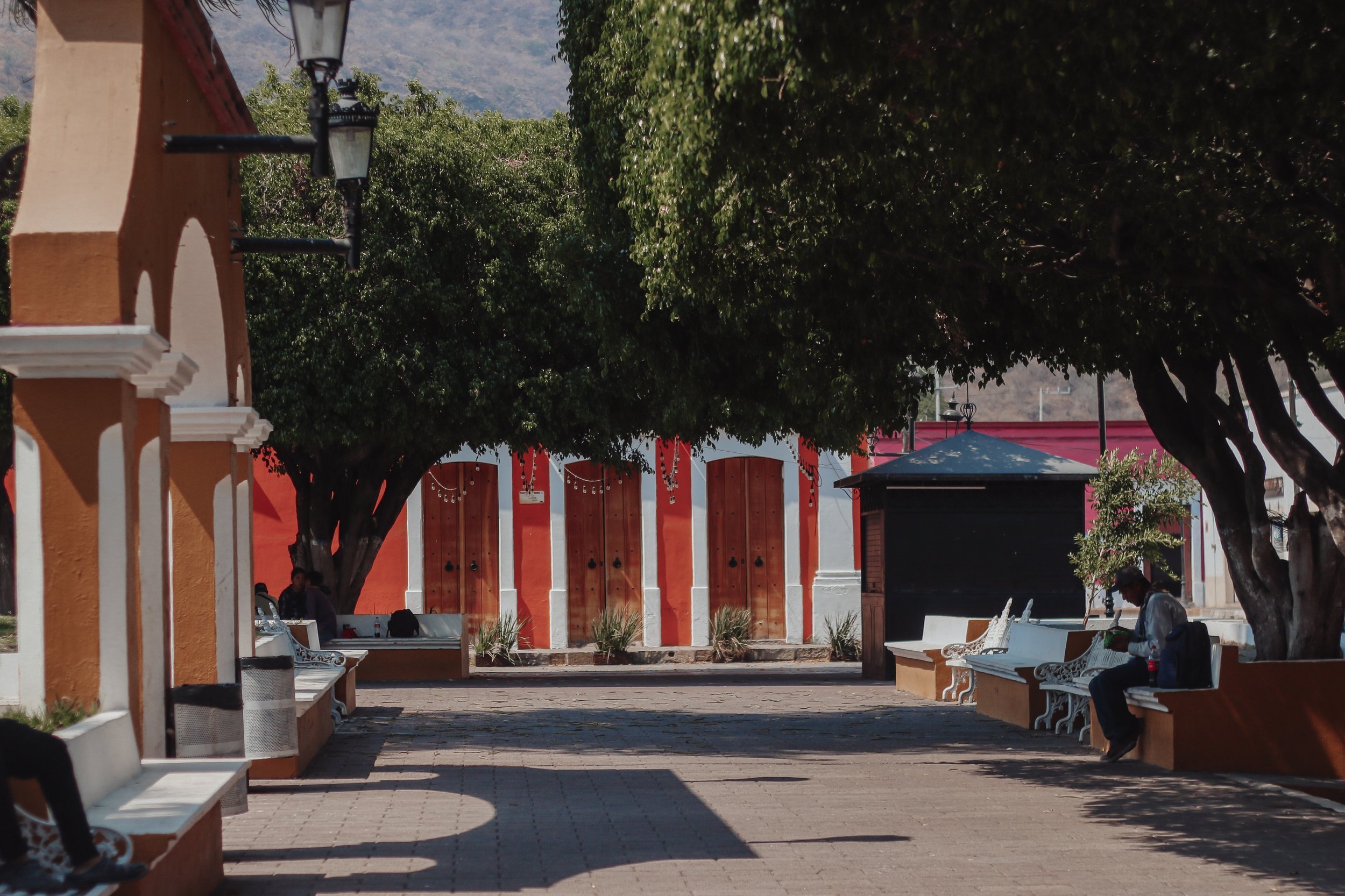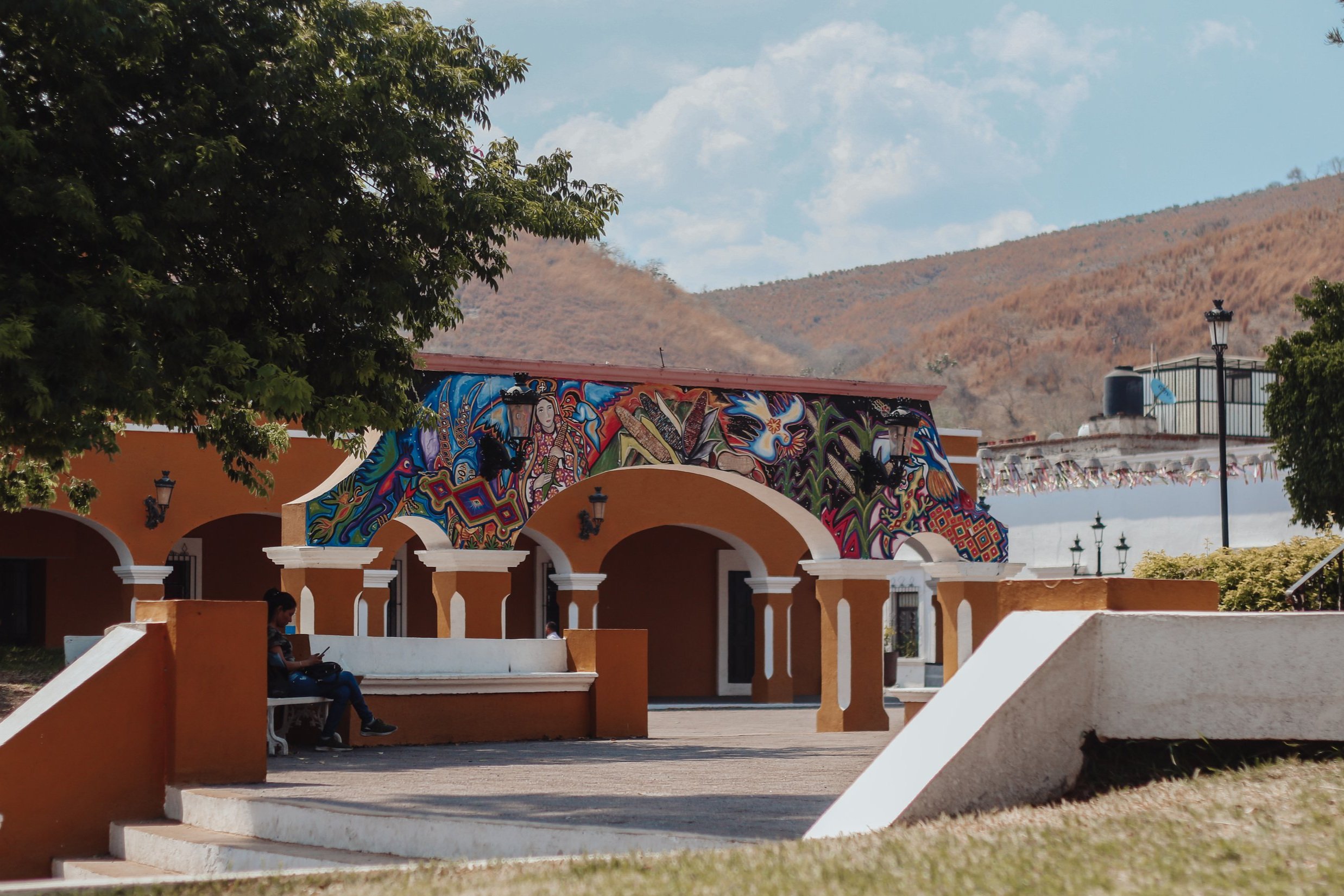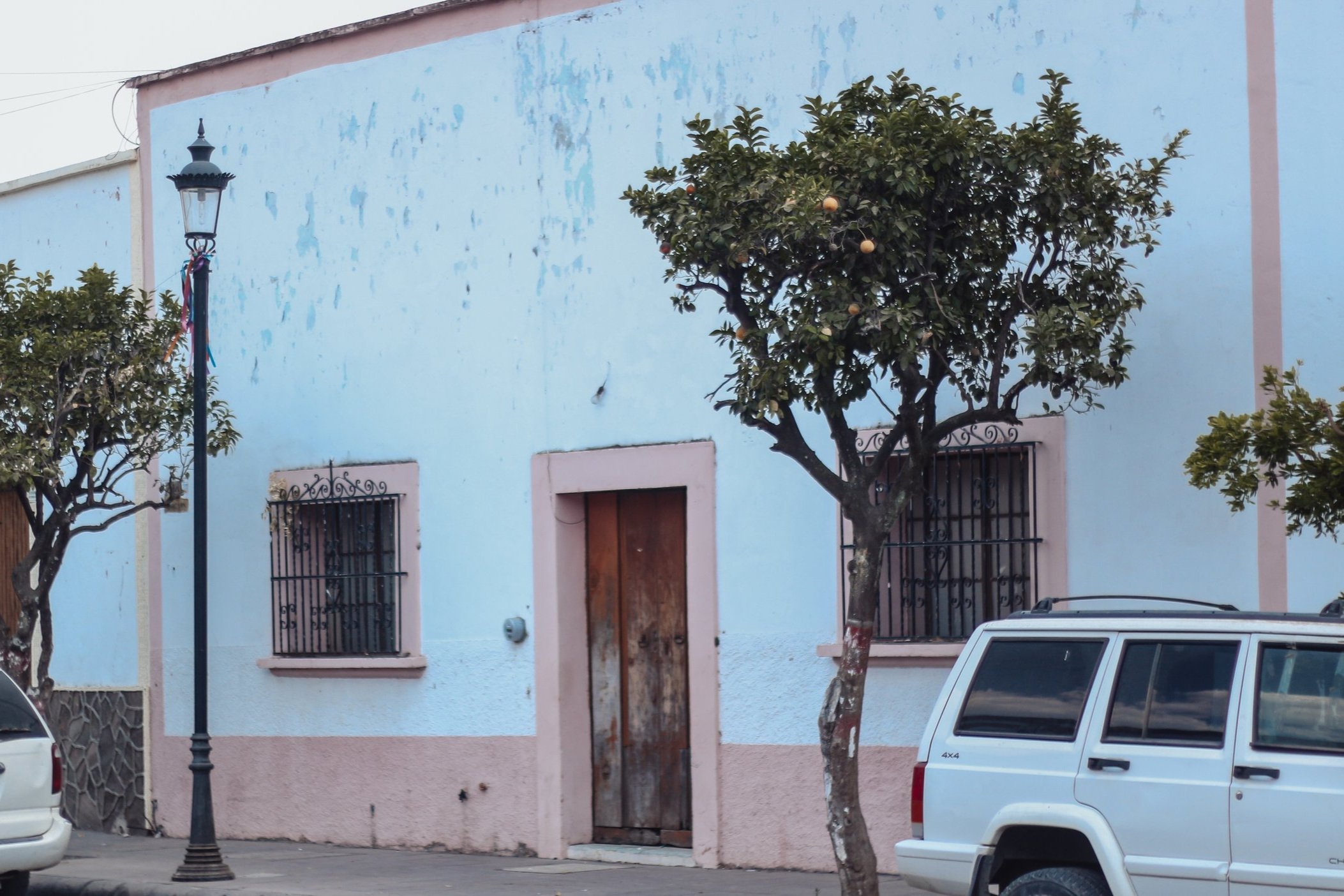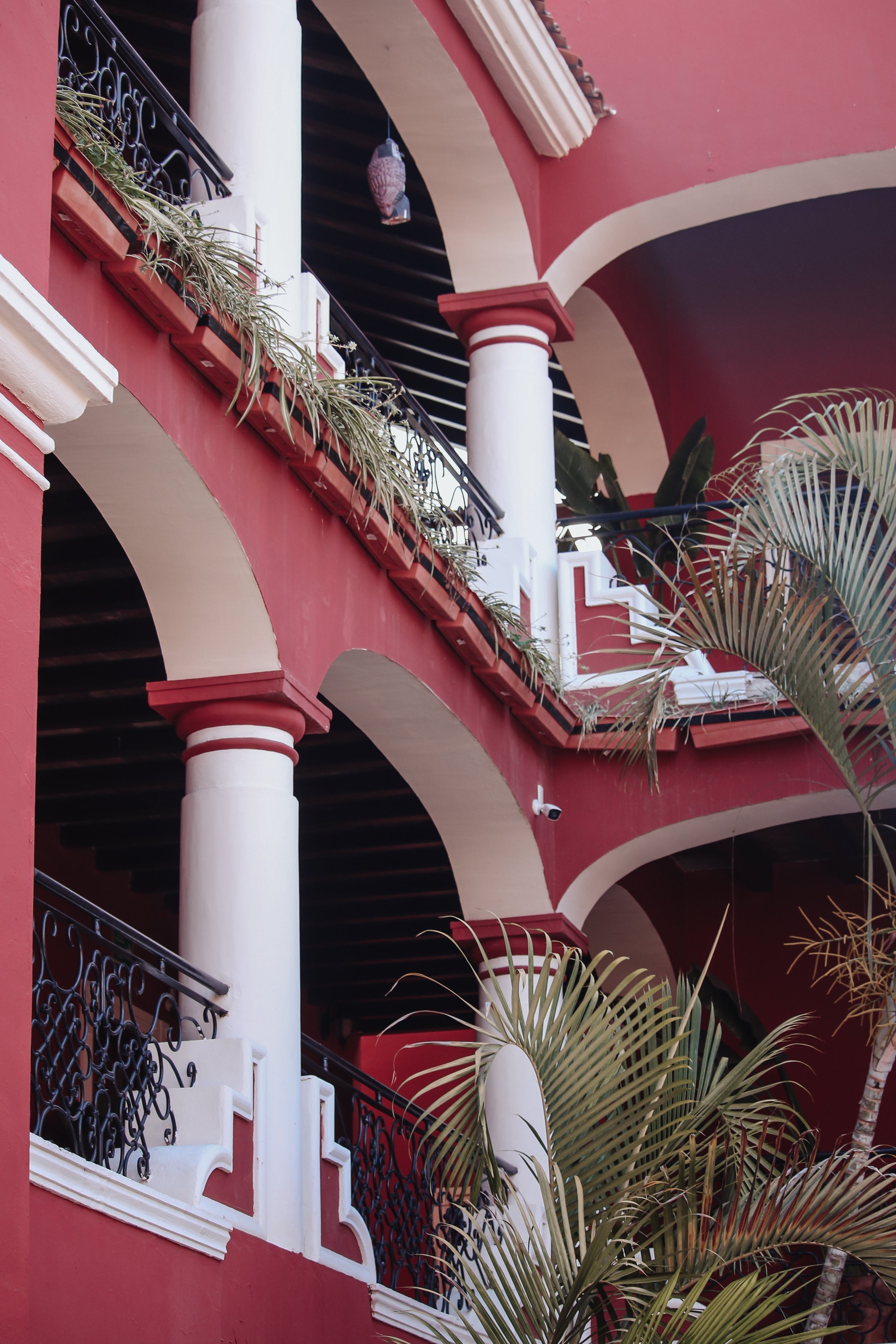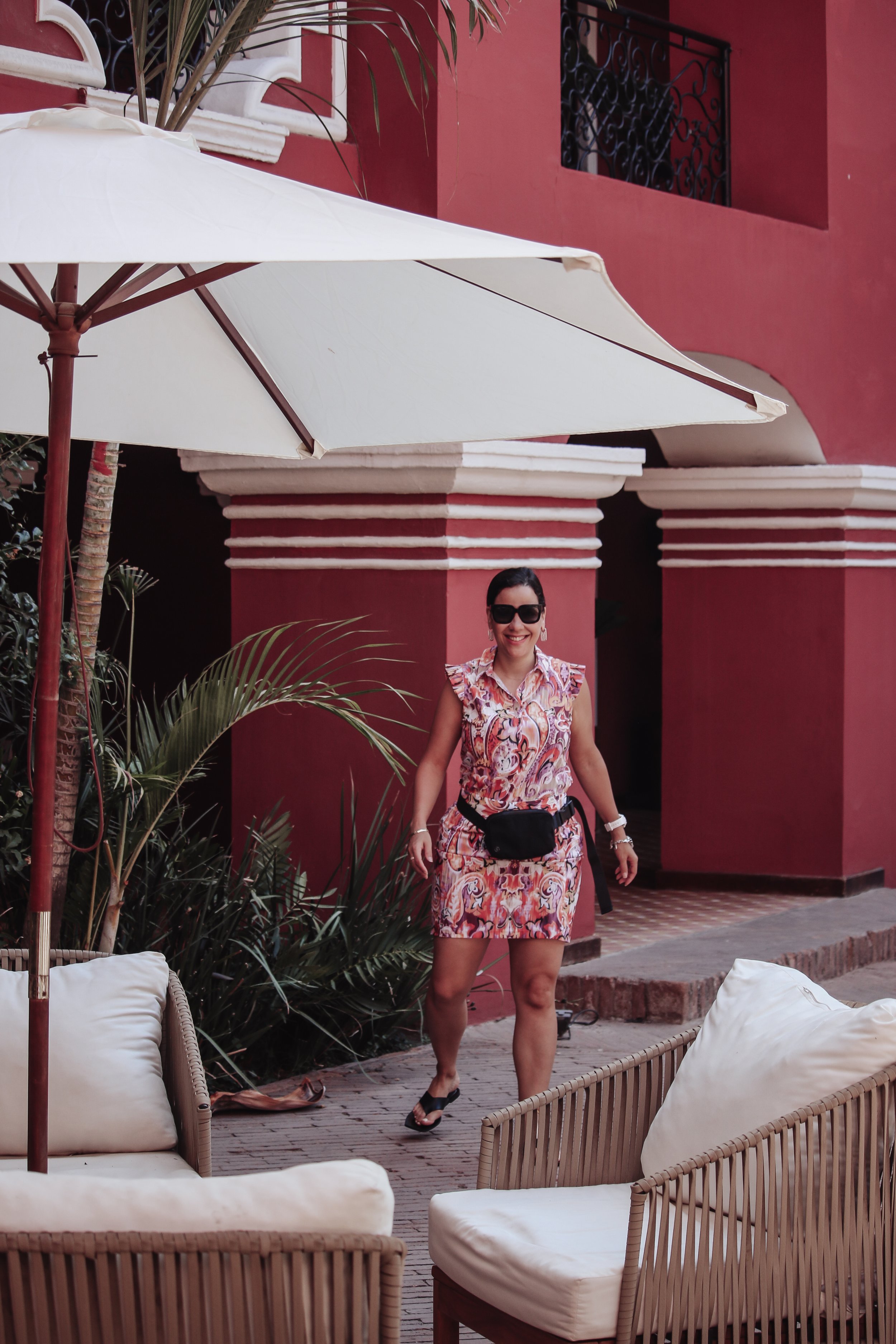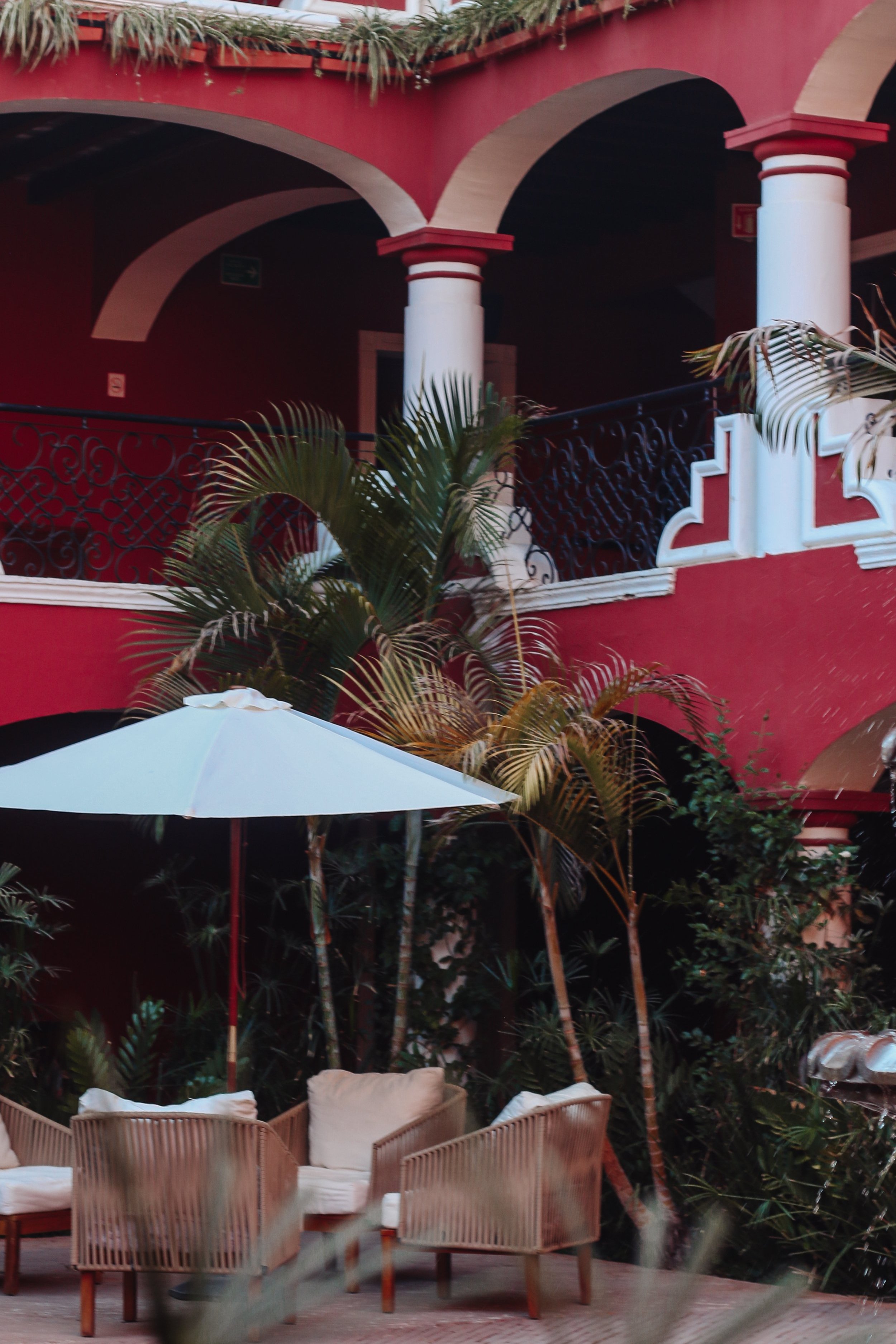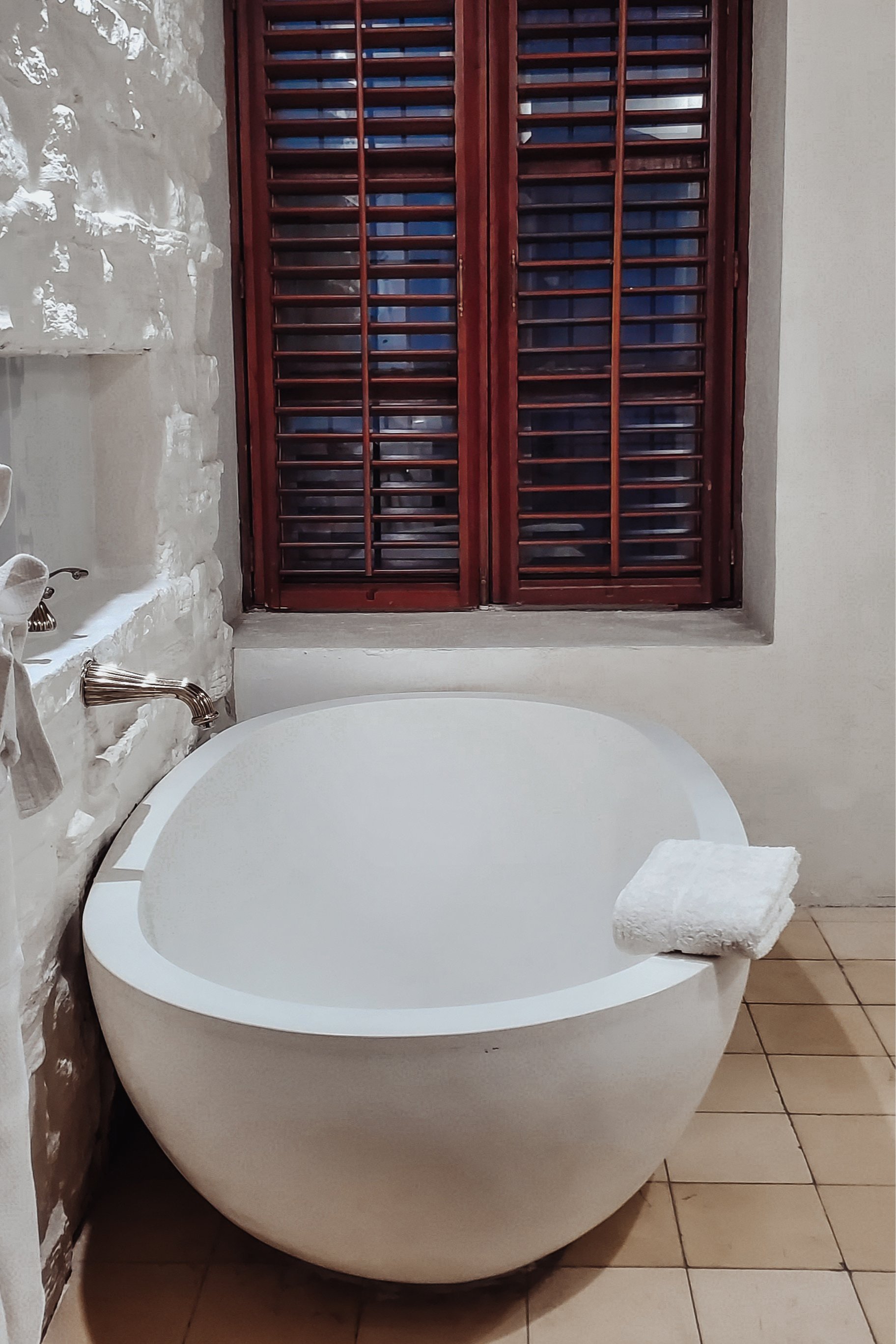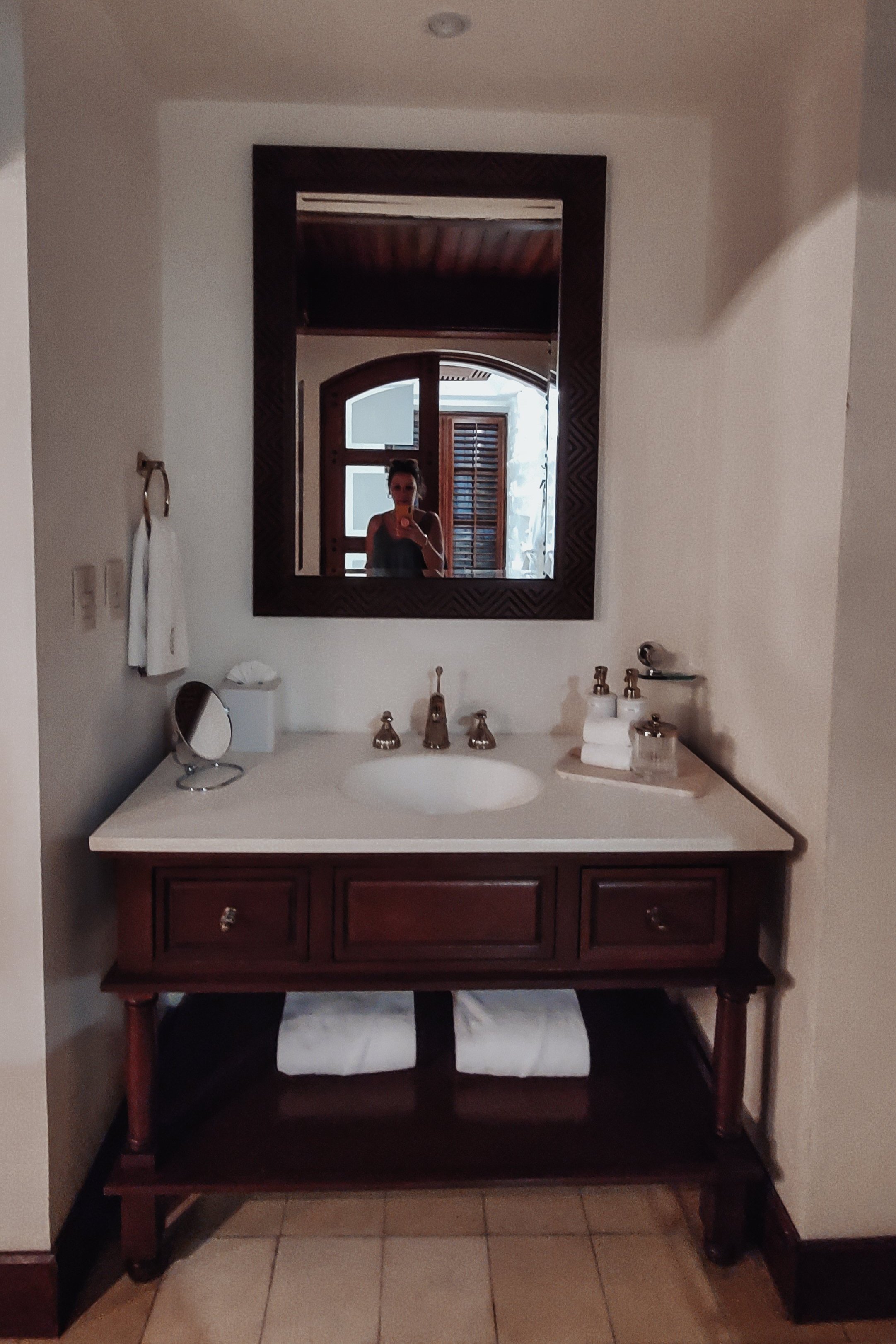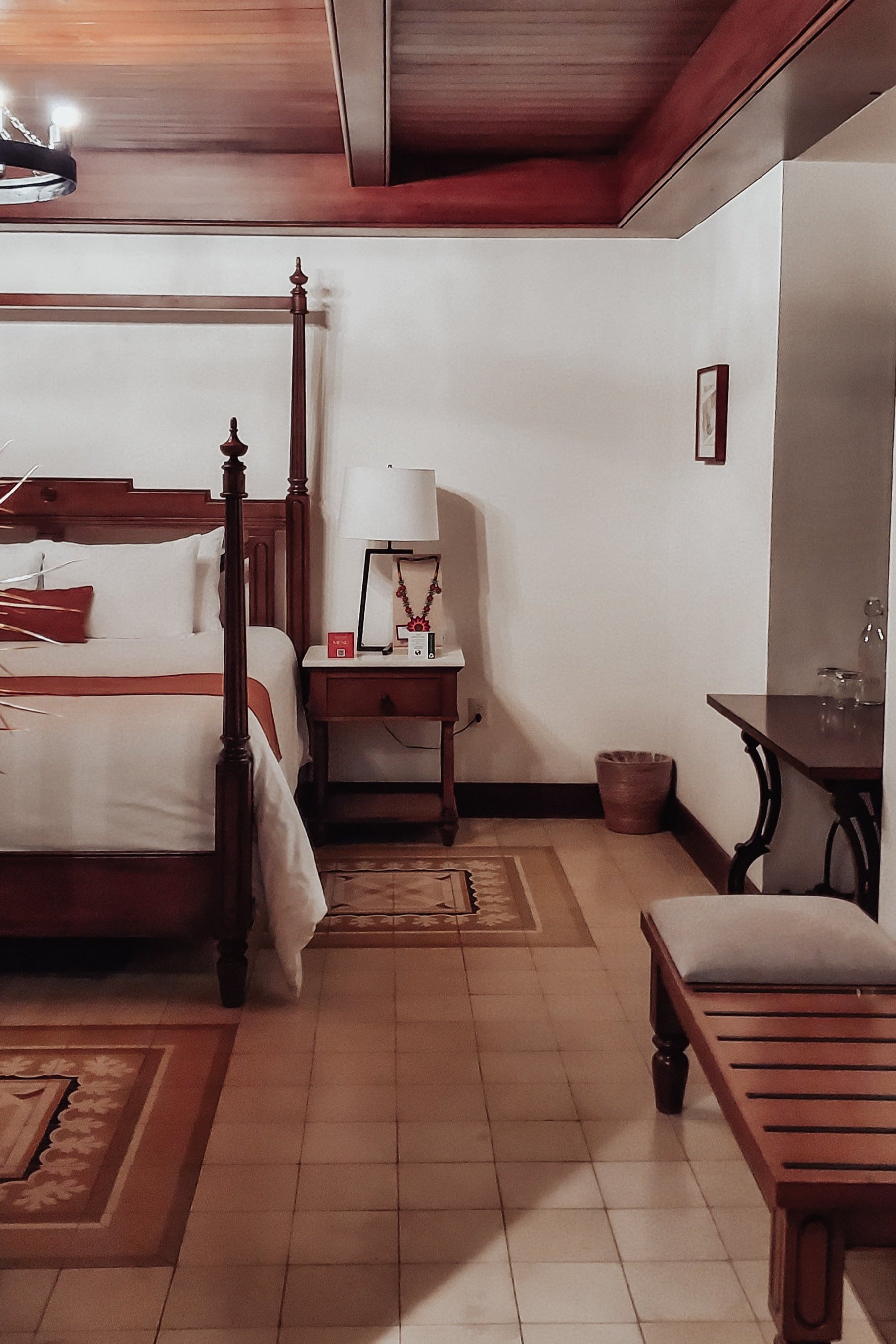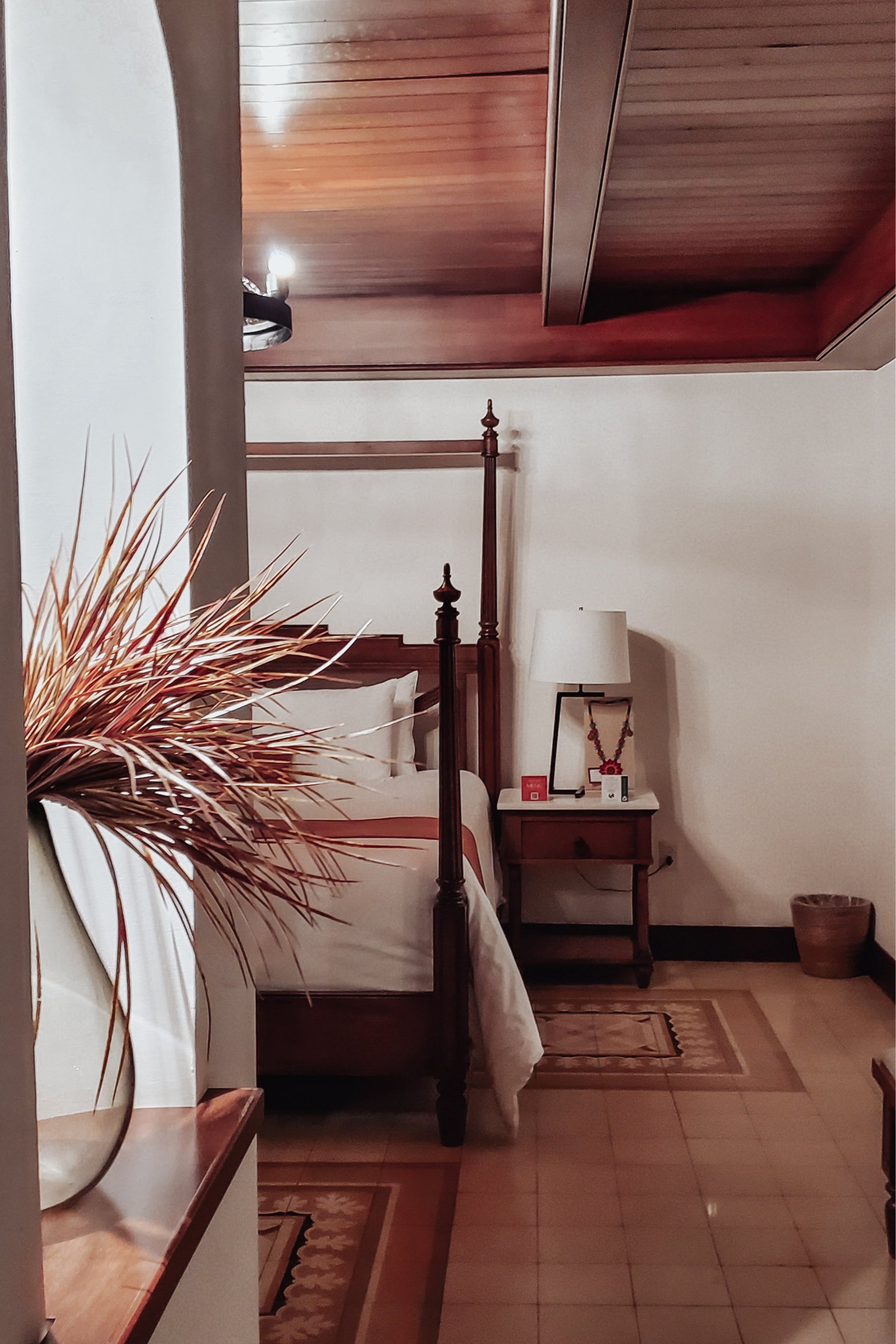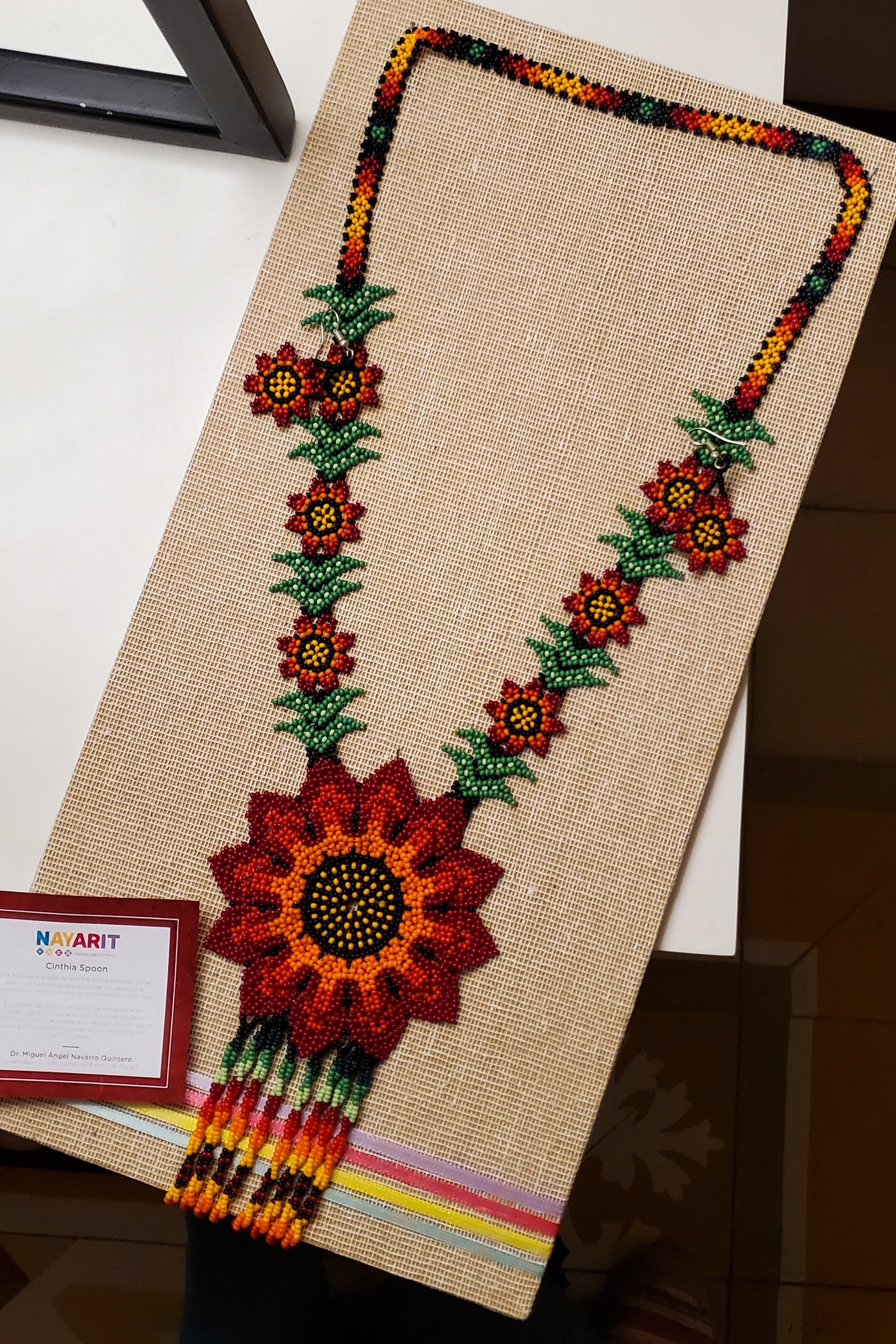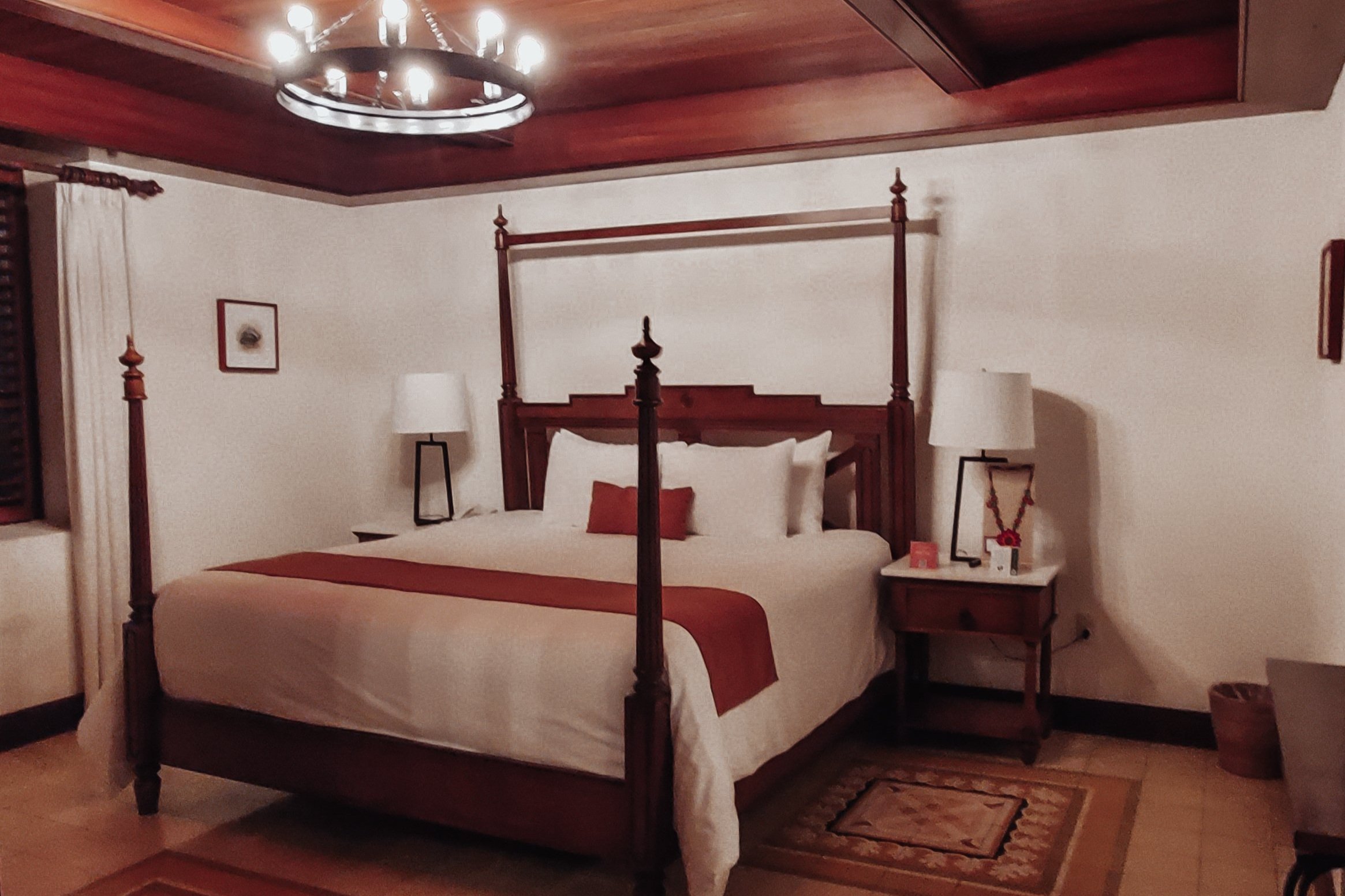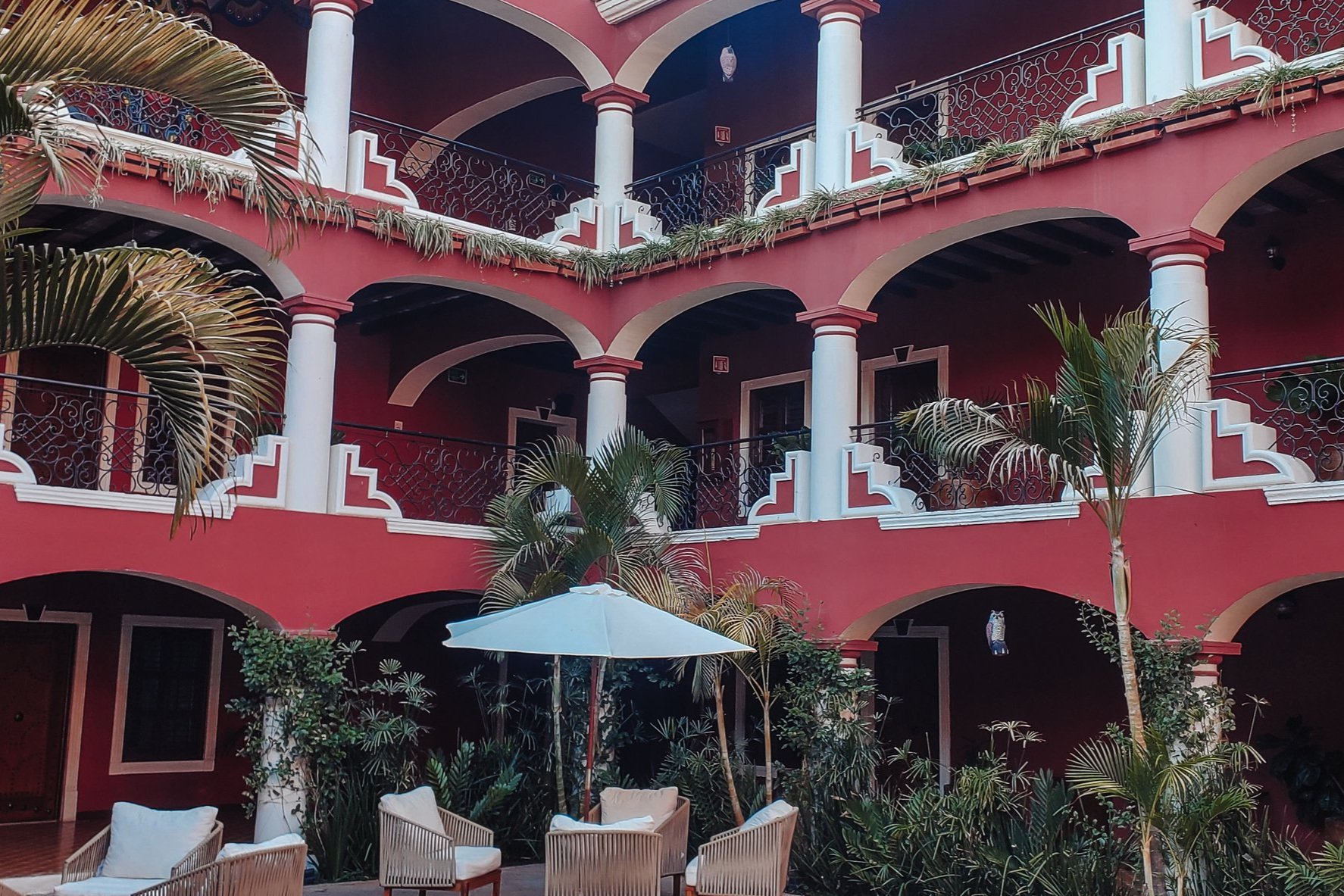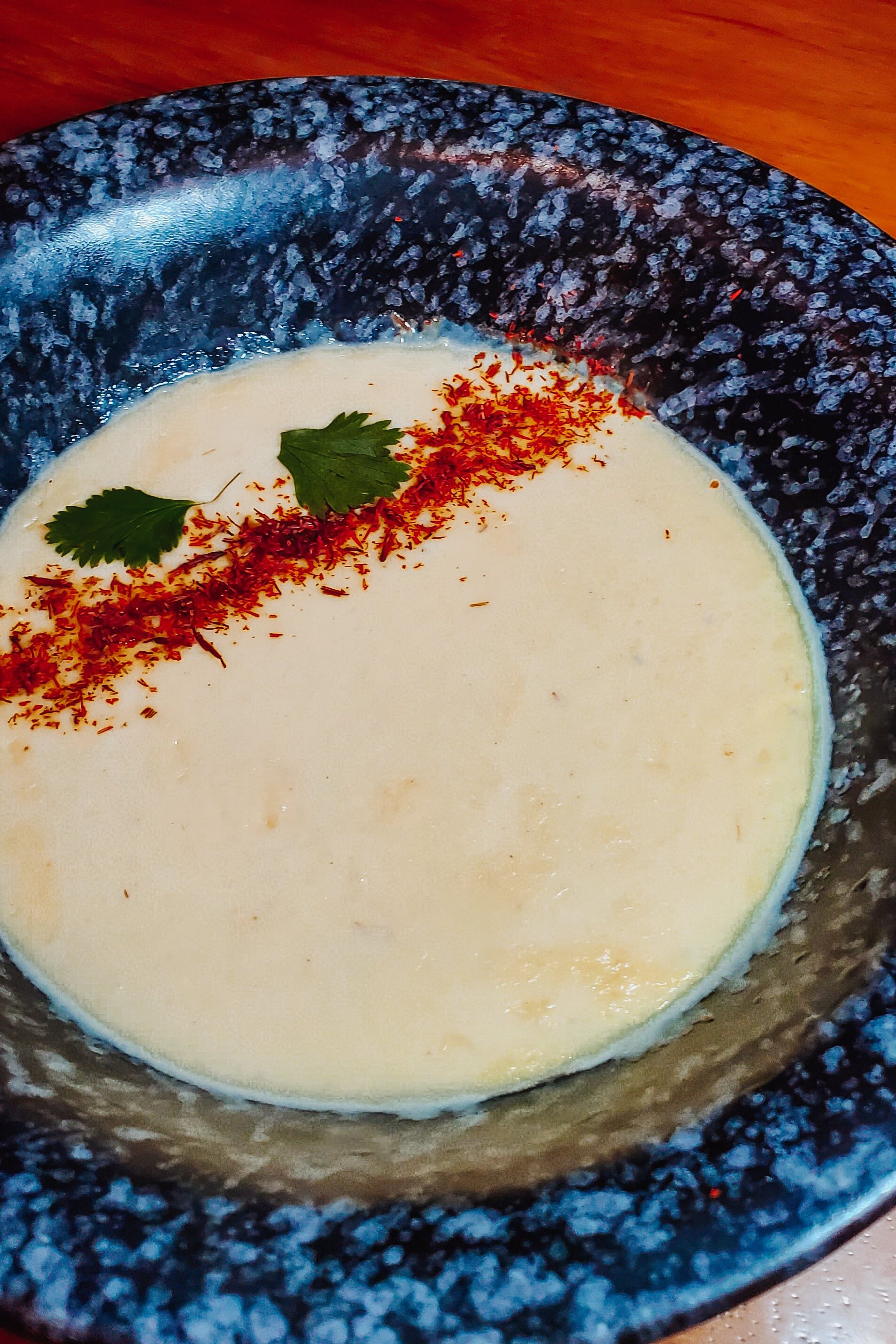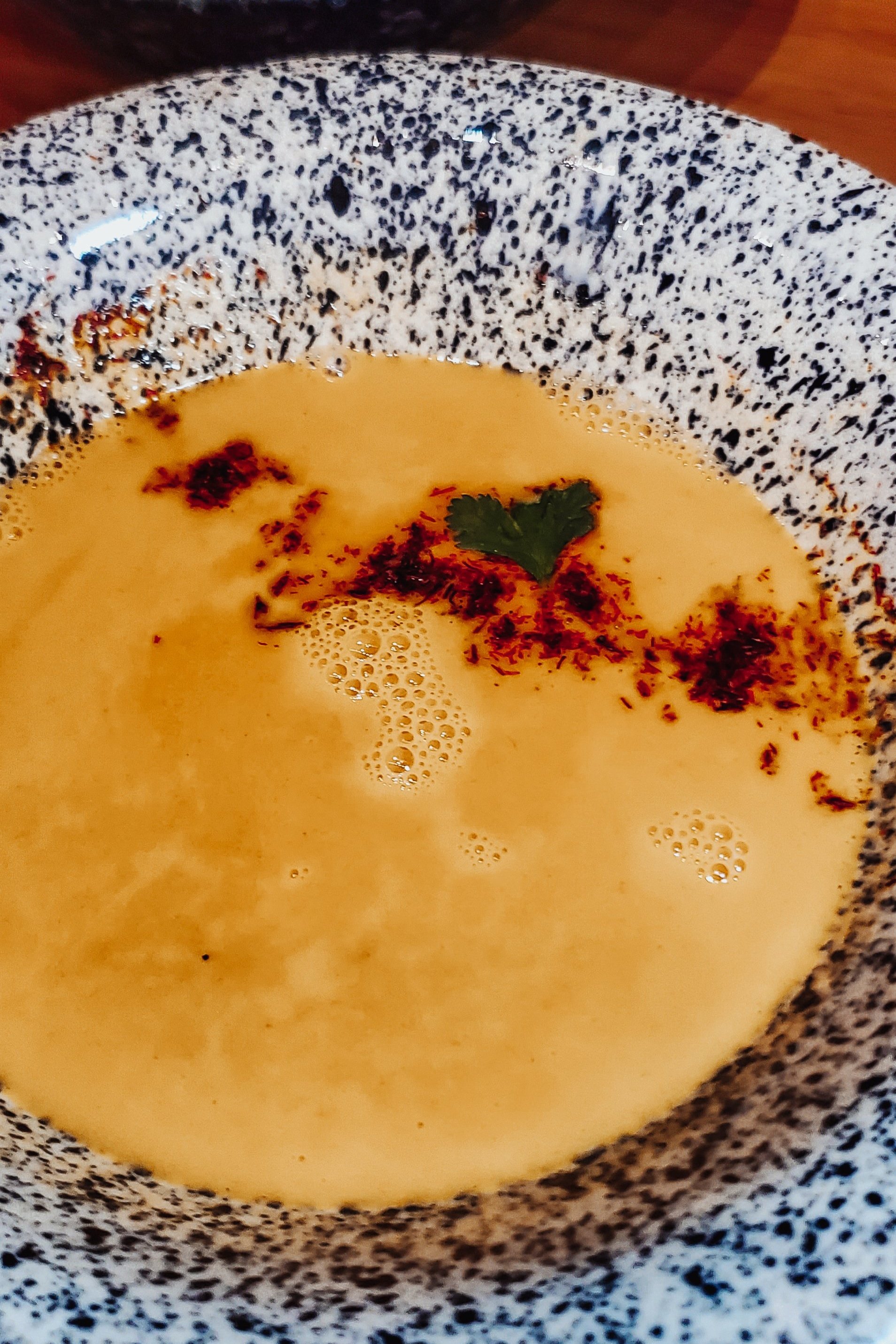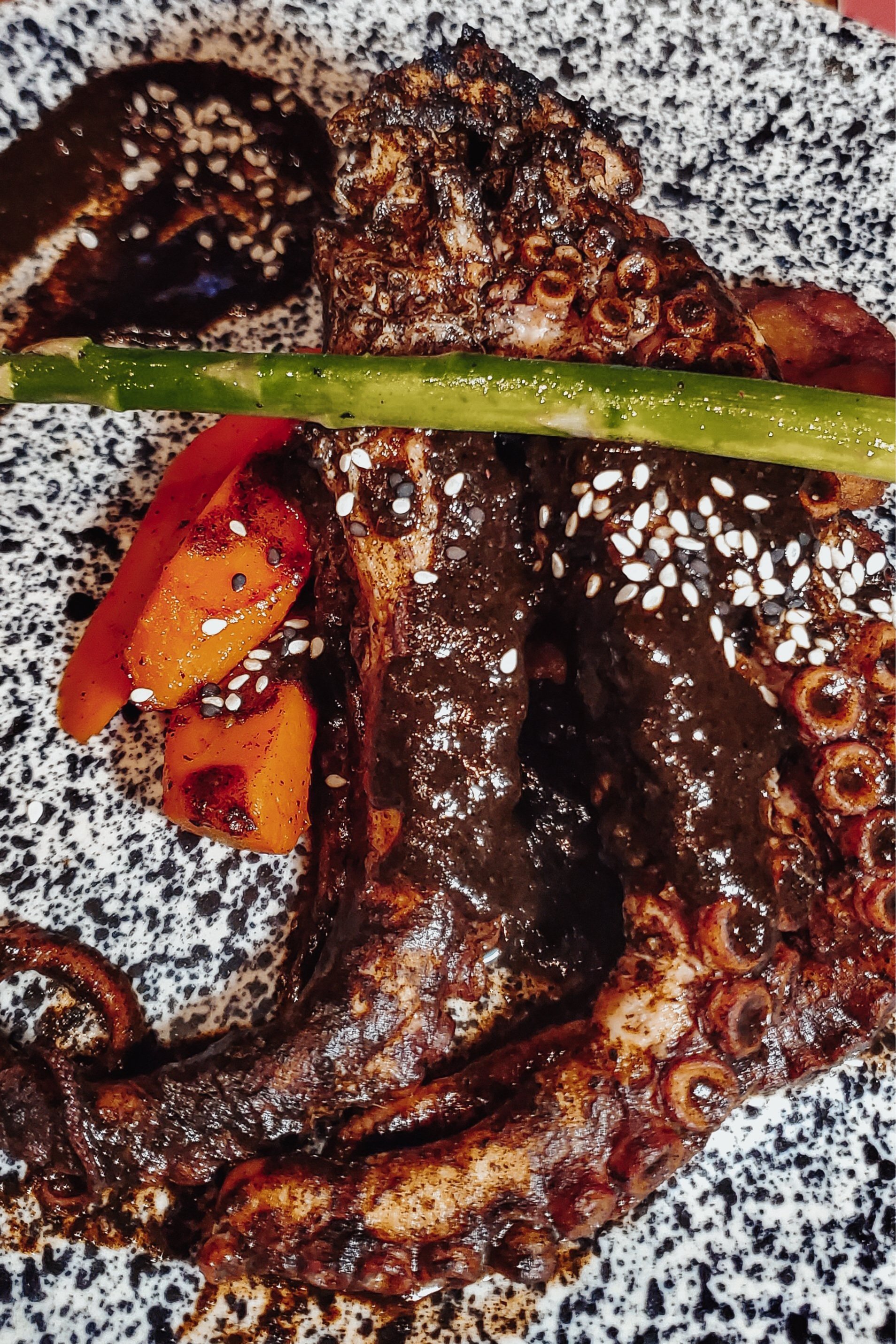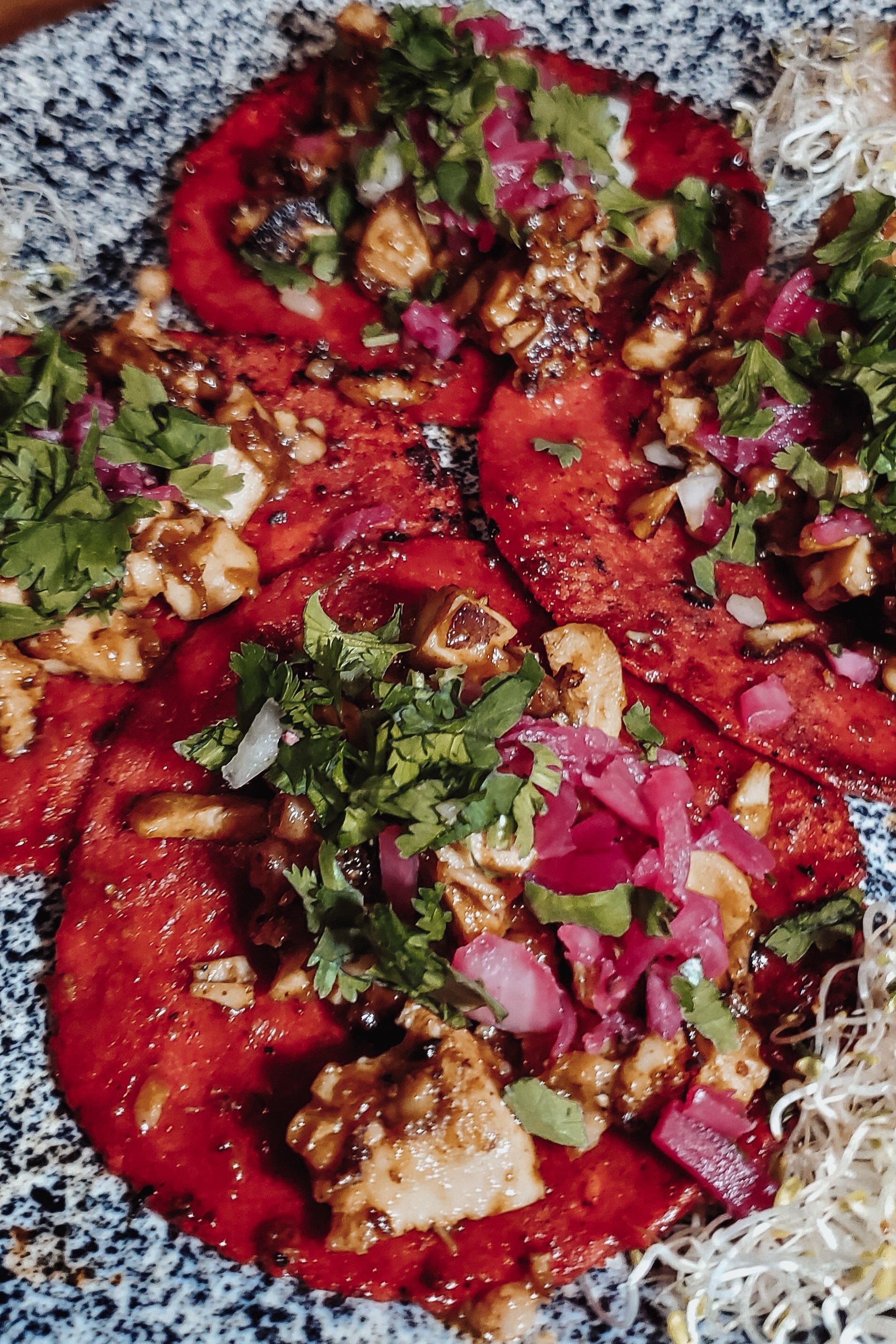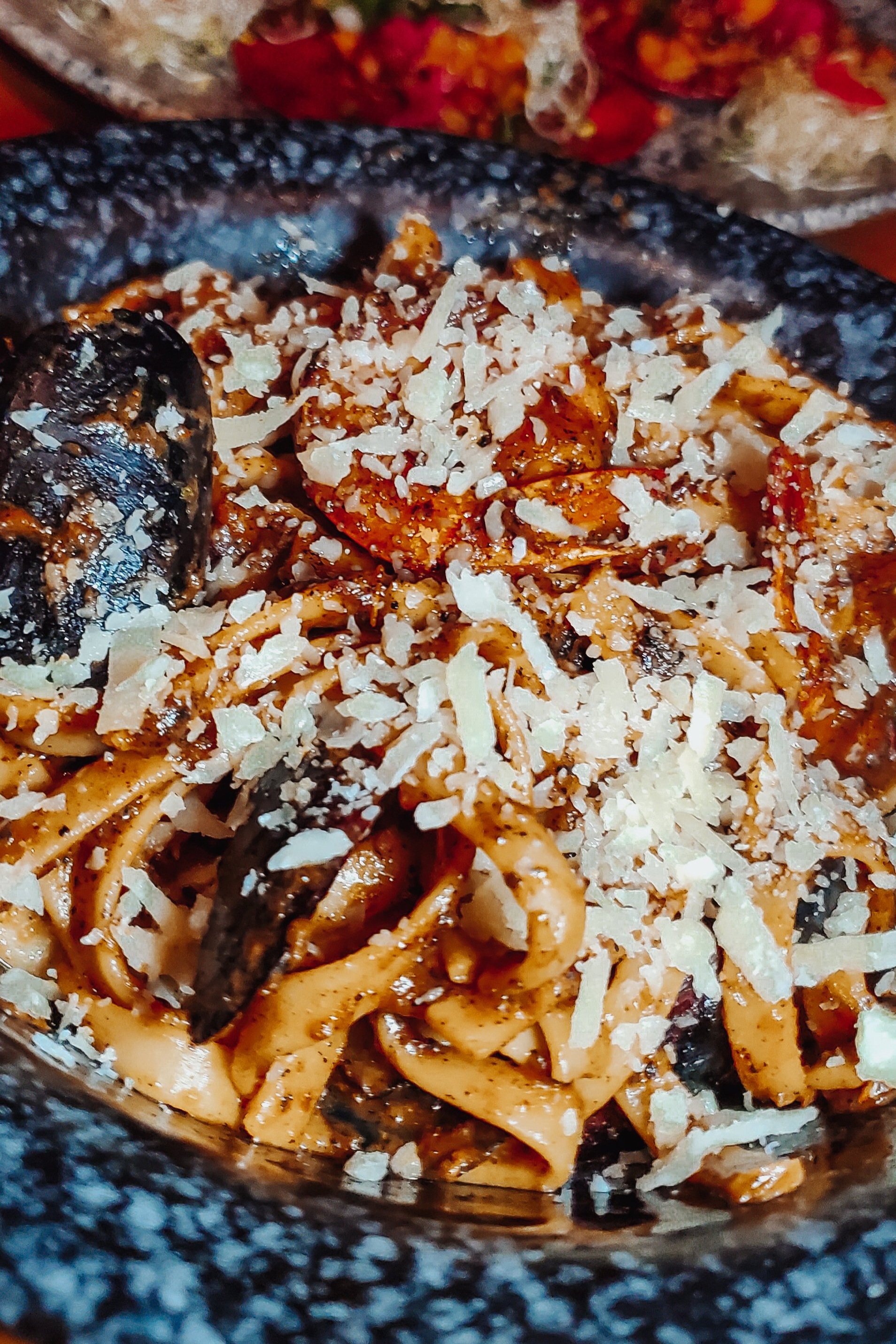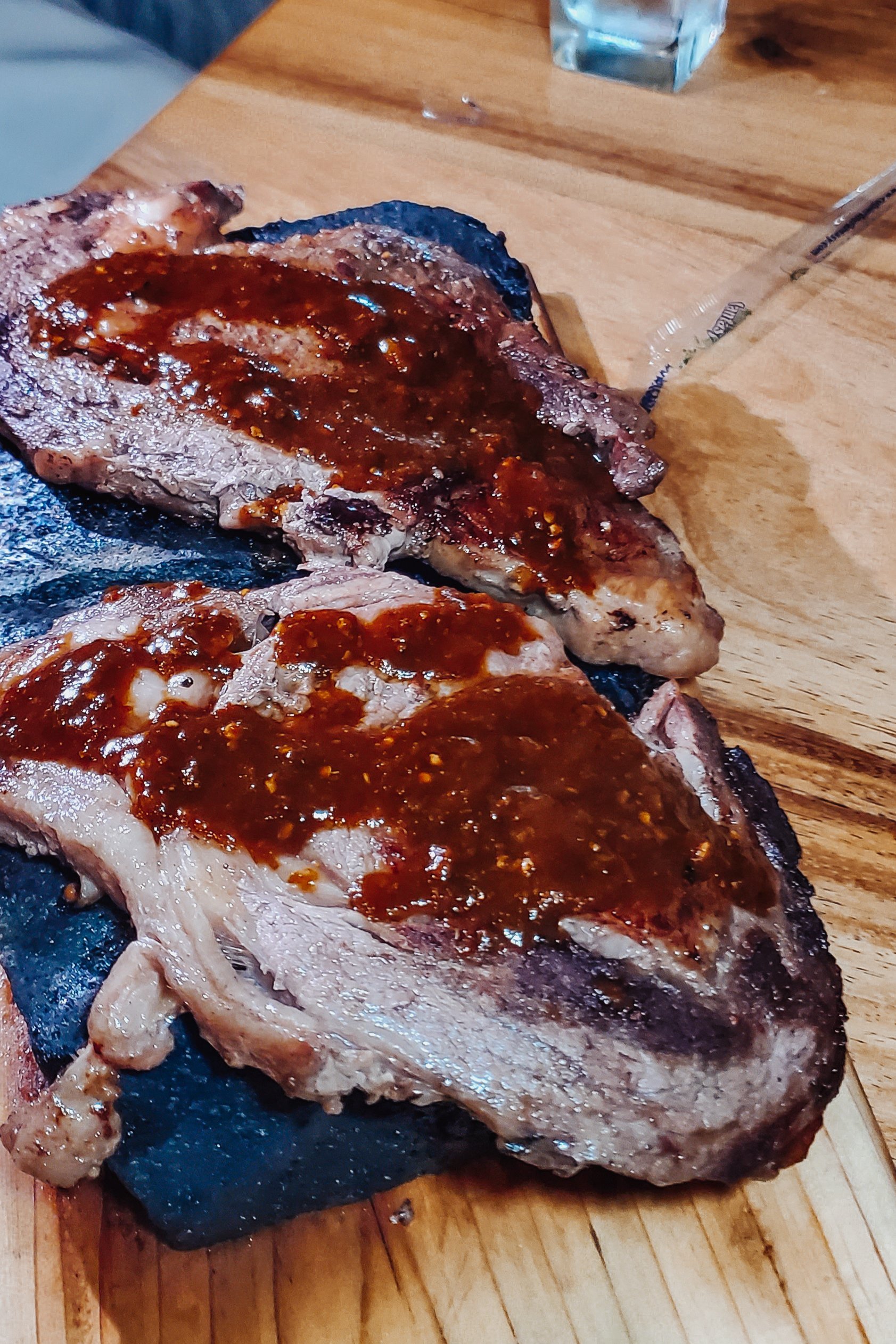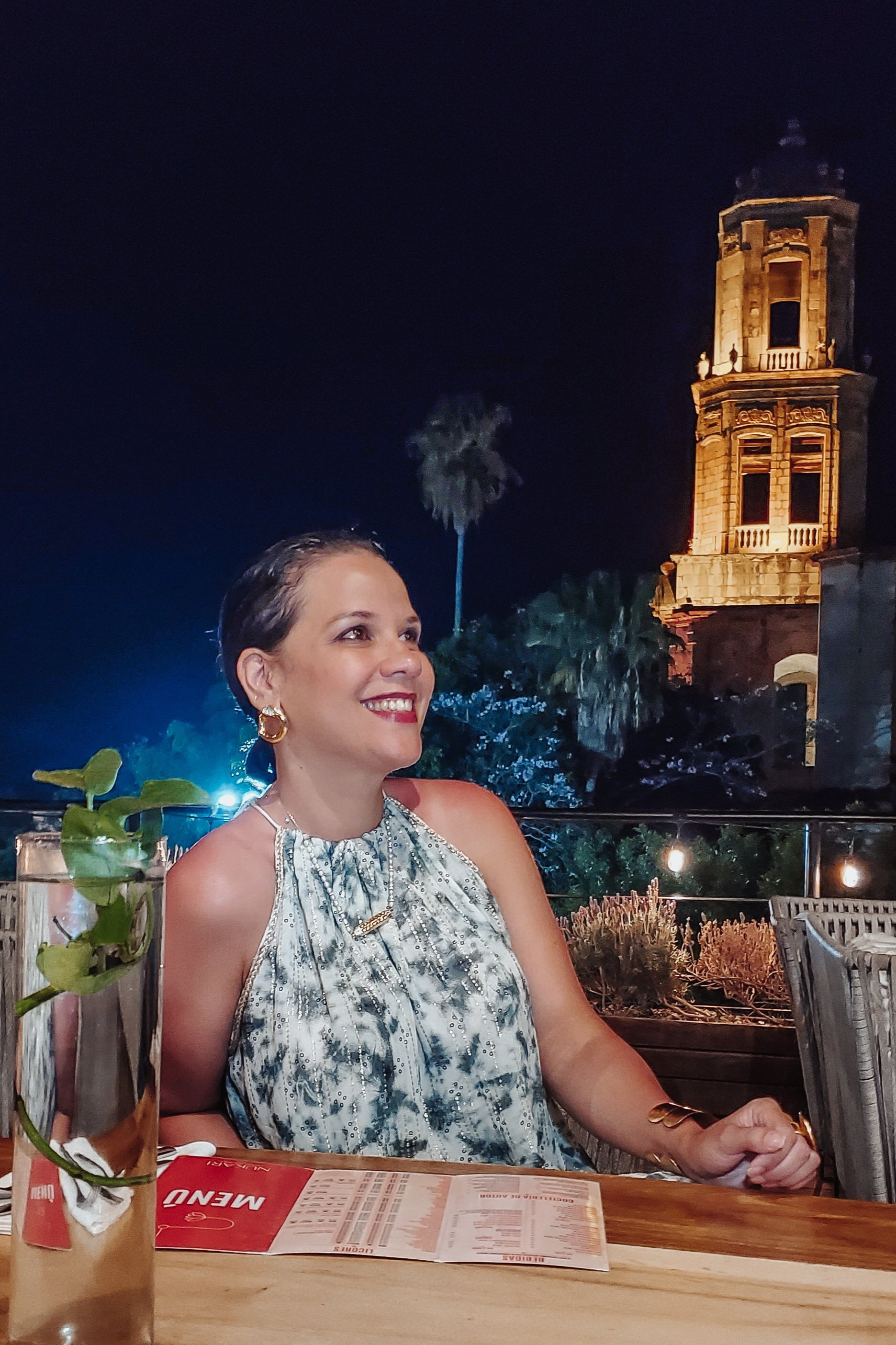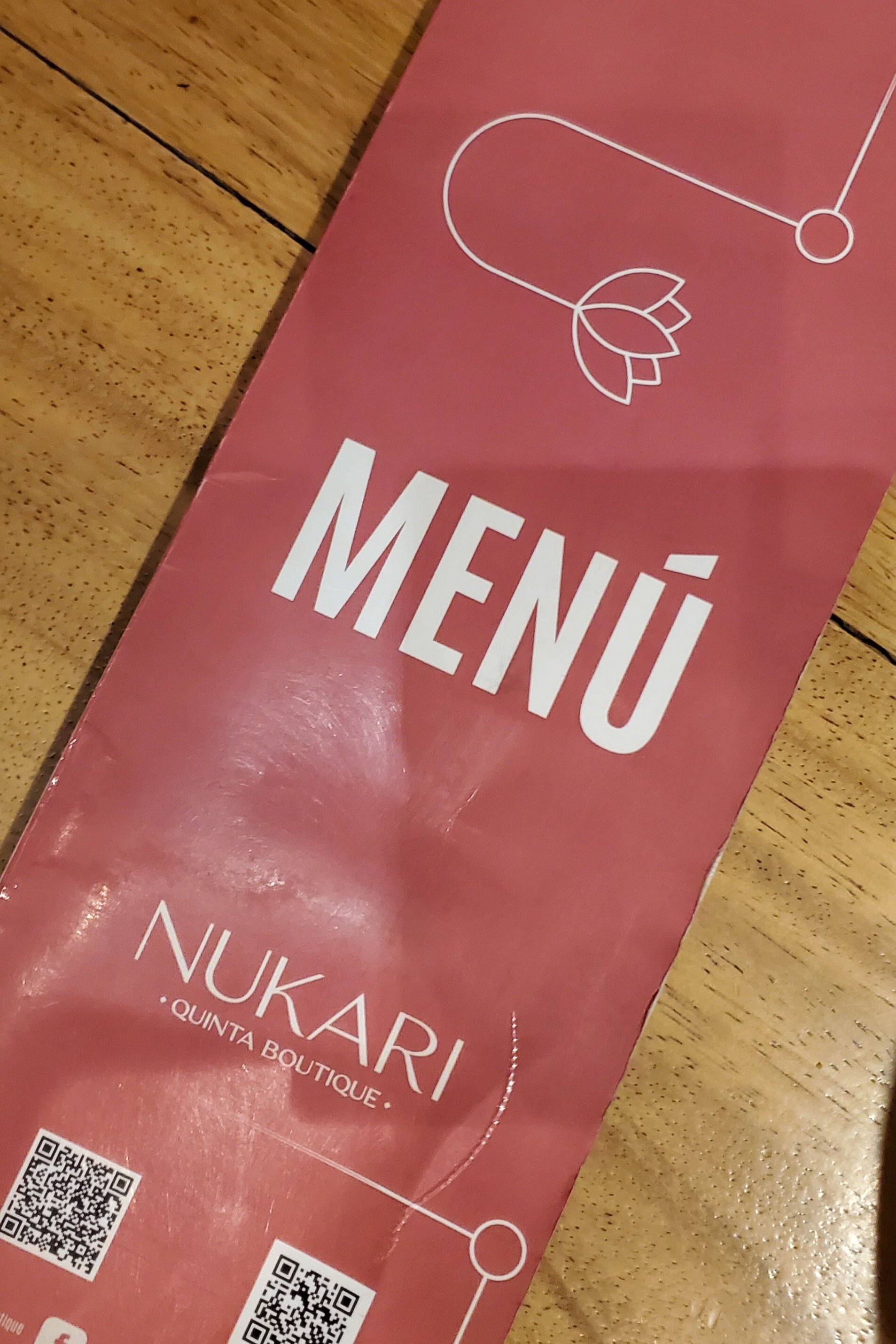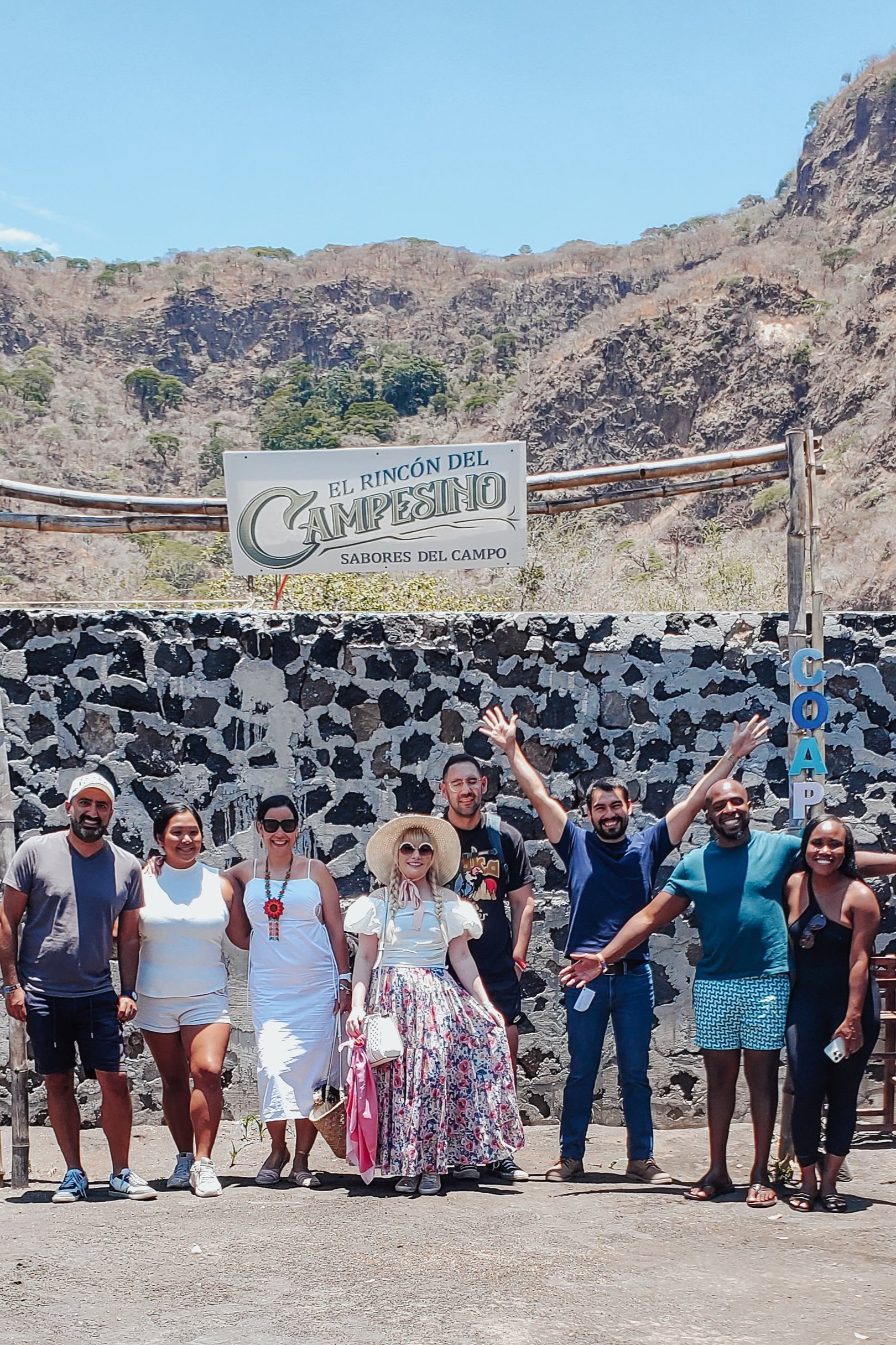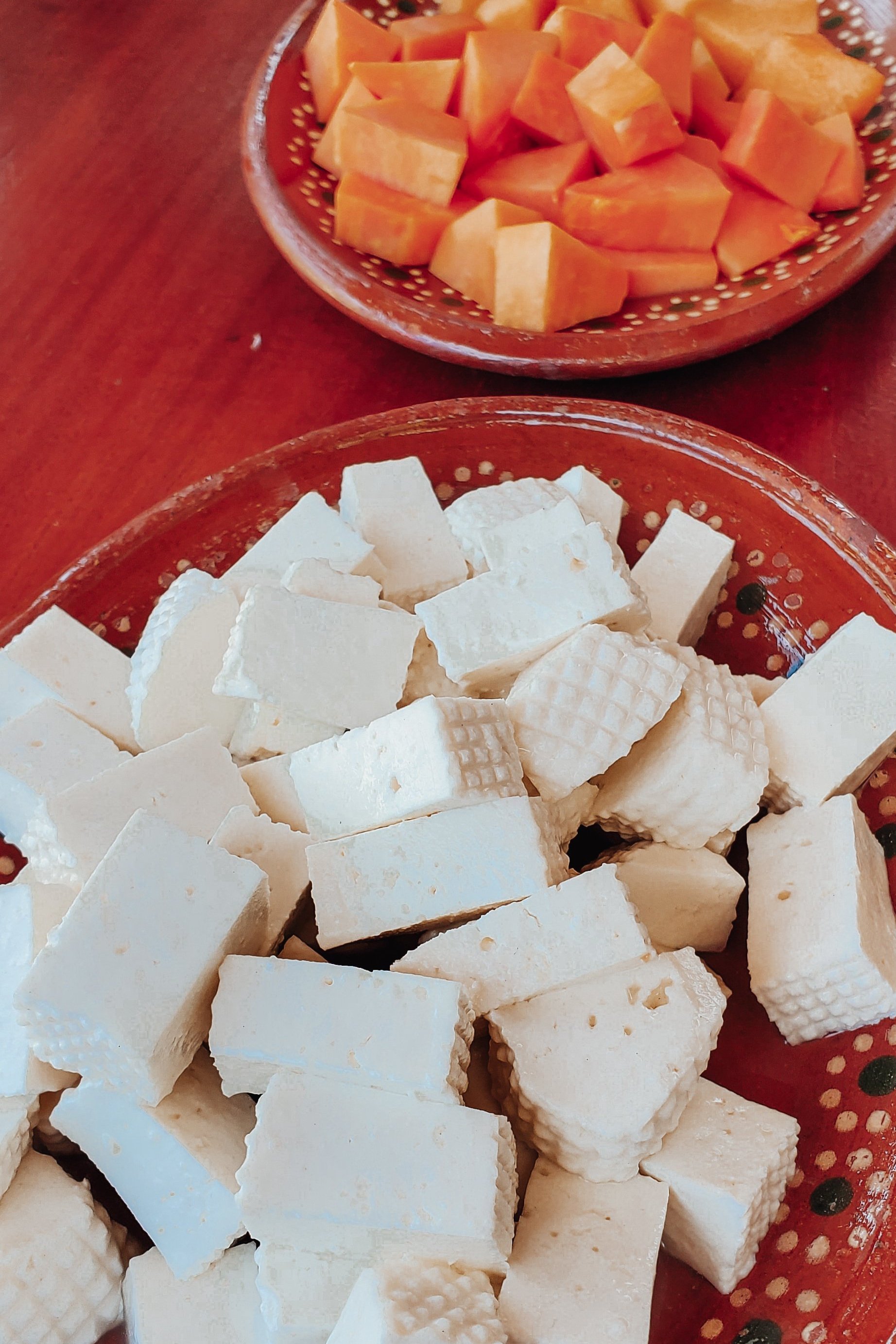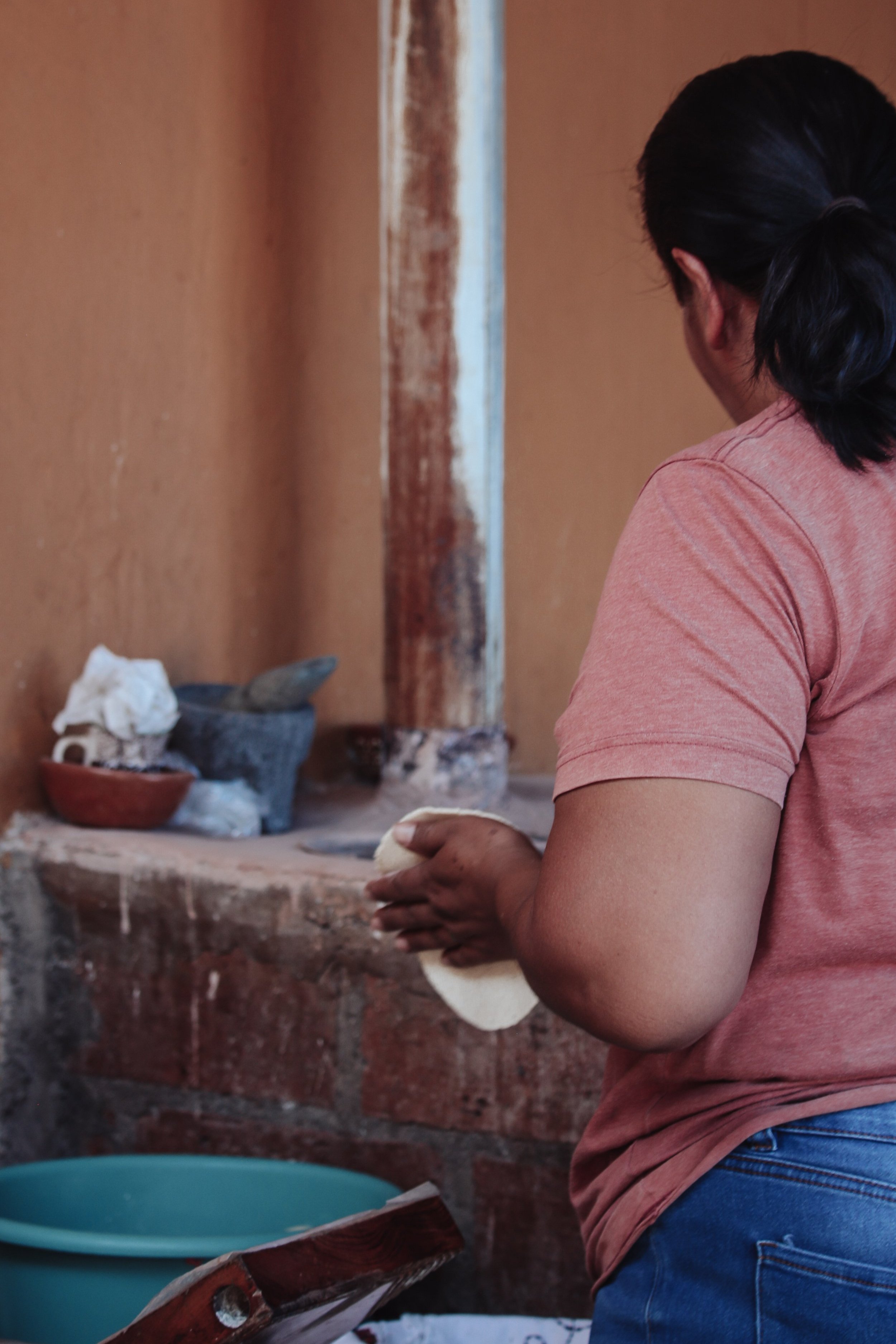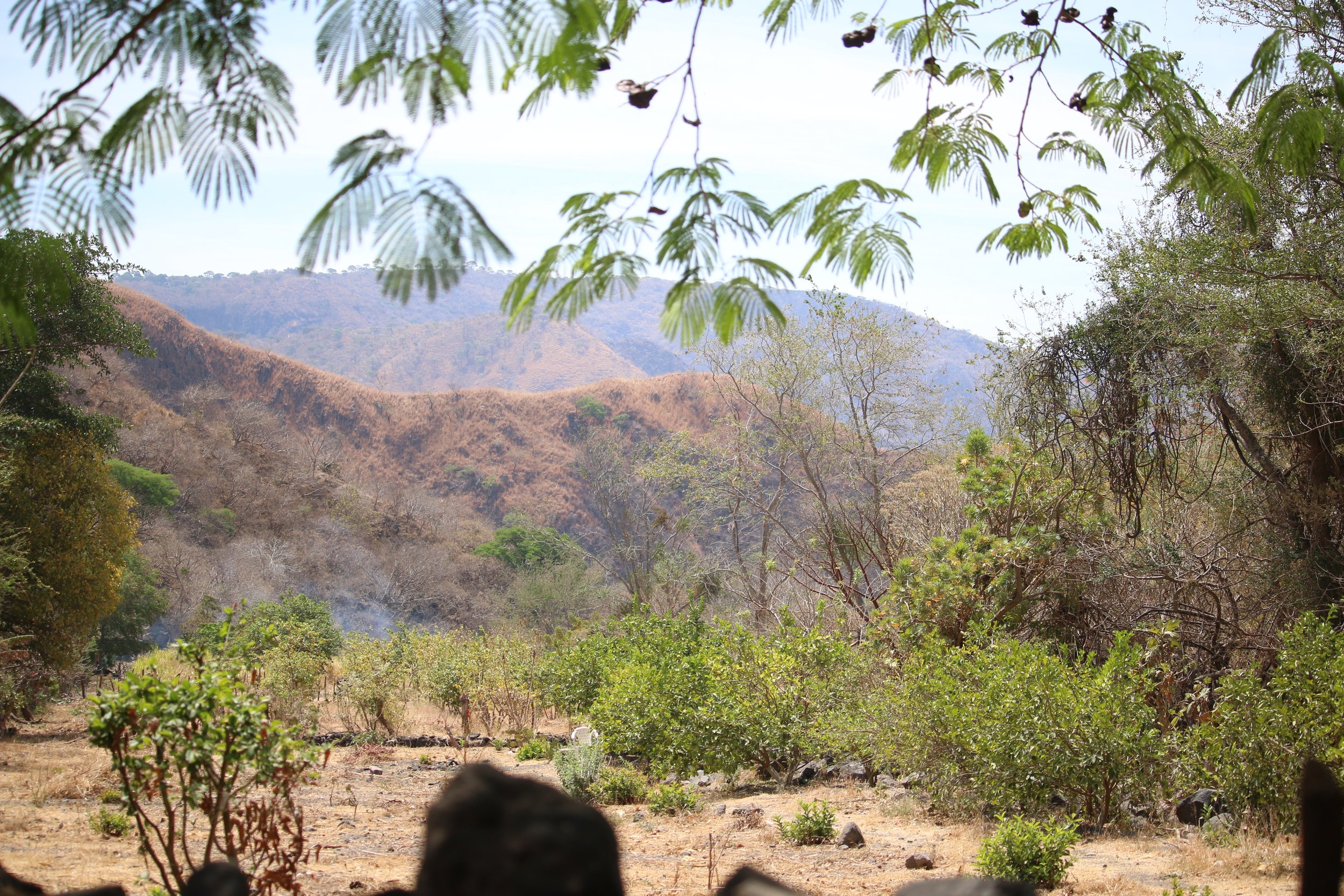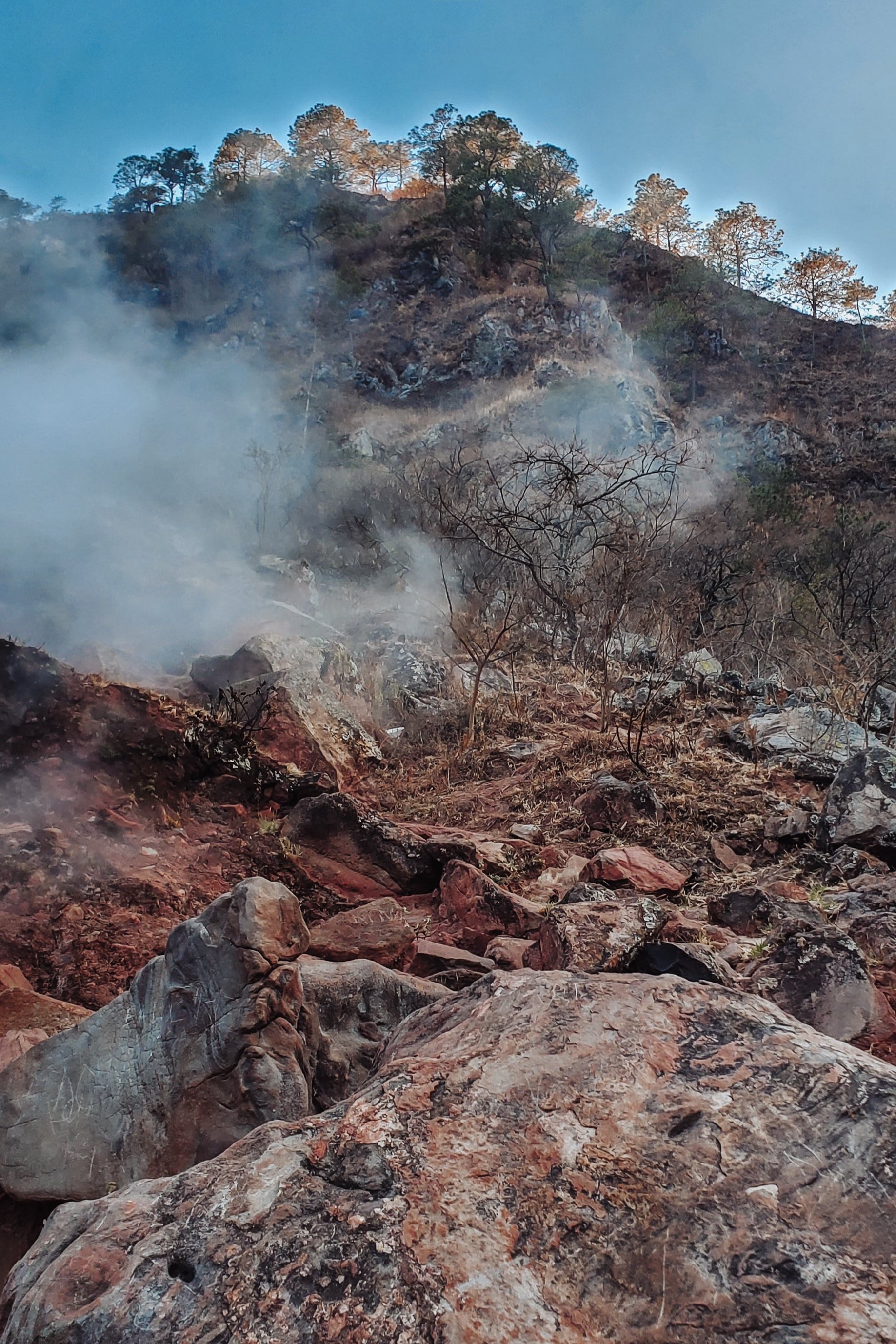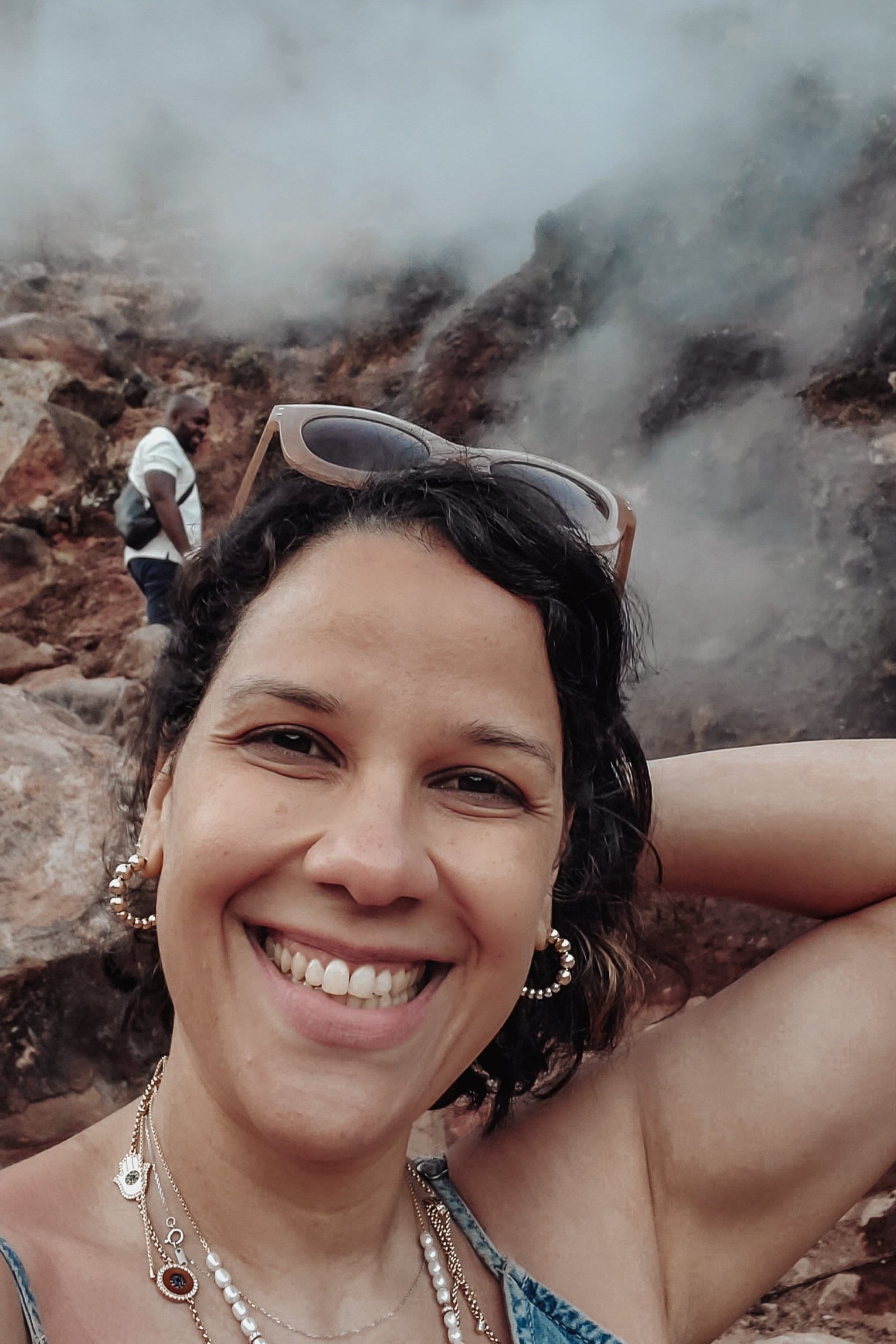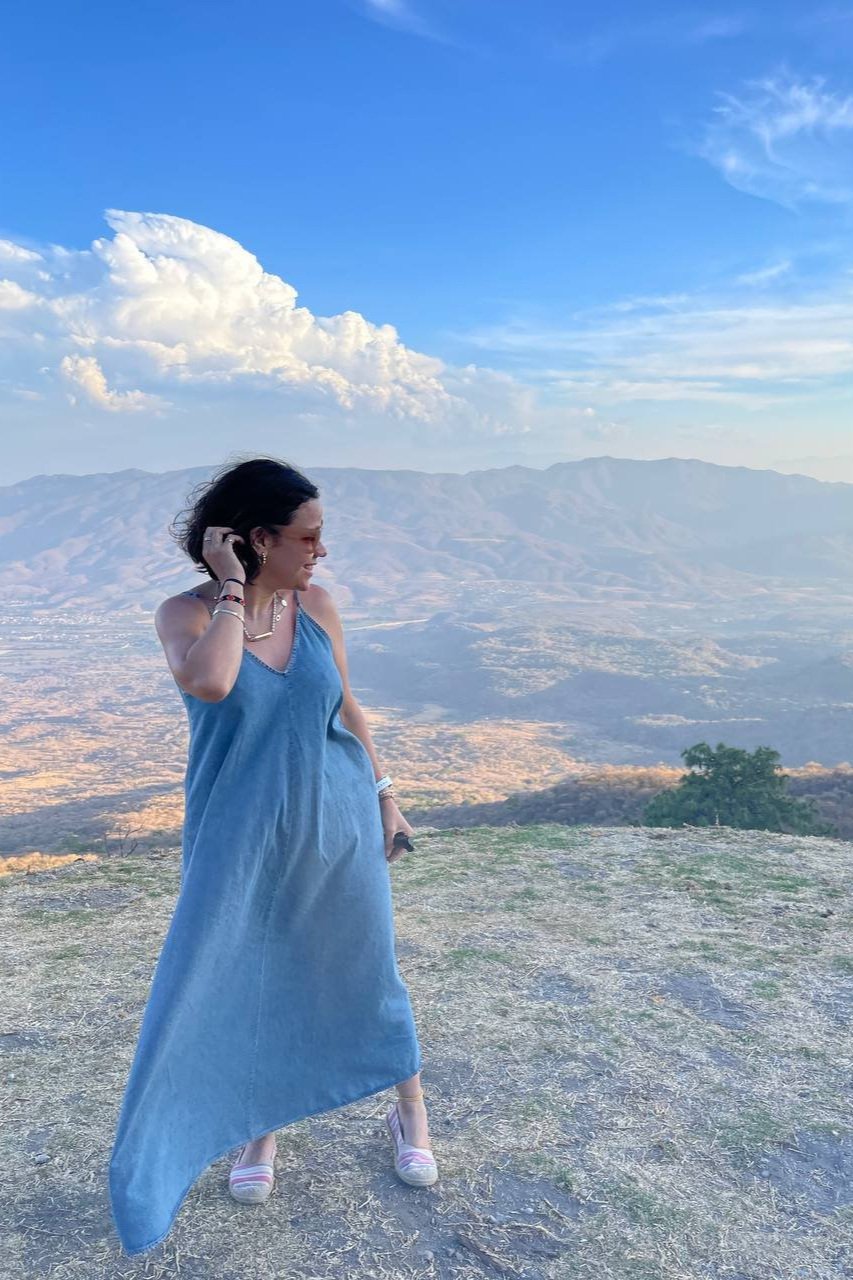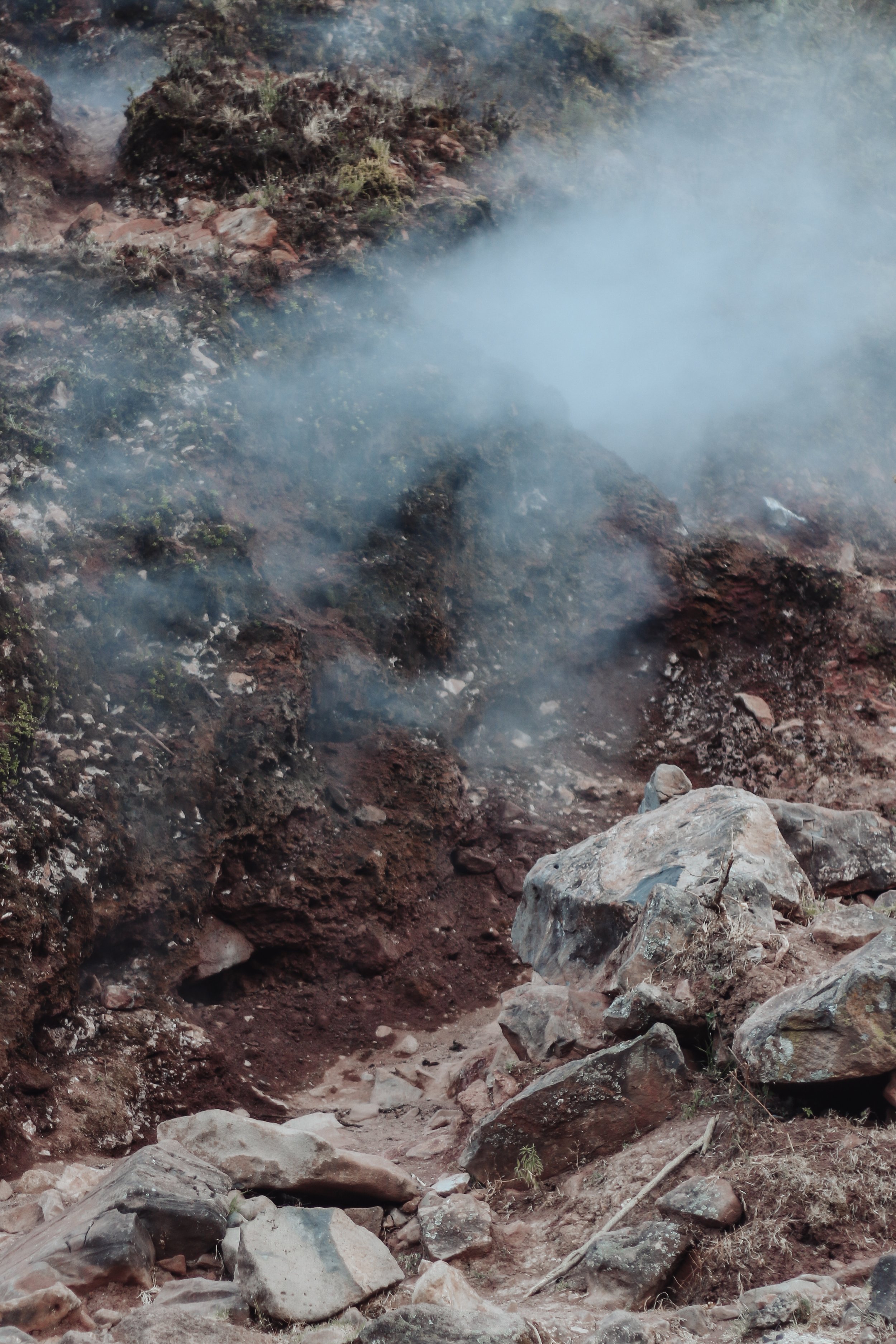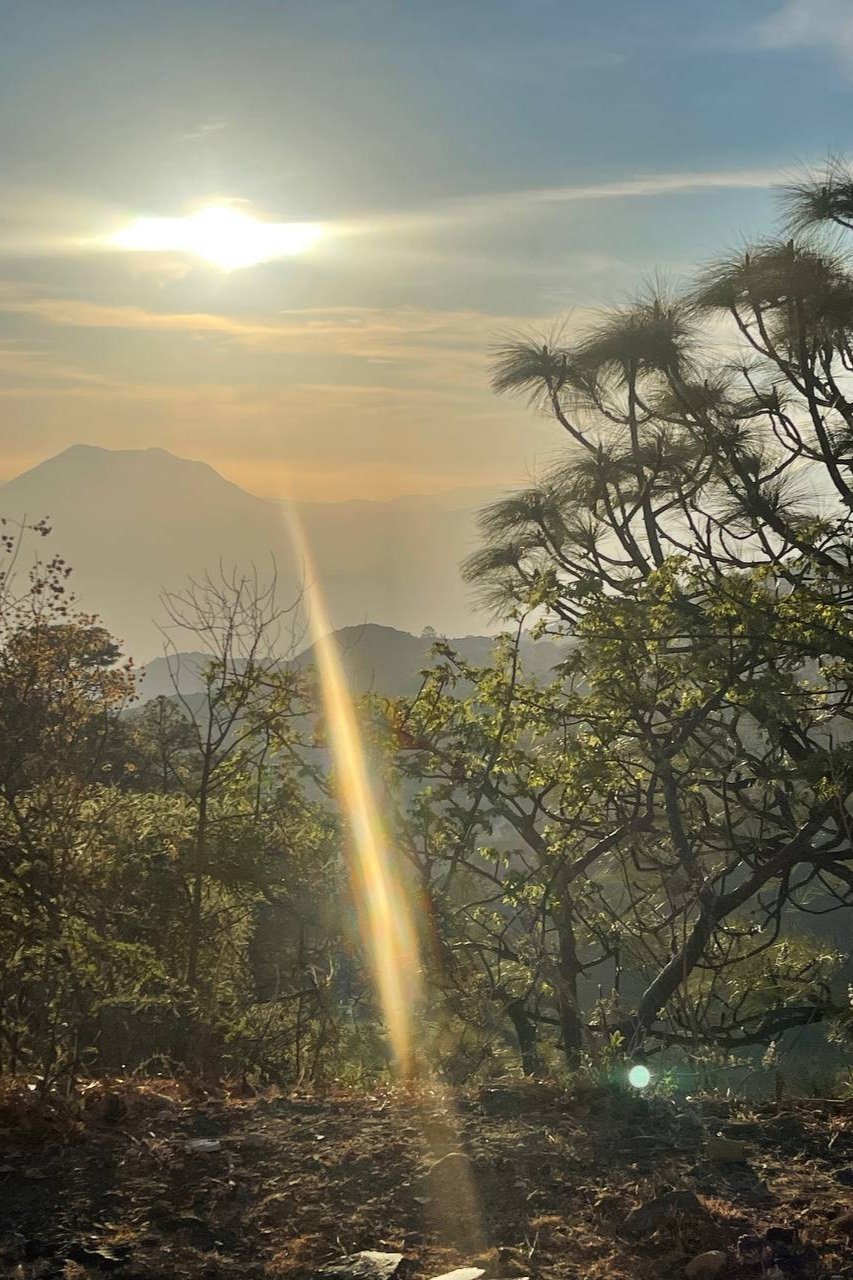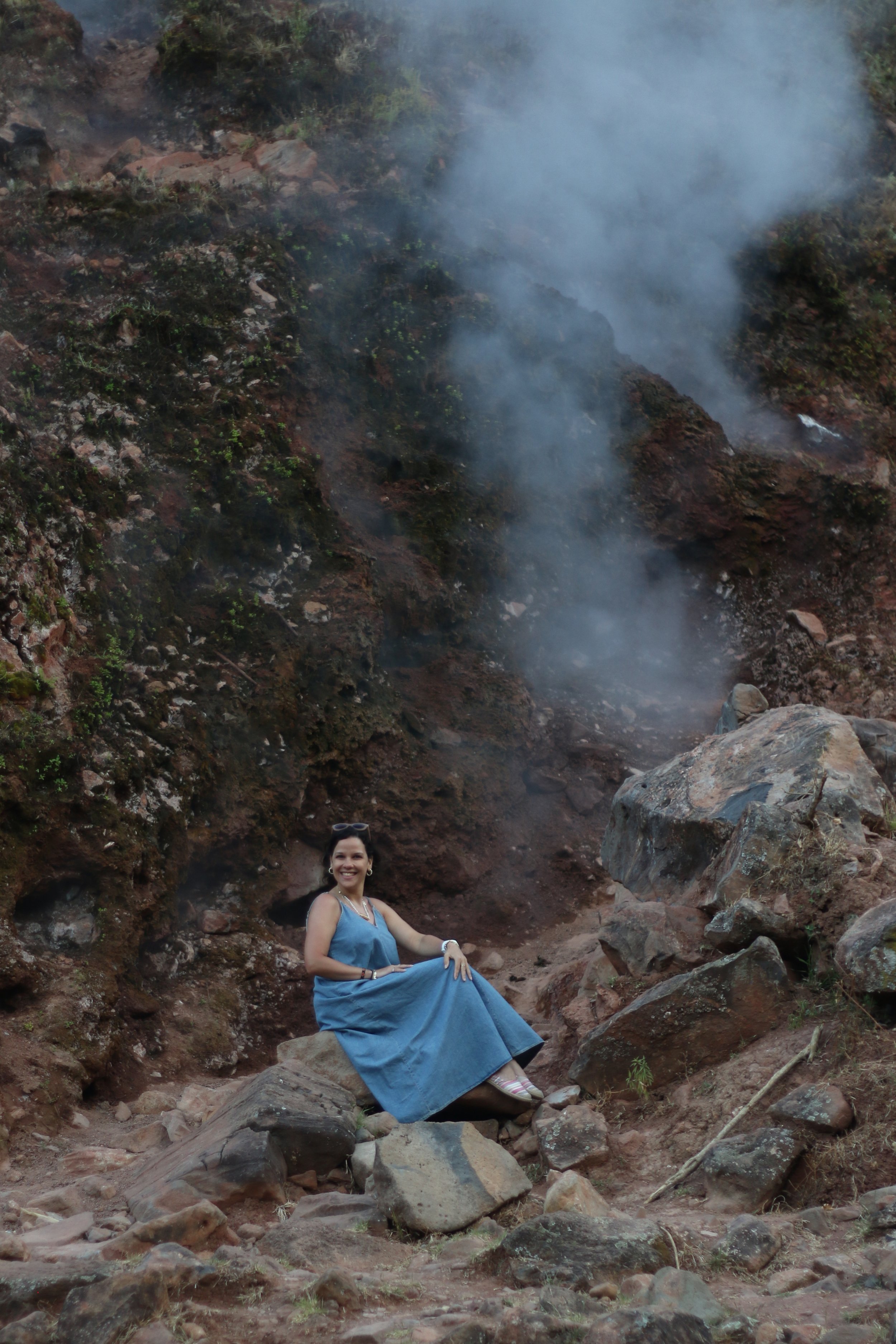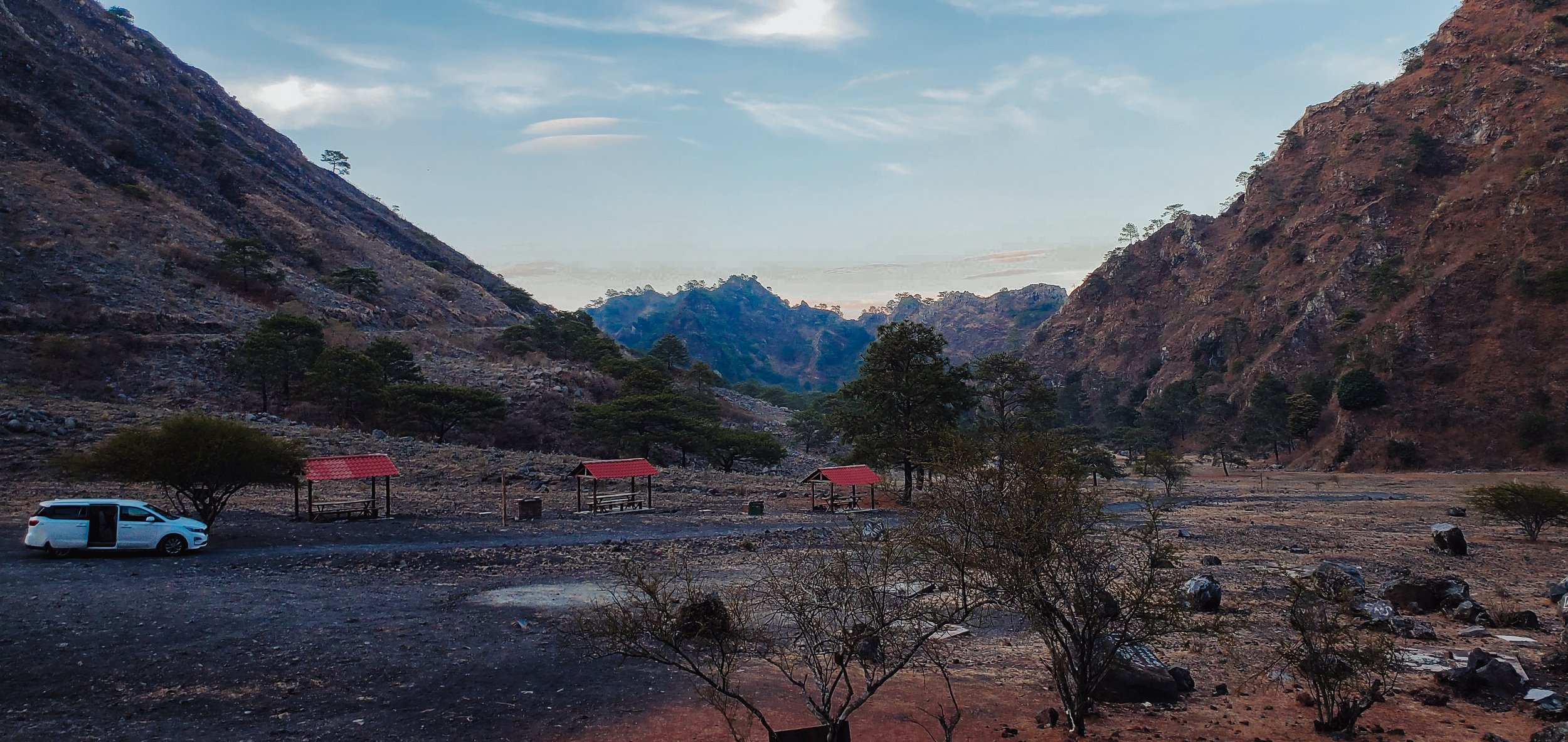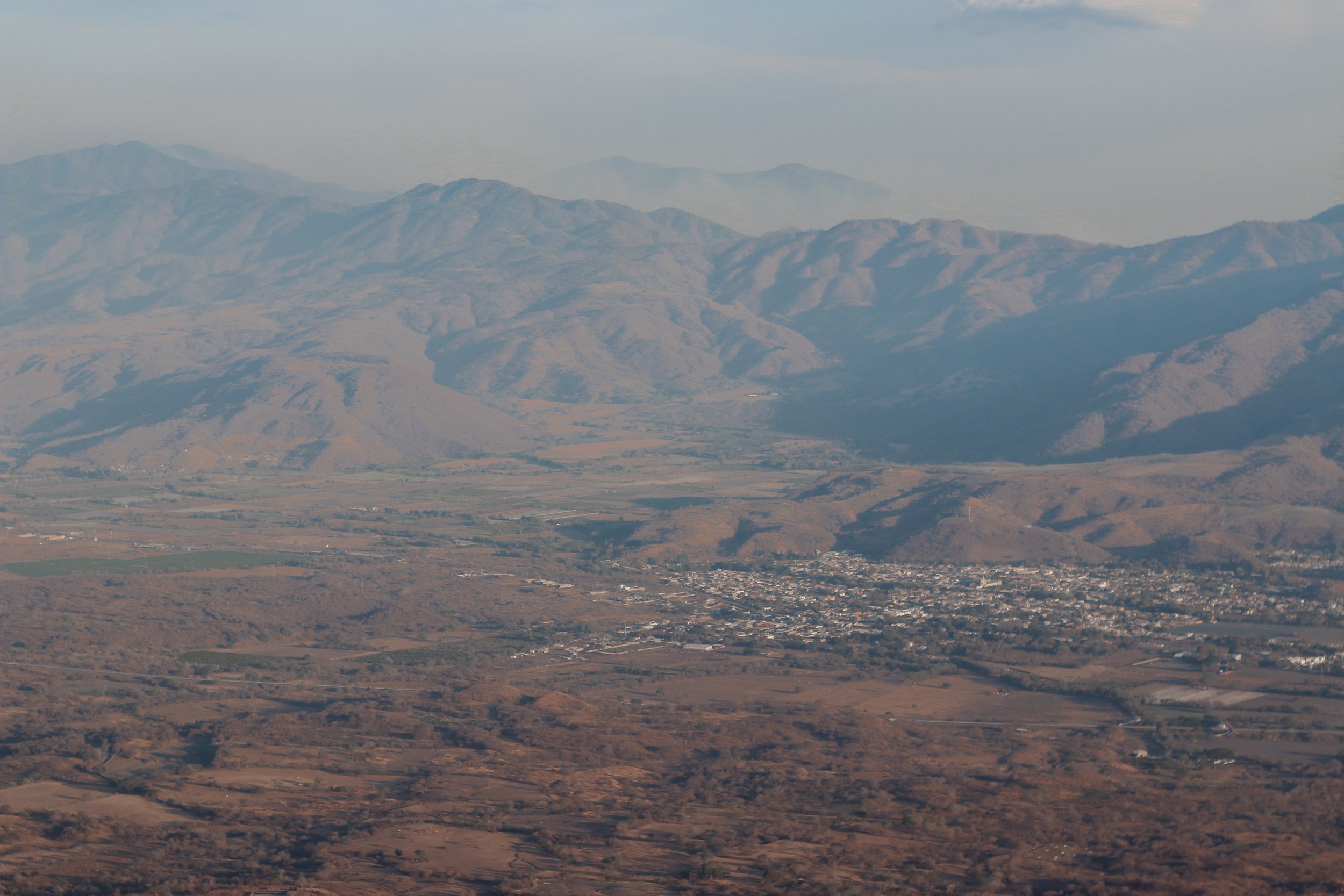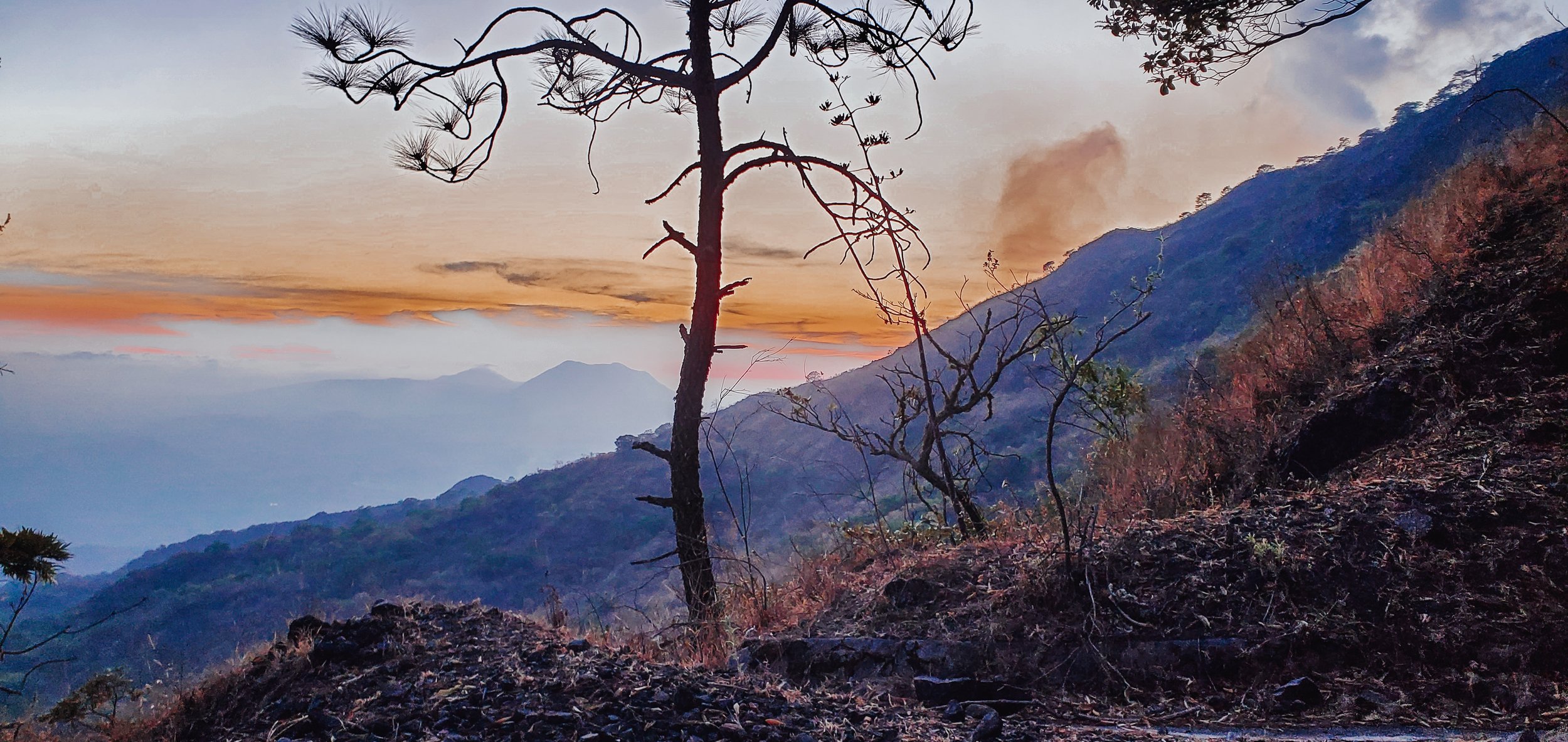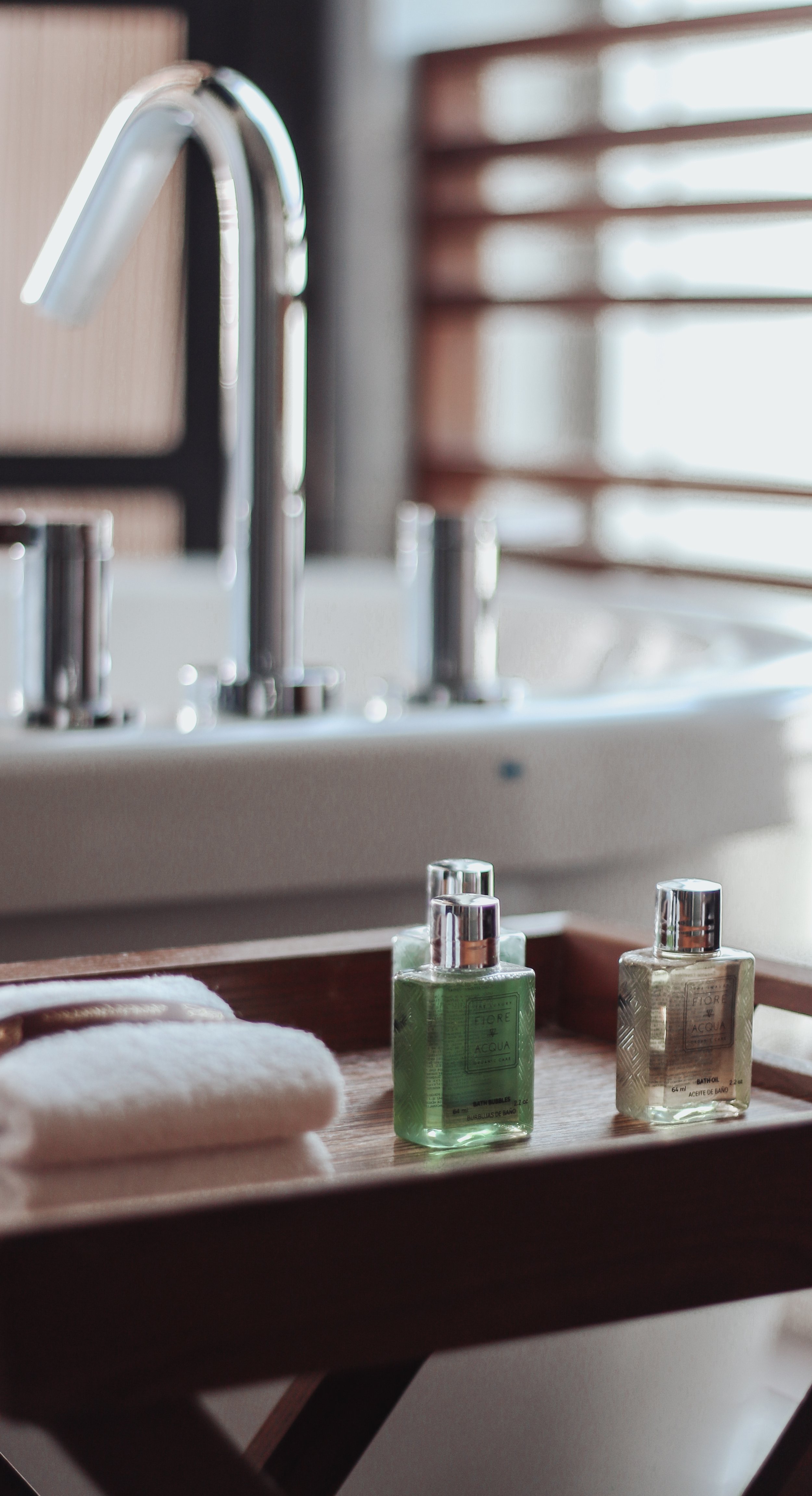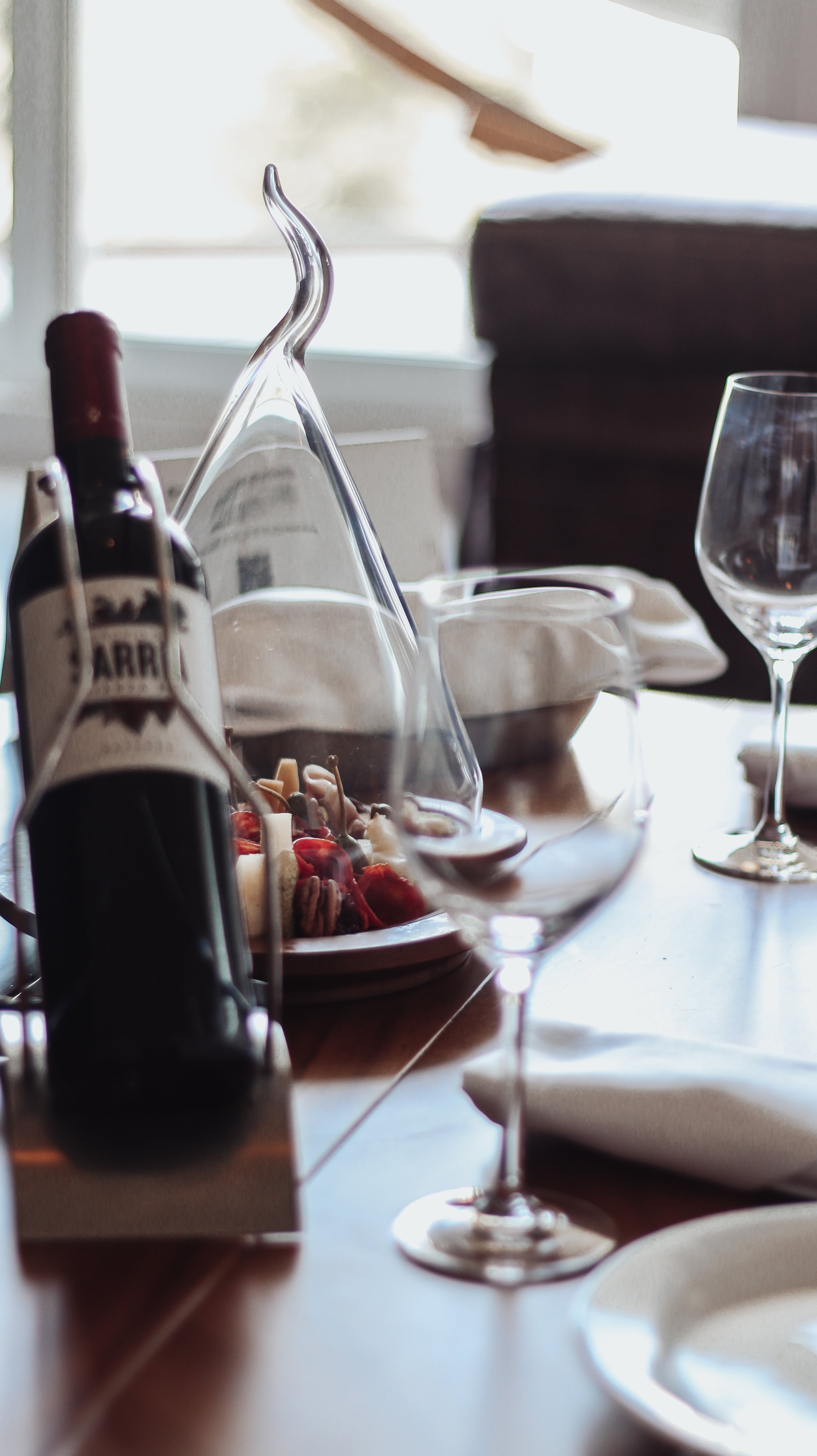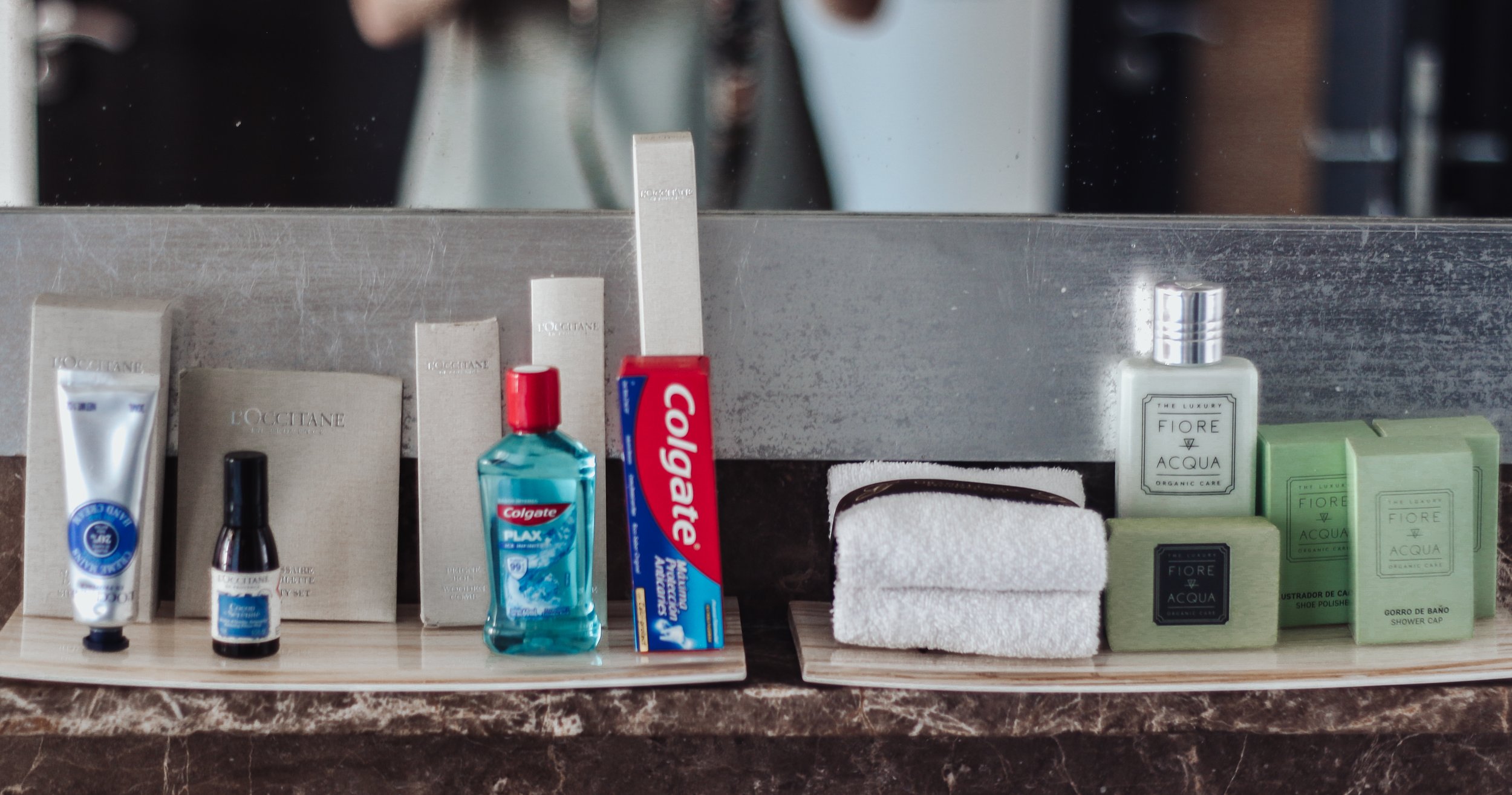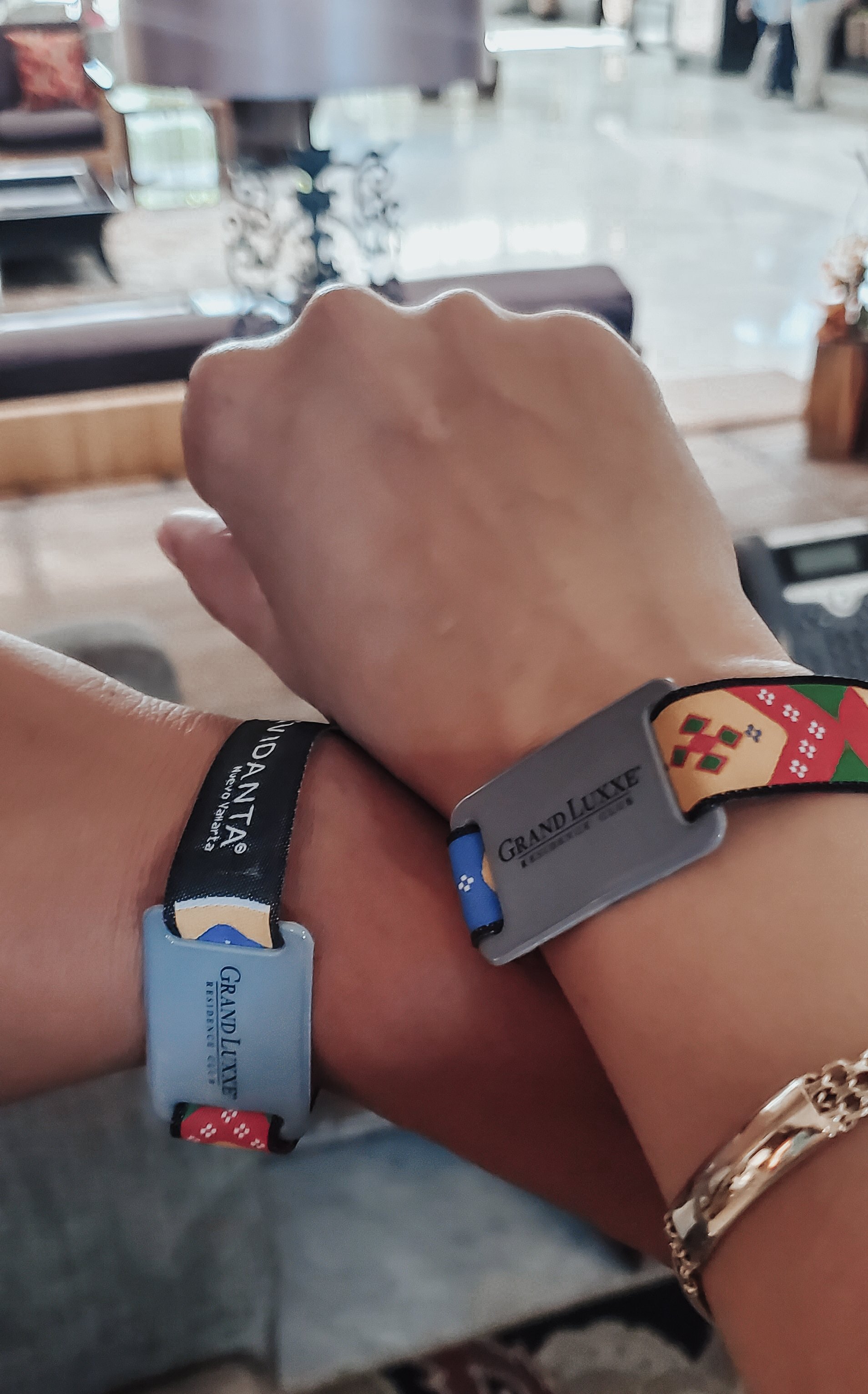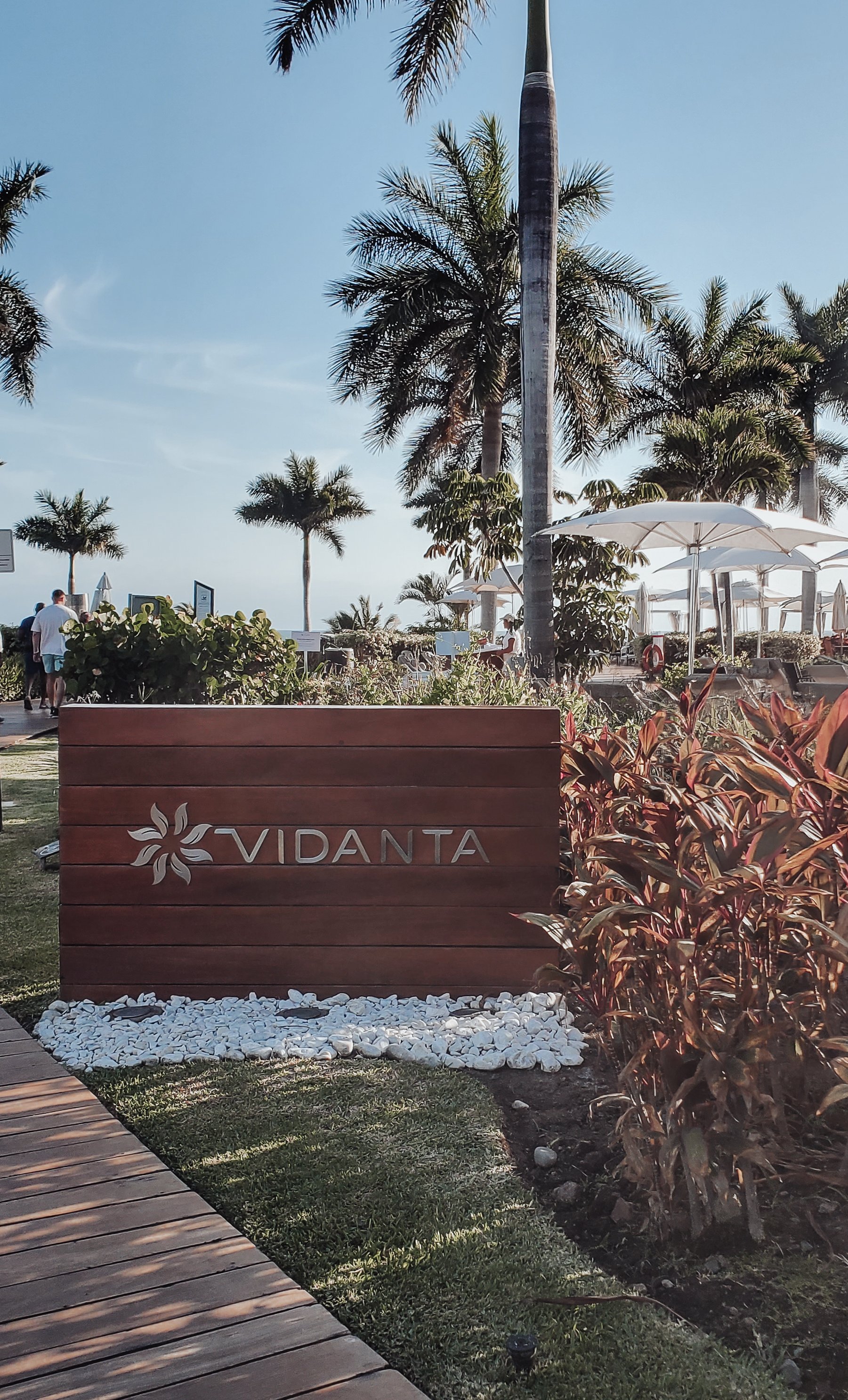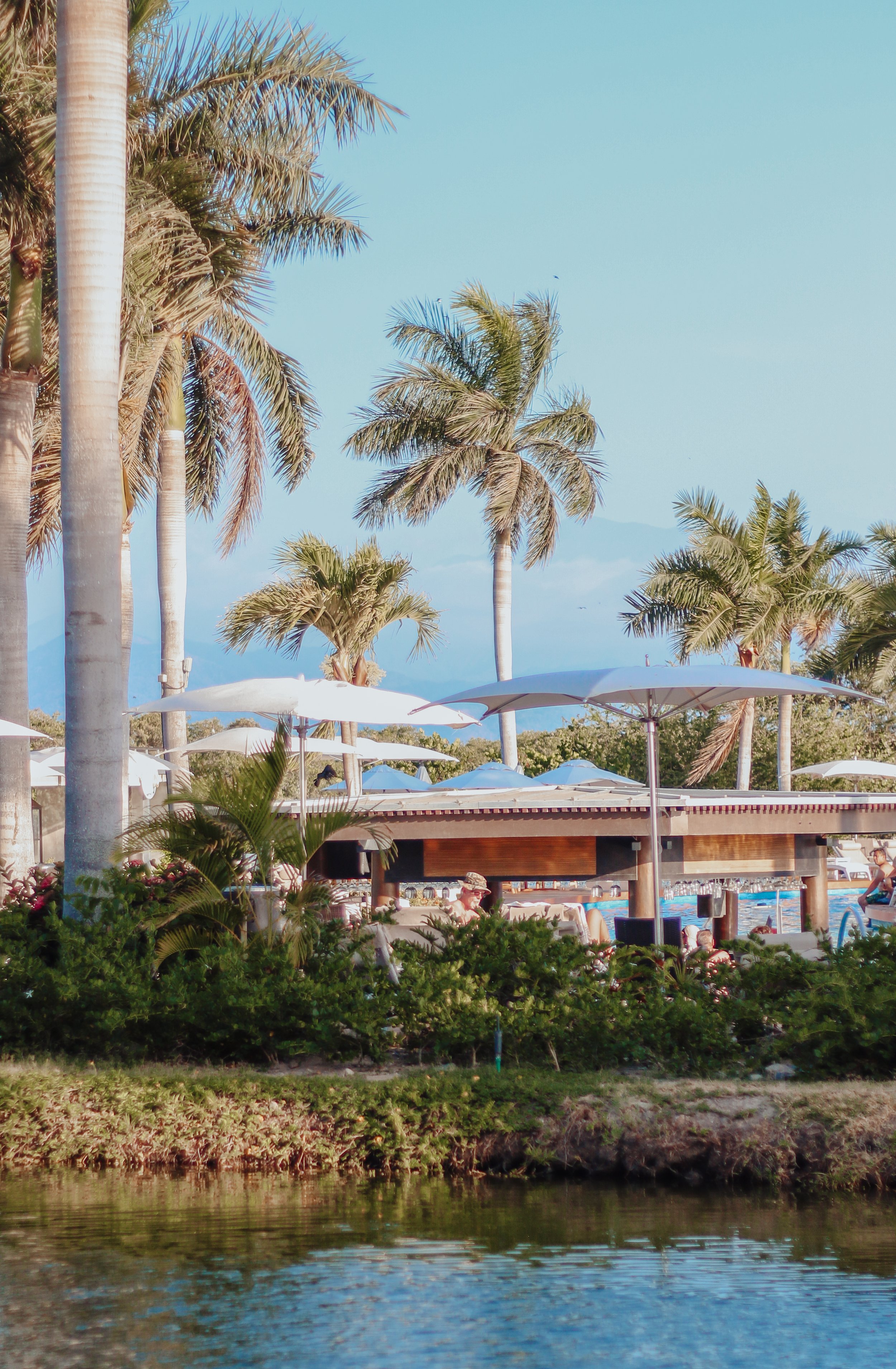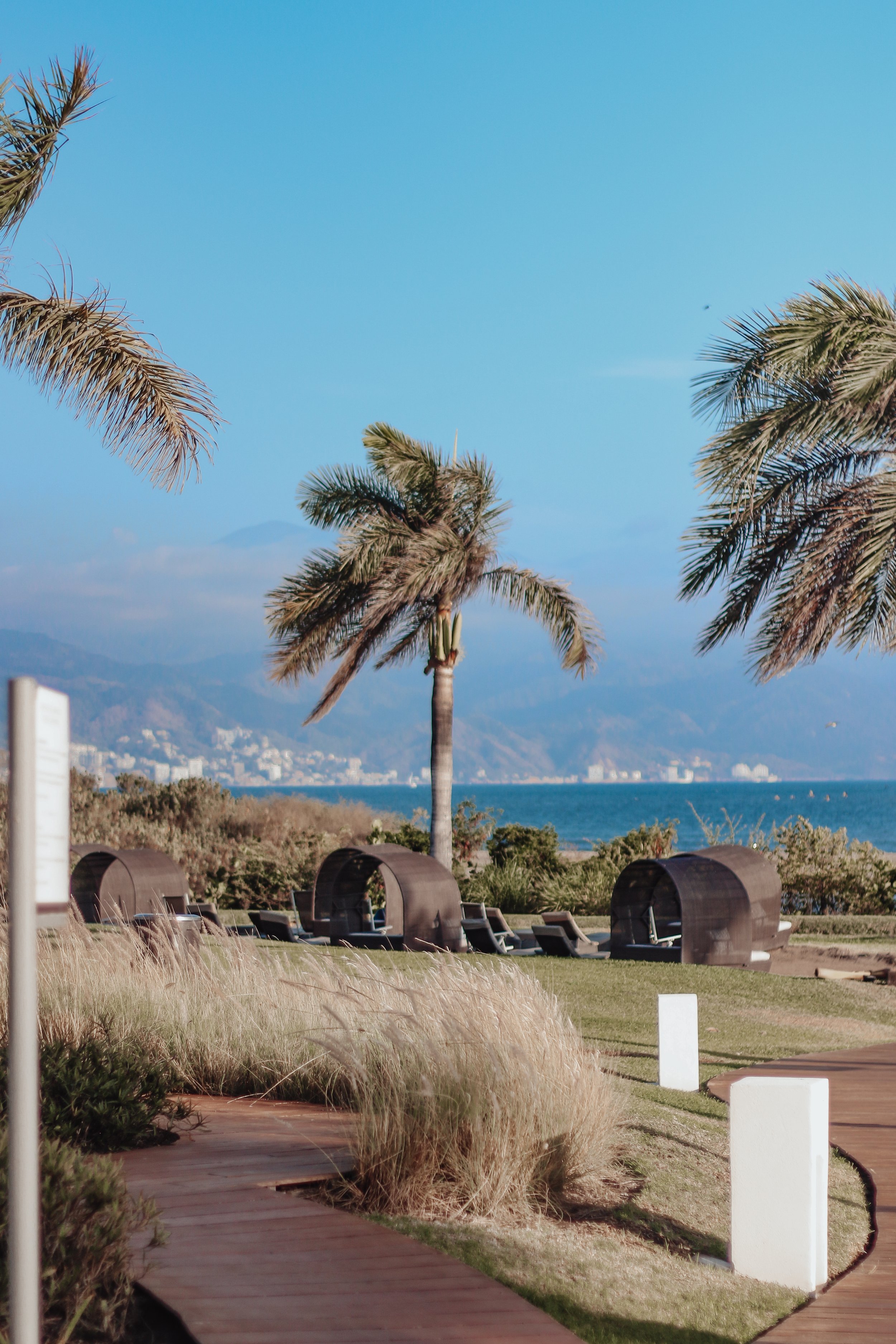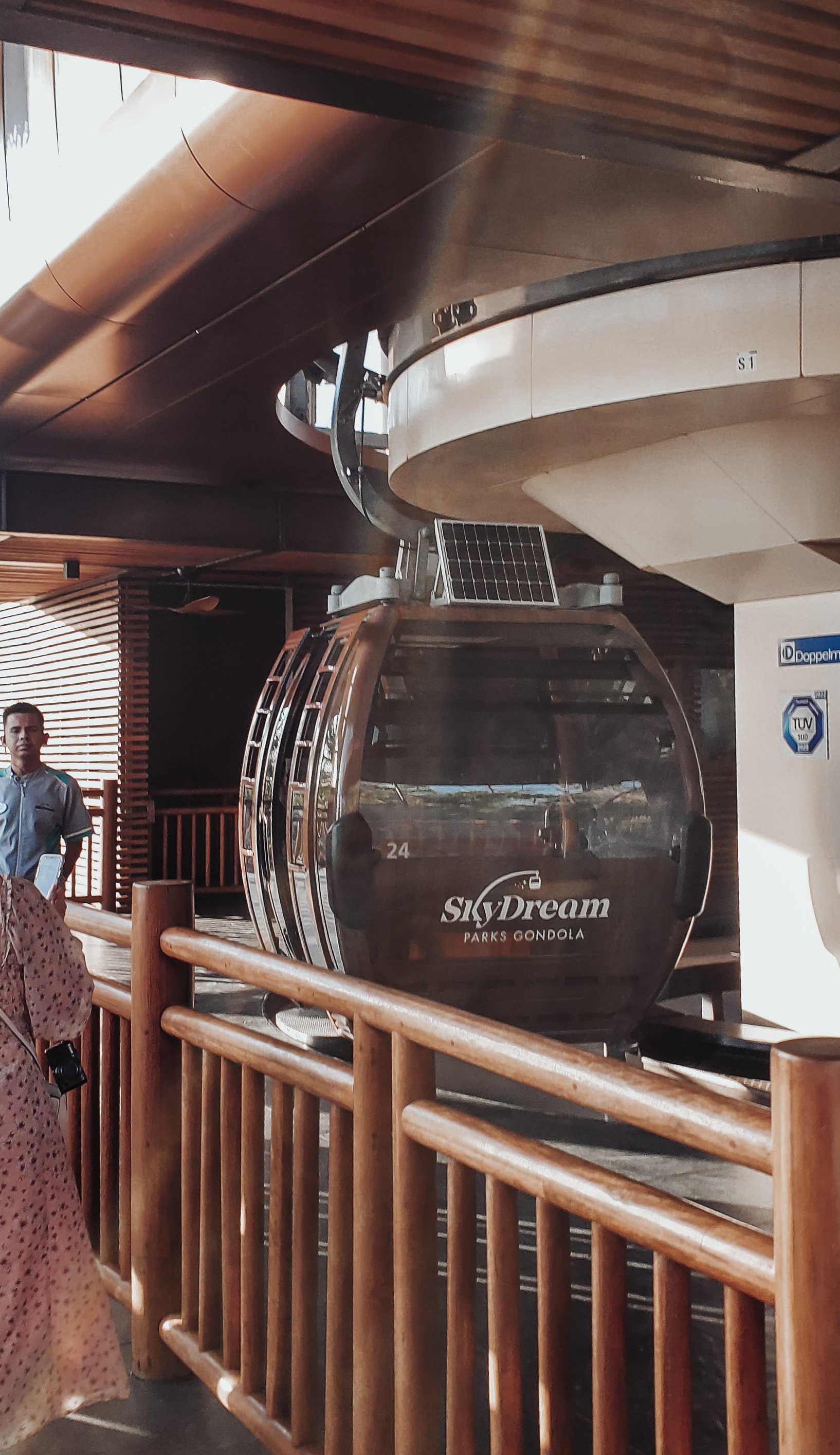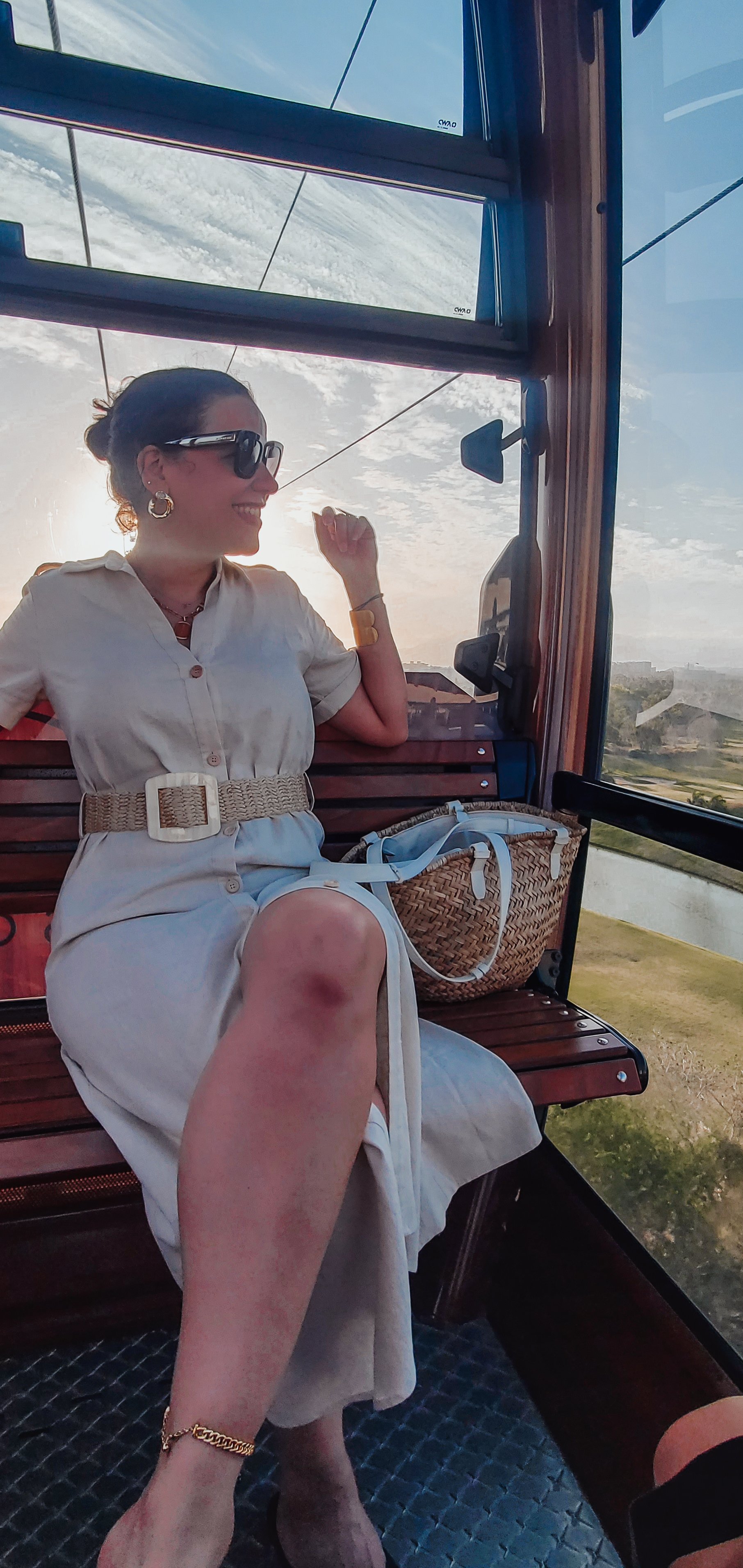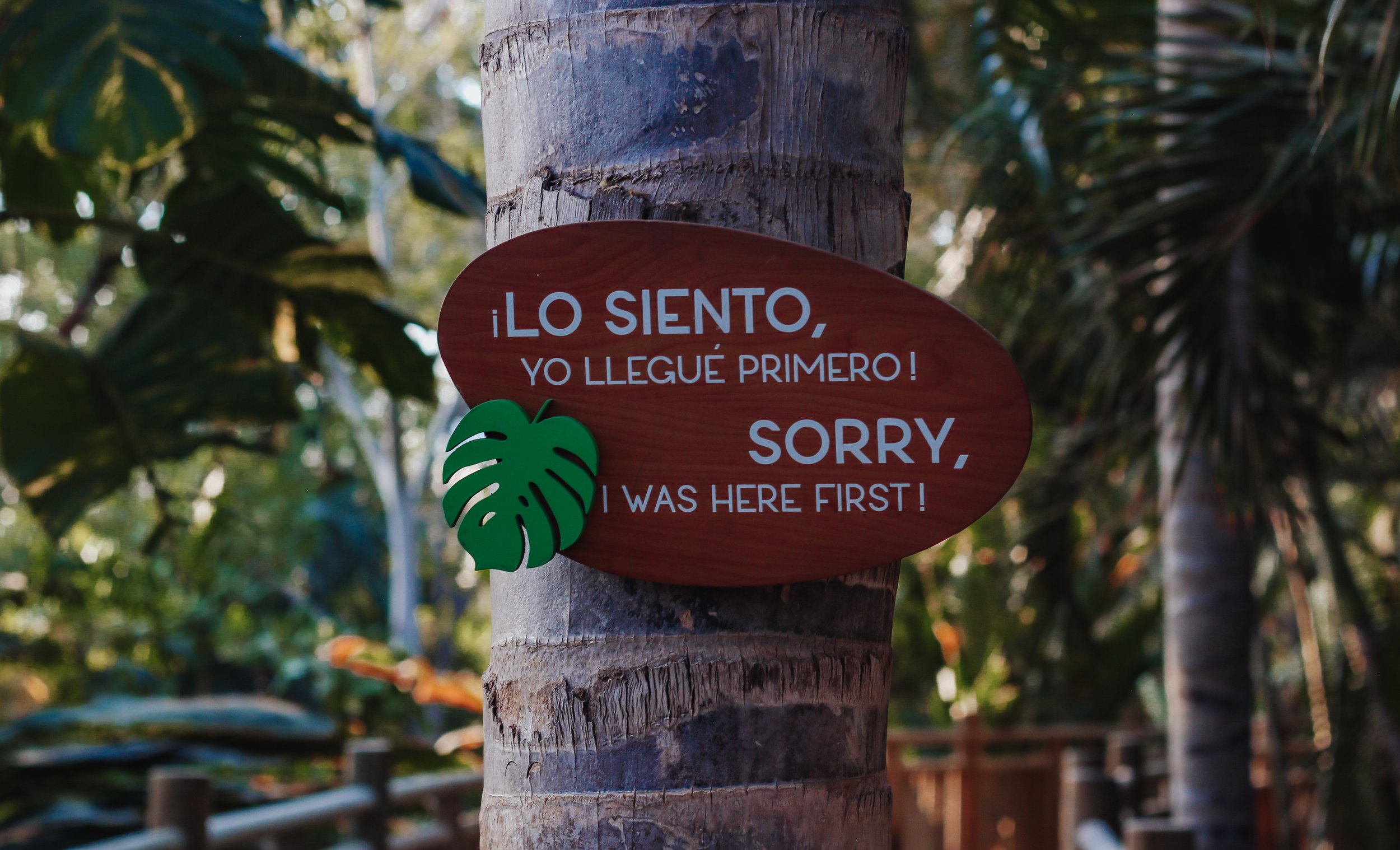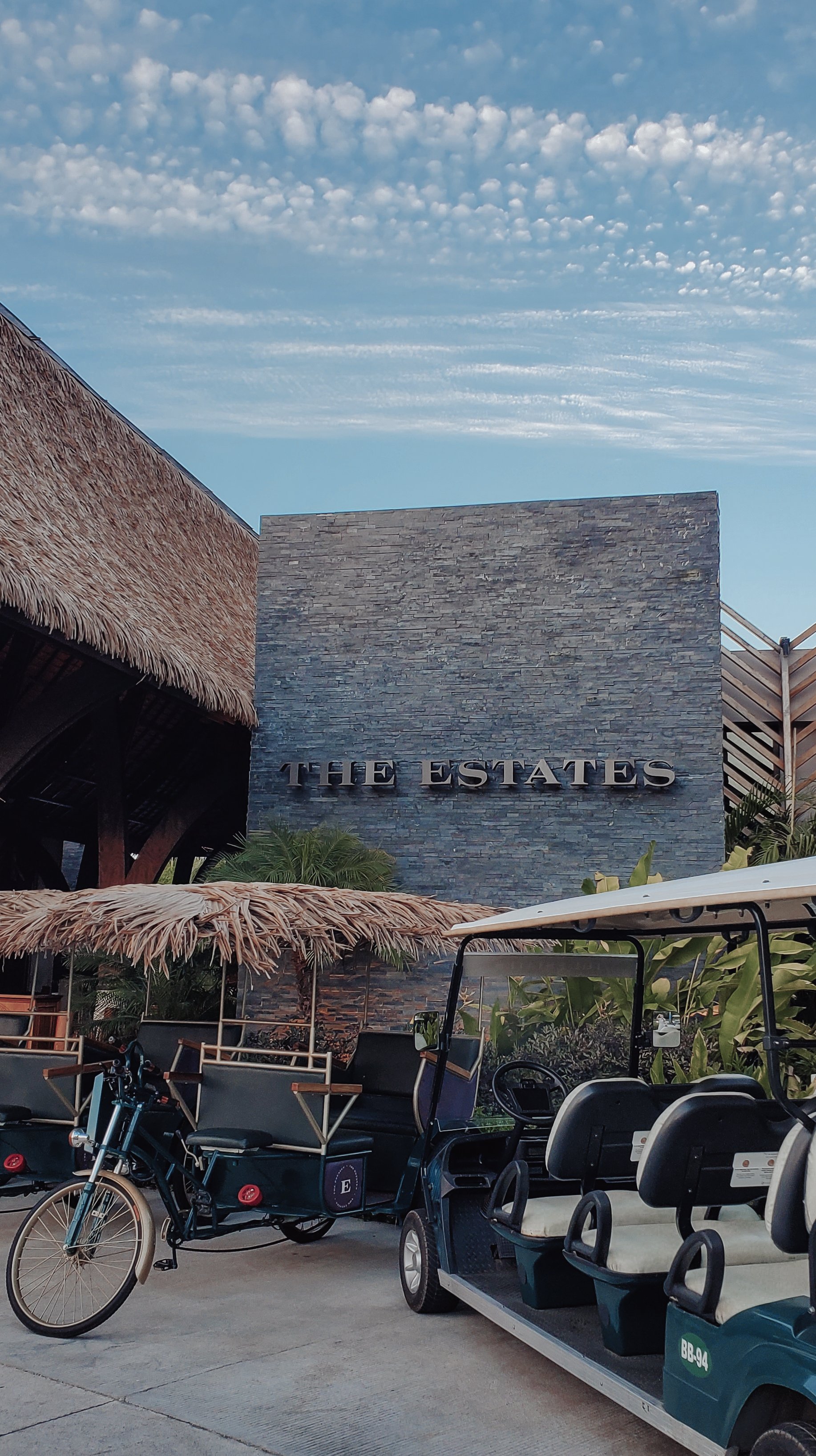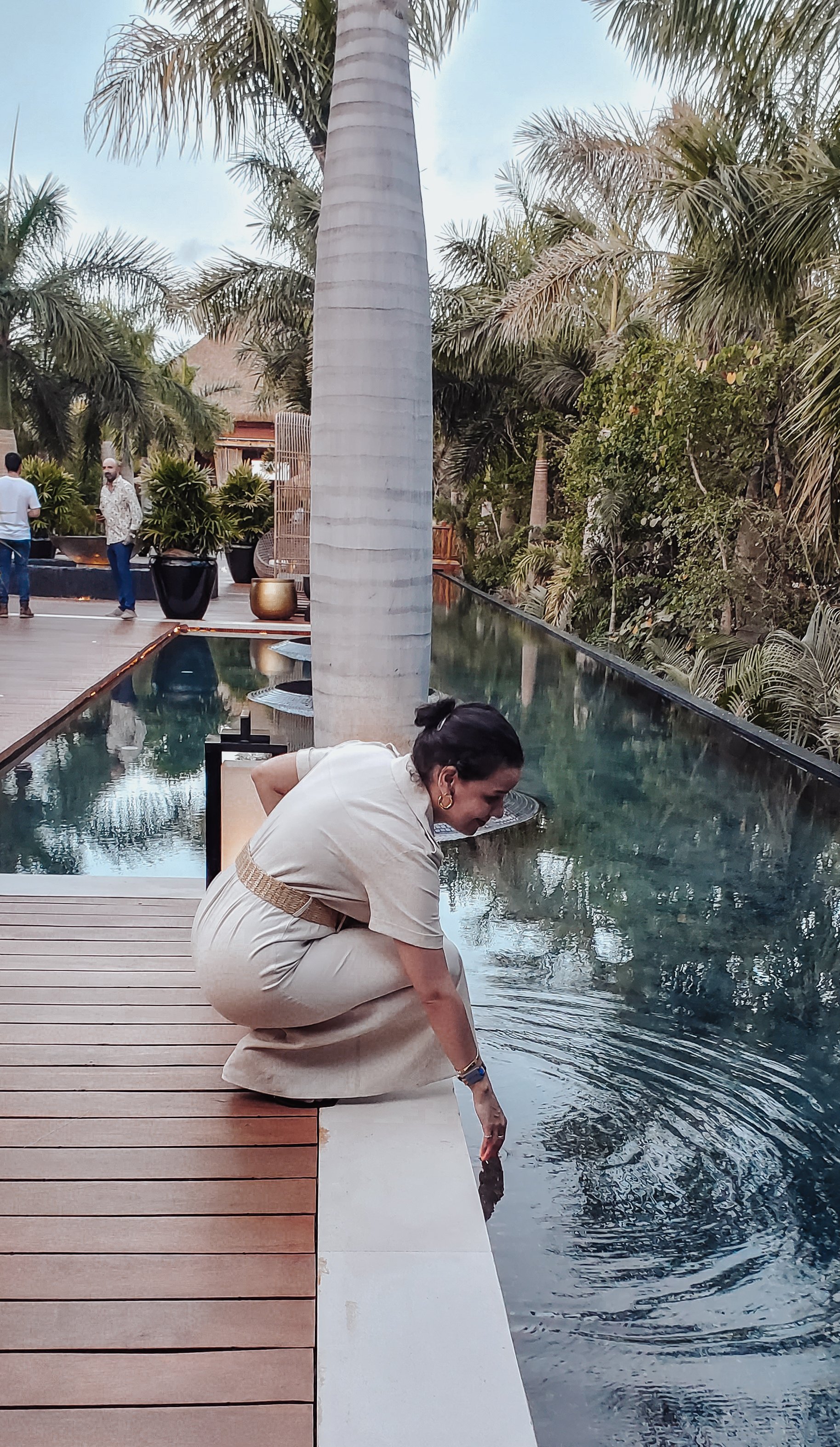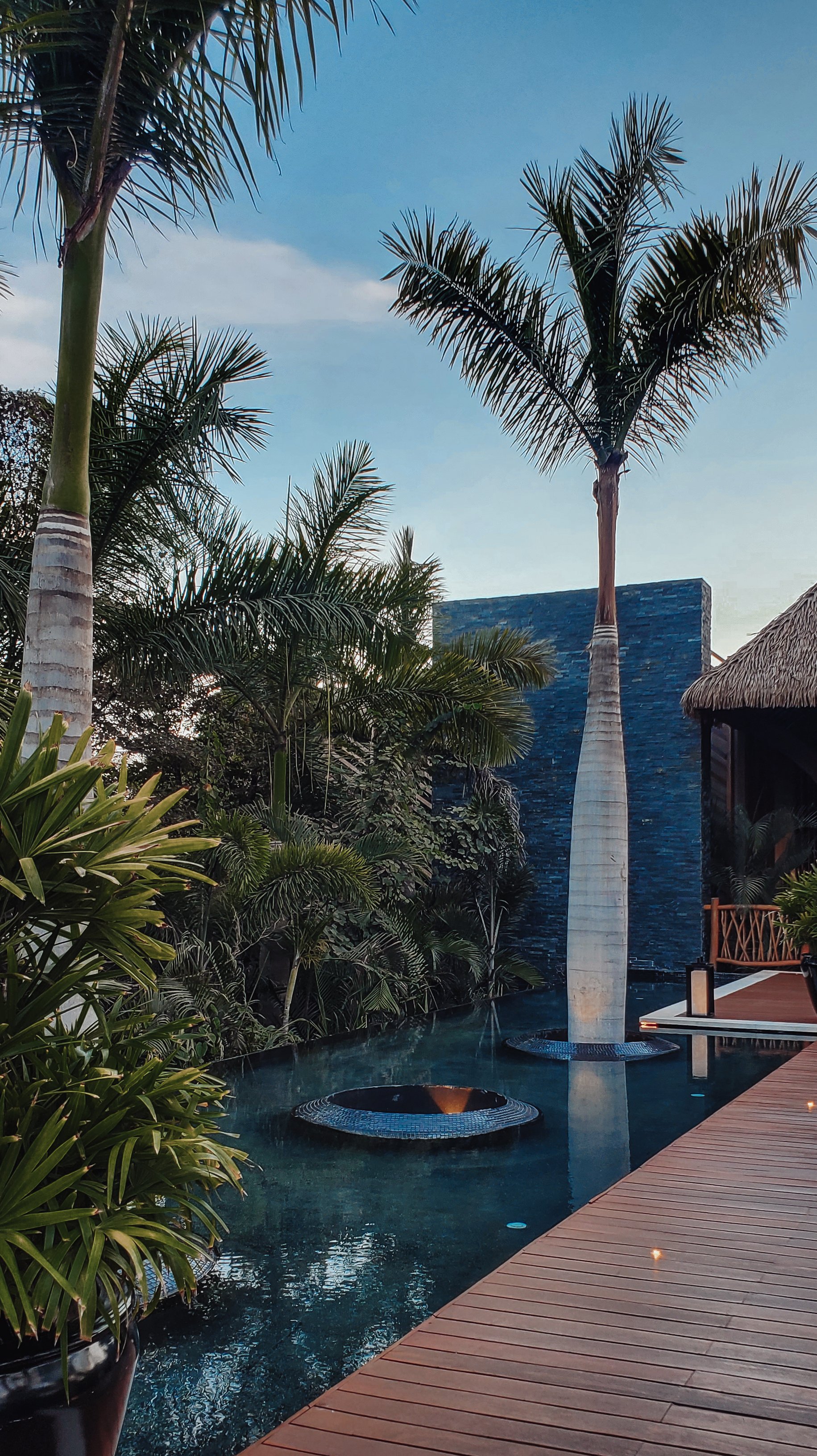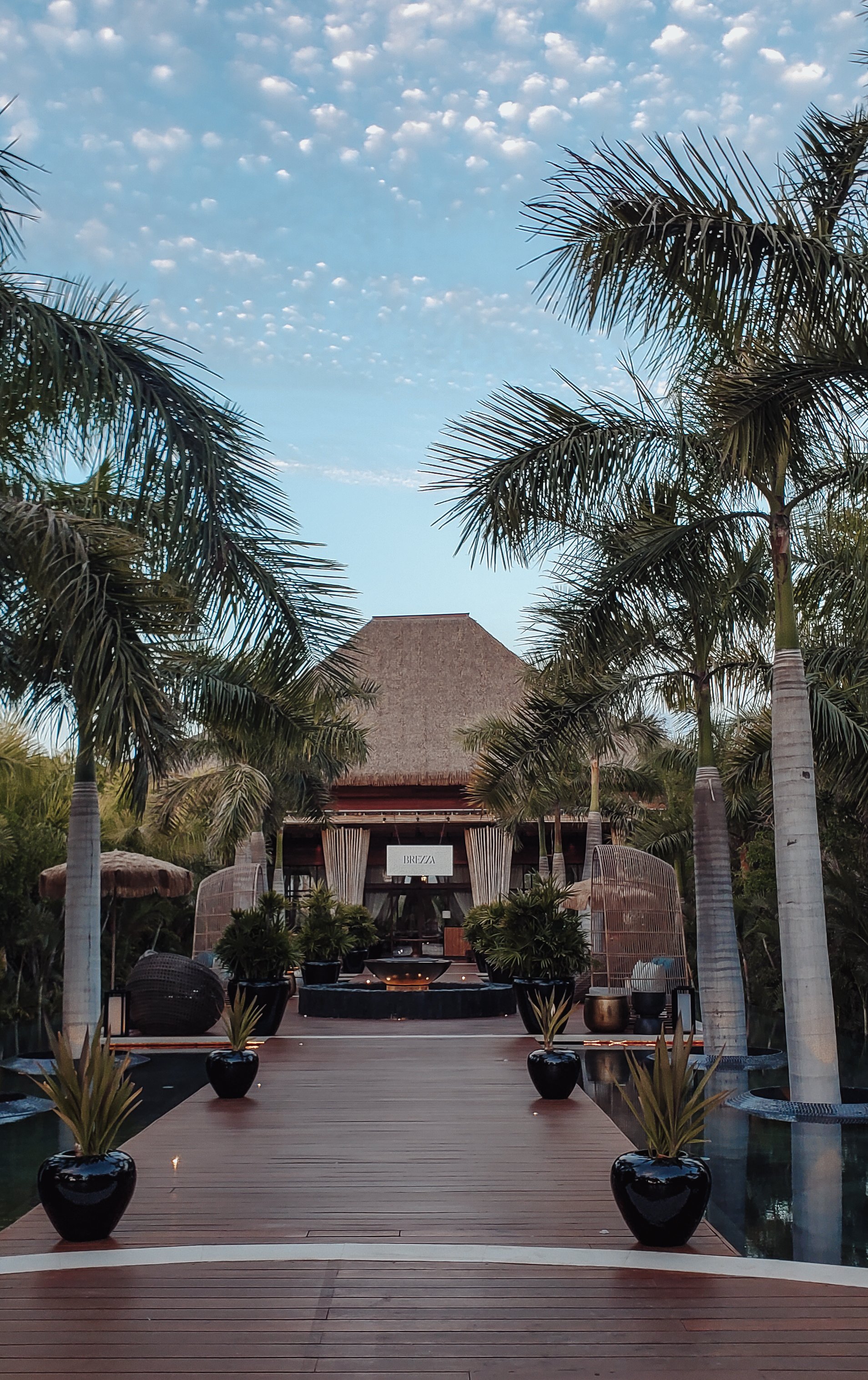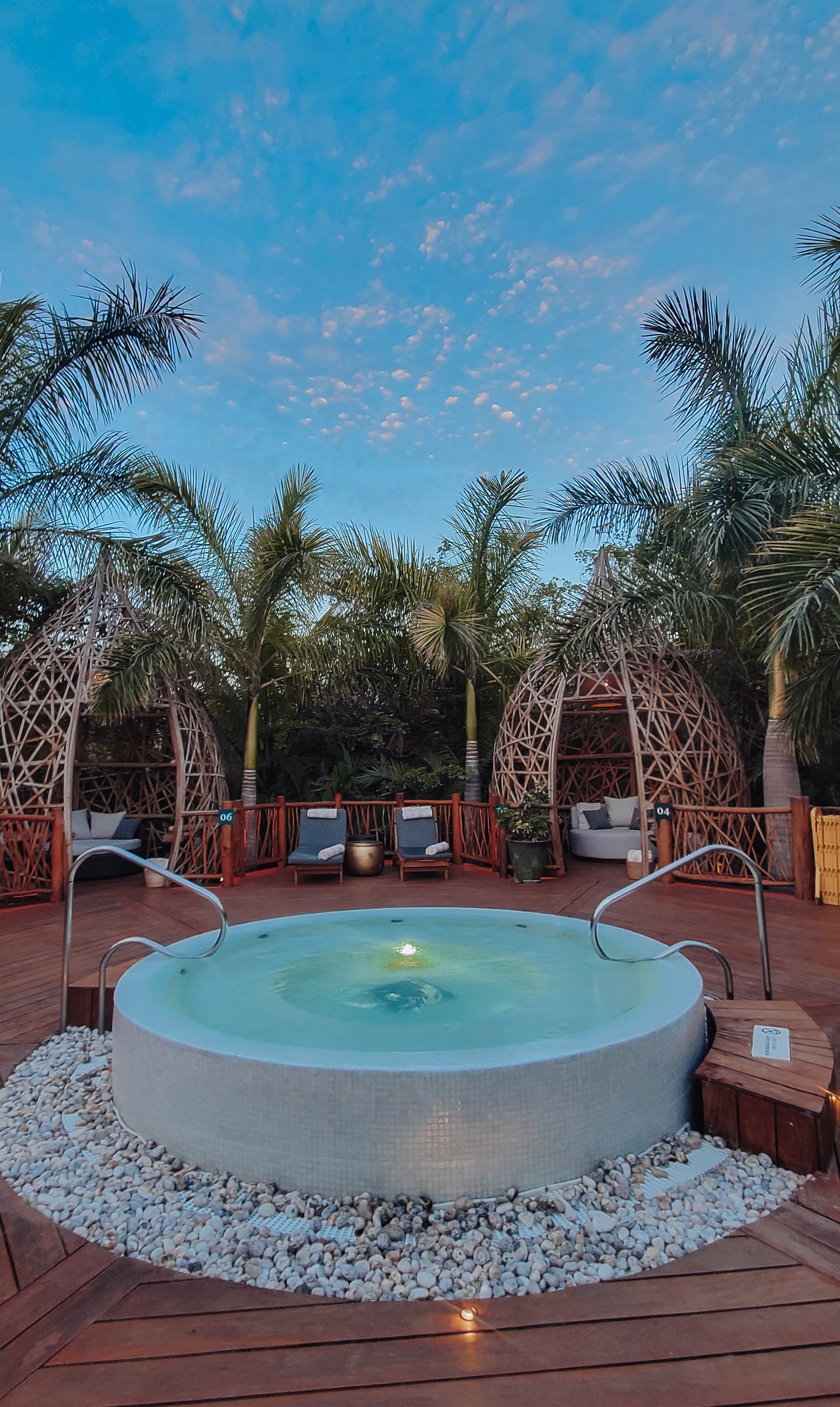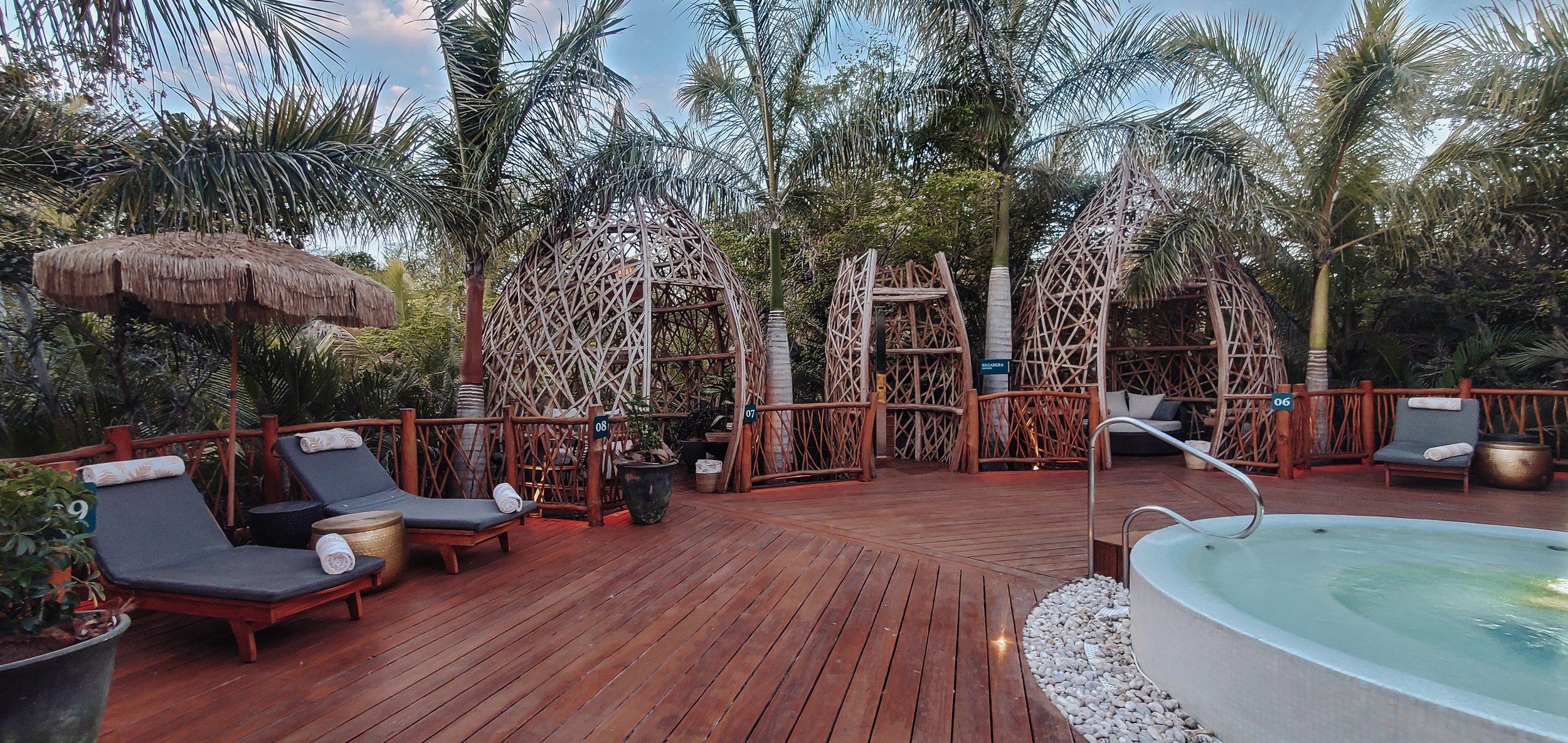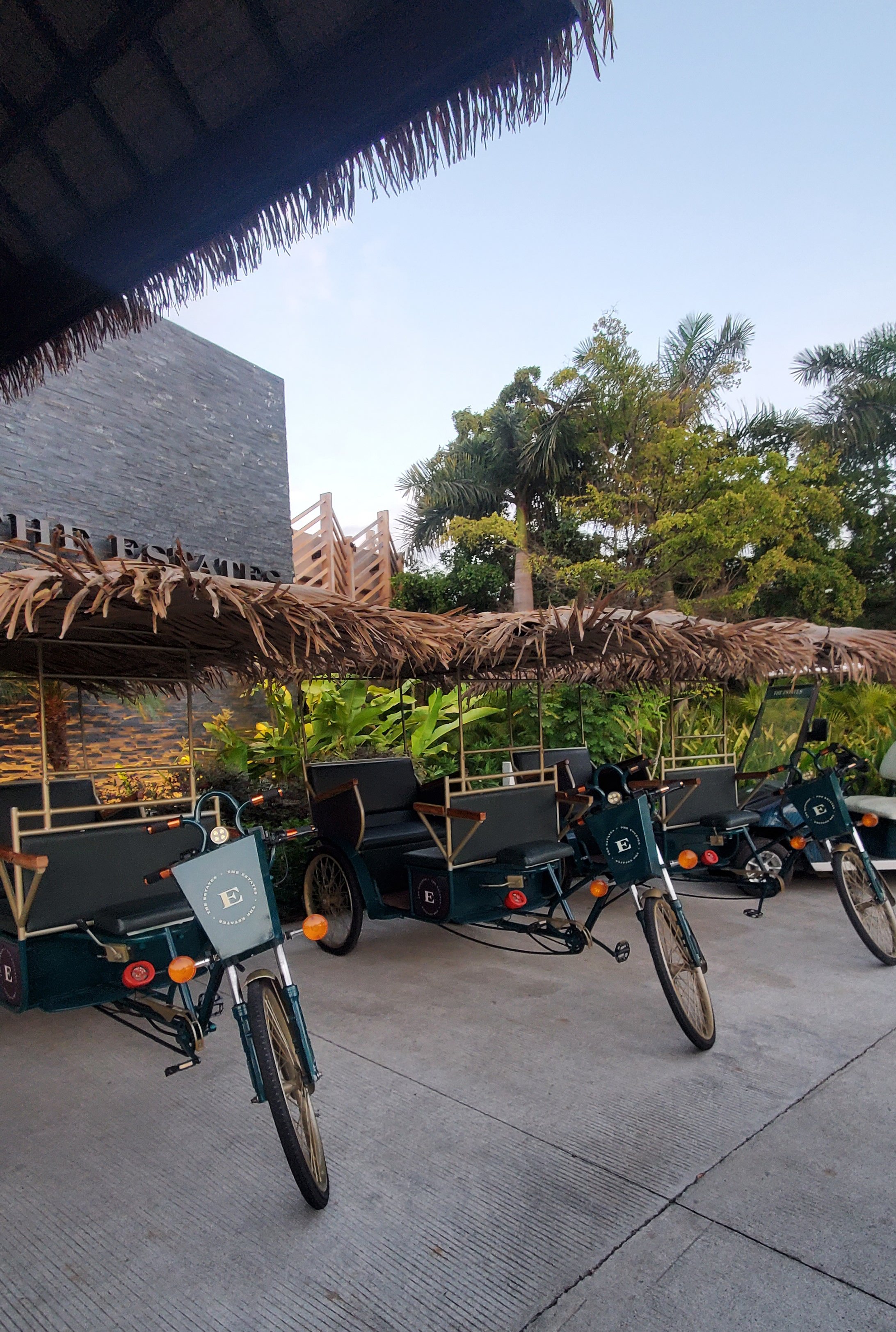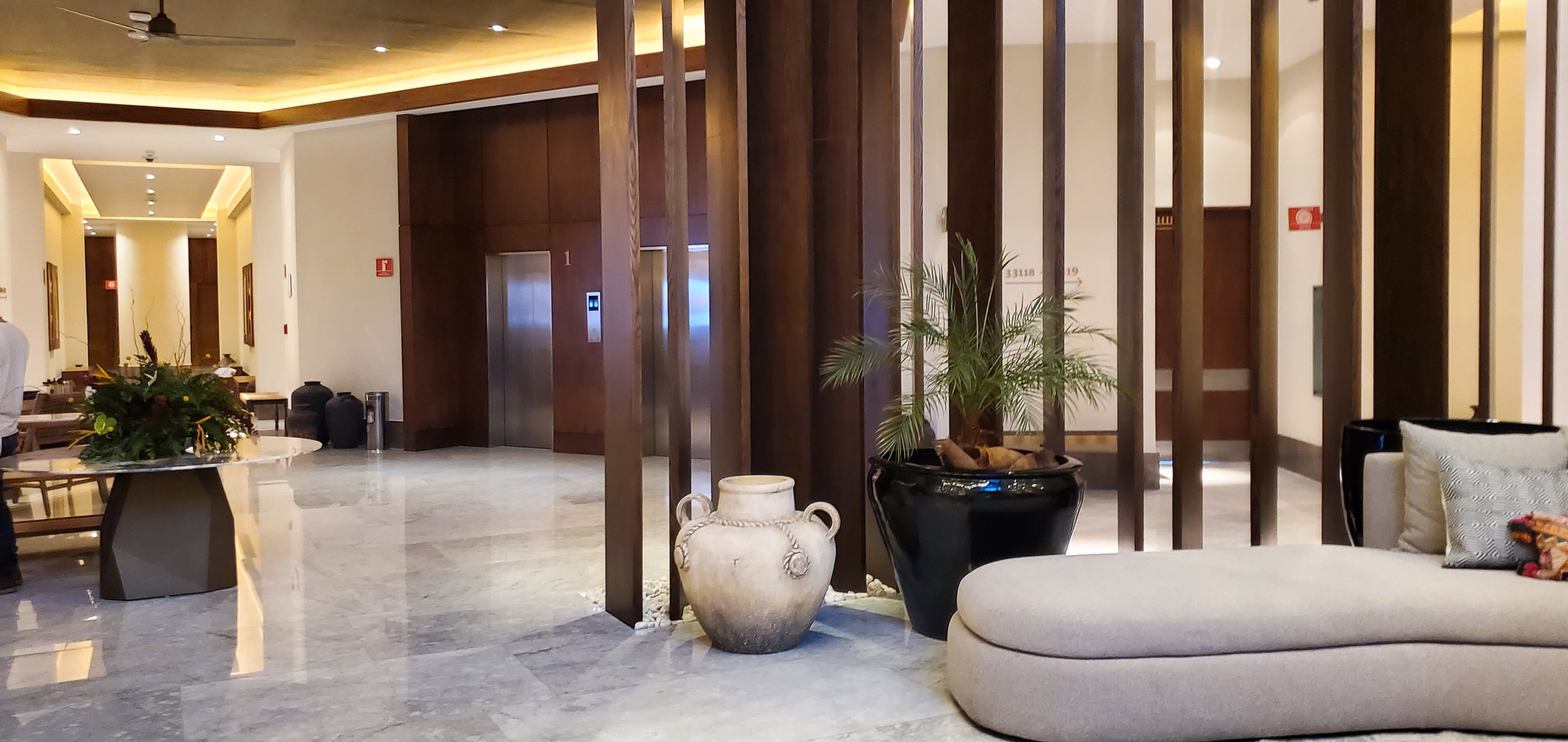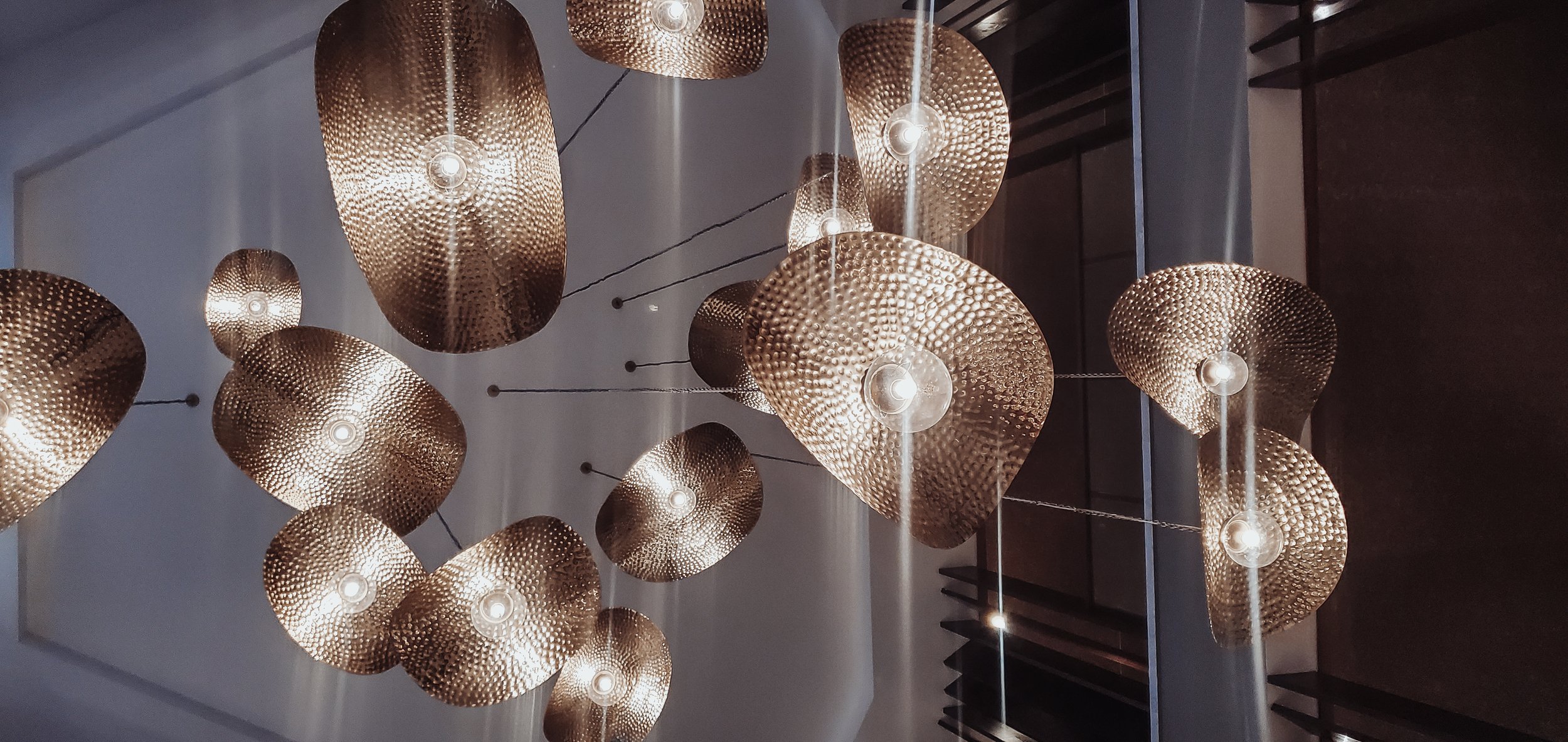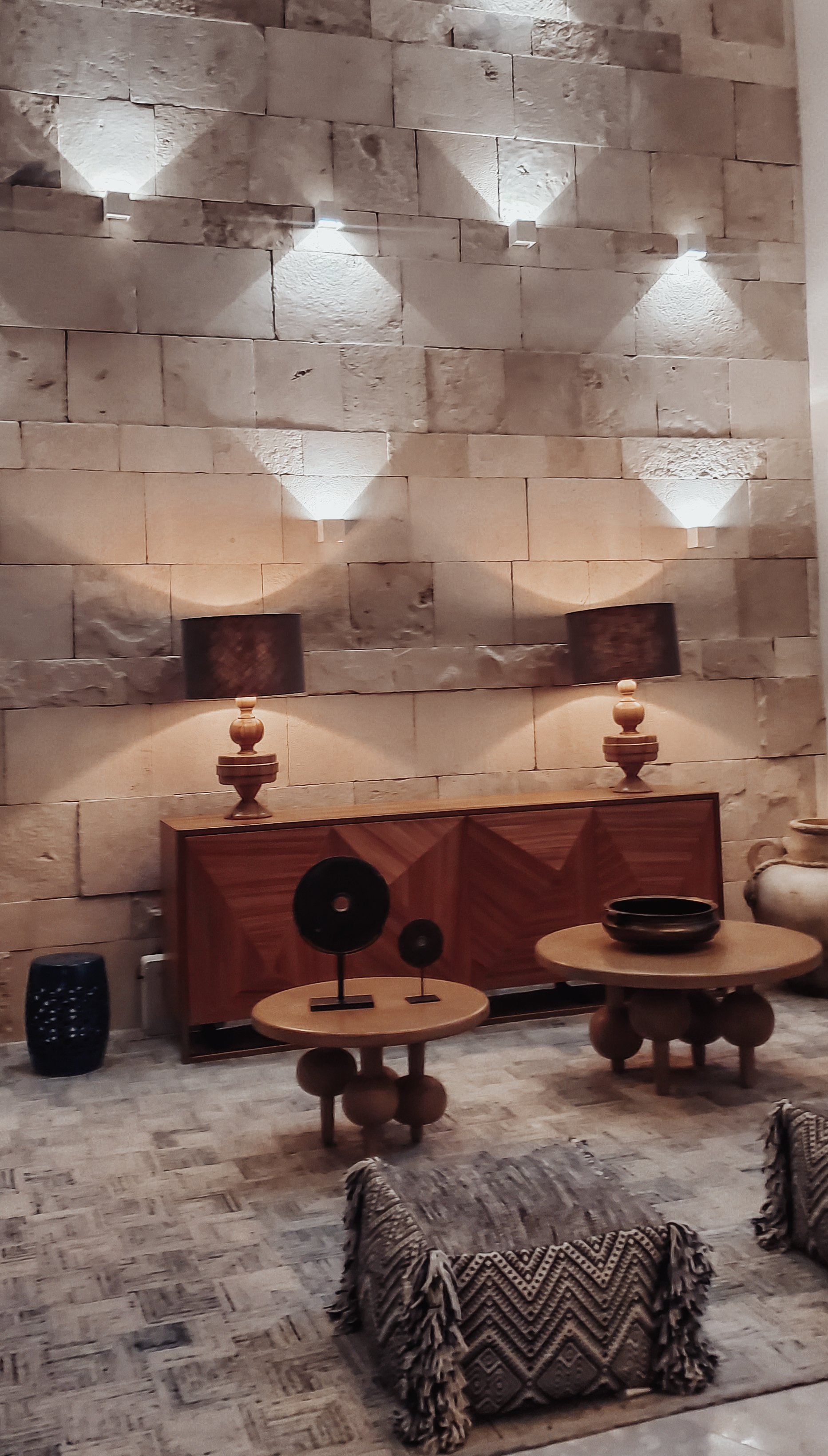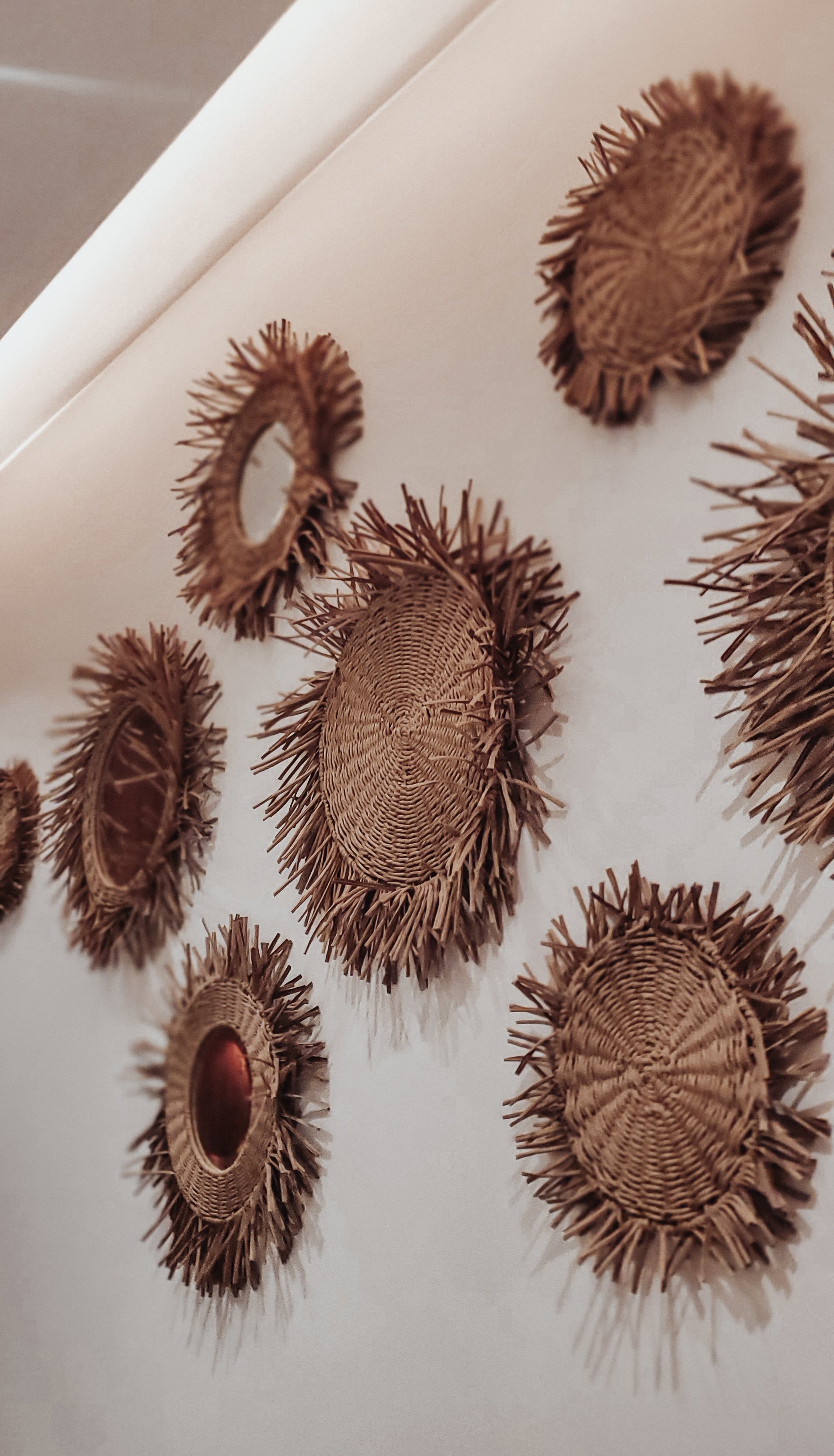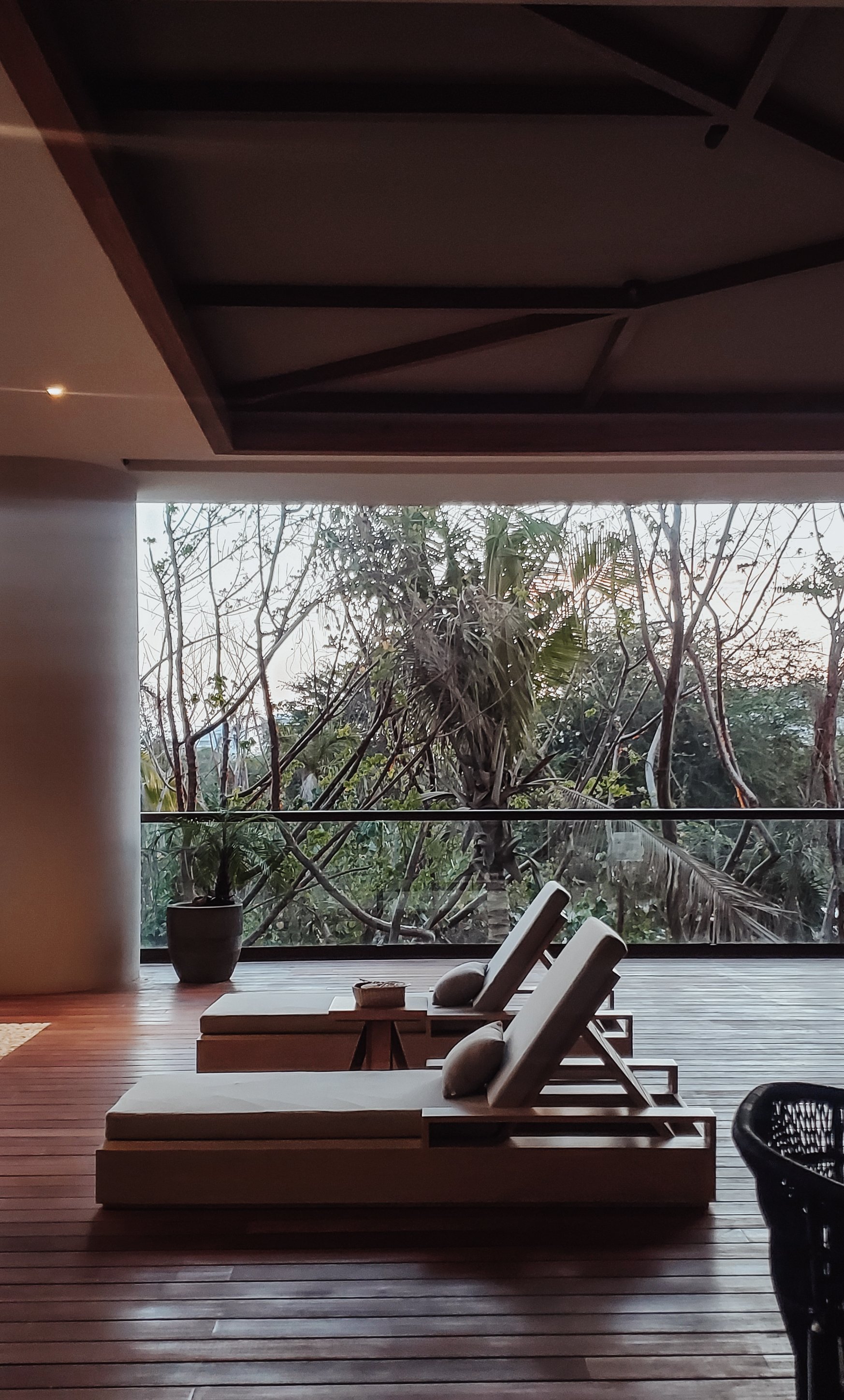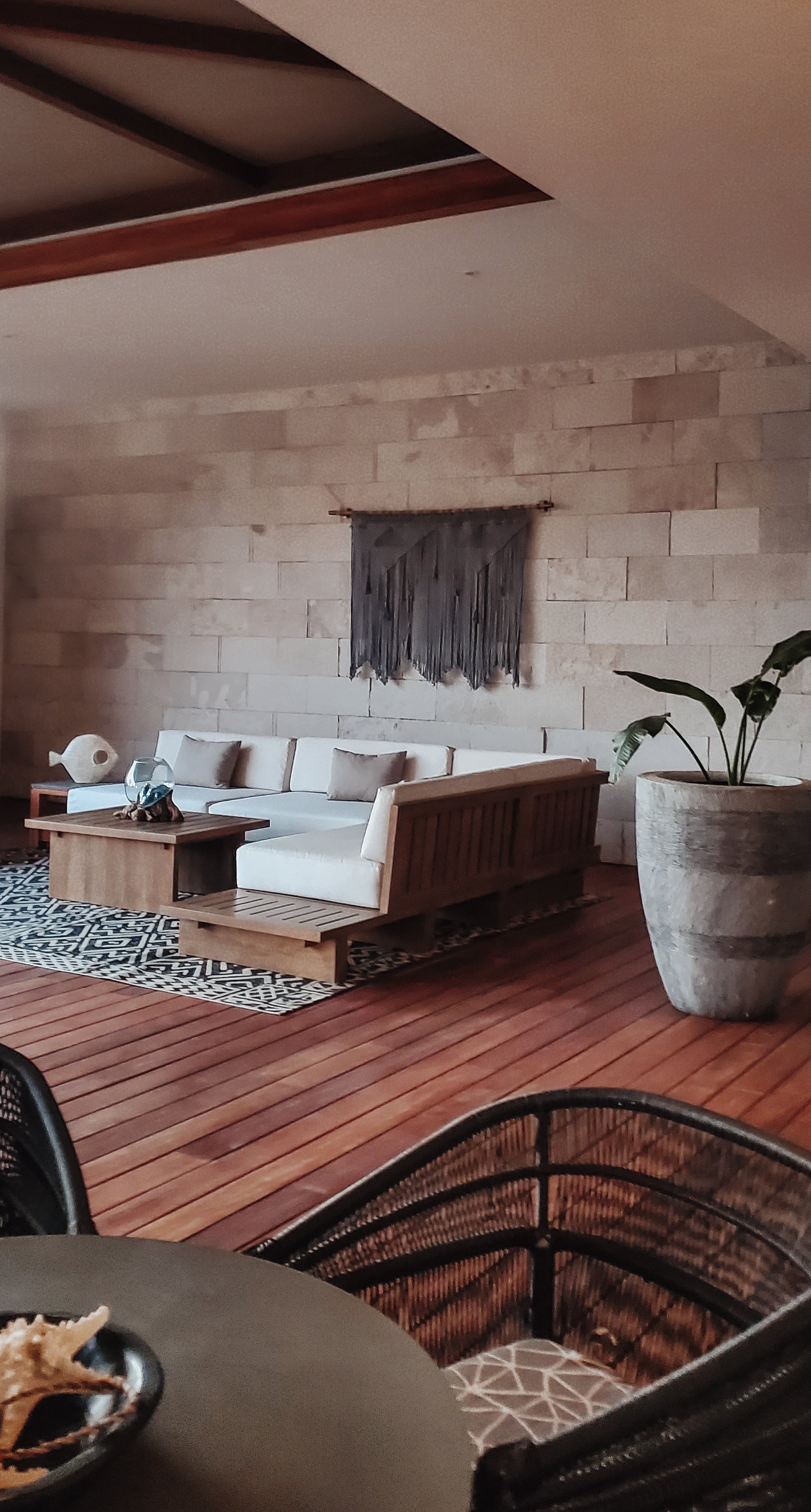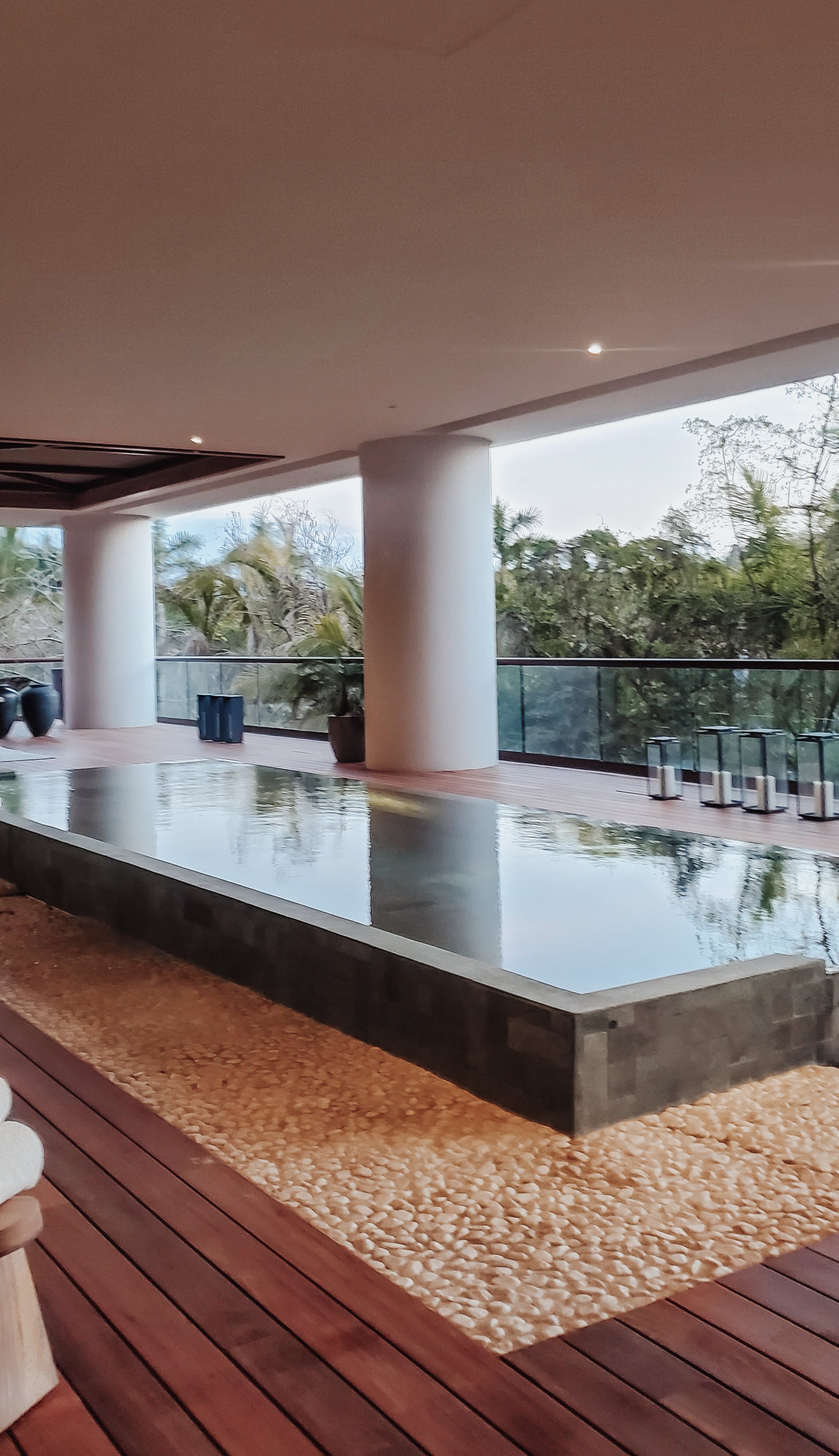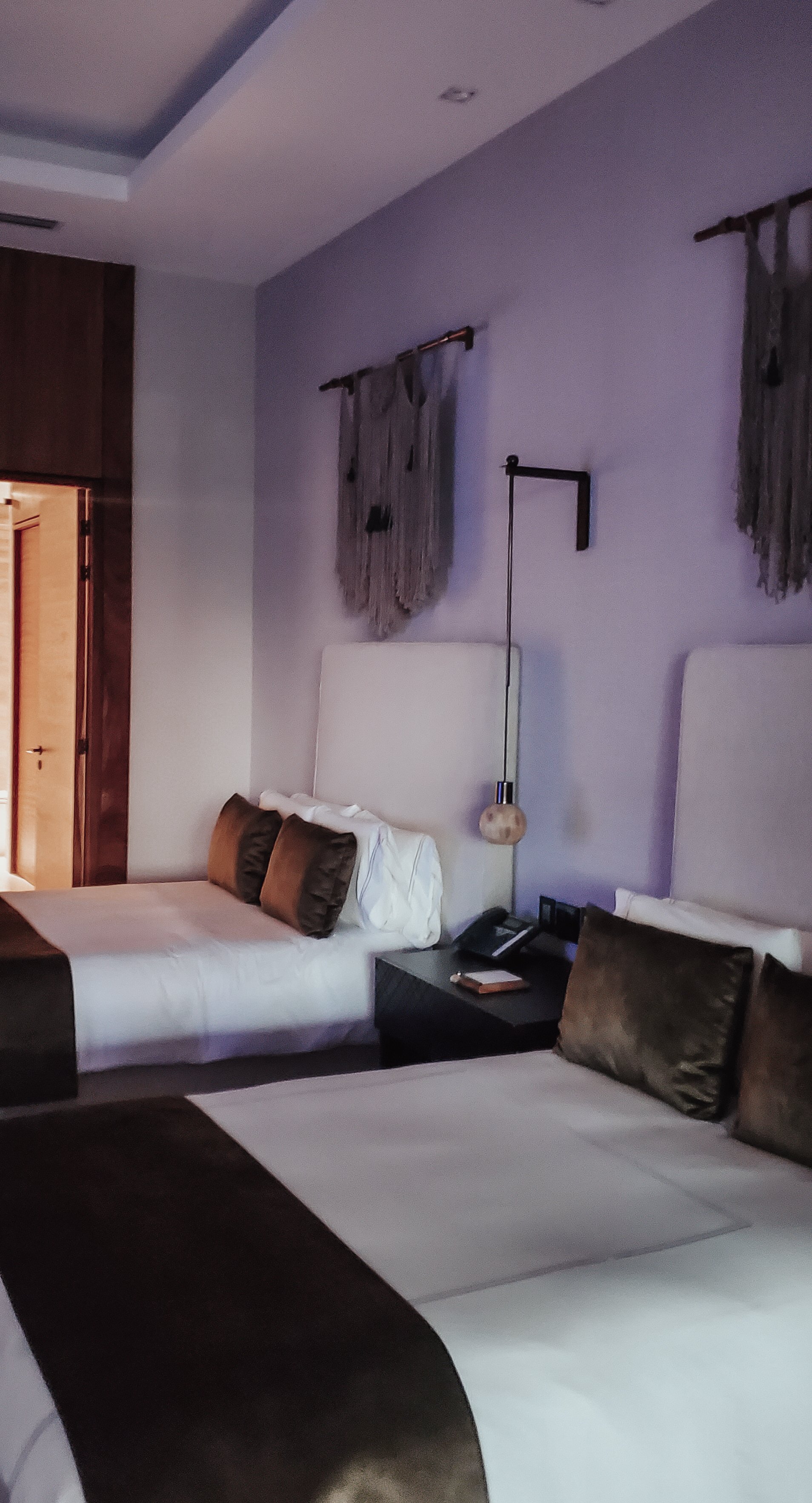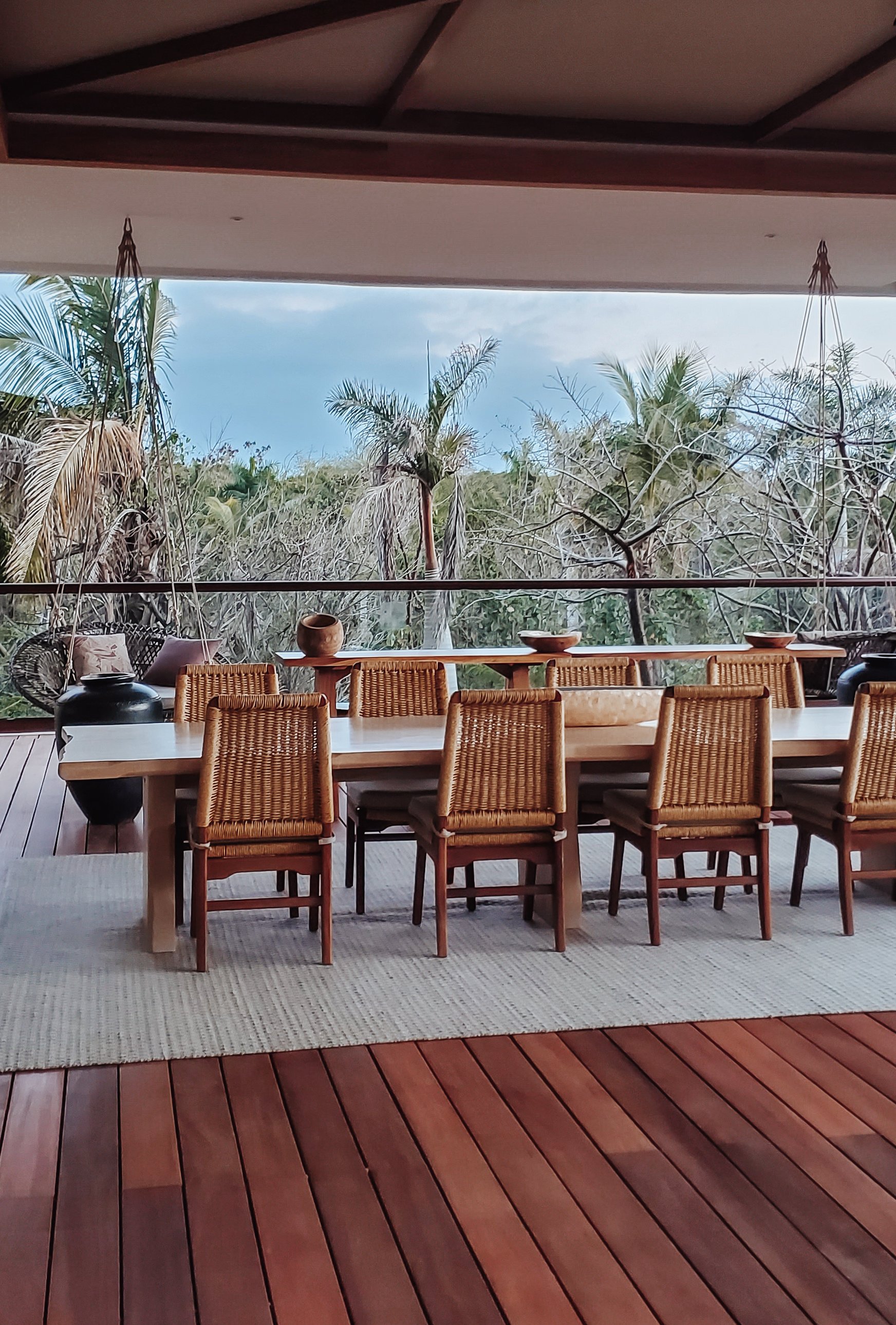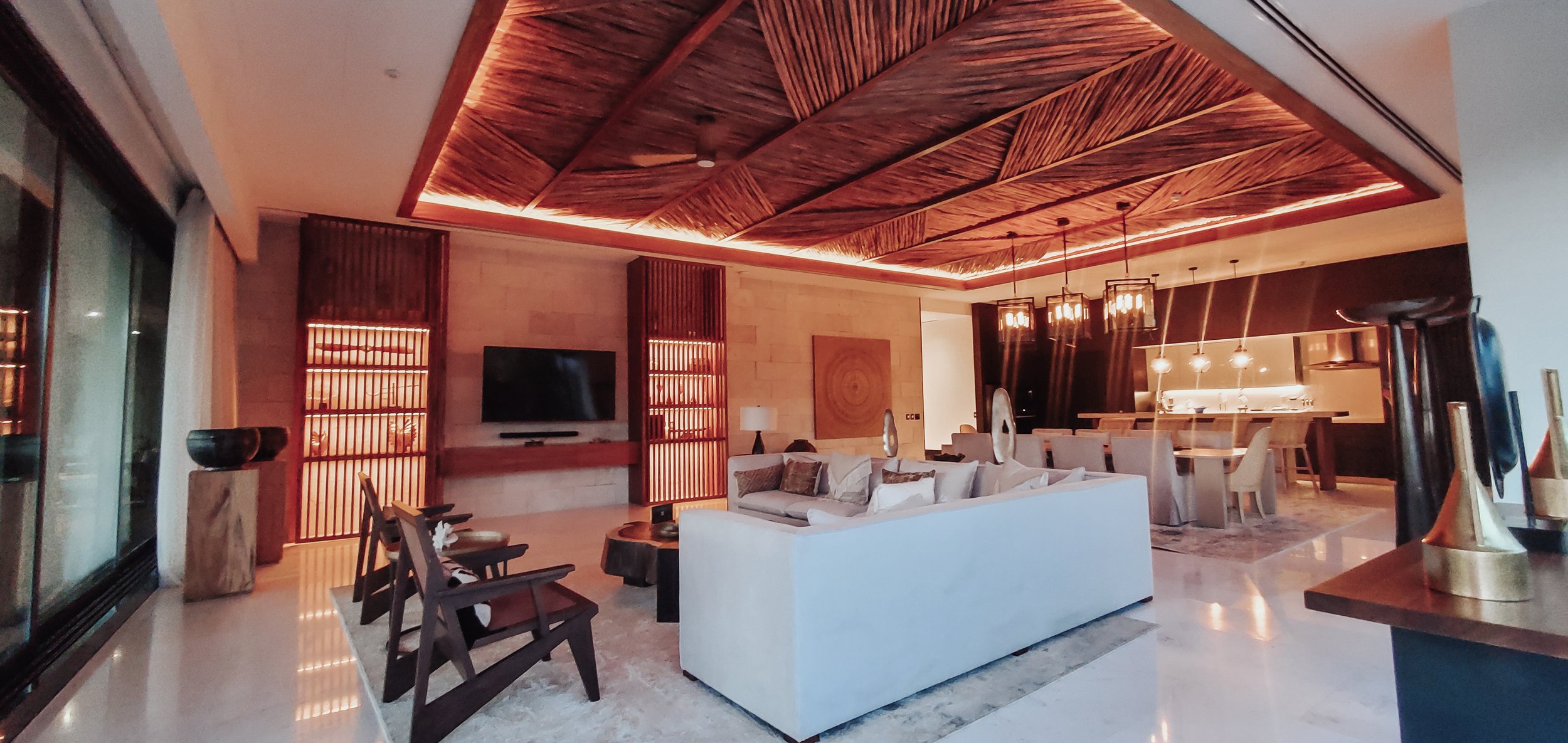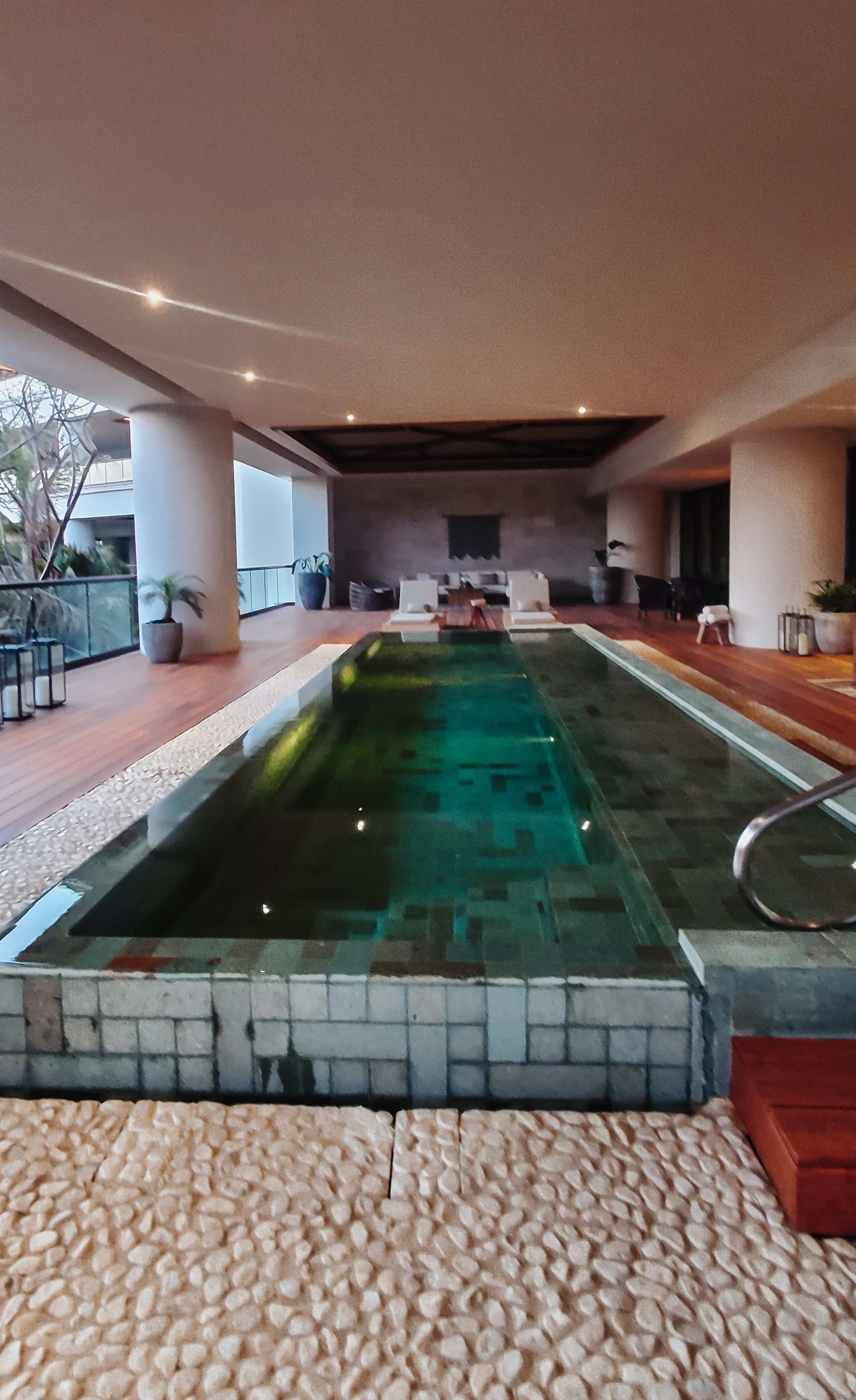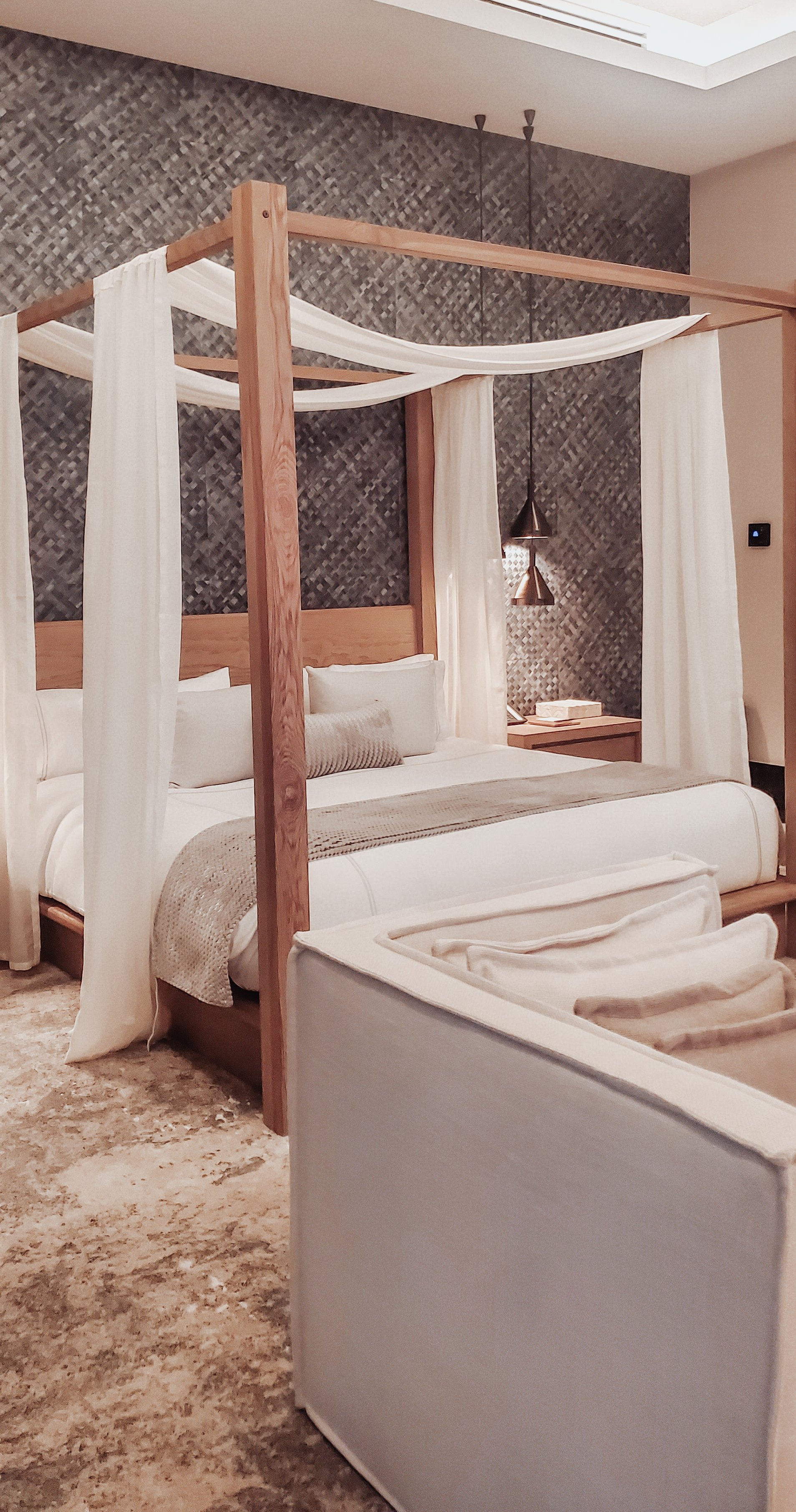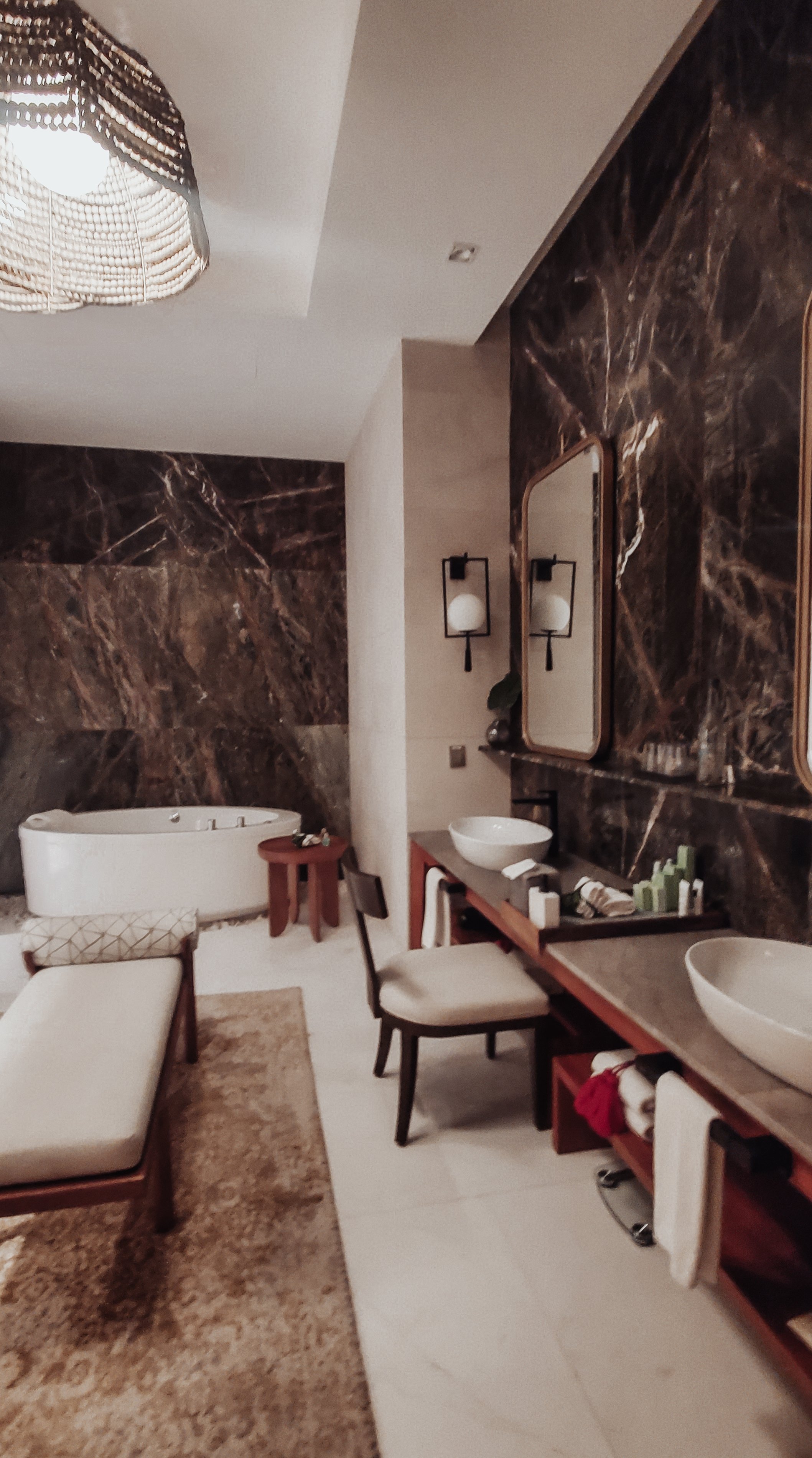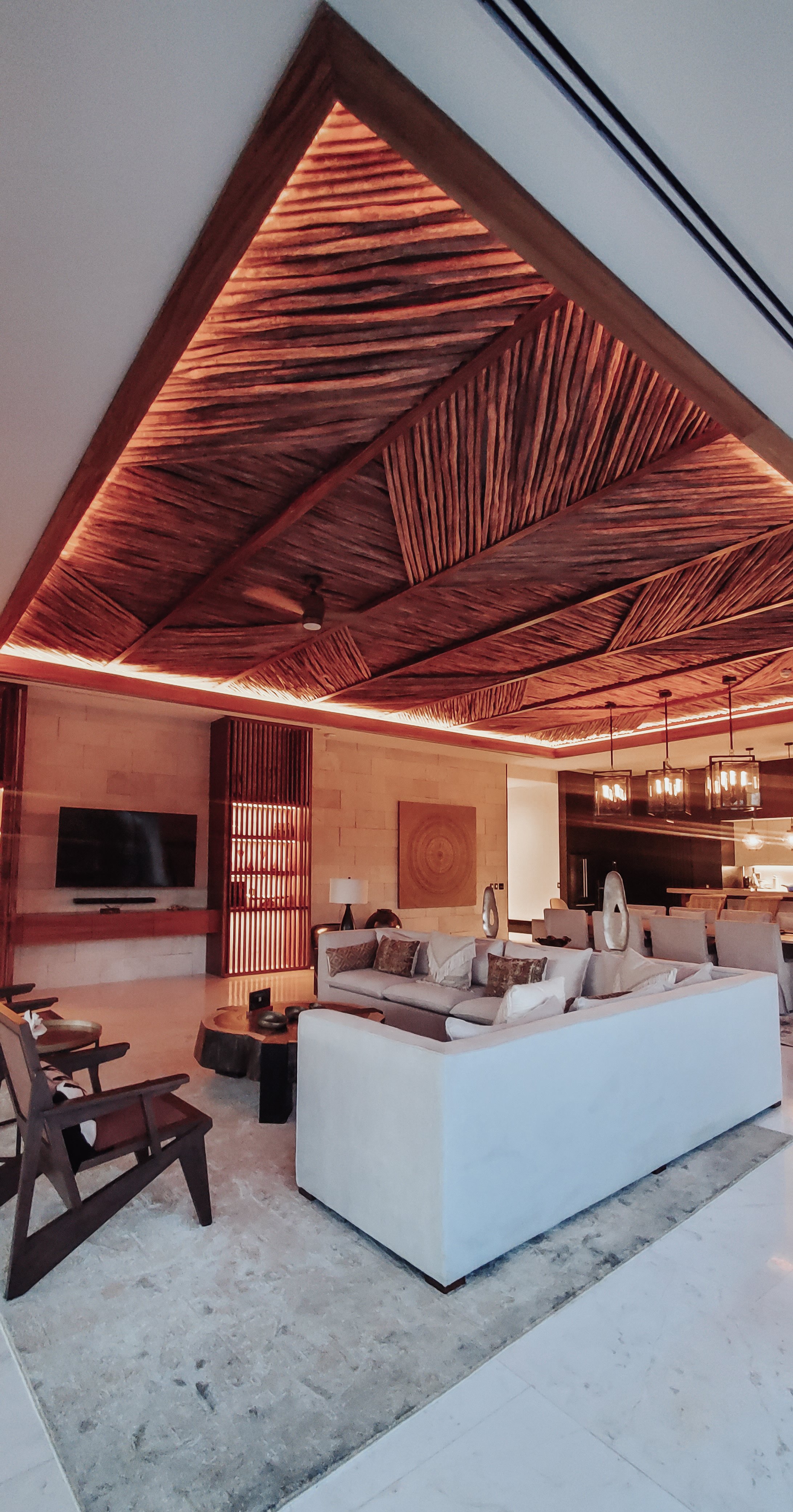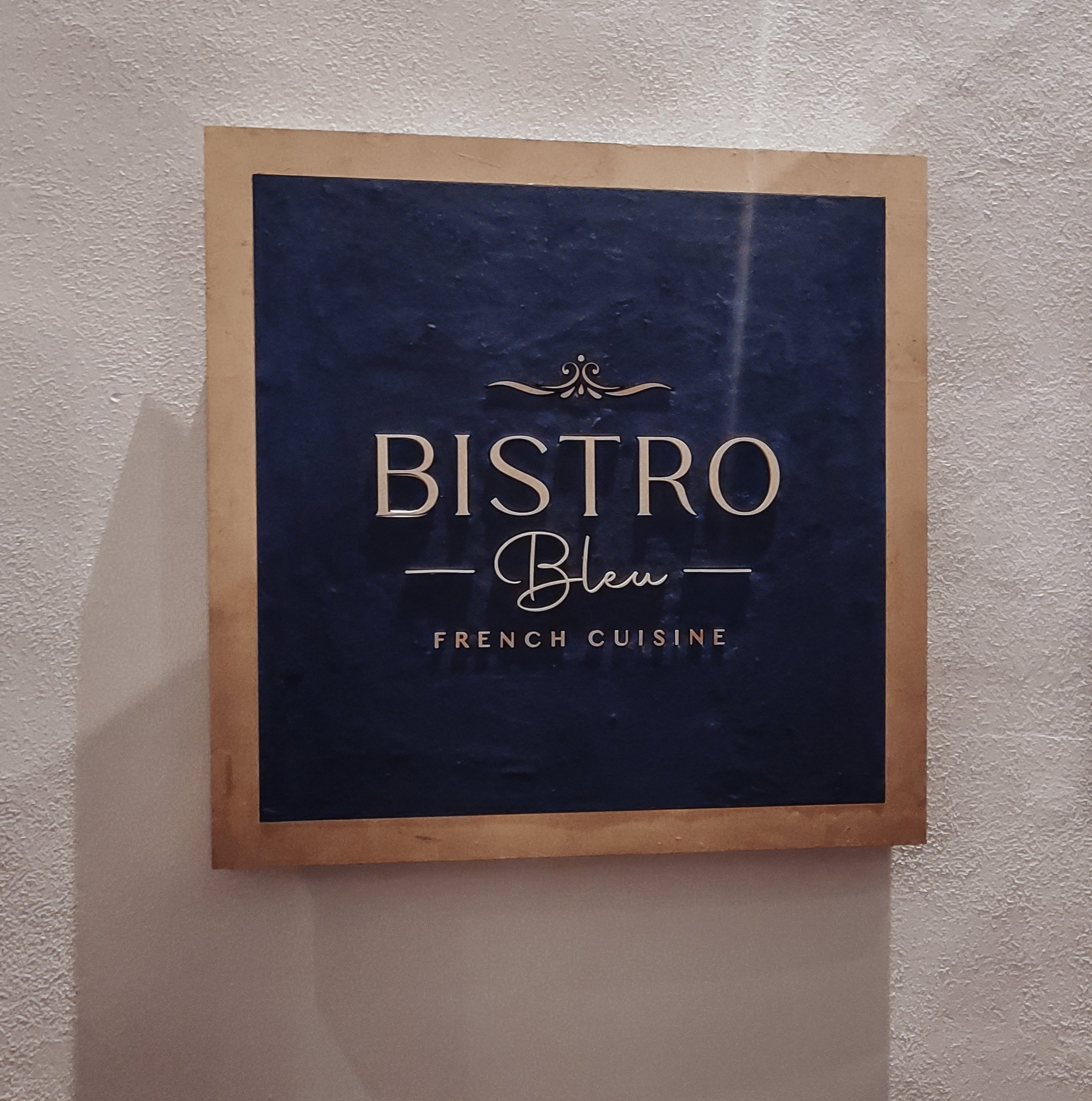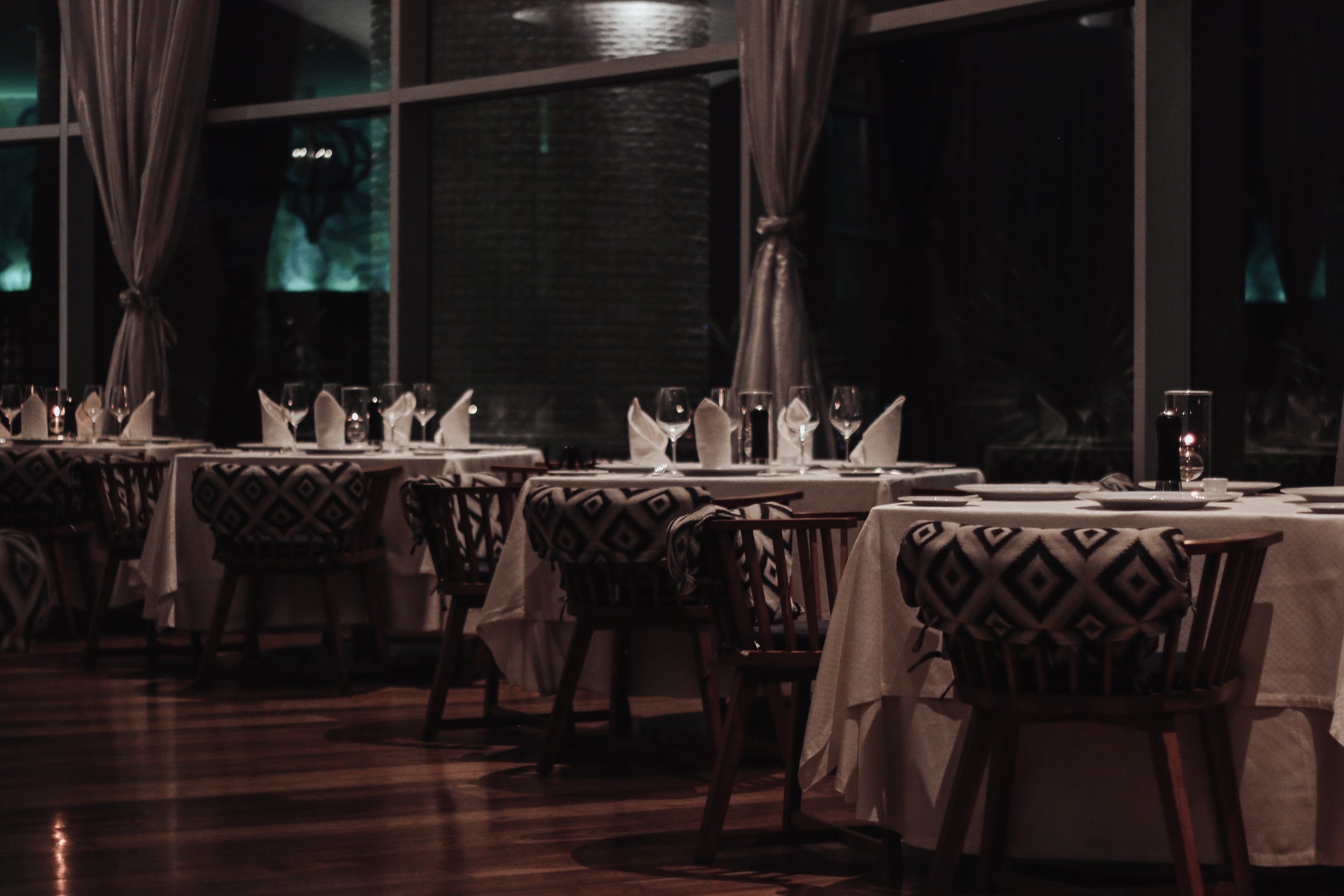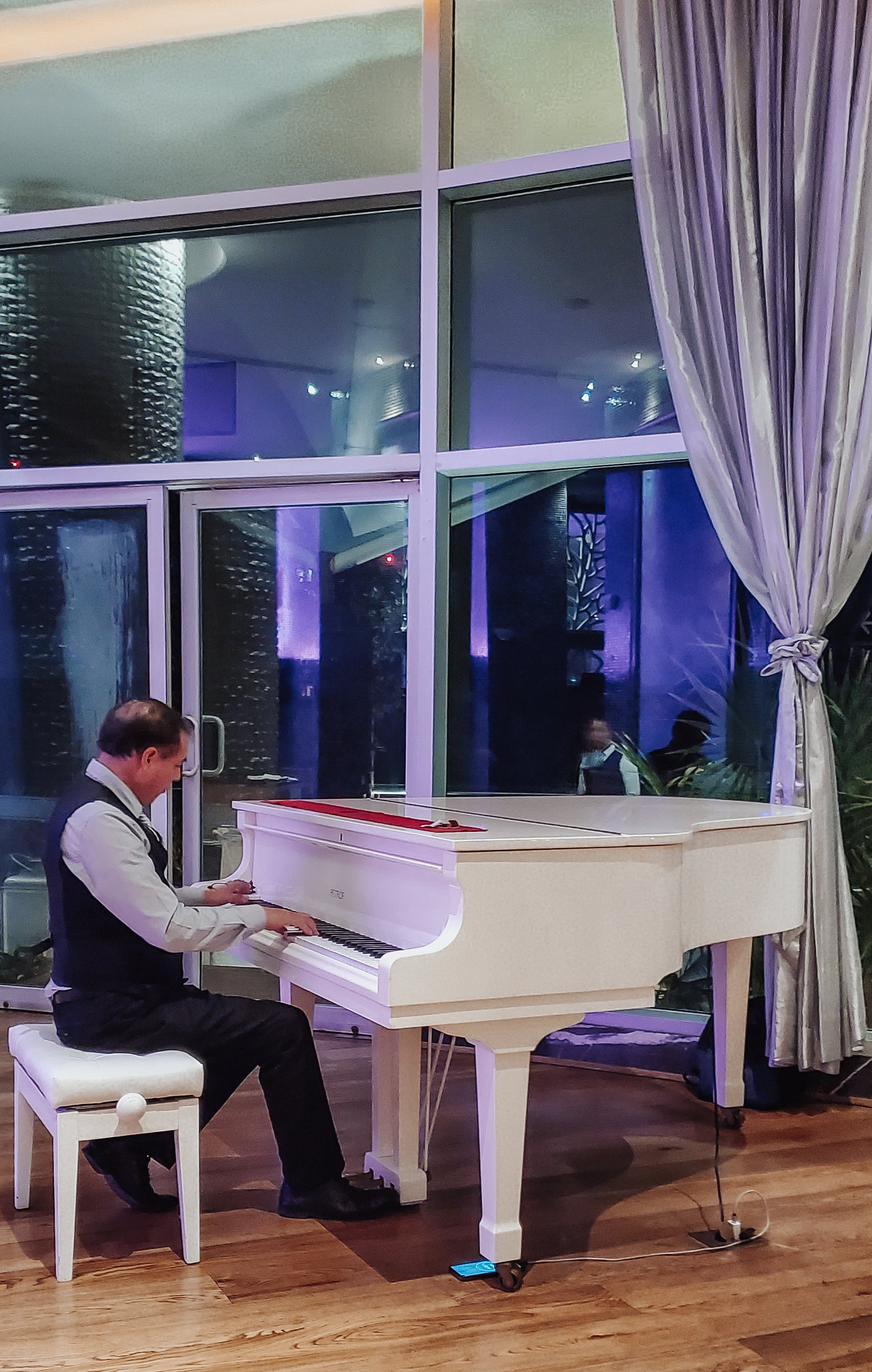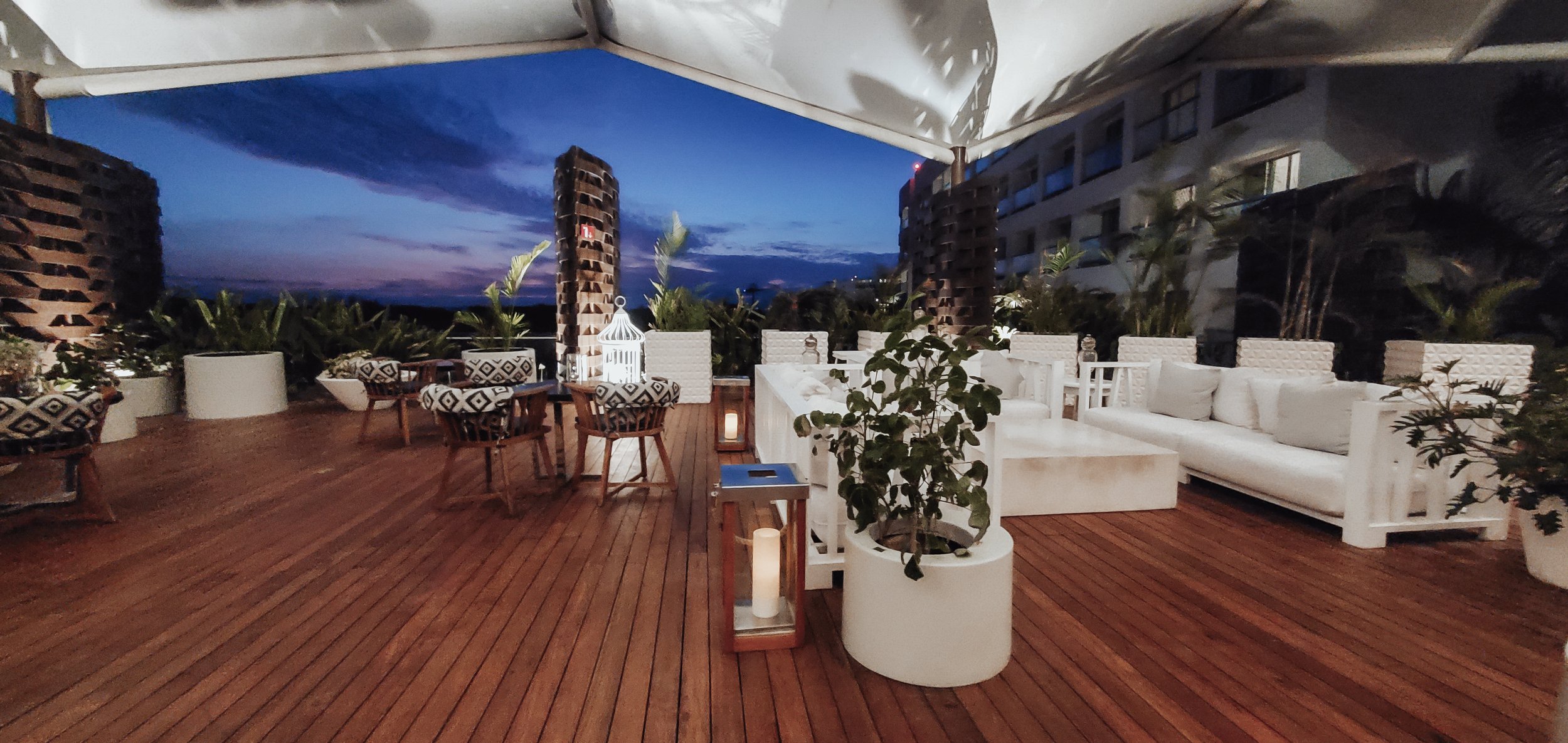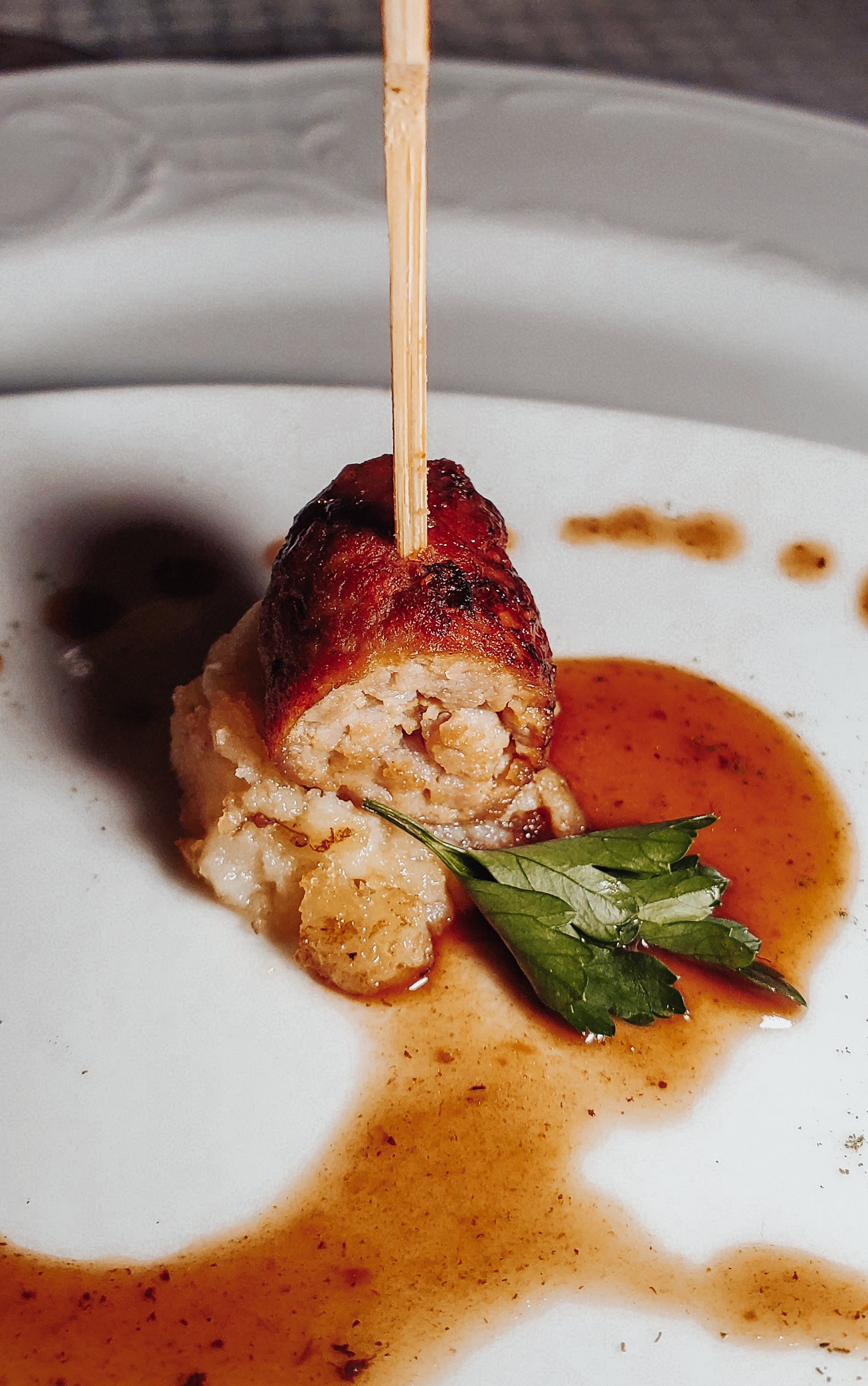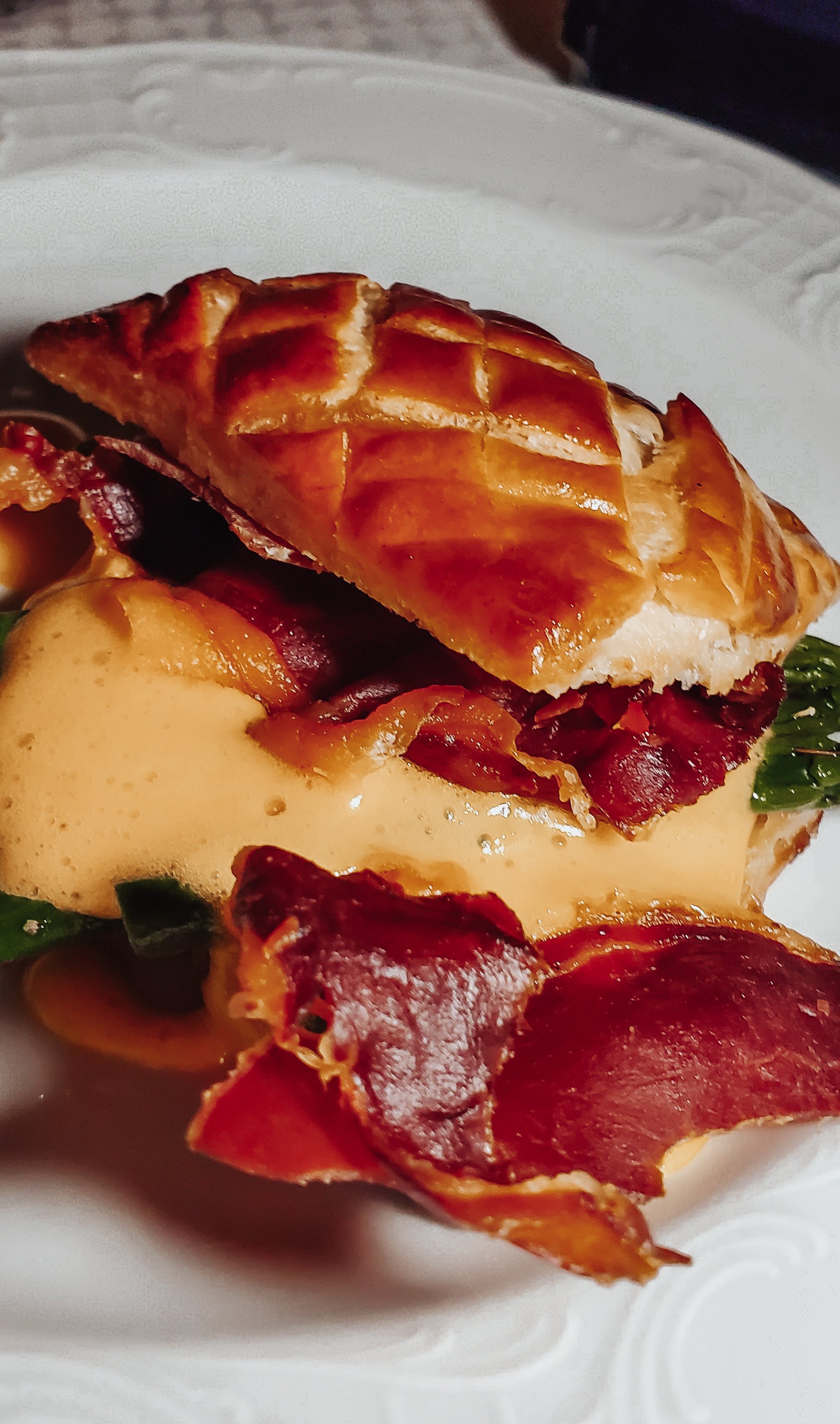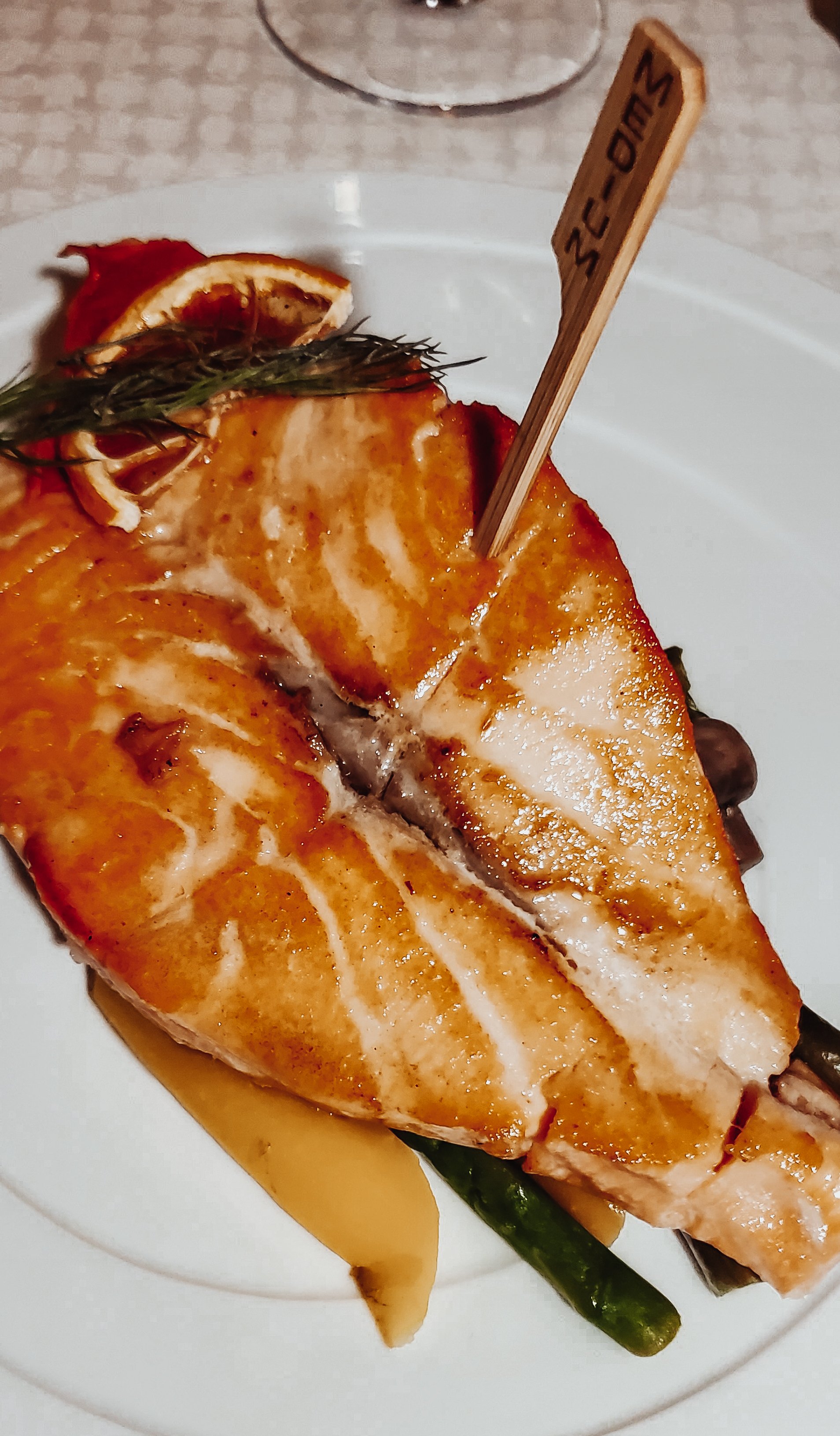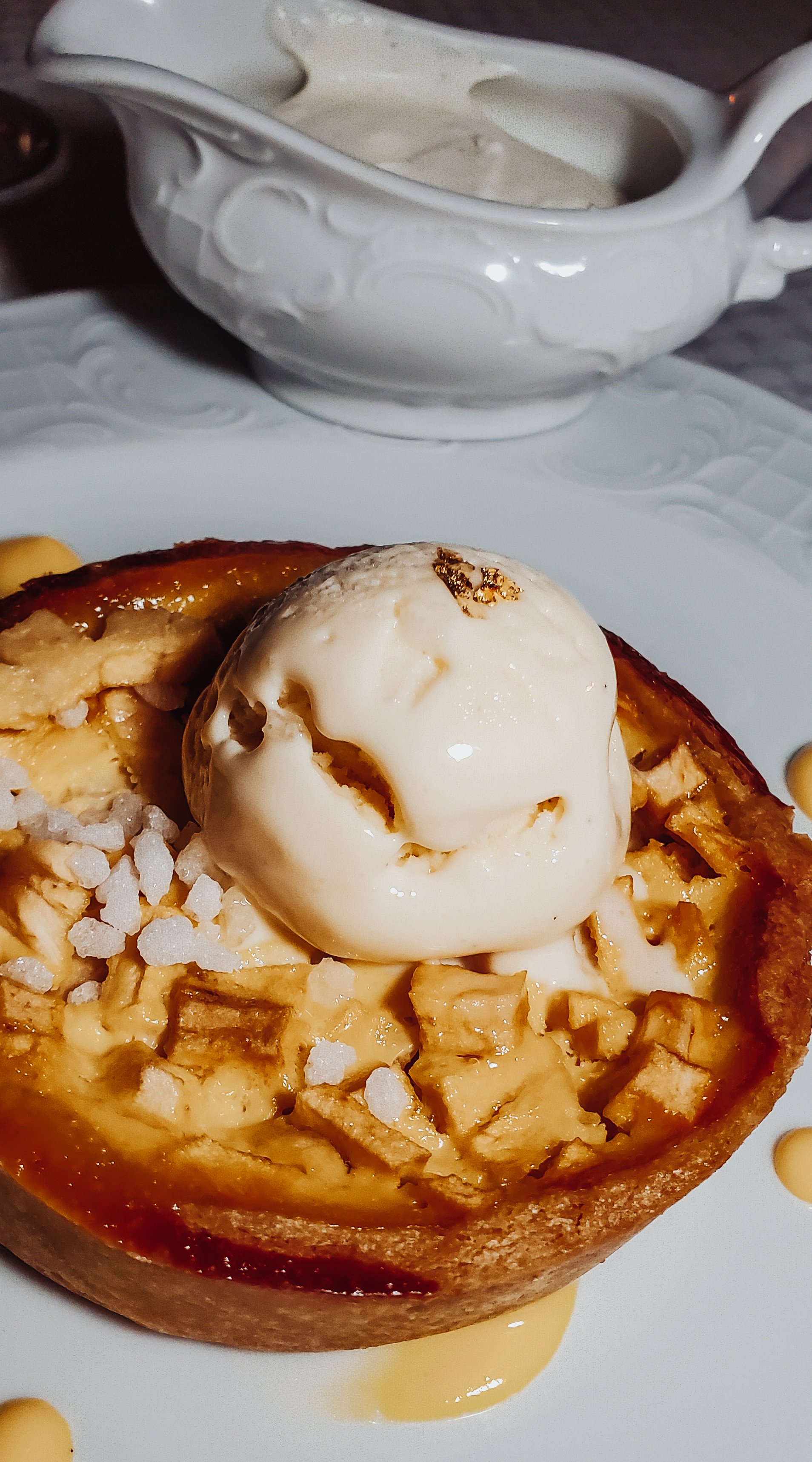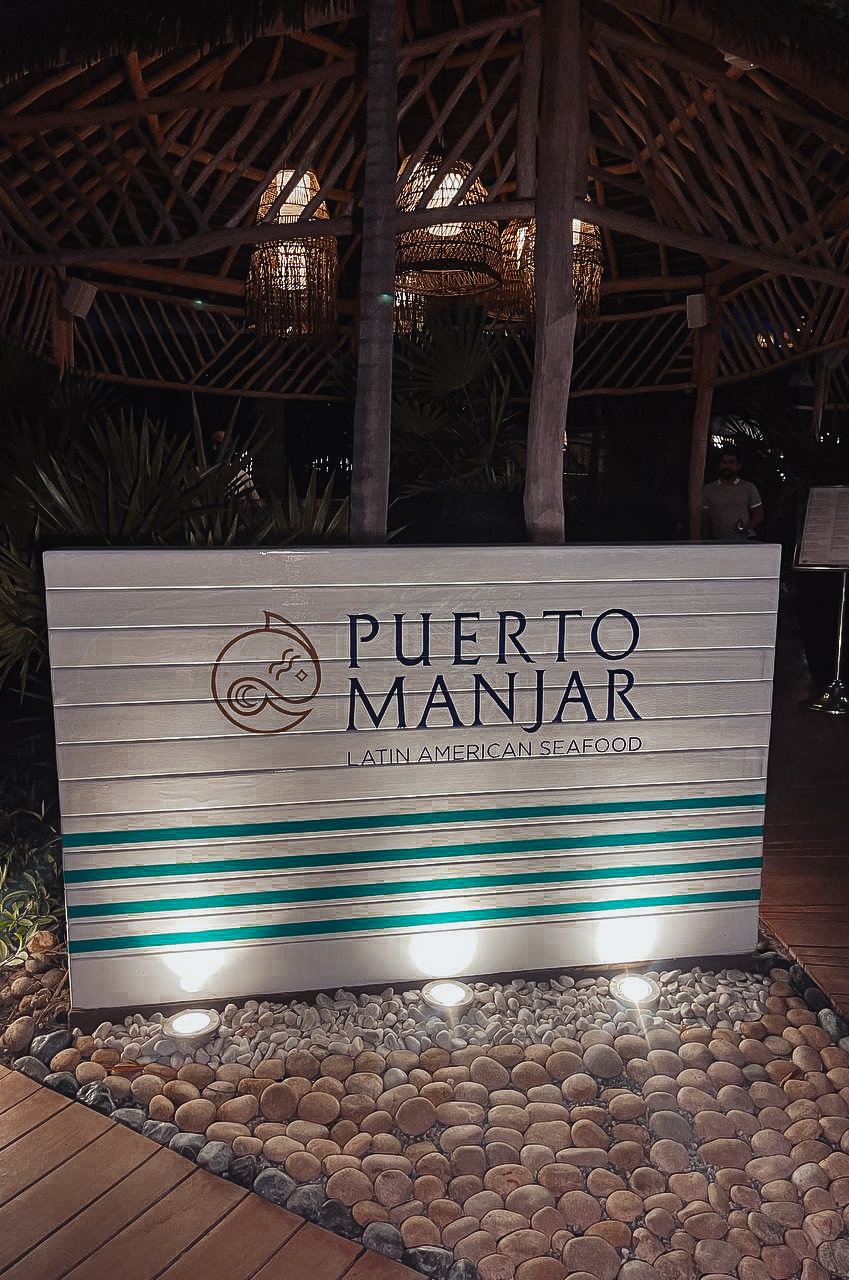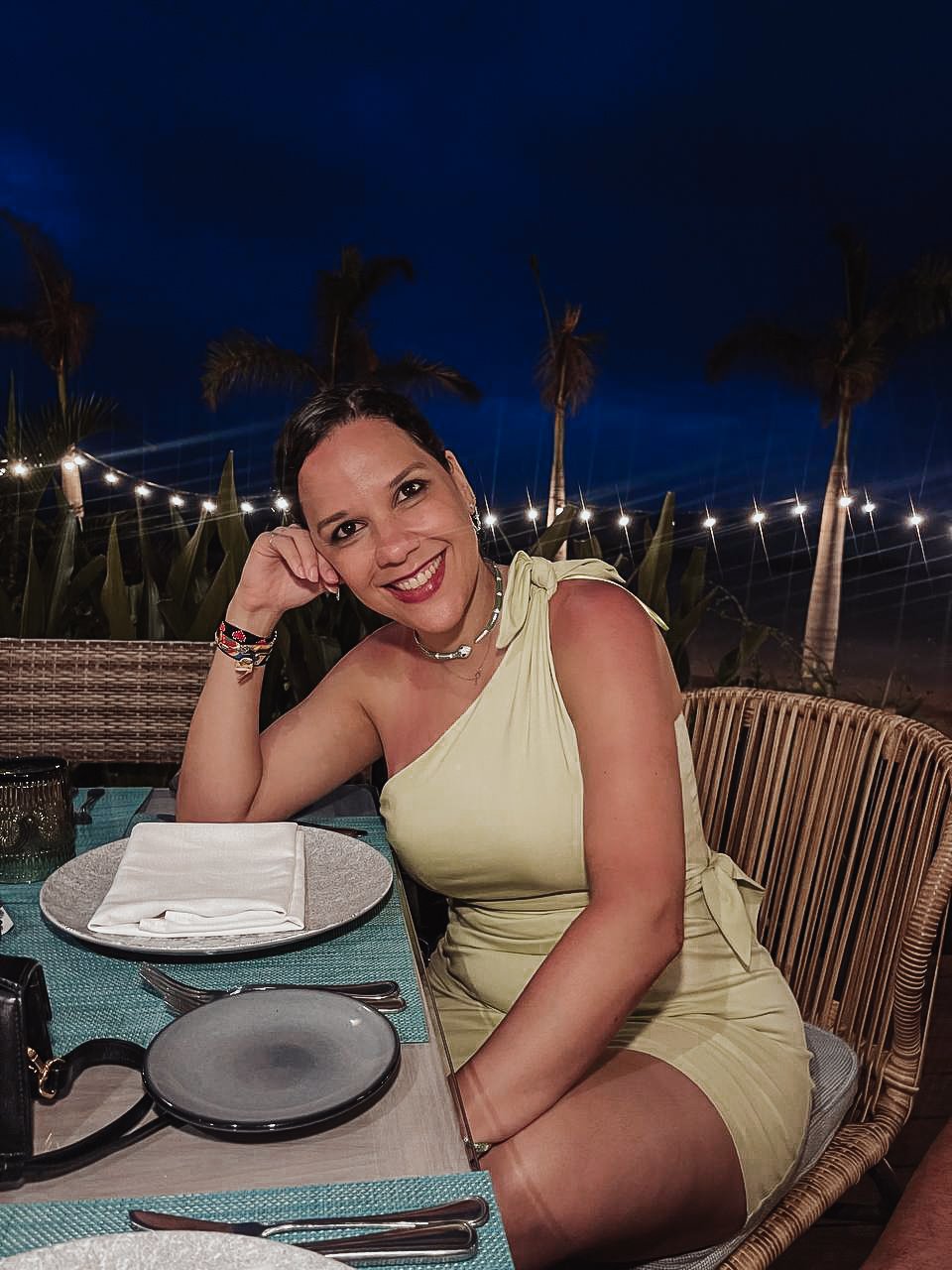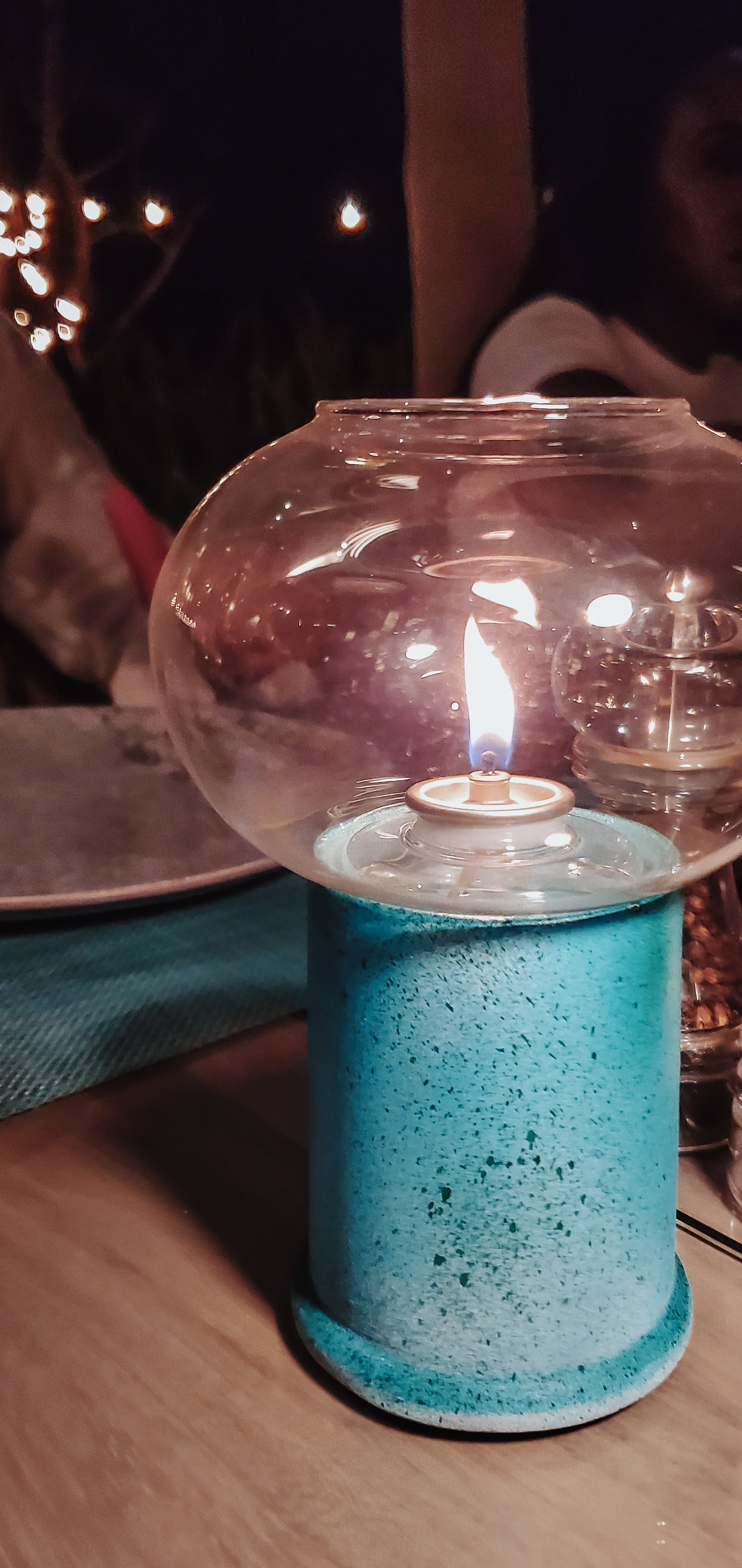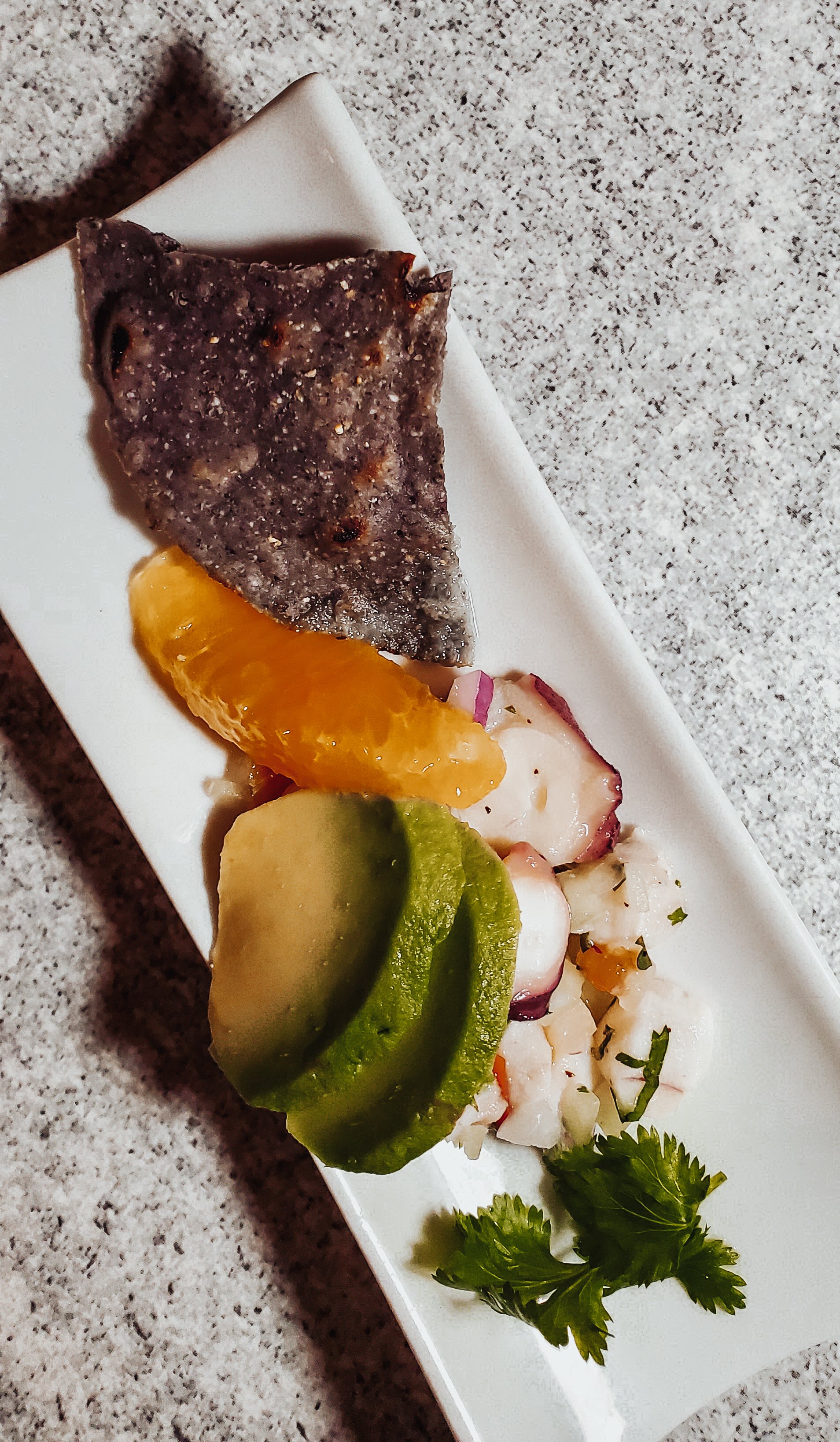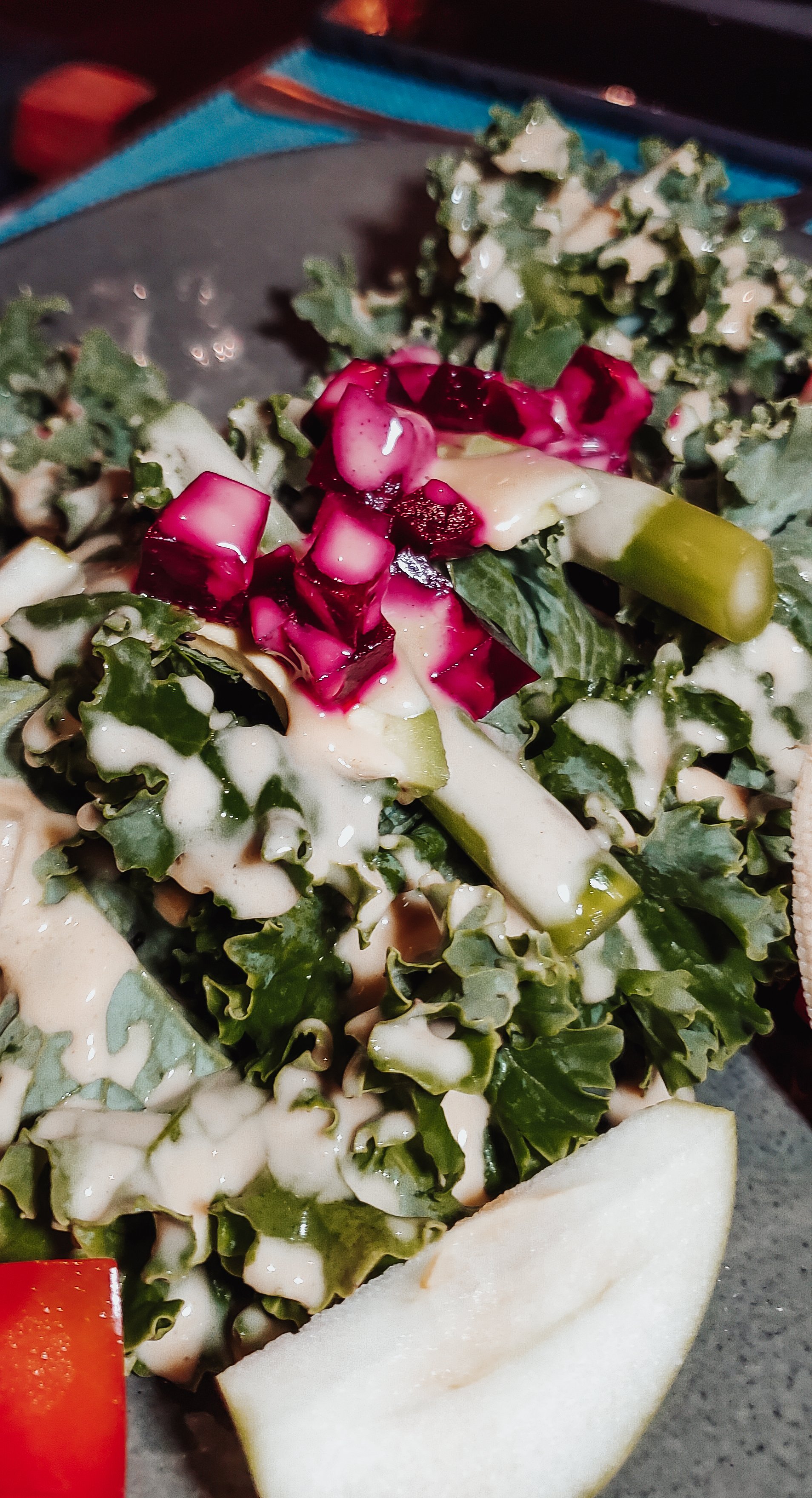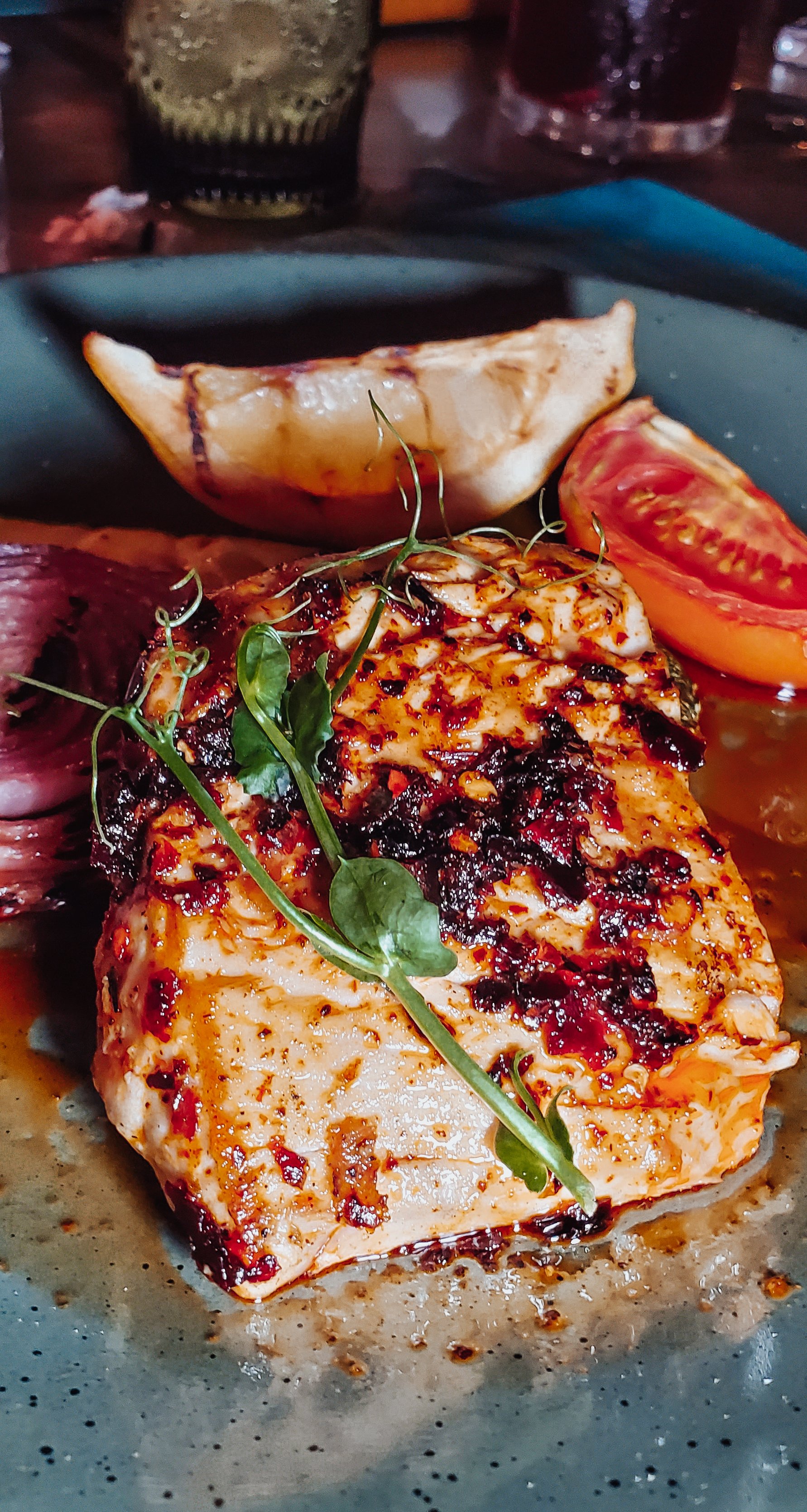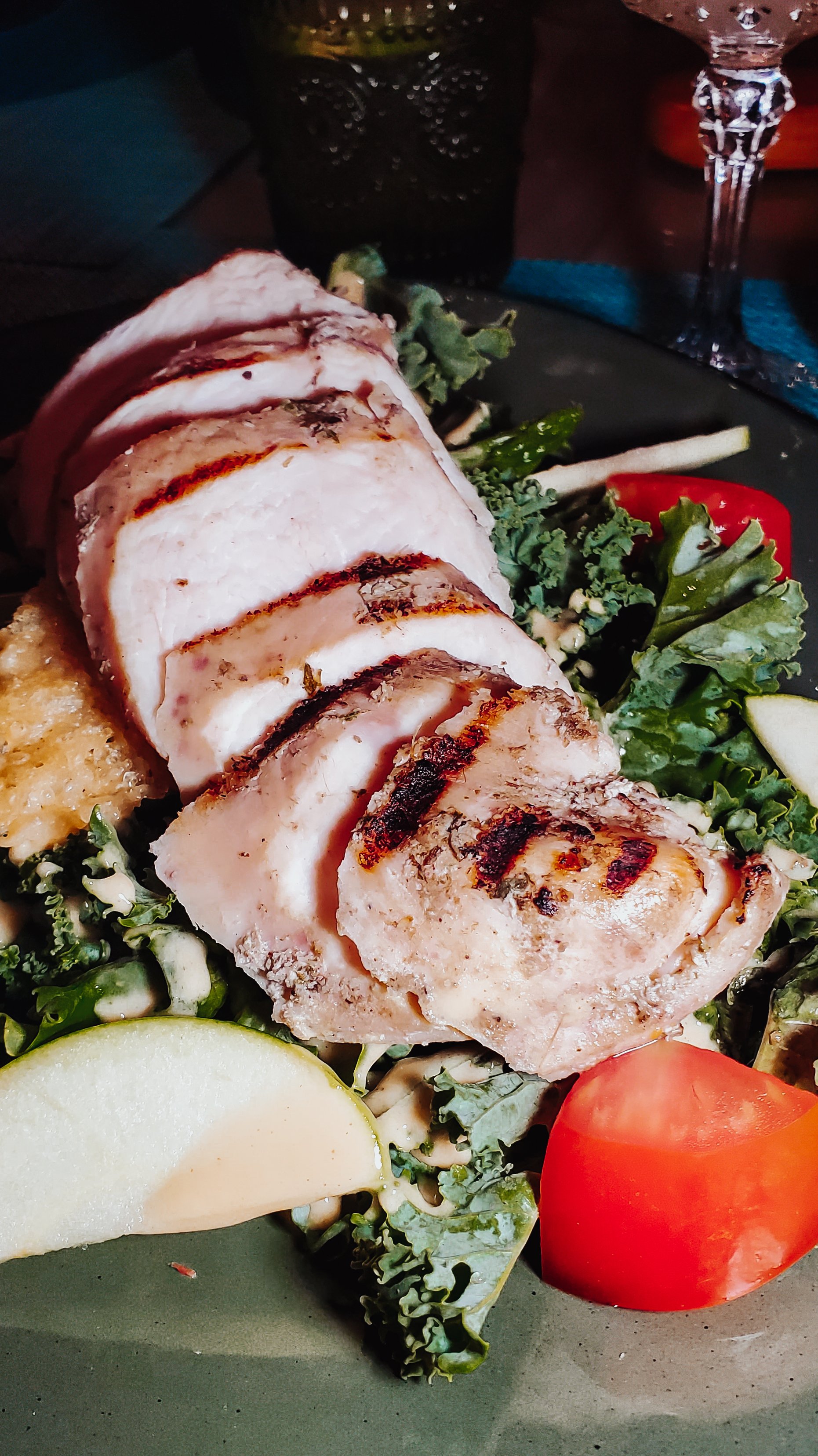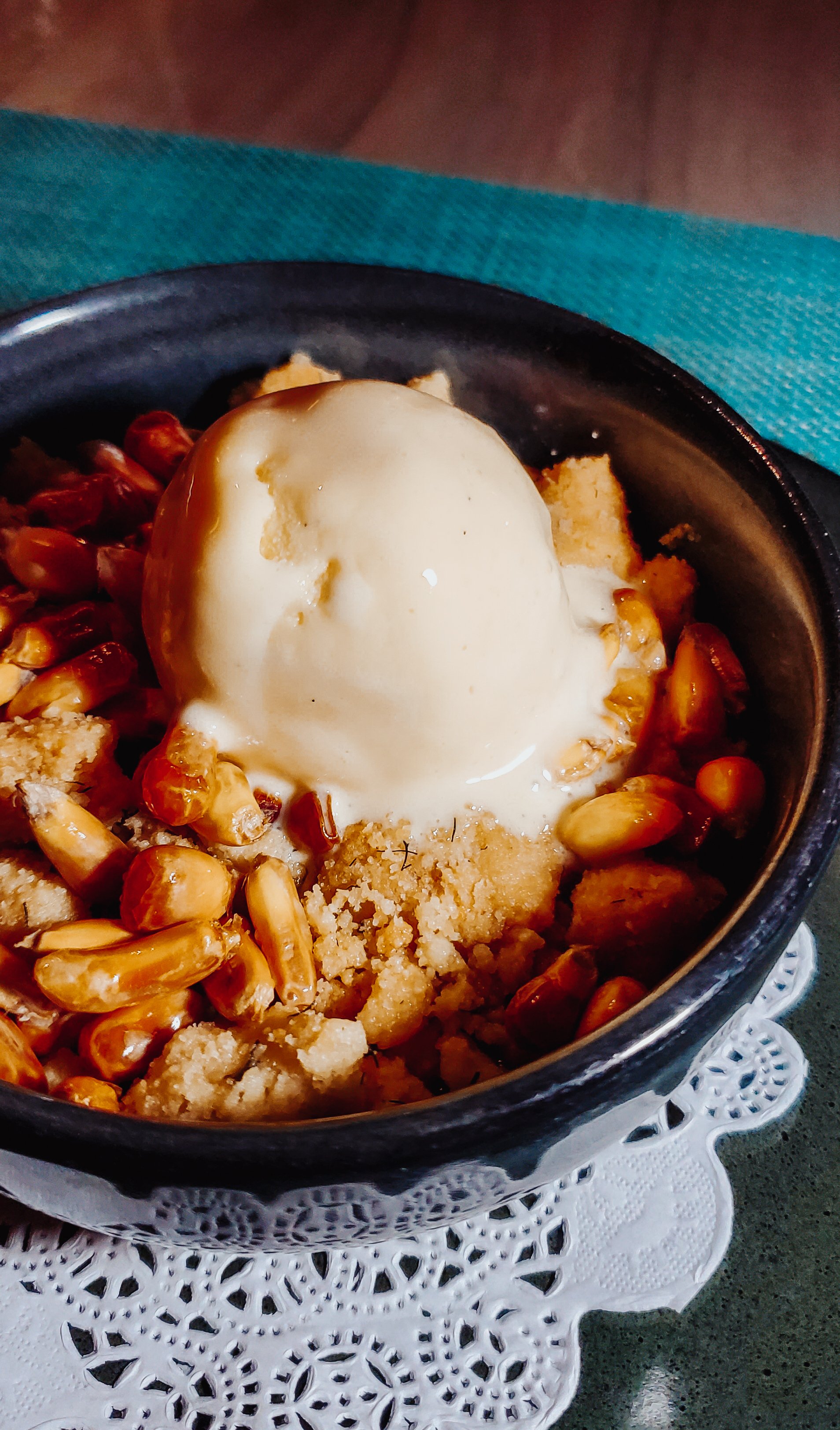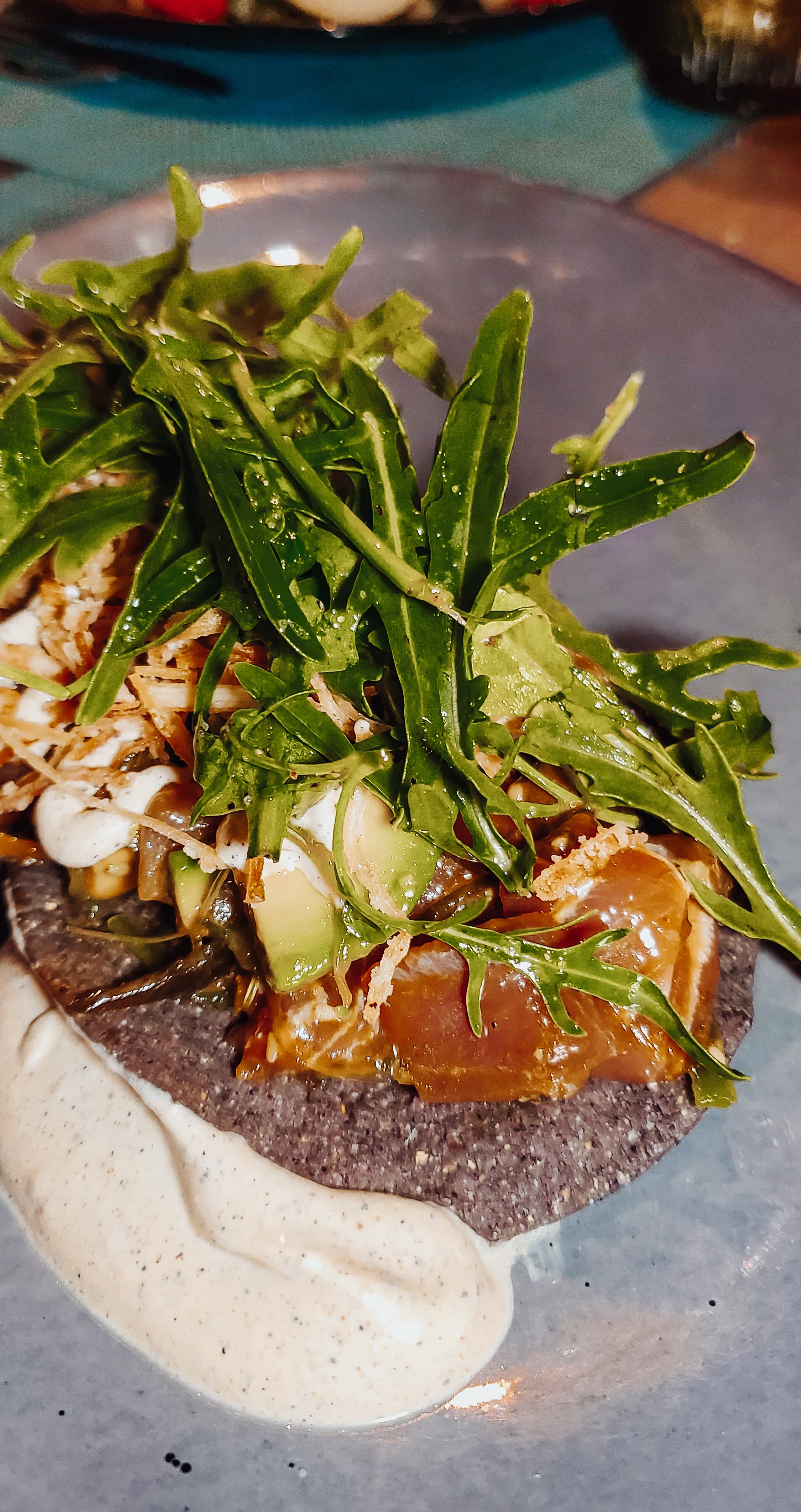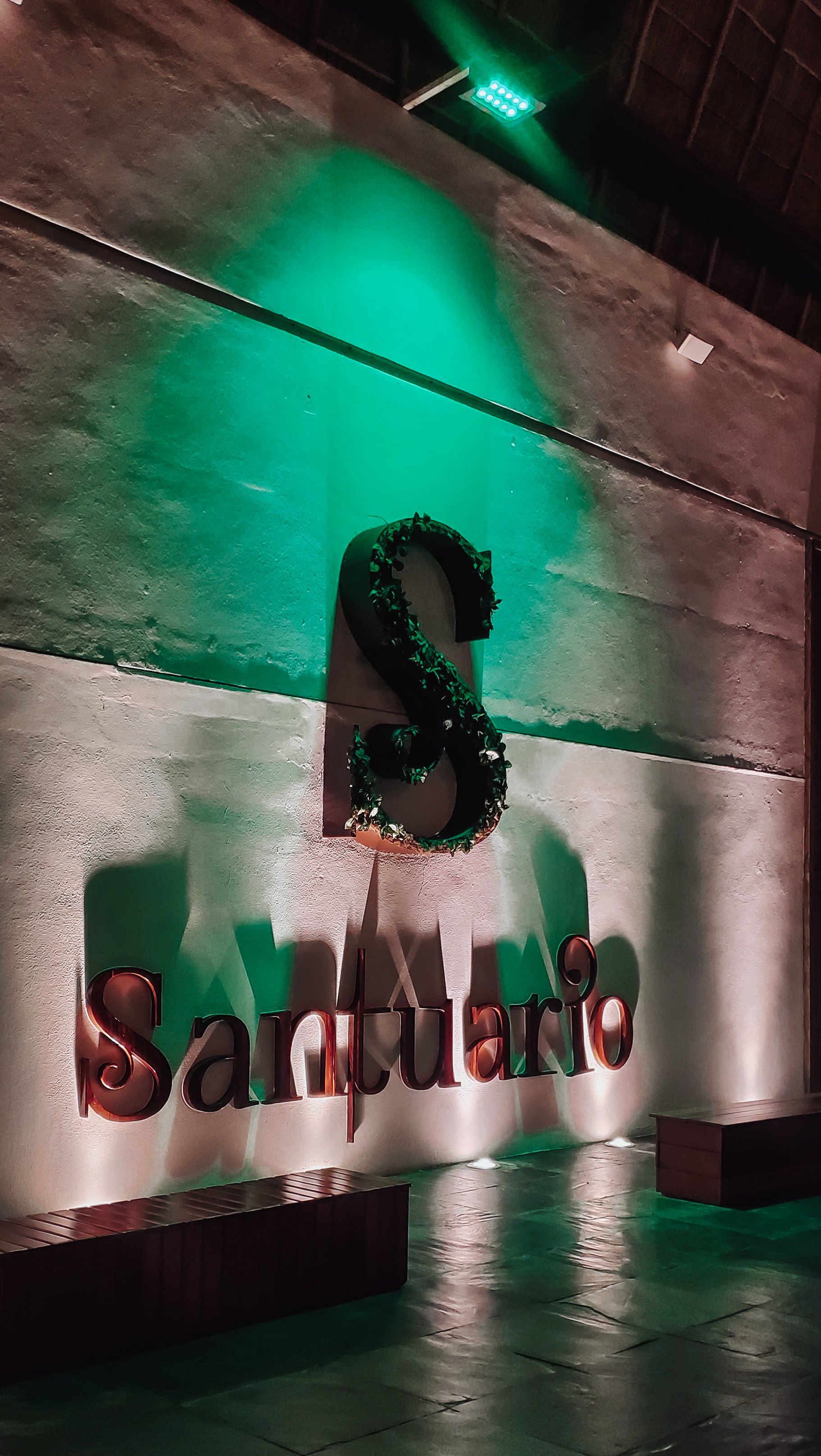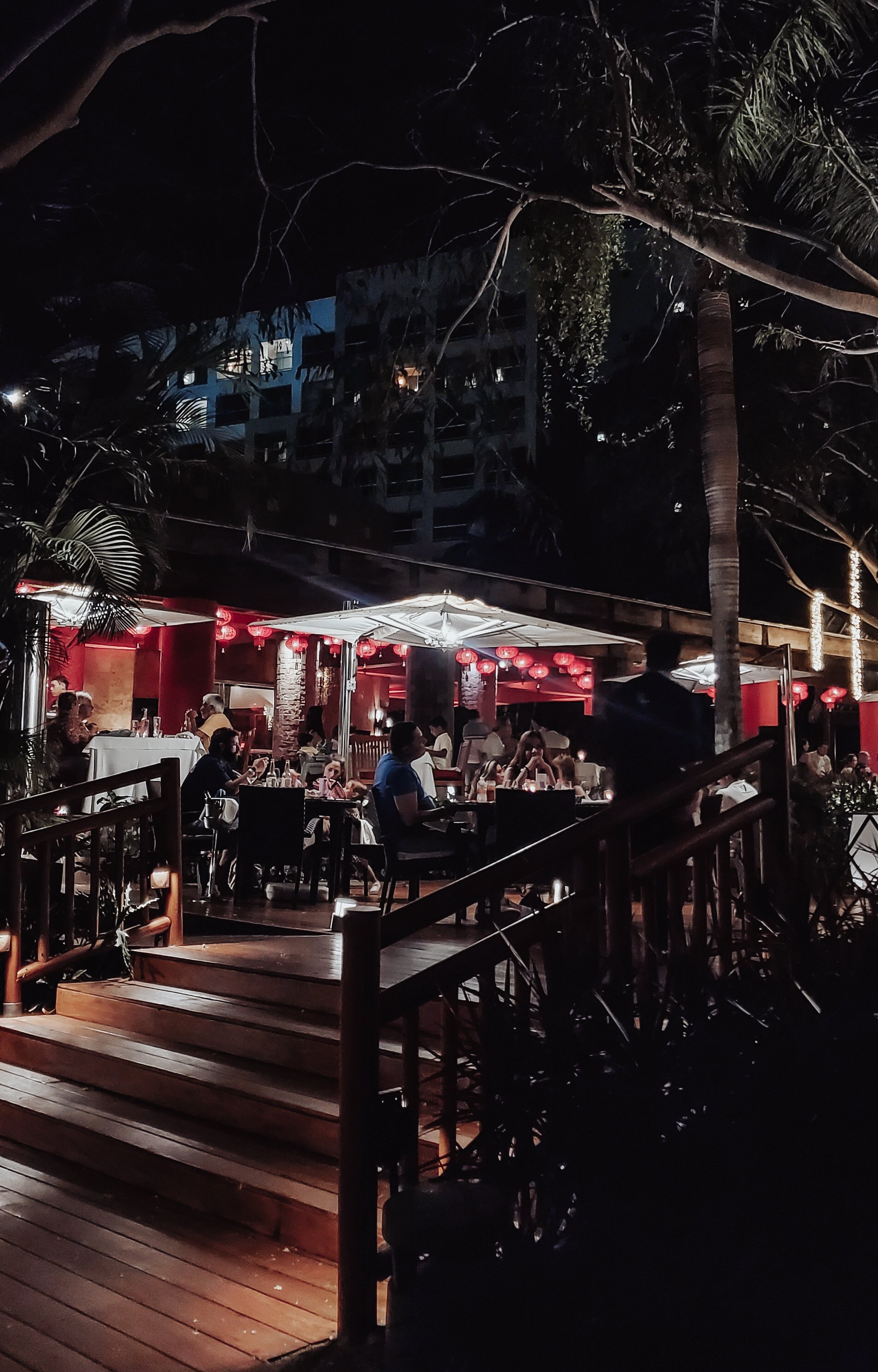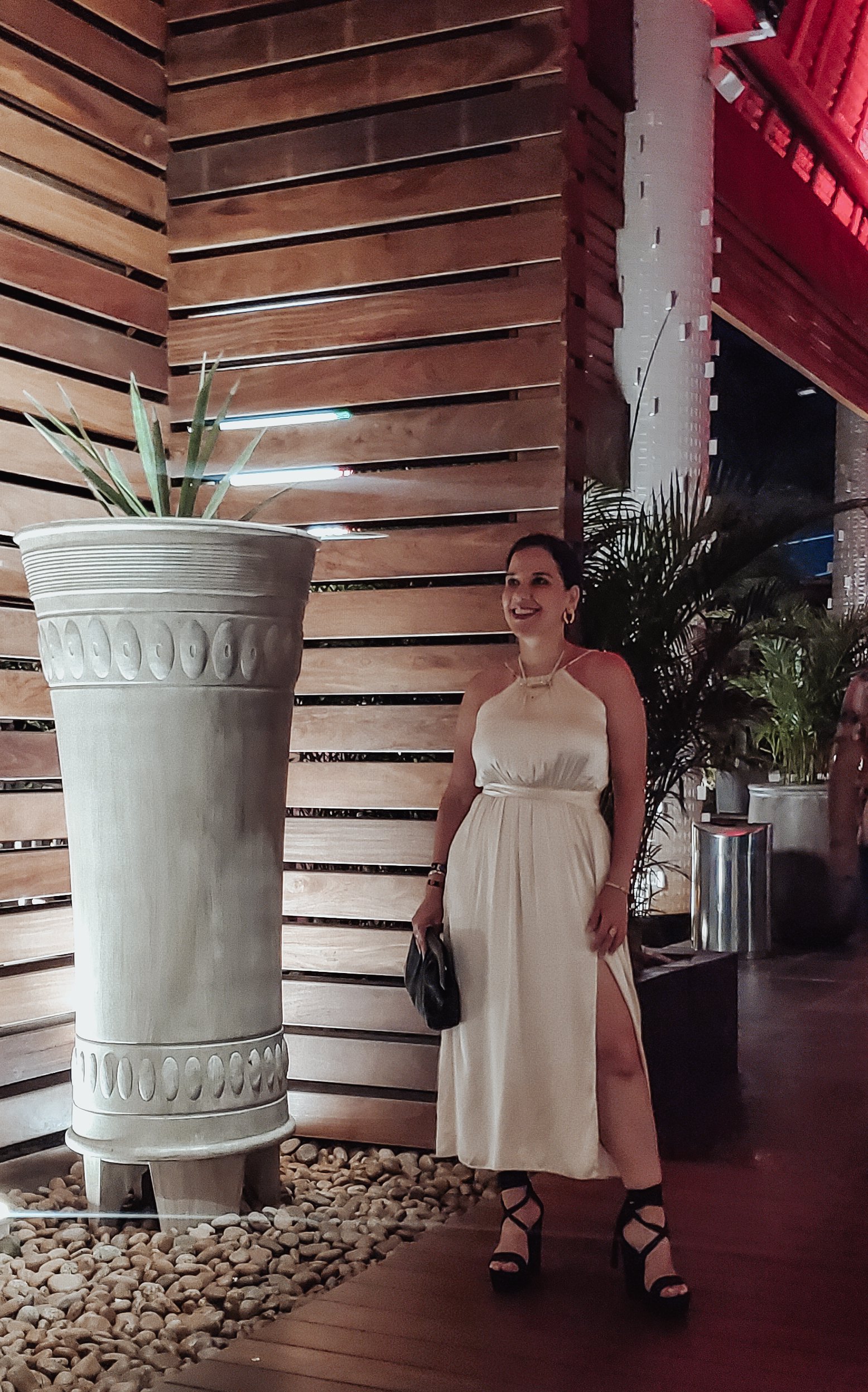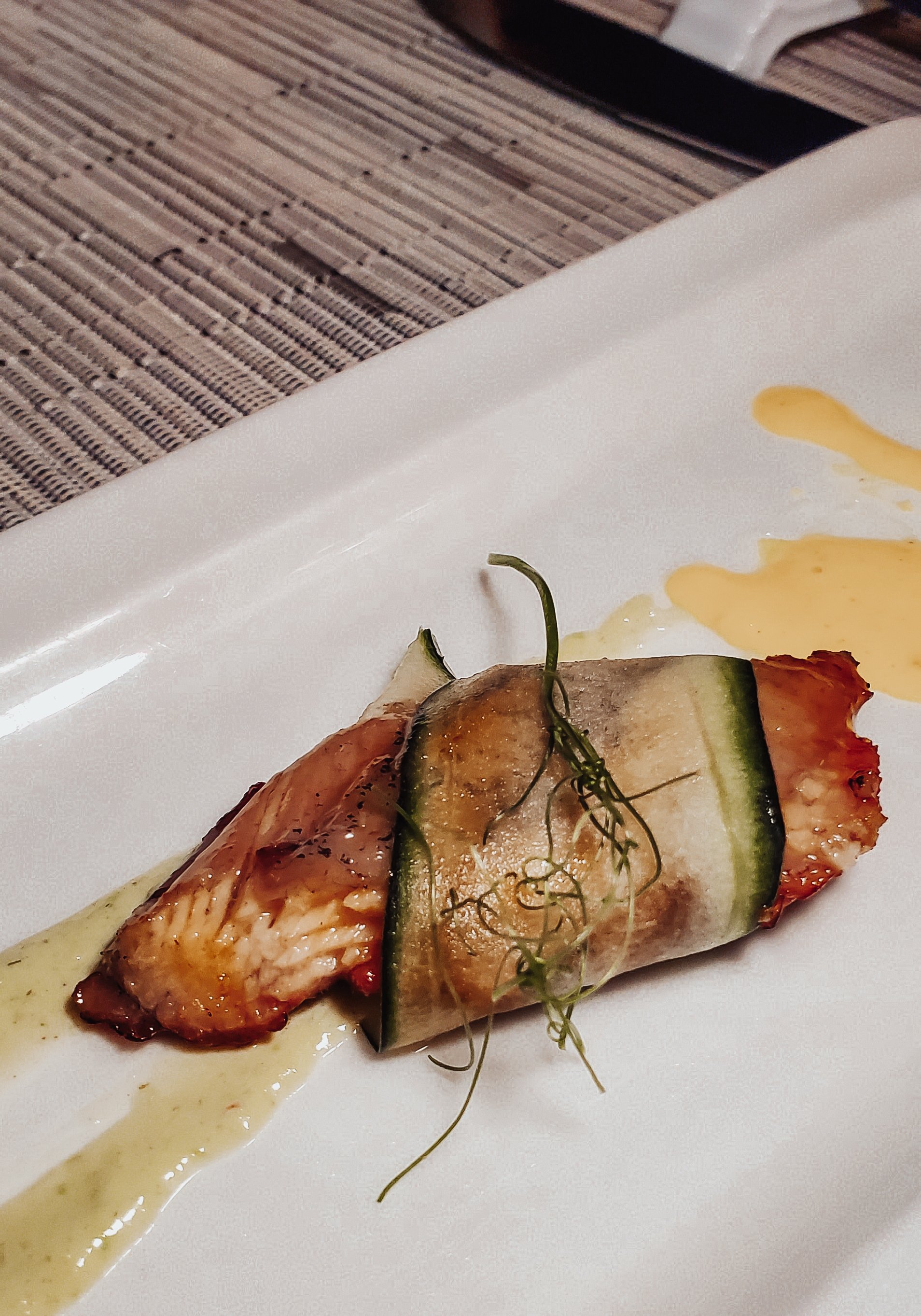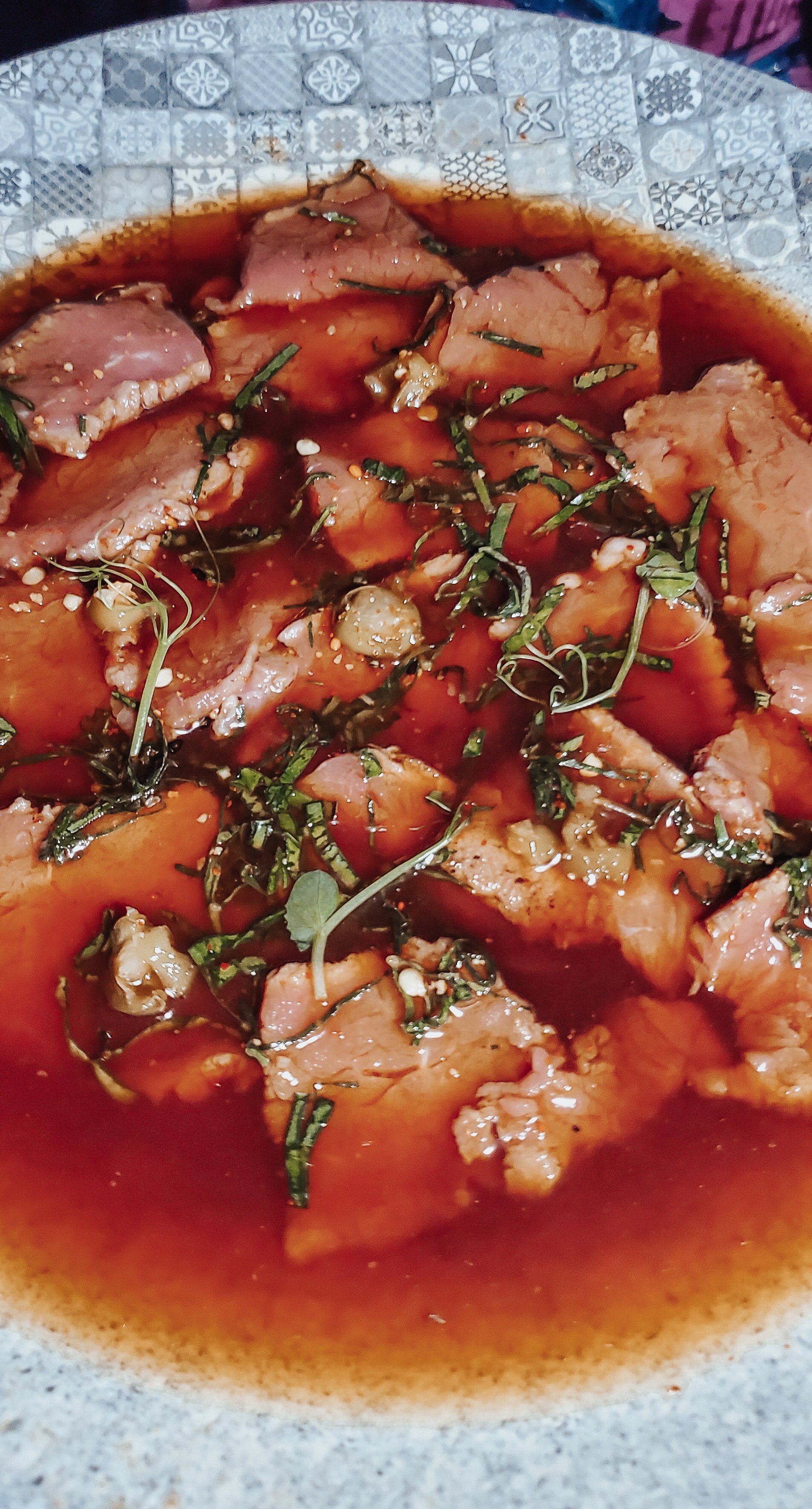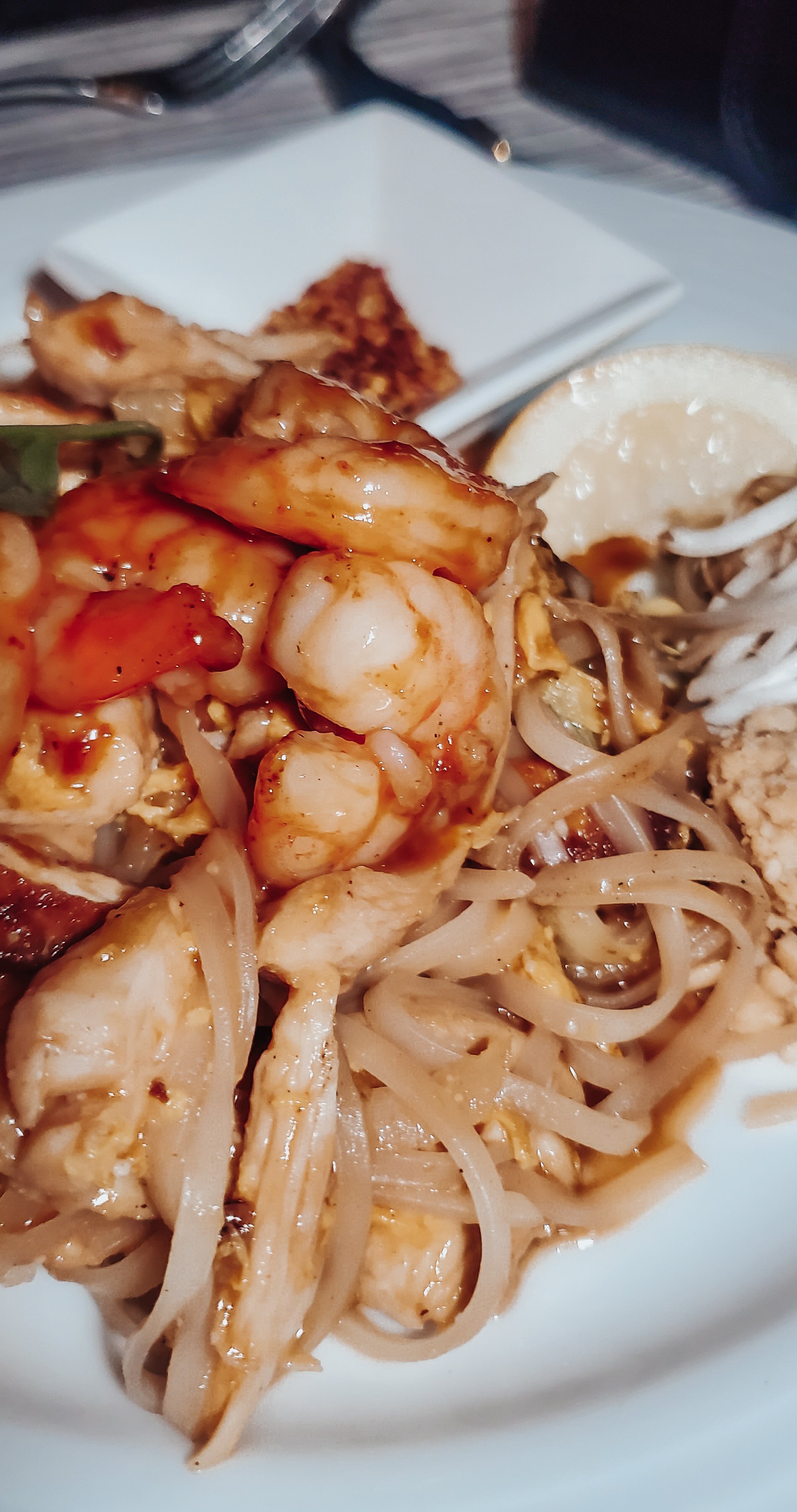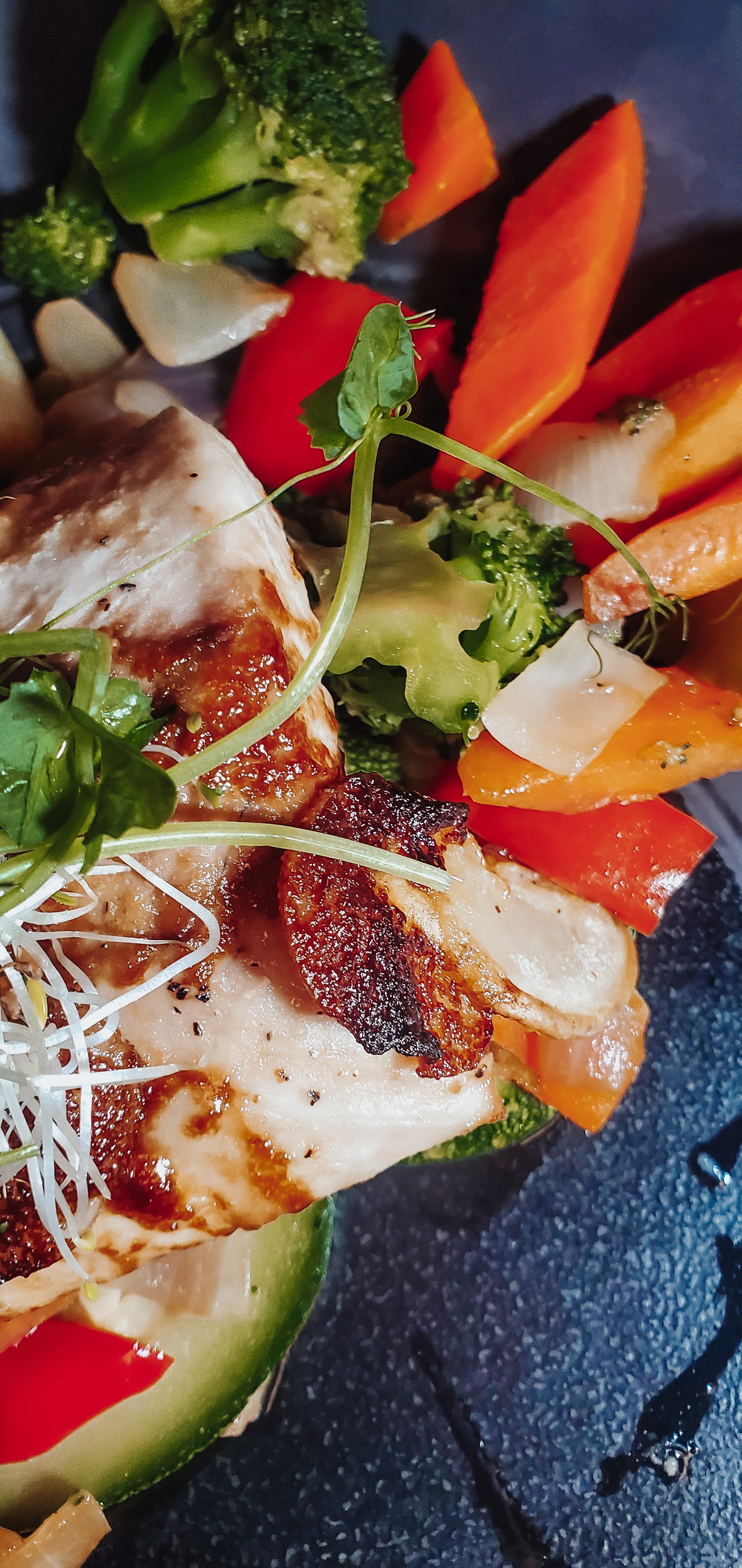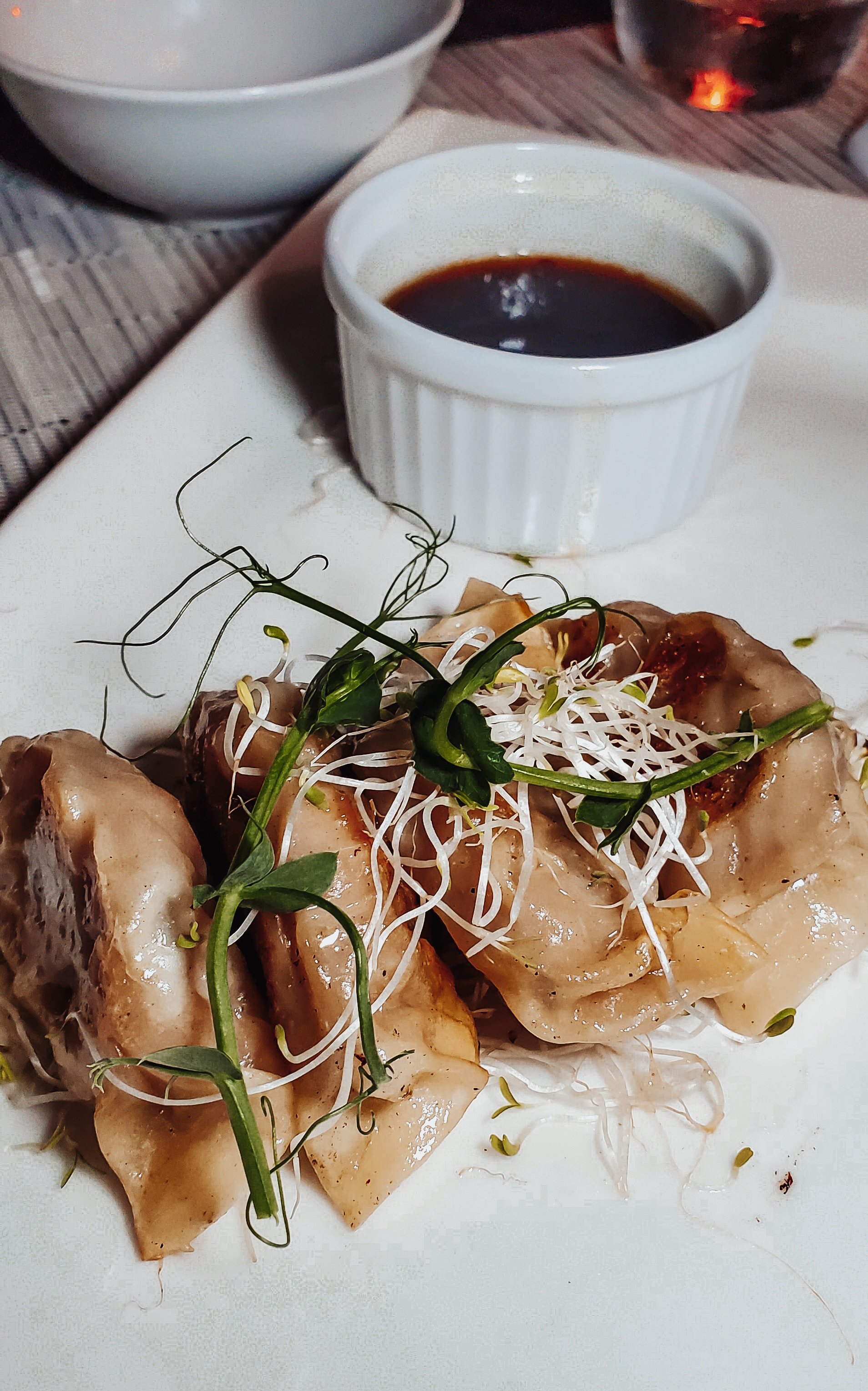Nayarit | The Magic Towns
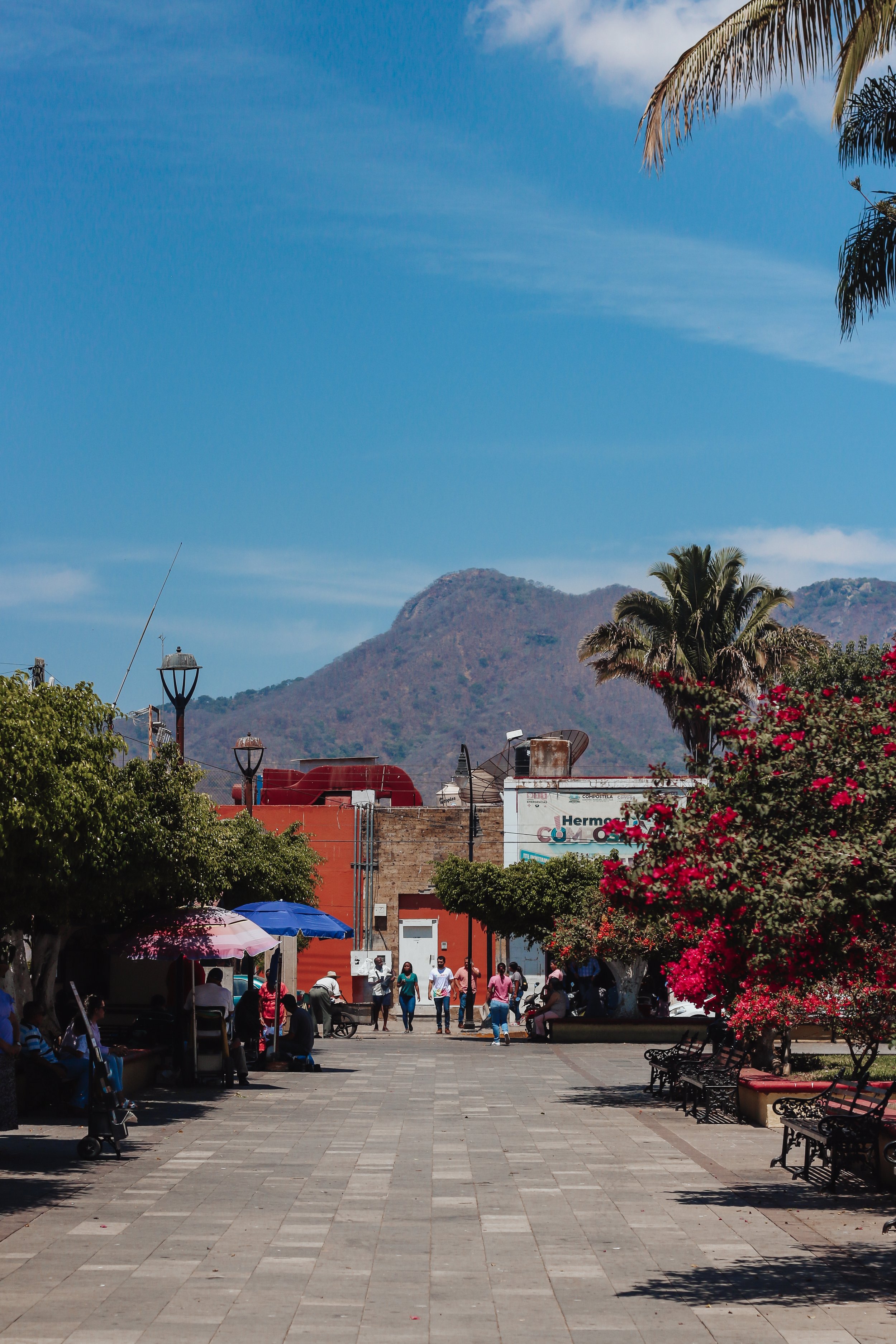
After a long time of not producing travel content, I am back with an extensive and detailed article about my recent travel experience in the state of Nayarit in Mexico.
Nestled between the Pacific Ocean and the Western Sierra Madre Mountains this stunning treasure awaits you — Riviera Nayarit, Mexico’s fabulous new vacation paradise. It is bordered by the states of Sinaloa to the northwest, Durango to the north, Zacatecas to the northeast, and Jalisco to the south. To the west, Nayarit has a significant share of coastline on the Pacific Ocean, including the islands of Marías and Marietas. The beaches of San Blas and the so-called "Riviera Nayarit" are popular with tourists.
Nayarit is a tropical wonder whose Pacific coastline stretches for almost 200 miles. Nayarit’s southern border unfolds just 10 minutes north of the Puerto Vallarta International Airport. Its northern border unfolds just 40 minutes west of the Tepic International Airport.
If you are into exploring in depth the culture of the countries you are visiting and are looking for an adventurous vacation and not so much a luxurious all-inclusive one, this is the place for you. I got to experience the glam at Vidanta but I treasured away much more having a cup of coffee at the Molote coffee makers’ family home, picking a fruit from a tree, and eating it without washing it (yes, I was concerned about getting a disease but I didn’t, our Nayarit encyclopedia Christian was right about that), eating al fresco from the scratch food accompanied by a million flies, walking in hellfire around 3 of the 4 of the magical towns and getting I think first degrees burns in my shoulders and back thanks to the sun.
The experience was rough and raw but I loved it. It was warm and nostalgic, and some moments and scents transported me back in time to when I was a kid and my father would make us visit our family in the countryside which I didn’t like at all back in the day, not because of the family but because it was rough, water to shower was cold, 15 hours blackouts, uber dark nights, small houses, heat in and out, too many people living in the same house, etc.
Nayarit is famous for its magical towns, I had the chance to visit three of them.
They are called magic towns because each one has its own distinctive charm and I am going to crumble that information in different sections to make it easier for you to read.
Weather and Garments
I went during the month of May, which is the dry season, the weather was ranging between 88 and 90 degrees, except in Jala where the weather dropped at night and up in the Ceboruco Volcano.
I was very glad about my looks choices, they were cute but more importantly, they were practical, flowy, and fresh. The fabrics of choice were cotton, denim, linen, and silk. I wore mostly dresses. Forget about open toes shoes if you are going to be walking around; the streets are pulverulent, the sand is extremely hot, and some streets are not paved, so pack those sneakers or espadrilles, you are going to thank me later.
The hair situation is a whole story itself, pack whatever you have to keep it in place because it will fluff and it will get super dry, I’ve never seen mine so dry in my life, but there I was having a hard time with them because I was not careful enough to pack appropriate hair products, I didn’t even pack a hairbrush, go figure. My scalp got burned by the sun, so take that into consideration too and maybe pack some hats and look for products to protect your scalp from burning!
I am going to assume I don’t need to talk about sunscreen… We’ve covered that subject plenty already.
Safety
At any second during my visit, I felt unsafe, disrespected, threatened, or harassed. Mexicans at least in this region are minding their business I don’t know somewhere else but there the environment was quiet and normal.
THE MAGIC TOWNS
Sayulita
Sayulita is a small town in Mexico along the Pacific Ocean at the south end of the state of Nayarit and north of Banderas Bay. It has a population of approximately 2,300 inhabitants. Sayulita is one of the 4 magical towns in the state of Nayarit.
This is a surf town and you are going to notice that right away, the demographic here is different from the other towns, you don’t feel the Mexican culture vibe at its finest but hey it is fun.
You can feel the party vibe from the distance, there are many bars, lounges, and little street markets where you can see artisans crafting Mexican jewelry, and people selling artisanal clothing, bags, accessories, and souvenirs. So if you want to shop this is your town.
San Pancho
Let’s call it Sayulita’s city. The beach there is much better than in Sayulita, even though the waves are pretty aggressive the beach is still better on this side, the water is clearer and the sand area is cleaner as well. I was pleasantly surprised to find find out that the water was warm, for some reason I thought the Pacific waters were cold but no, they are not. This city is colorful and full of restaurants, pretty similar to Sayulita but yet different, this side is quieter and it feels more homey than Sayulita’s. If you’re already a confident surfer, you won’t want to miss the surfing in San Pancho. There are surfboard rentals right on the beach and at the surf shops along Avenida Tercer Mundo. The experts at the surf shop can direct you to the best breaks. If you’re not a confident surfer, getting comfortable on the waves in Sayulita before trying the larger waves in San Pancho is best.
San Pancho’s official name is San Francisco. “Pancho” is the Spanish abbreviation for Francisco.
You’ll find San Pancho on your map of Mexico by looking a little bit north of Puerto Vallarta, on the country’s central Pacific Coast. It’s less than five kilometers from Sayulita, its more-famous neighbor that is slightly to the south. While it’s possible to walk through the jungle from Sayulita to San Pancho, it’s generally easier to get between the two towns by private car, taxi, or local bus.
During our tour day around Sayulita’s, we stopped for lunch at Don' Pedros’, a restaurant owned by two Californian cousins. The food was good, plenty, nicely presented and it is by the beach. If you are a coffee lover feel free to order a latte! It is surprisingly good, and I say surprisingly because I don’t expect a beach restaurant to carry and prepare good coffee.
Compostela
And here was where the real Mexican immersion started. In this magical town, you will have the historical small-town vibe you are looking for.
Compostela or Villa de Santiago de Galicia de Compostela de Indias is one of the most emblematic towns of Nayarit. This town was founded by the conquistador Cristóbal de Oñate in 1540. During the pre-Hispanic period, the town was called Cactlán, which means "place where snakes abound." Its current name was put in honor of the Spanish city of Santiago de Compostela.
We walked around this colonial town eating everything we saw. Among the things we ate was the jackfruit (before that day I never even heard about it, I liked it though, very sweet), “Raspadito” which is shaved ice flavored with fruits, we tried “Istete” a Nayarit sweet made with a mixture of honey, with walnuts, almonds, cocoa, milk, lemon, and spices, we also ate gorditas de maíz and galletas de nata, all this before LUNCH, thank you very much… This was for sure an interesting street vendor culinary experience.
We visited the Santiago Apostle Parish; this church was built by indigenous hands and lined with quarry. The intention of this building was to honor the Cathedral of Santiago de Compostela in Spain, which is an important pilgrimage center in Europe.
We did a tour at the Molote’s coffee owners’ home, where they explained to us their process to make coffee and their varieties. I learned a lot about coffee that day; I got to learn the complexity and science behind crafting a good coffee, and I also learned how imperative precision is to create the perfect coffee bean.
This family welcomed us into their home as if they had known us for years! we had nice conversations while having a nice cup of their coffee and cooled off for a bit before continuing our journey.
At Compostela, we had lunch at Camahuer Campestre Restaurant, a traditional Mexican restaurant, with indoor and outdoor spaces, and live music. The portion of the dishes is also big and the food is pretty flavorful.
Jala
And this is the third and last magical town we visited. I thought Compostela was colorful until we arrived in this town and saw a real-life doll town, is like they made the Pantone system their own.
Jala is a place full of unique history, culture, and gastronomy. At the foot of the Ceboruco Volcano and surrounded by the Sierra Madre Occidental, Jala offers its visitors a wealth of experiences to enjoy nature and a rich pre-Hispanic and colonial tradition.
Jala is recognized not only for being the place that produces the most incredible variety of corn in the world but also for ancient colonial constructions that the tourist can know when traveling through its cobbled streets, such as the former Convent of Limpia y Purísima Concepción de María, a church originally built in 1582 by the Franciscan Order to evangelize the native population. On its façade, built in pink stone, visitors can see the image of the Virgin with indigenous features and pre-Hispanic clothing, for example, an Indian plume instead of the traditional crown of colonial sculptures.
Jala is the town where the temperature drops to 70 degrees during the night and up in the Ceboruco volcano, definitely a welcome break from the high temperatures during the day and in the other towns. This magic town is located about three hours, by road, from Puerto Vallarta, Jalisco, and 50 minutes from the city of Tepic, Jala time is one hour less than the other towns, this is another note you need to take.
Places to visit:
Museo Arte Sacro de Xala
Basílica de la Asunción
The spot where the donkey that brought the picture of La Asunción to this town died.
El museo del Bachiller y el Judío Errante
We stayed at the Nukari Quinta Boutique for the night during our adventure at Jala. This hotel is dope!!! I felt like Isabel II when I was walking around the property. The interior of the hotel is al fresco, typical of Spanish architecture back in the day. The downside of this hotel is that you are going to need to get ready for a very early morning because unless you are a heavy sleeper you are going to hear everything outside in the streets; people talking, dogs barking, trucks moving, tumbrils rolling, you name it.
That night we had dinner at the hotel rooftop where the view was impressive and the music was fresh and modern (I was Shazaming nonstop). They have dishes cooked in lava stones from the Ceboruco volcano (how cool is that?) and do a little performance where they come out while the meat is cooking in the stone and serve it on your plate.
My favorite spot to eat was El Rincón del Campesino, a family-owned farm-to-table restaurant al fresco. Flies and everything I had the best meal from the whole trip in this place, at a camping-style table, watching this family make tortillas from scratch while enjoying a glass of guava water and snacking their homemade cheeses.
Before heading to lunch a member of this family proudly gave us a walk through their plantation, and gave us some classes on how they grow their food.
Ceboruco Volcano
Ceboruco, a dormant volcano, southeastern Nayarit estado (state), west-central Mexico. It is situated about 50 miles (80 km) southwest of Tepic, the state capital. The highest of Ceboruco’s three principal craters attains an elevation of 7,100 feet (2,164 meters) above sea level. Three periods of eruption, the last of which occurred from 1870 to 1875, are reflected in various lava flows of differing compositions. Smaller cones rise from Ceboruco’s northern, southern, and eastern flanks.
Visiting this volcano was a for-the-books experience! starting with the insane drive up there, the roads are narrow and the gulch is pretty deep but being up there is worth every drop of fear. if you are scared of heights this one is not for you (I am terrified as well but I am also curious).
Standing that close to an active volcano and getting a facial from the steam coming out of the rocks was surreal. So it was stopping at the gazer while feeling the humidity and chill of the clouds.
Here is where you get your jacket because the temperature drops to the 70s probably more.
VIDANTA EXPERIENCE
And here was where we had the luxurious experience in a room bigger than my apartment with a hammock, two balconies, several pools (that we only enjoyed for 18 minutes), and many restaurants to keep you off your diet.
Vidanta is a massive hotel installation where you need a kart to move from one building to another because on foot it would be the greatest workout of your life. They also have a cableway available to transport guests, impressive right?, no wonder why they decided to call it “Vidanta World”, it is indeed a whole world inside there. They are even building an amusement park inside this area.
Management gave us a tour around the hotel The States and omg the luxury here is beyond and over the top but in a refined and classy way. Earthy tones with metal accents flood every corner of this property.
Walking around the villas makes you feel rich and wealthy, and the scent inside this building is alluring in accordance with the visuals.
We had dinner in some of their restaurants. I was not impressed by the food, not that I expect wonders from resort restaurants anyway, but the views and façades are amazing and romantic.
Their Japanese restaurant taught me it is possible to prepare bad gyozas but they made up with the mahi mahi.


